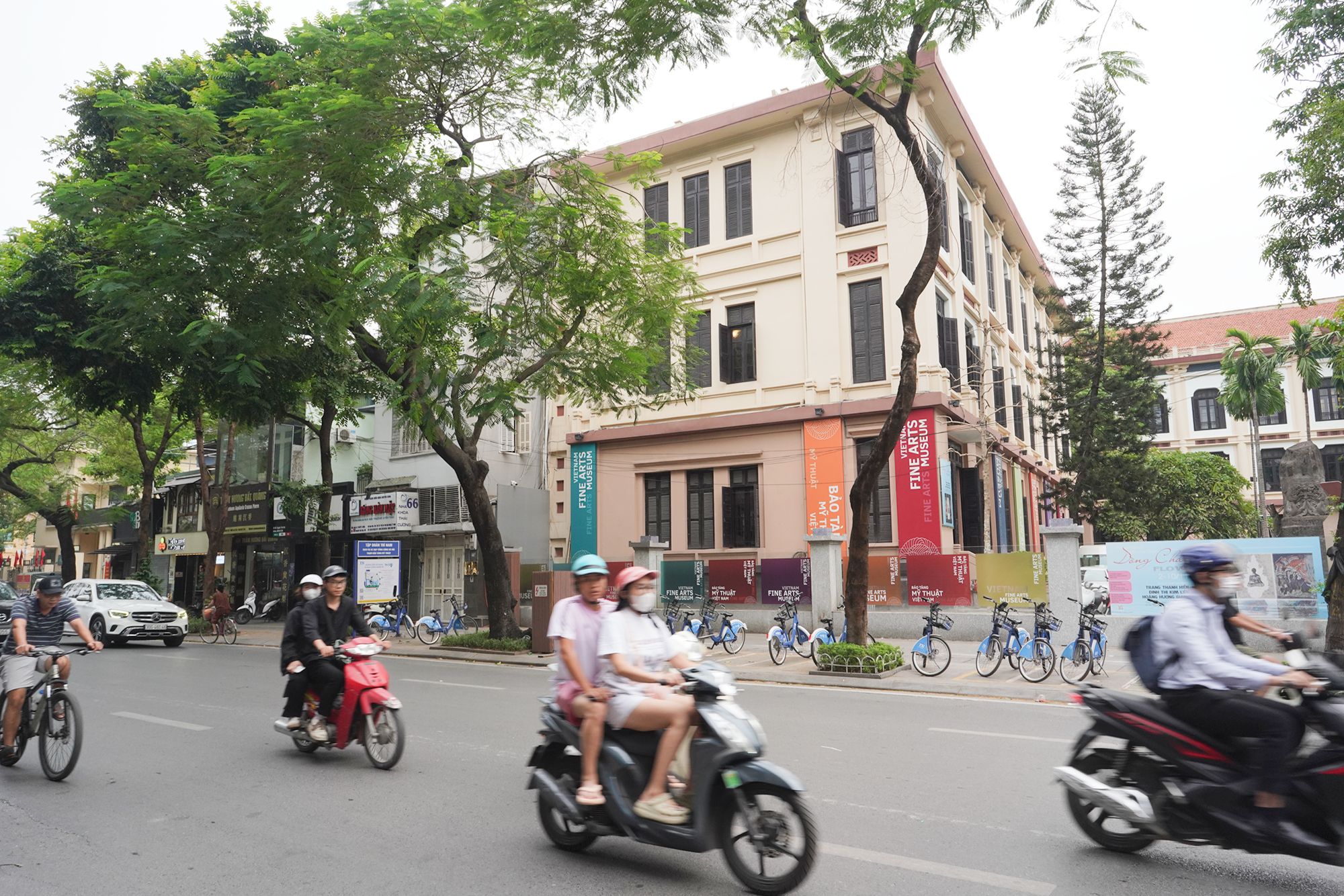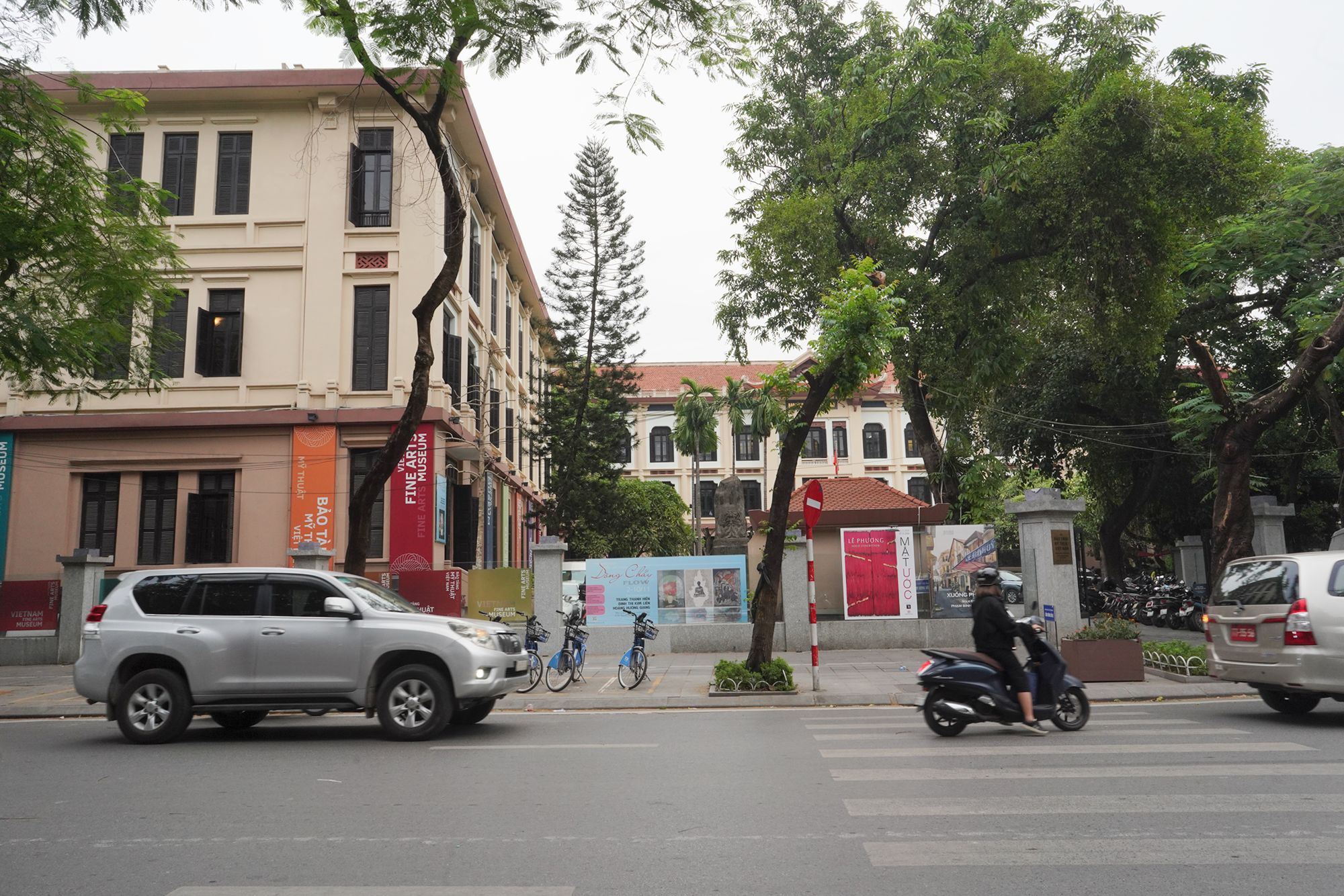Hanoi Temples, Vietnam
Three temples on this blog: Quan Thanh Temple, Tran Quoc Pagoda, and Temple of Literature 1010
Quan Thanh Temple: Đ. Thanh Niên, Quán Thánh, Ba Đình, Hà Nội 118810, Vietnam
Tran Quoc Pagoda: Đ. Thanh Niên, Yên Phụ, Tây Hồ, Hà Nội, Vietnam
Temple Of Literature: 58 P. Quốc Tử Giám, Văn Miếu, Đống Đa, Hà Nội, Vietnam
Date Picture Taken: November, 2024
On this day, I took a double-deck tourist bus with hop-on, hop-off access along set routes. Following the tour operator’s strong recommendation, I visited three temples during the trip.
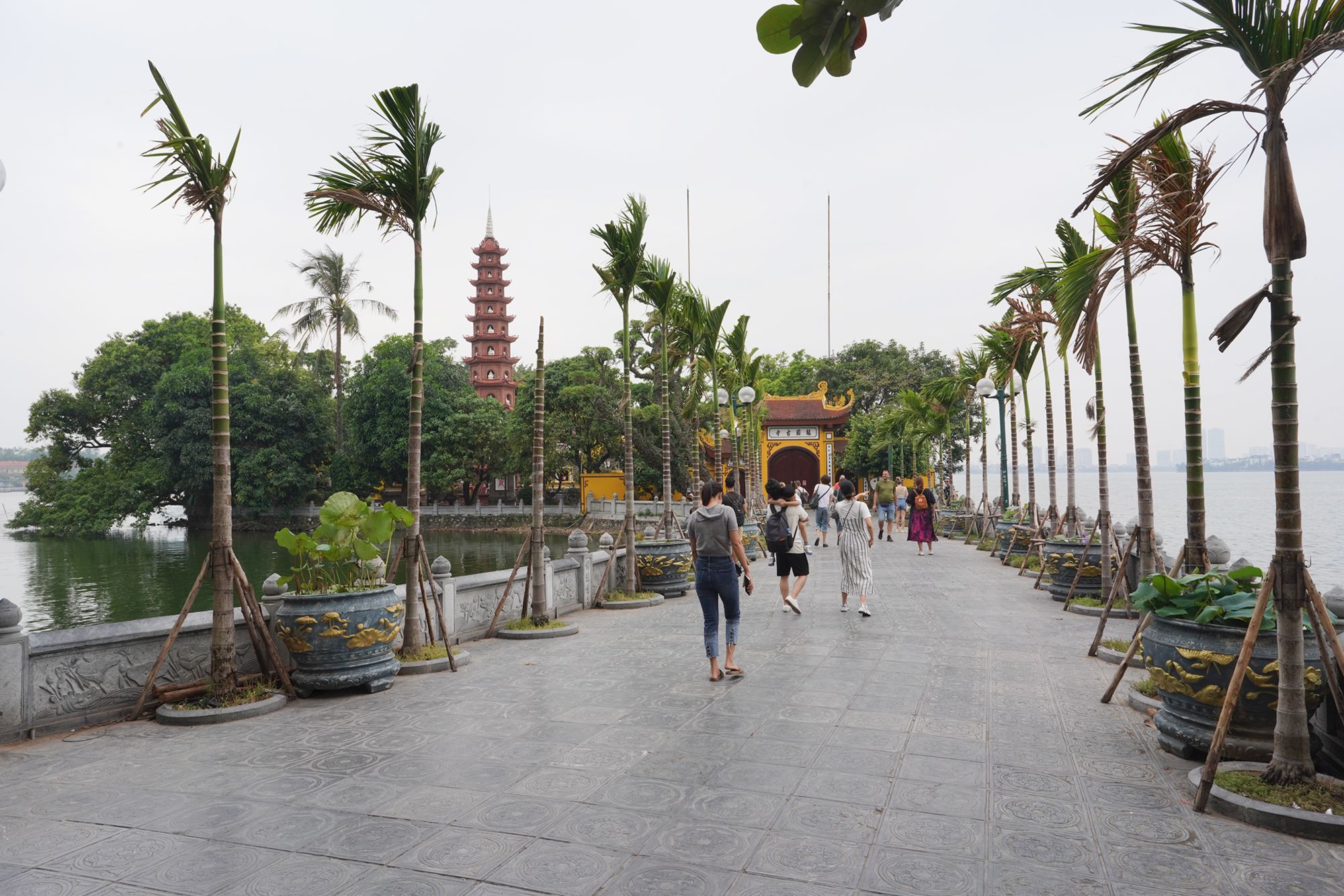
The first place that I got off from the bus was Tran Quoc Pagoda, but it would open in later time.
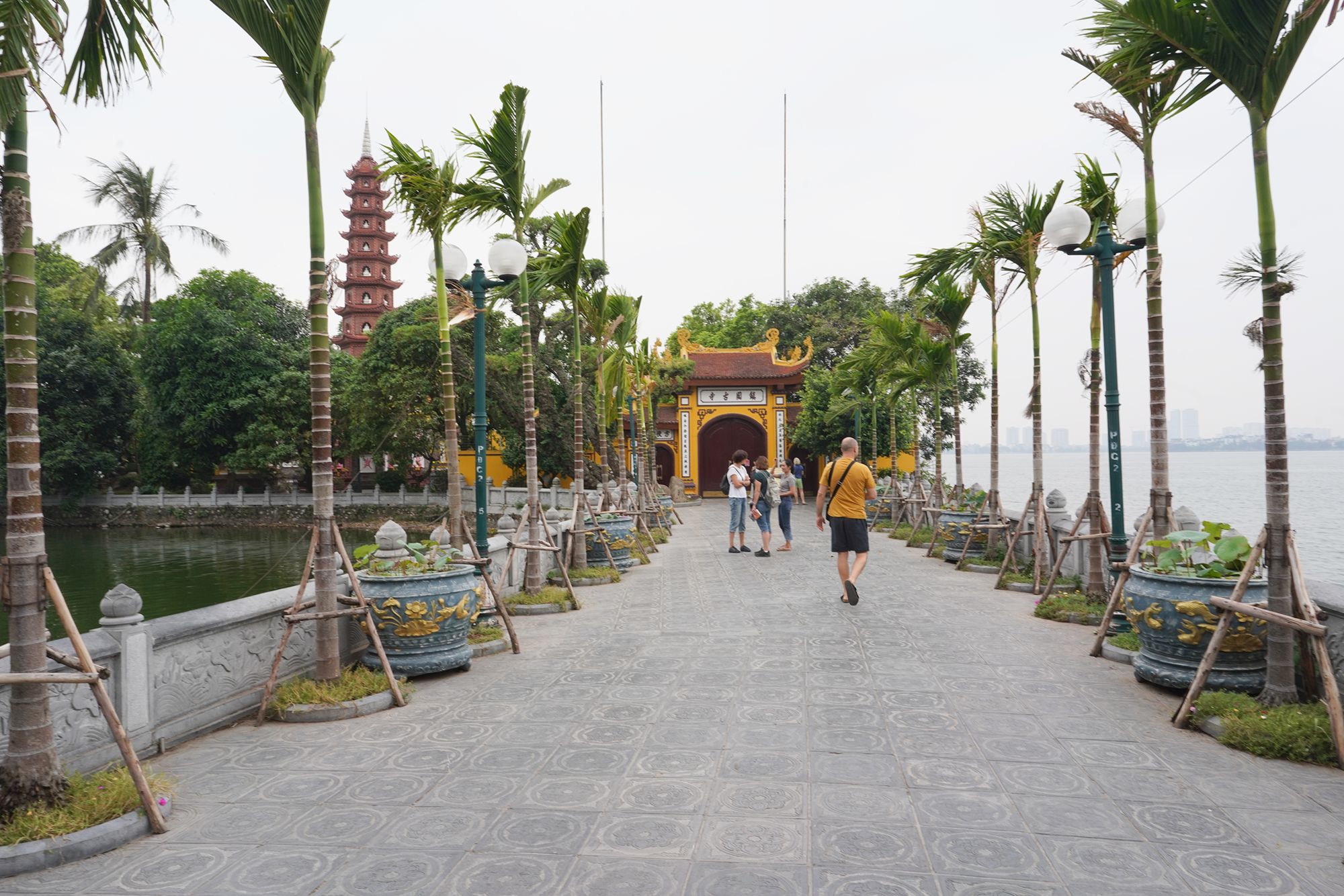
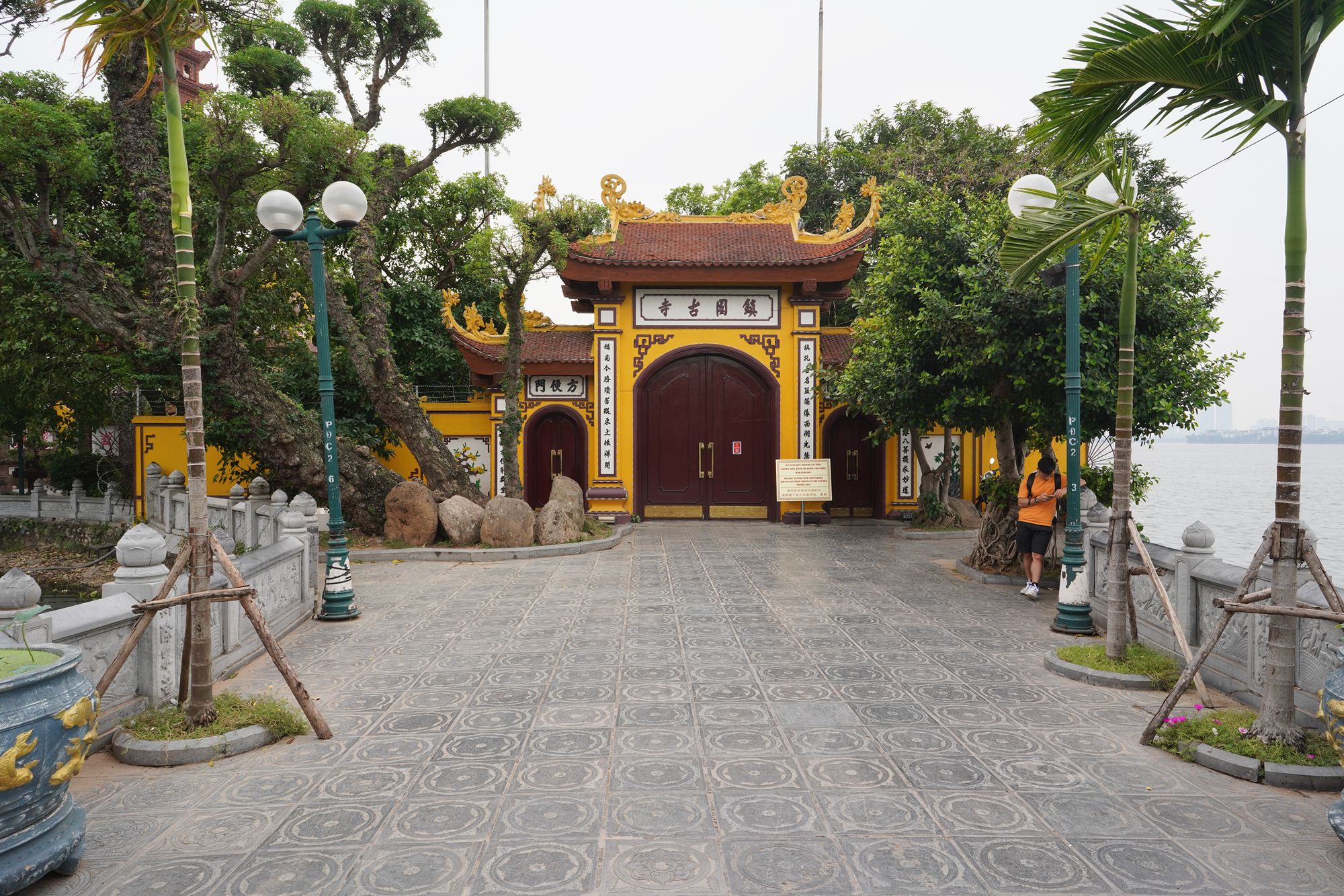
So I walked to another temple nearby – Quan Thanh Temple.
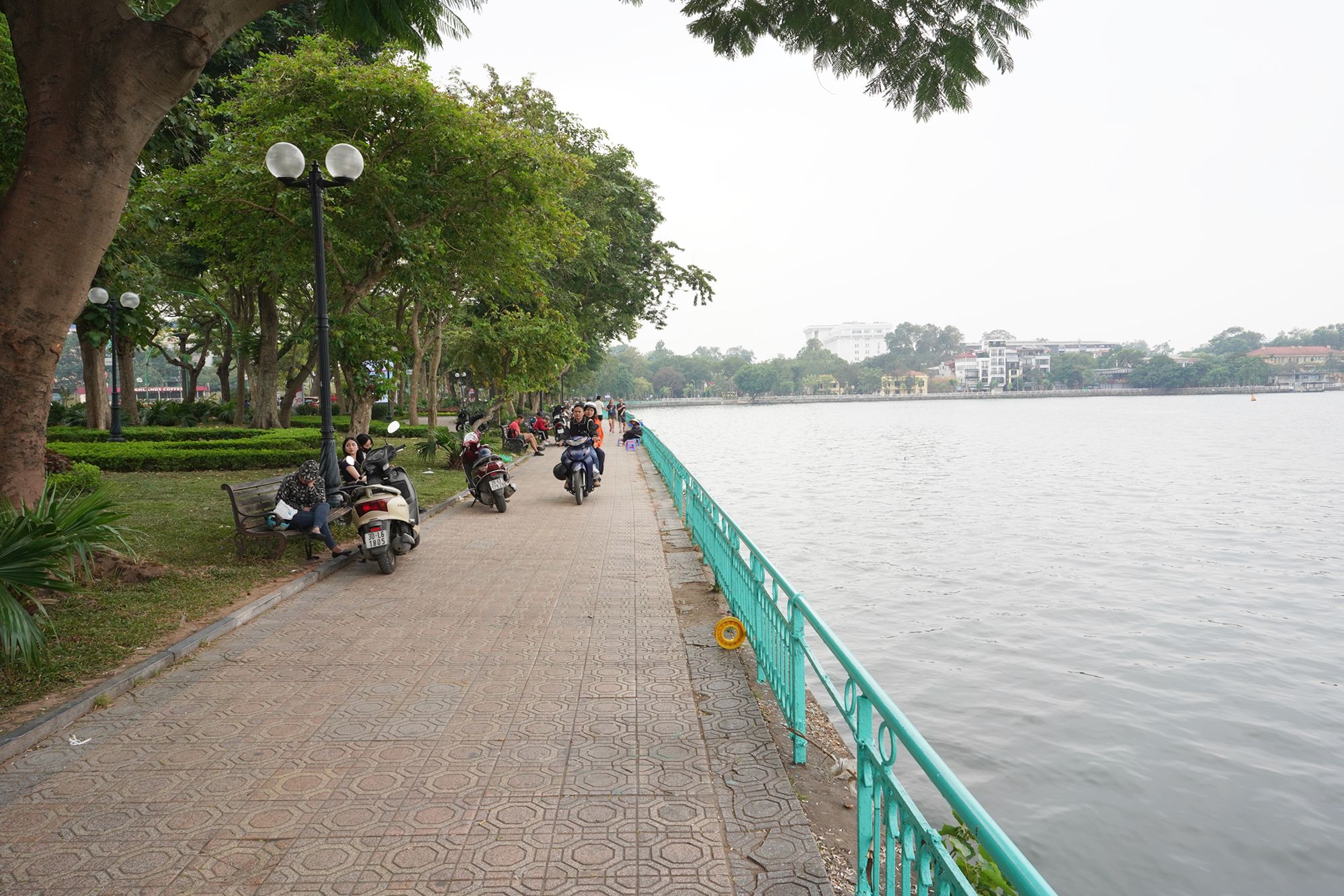
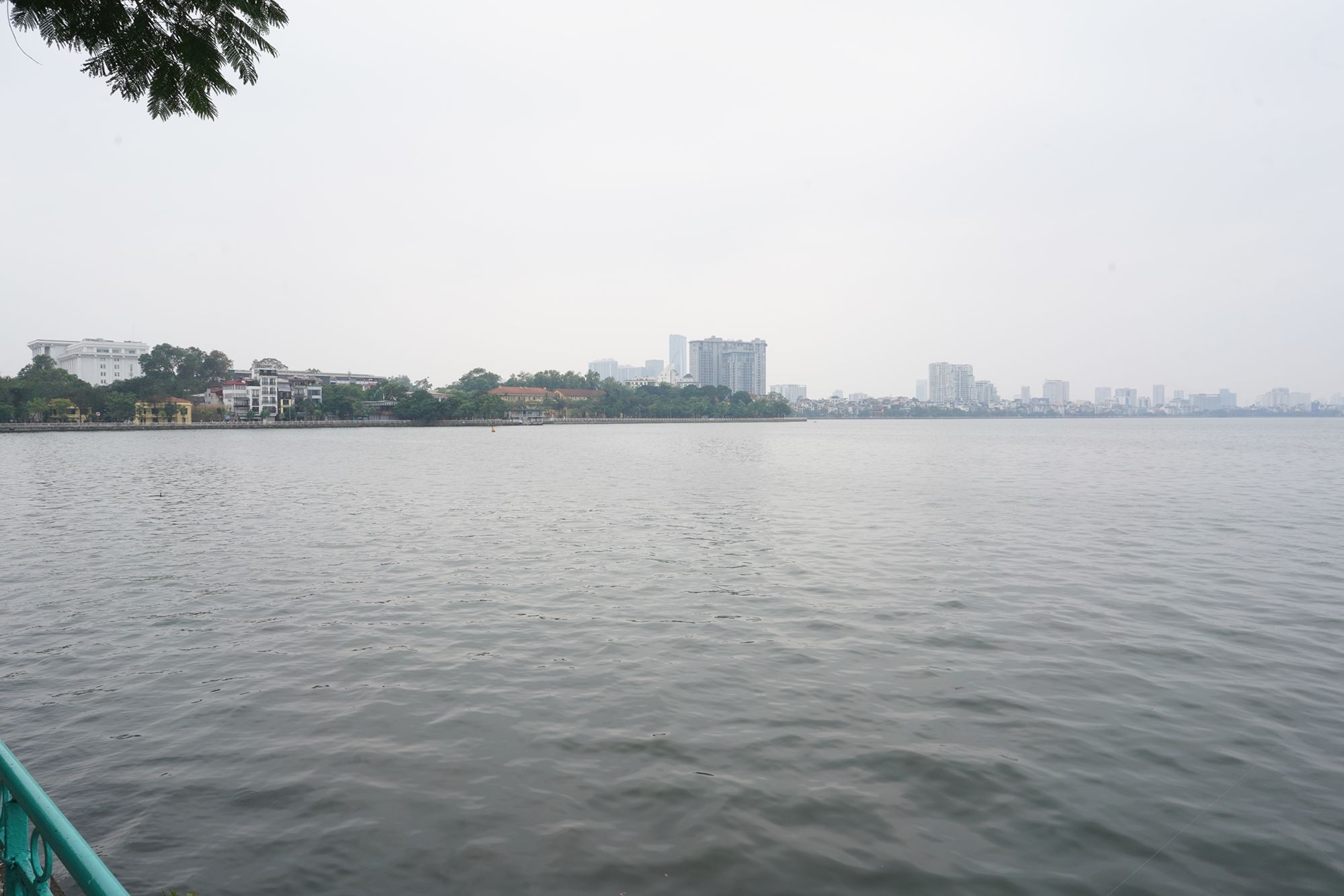
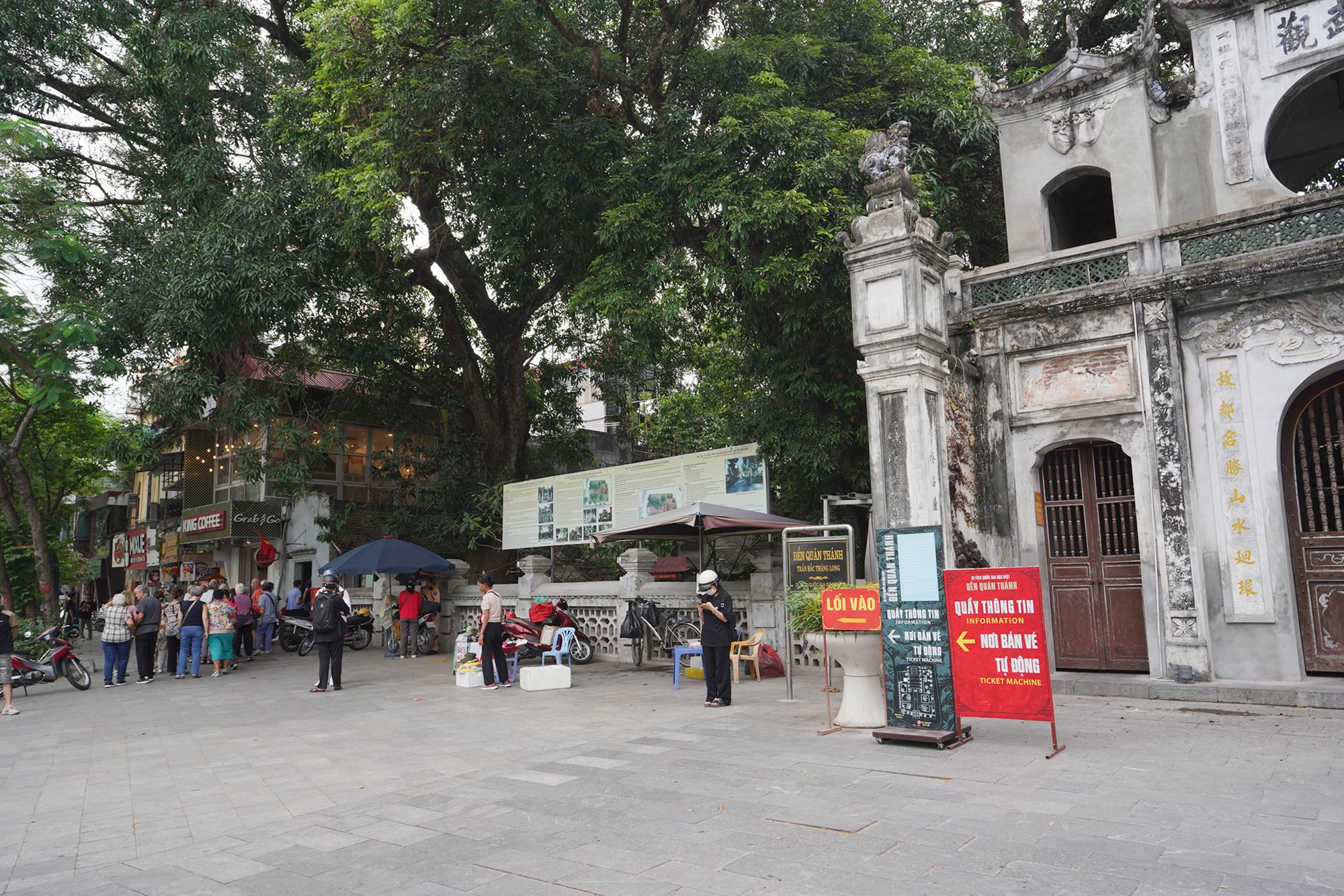
Quan Thanh Temple
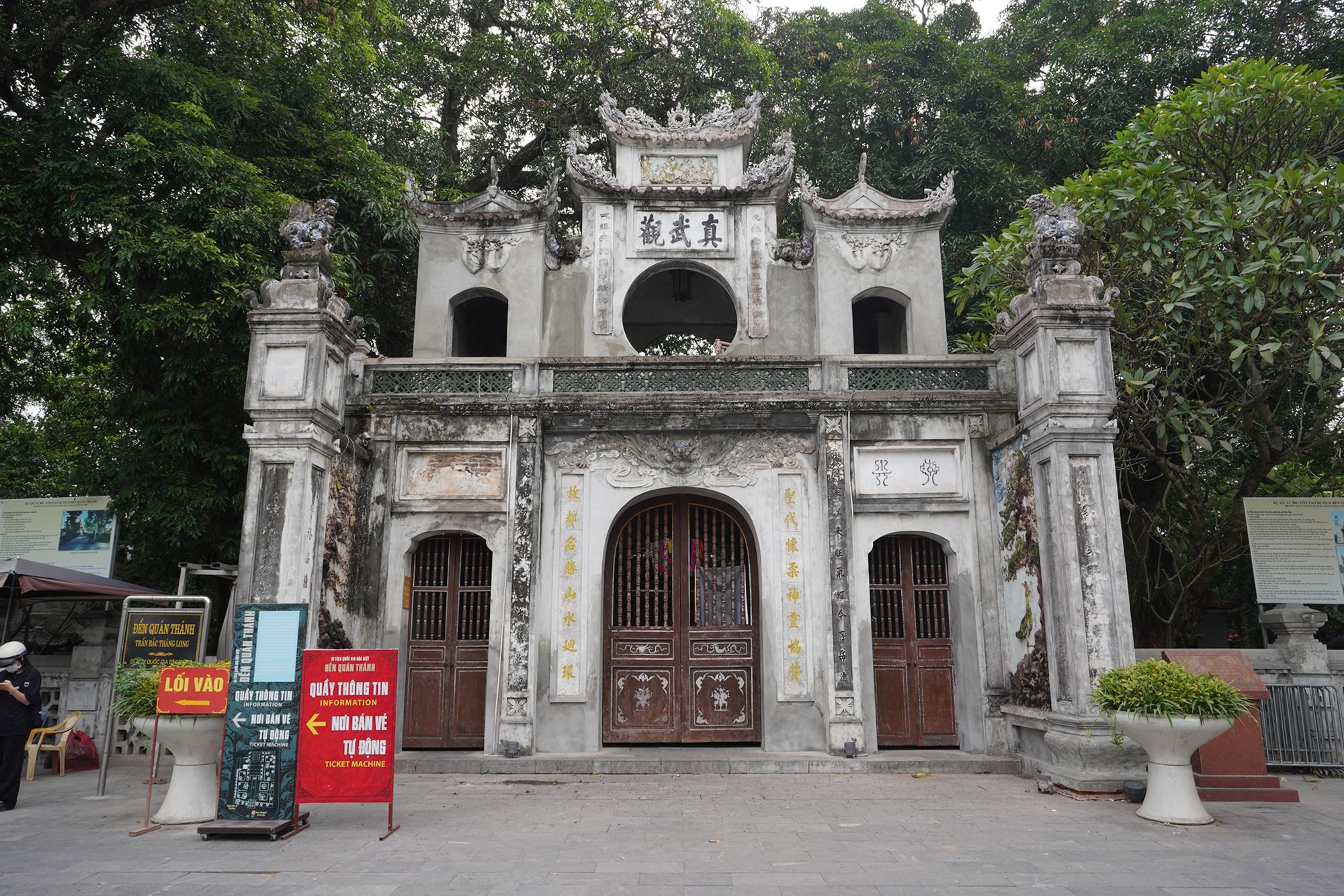
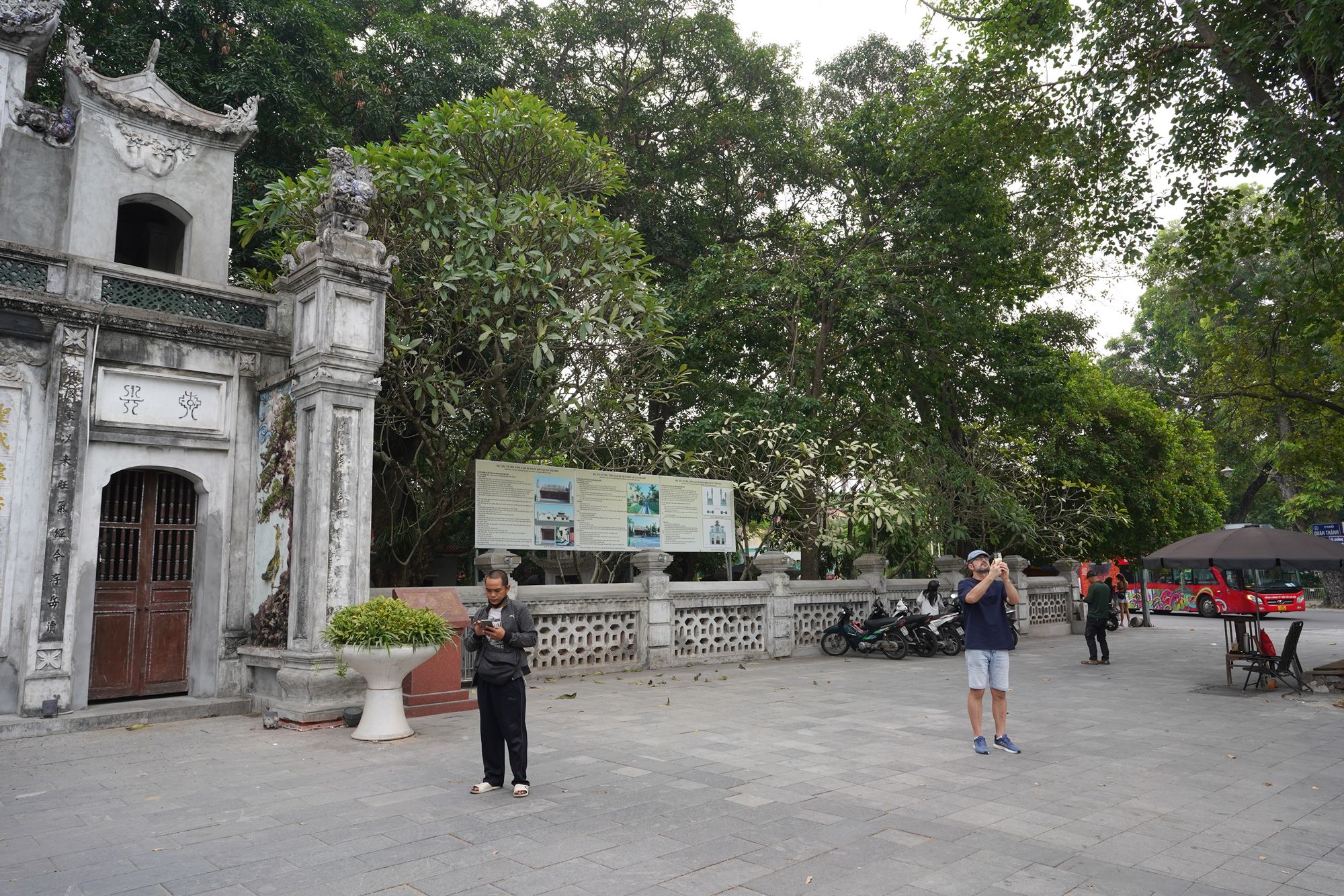
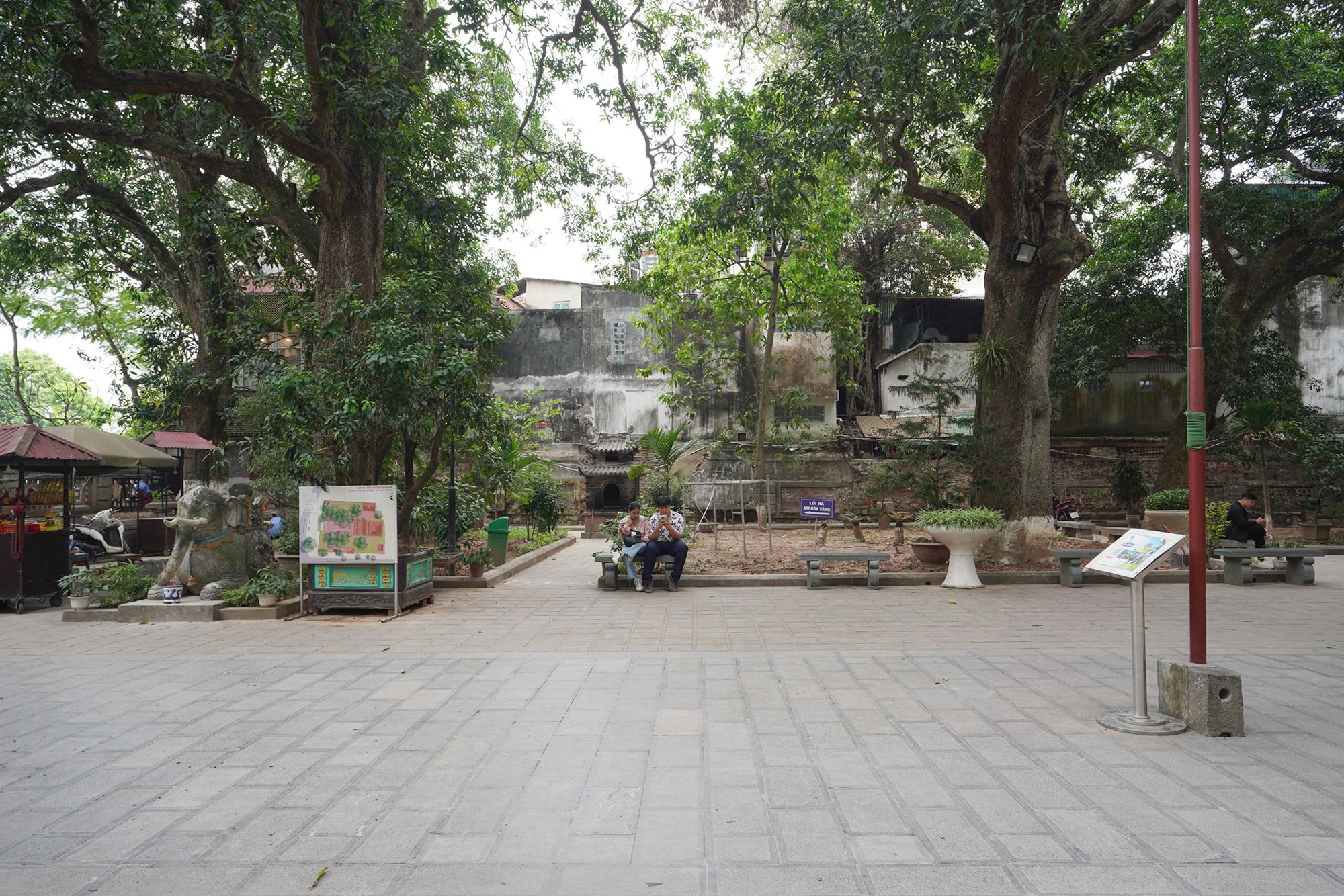
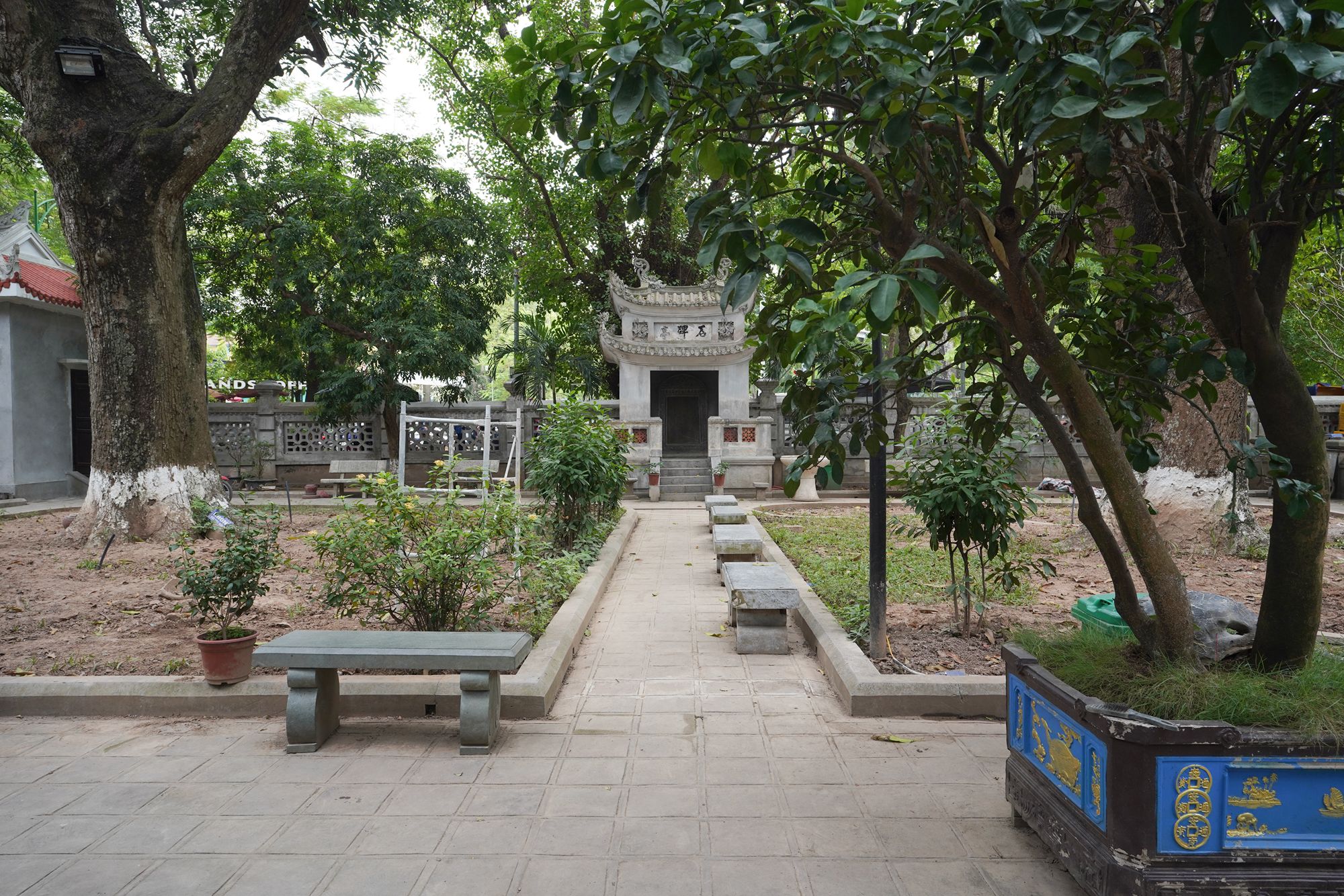
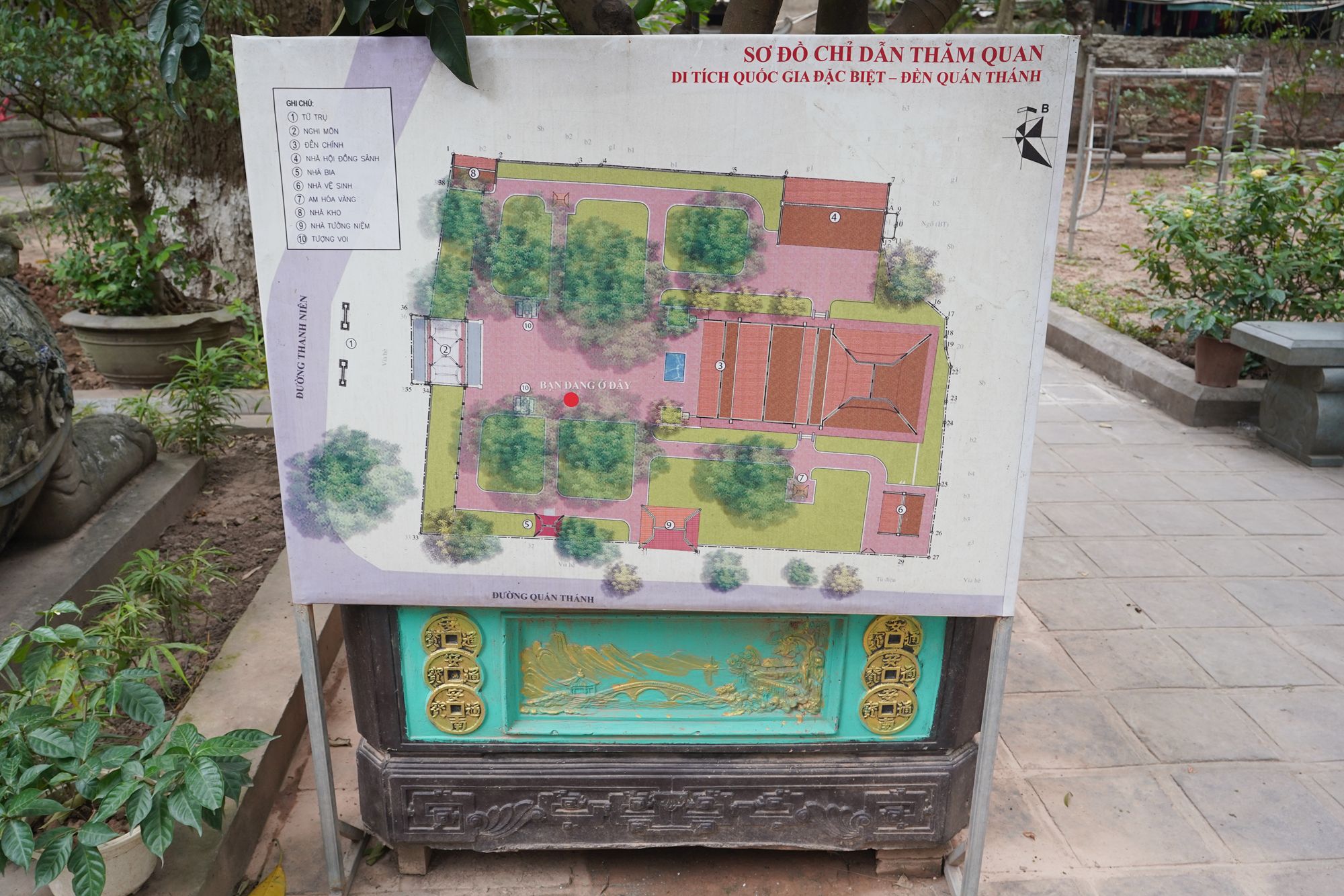
Quan Thanh Temple, located near West Lake in Hanoi, is a prominent Taoist temple dedicated to Tran Vu, the deity of the north who is revered for his power to exorcise evil spirits.
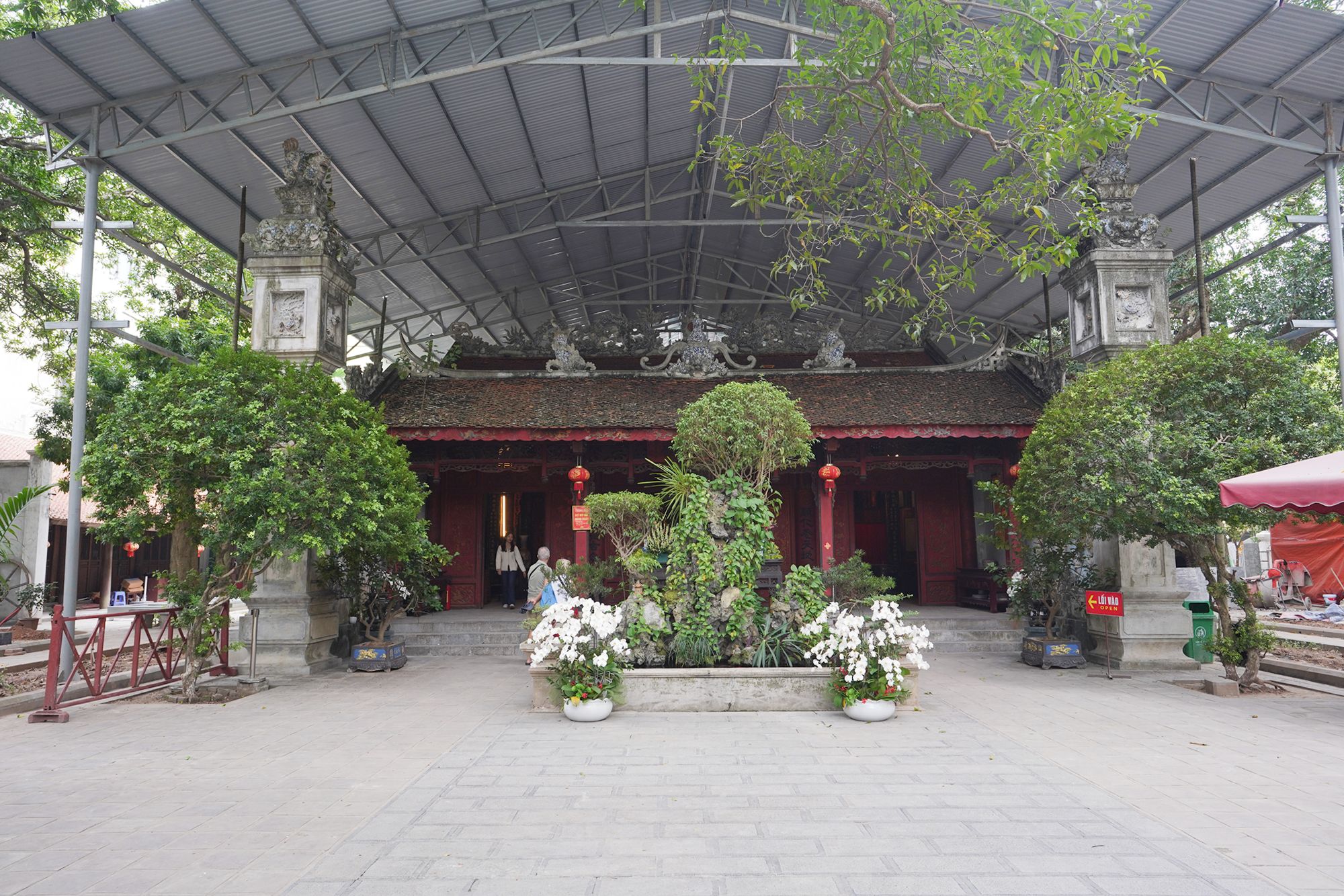
Built during the Ly Dynasty in the 11th century, the temple features intricate carvings, a large bronze statue of Tran Vu, and a serene atmosphere. It is a significant cultural and spiritual landmark, attracting both worshippers and visitors seeking to explore Hanoi’s rich heritage.
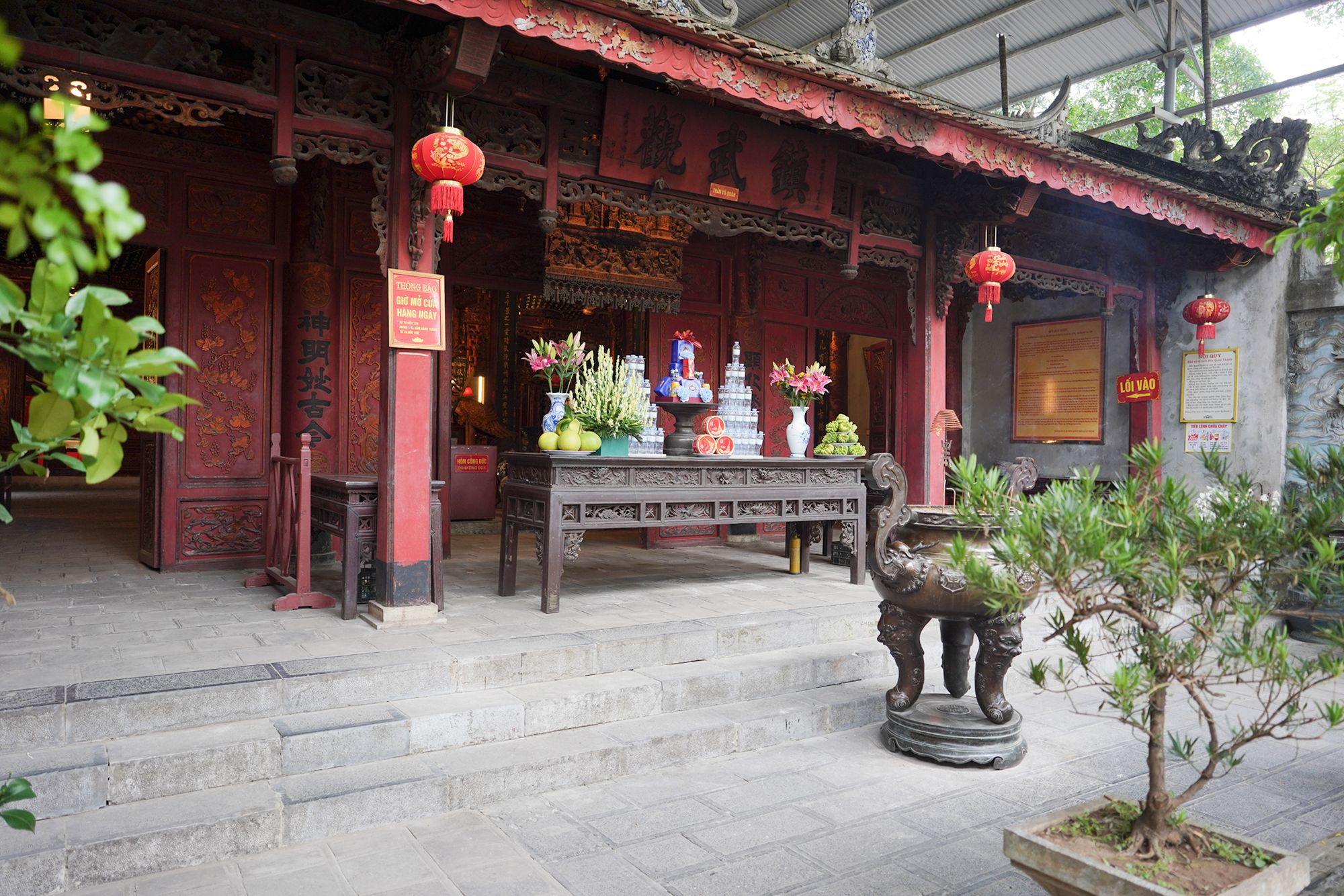
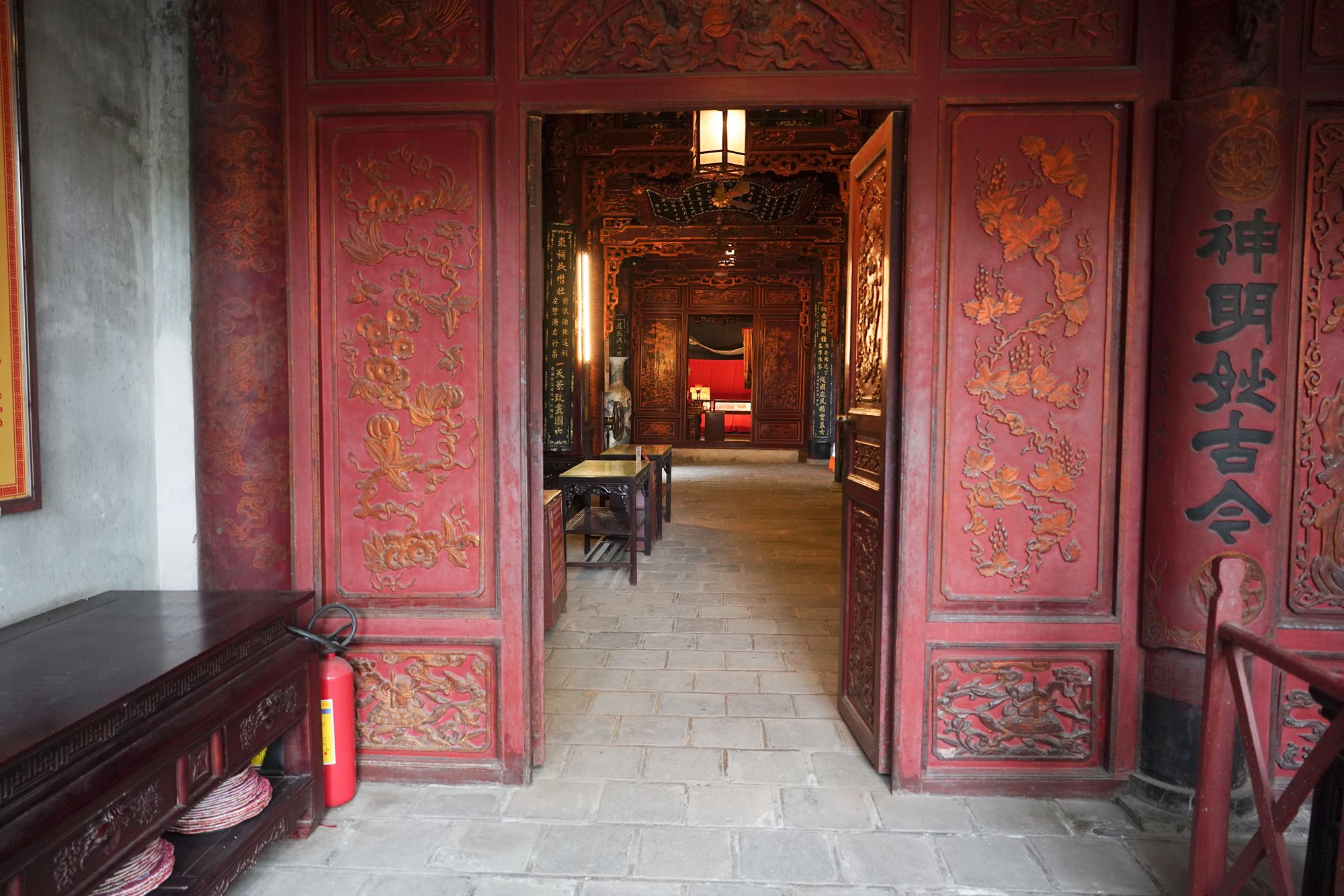
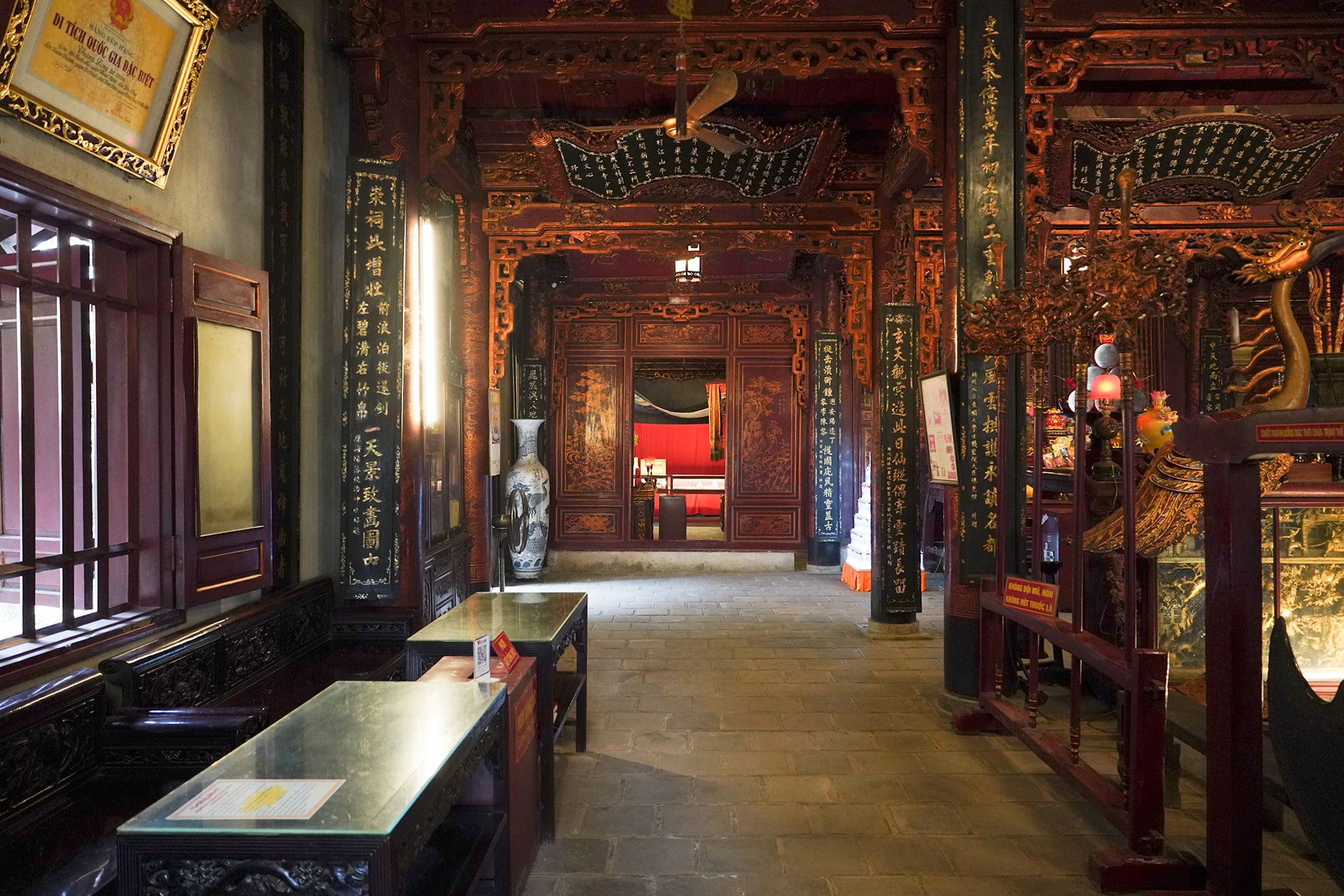
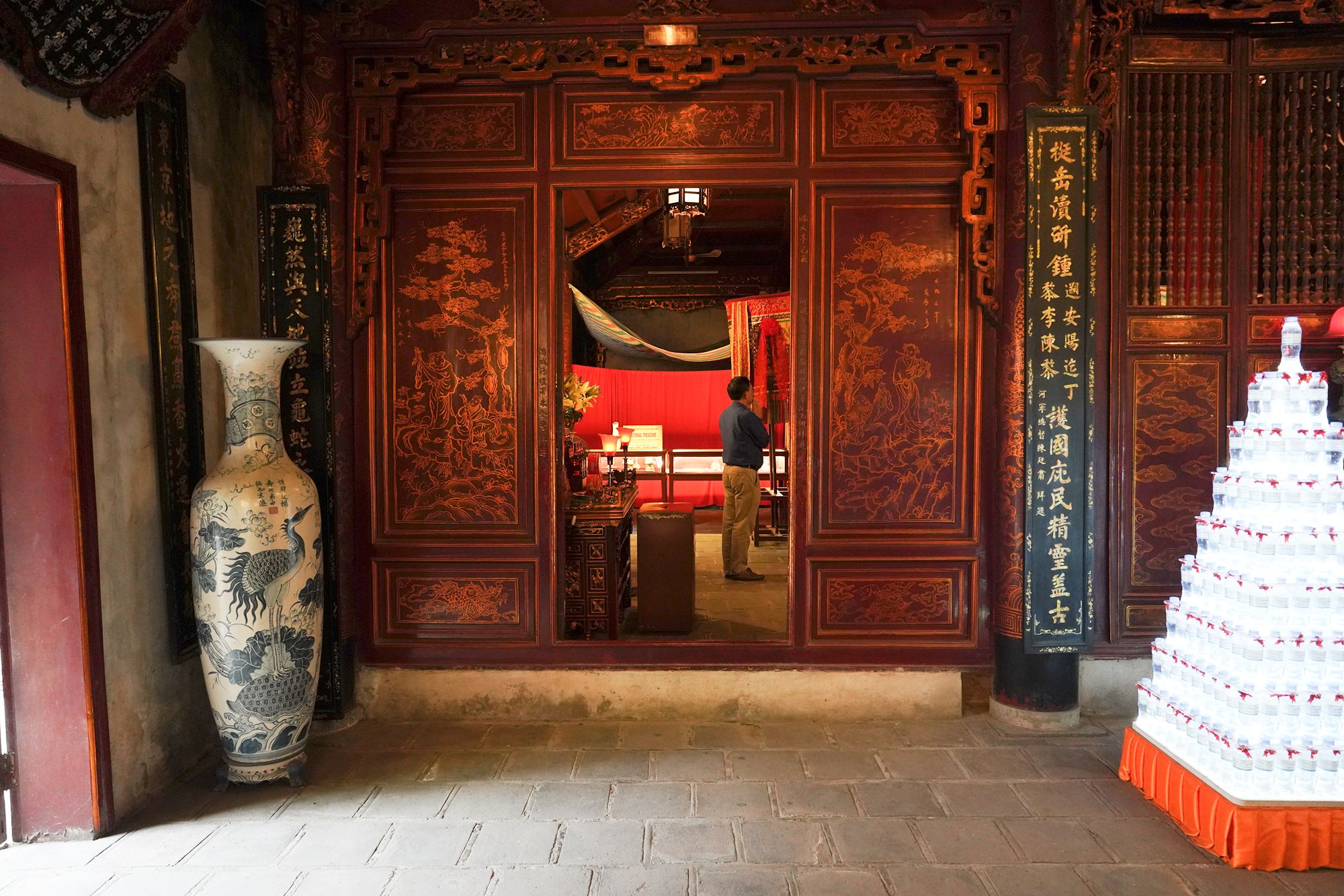
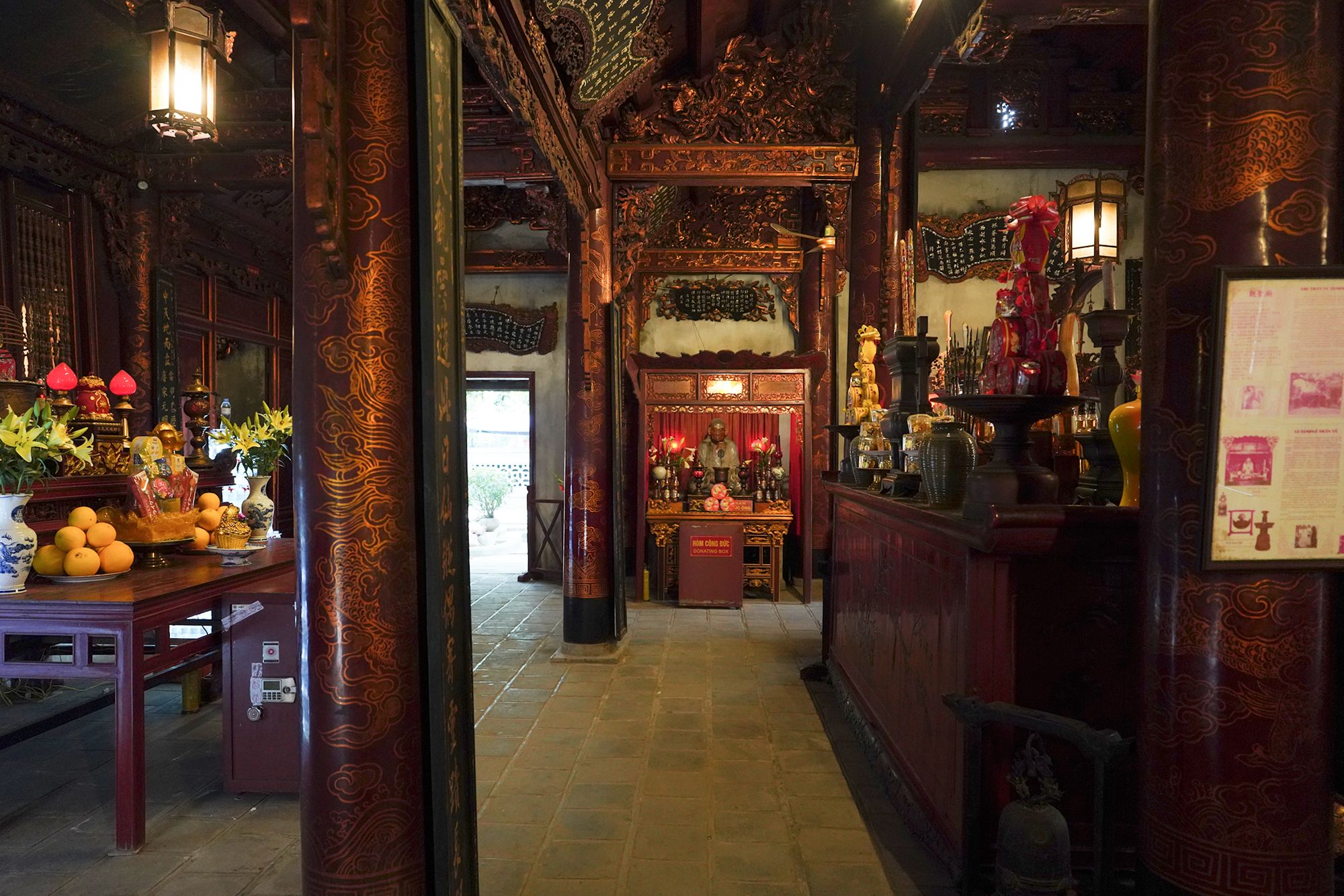
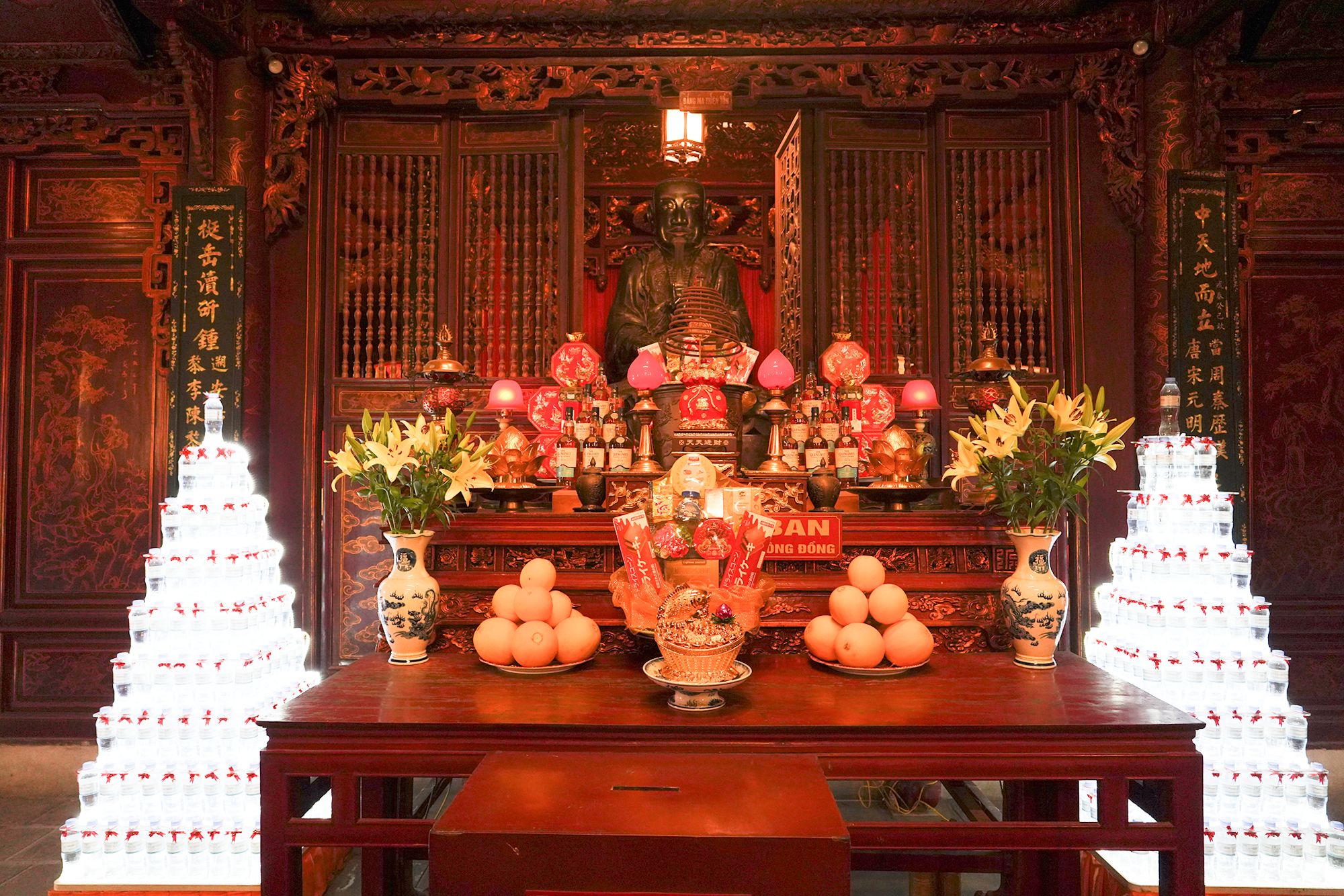
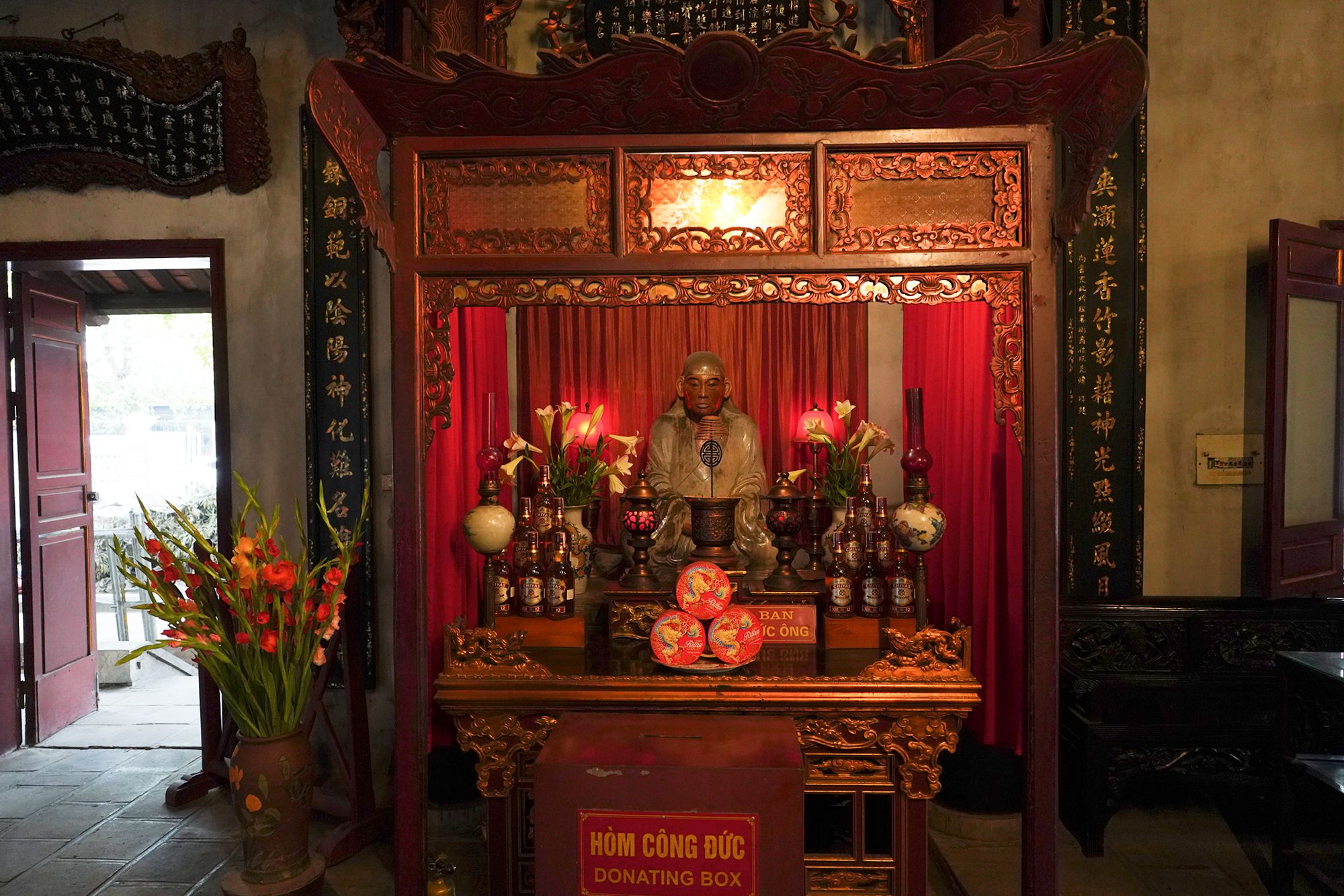
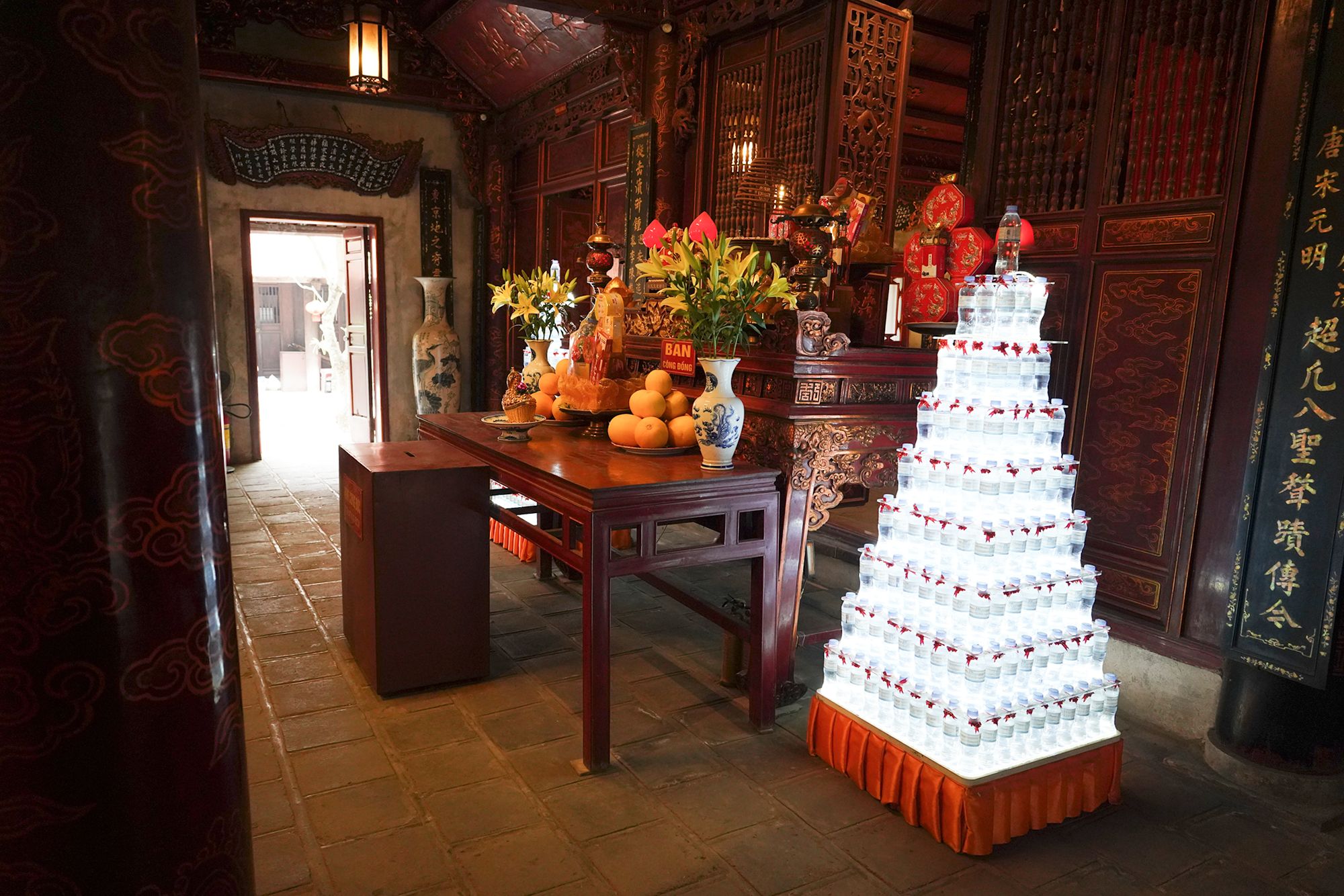
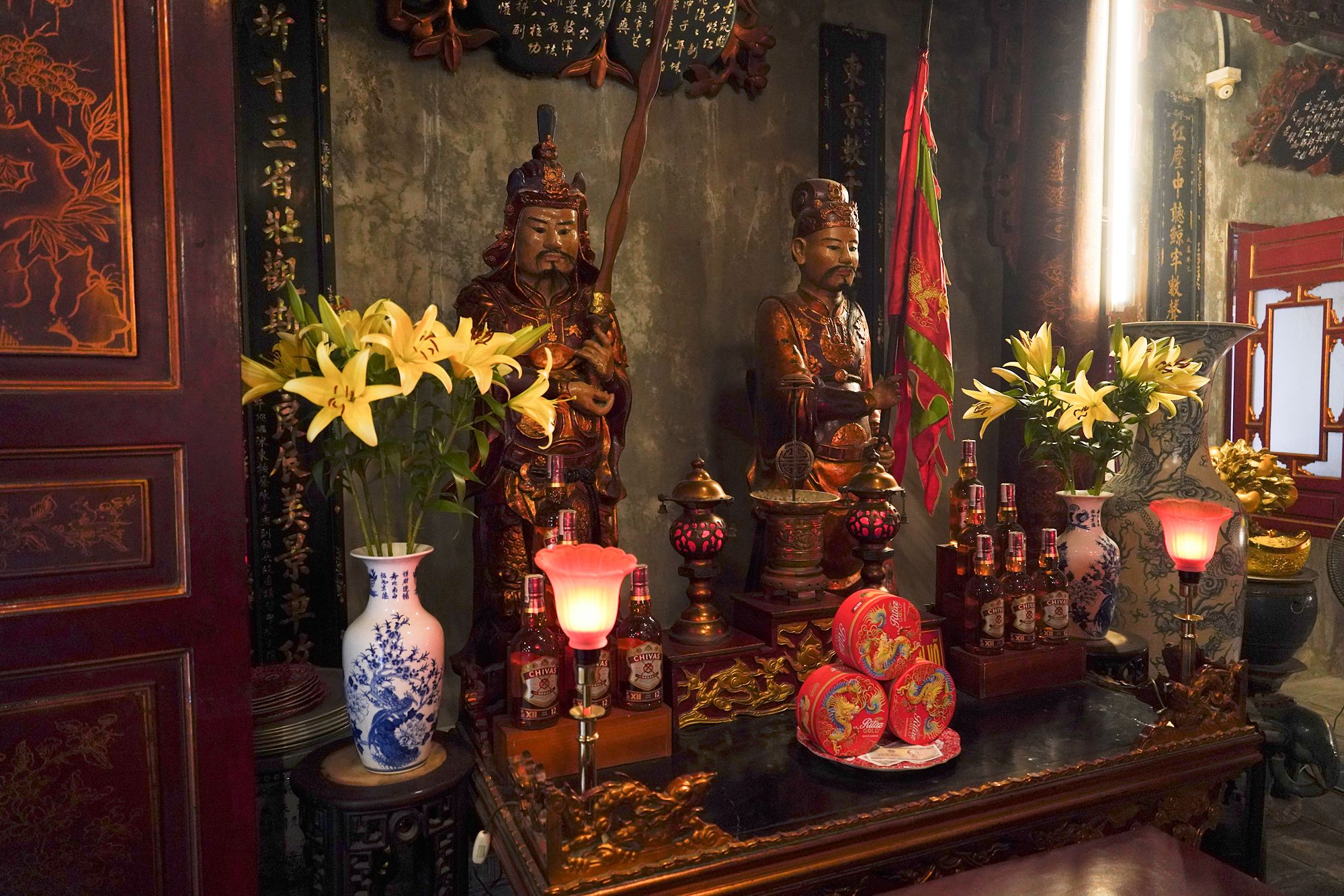
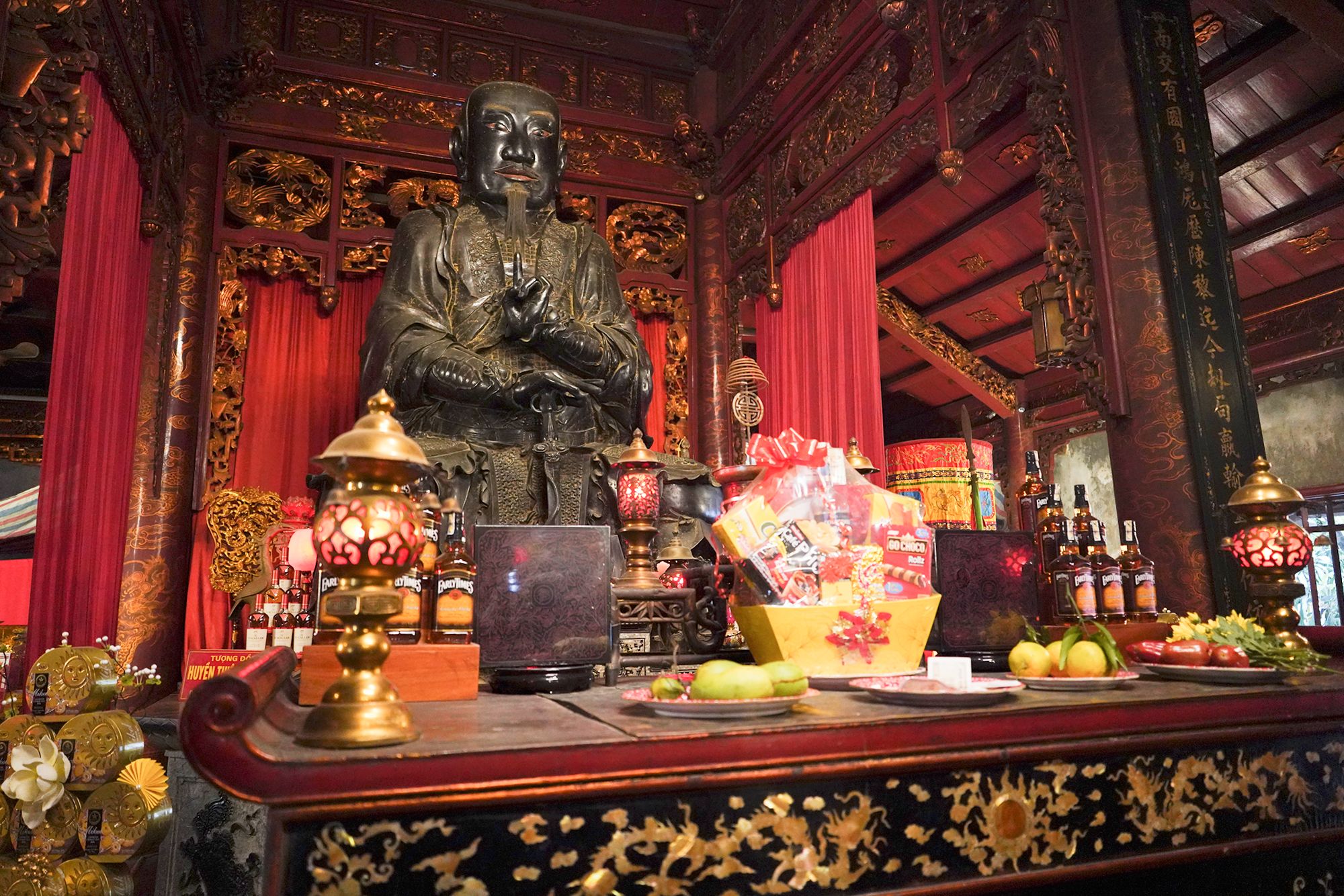
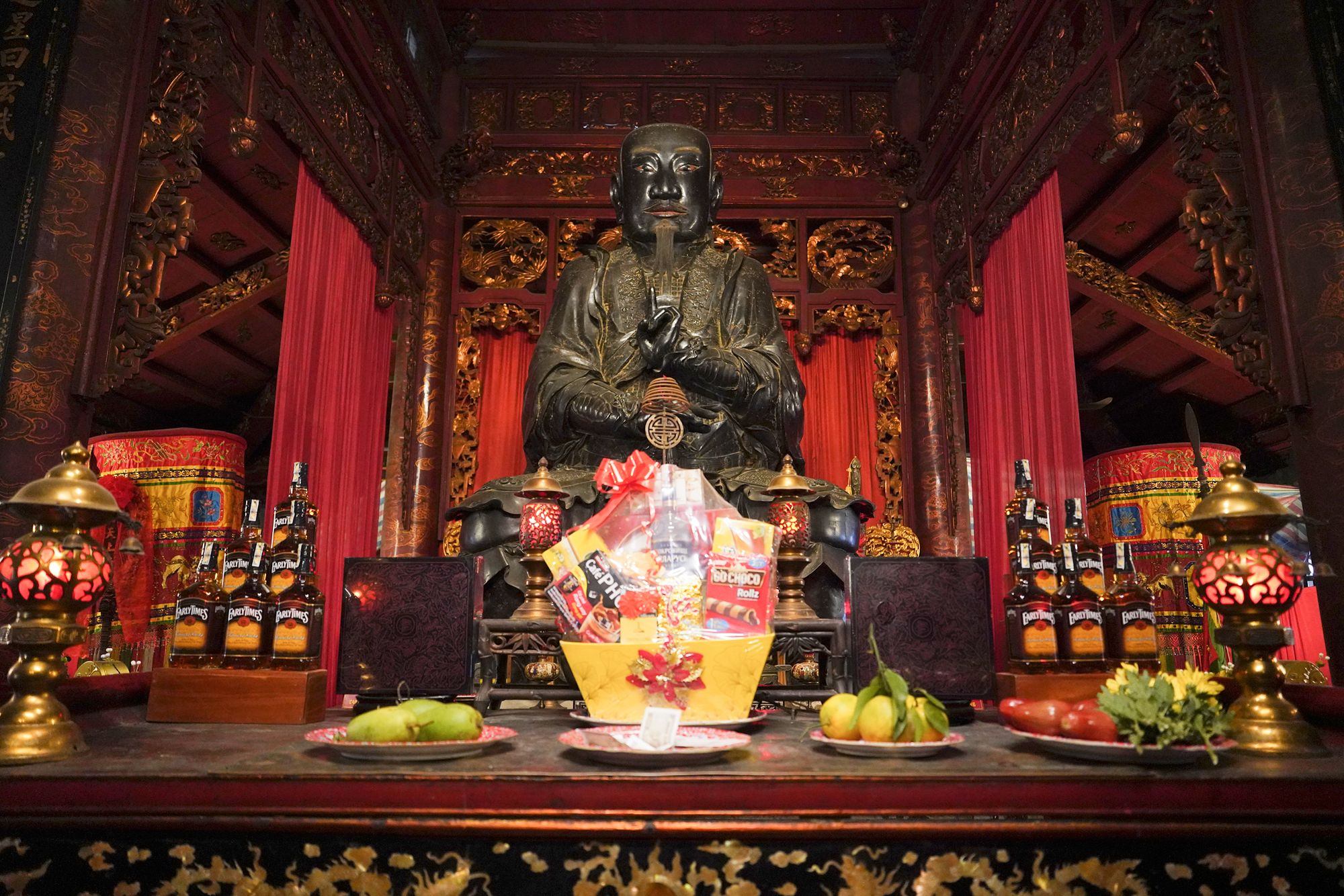
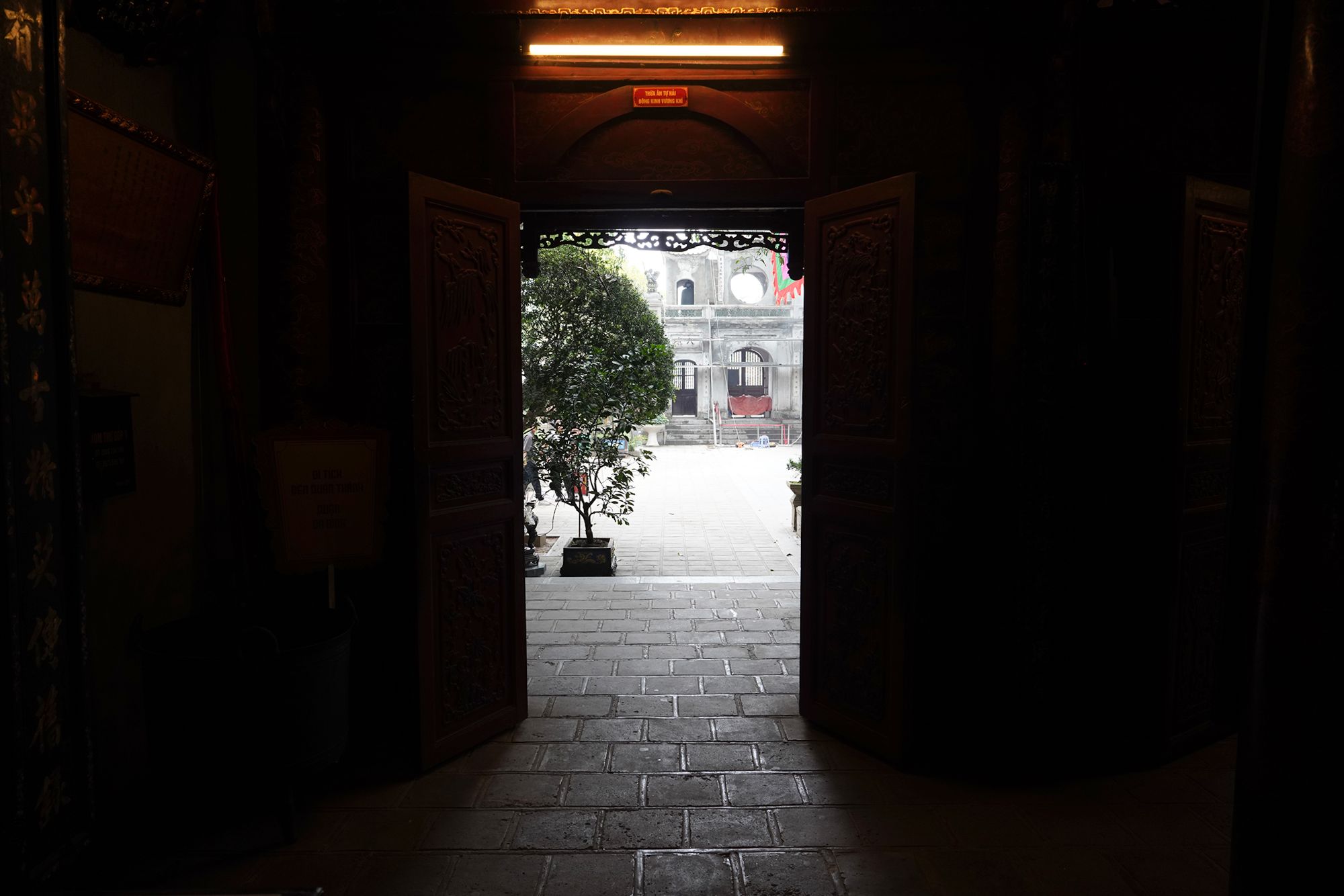
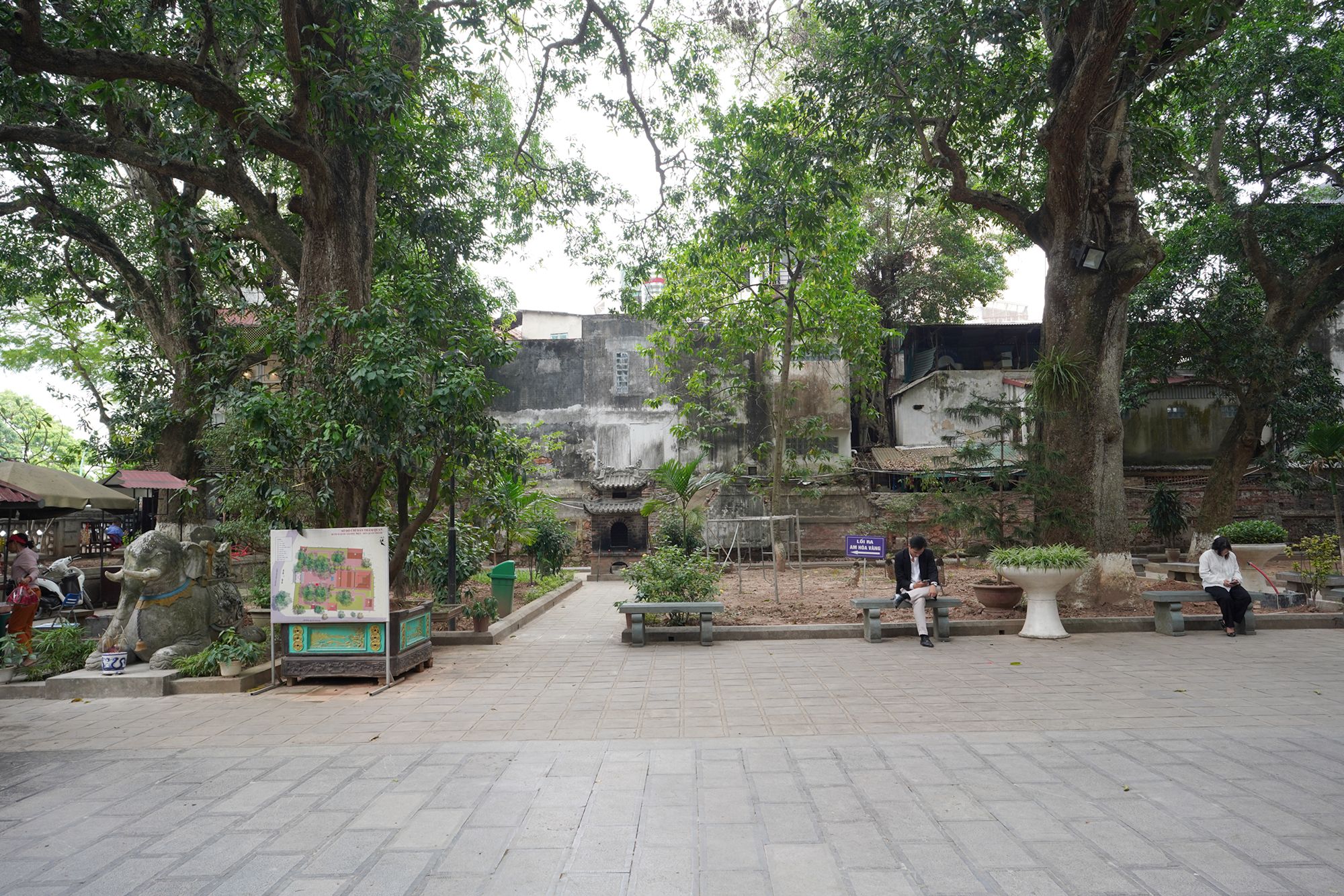
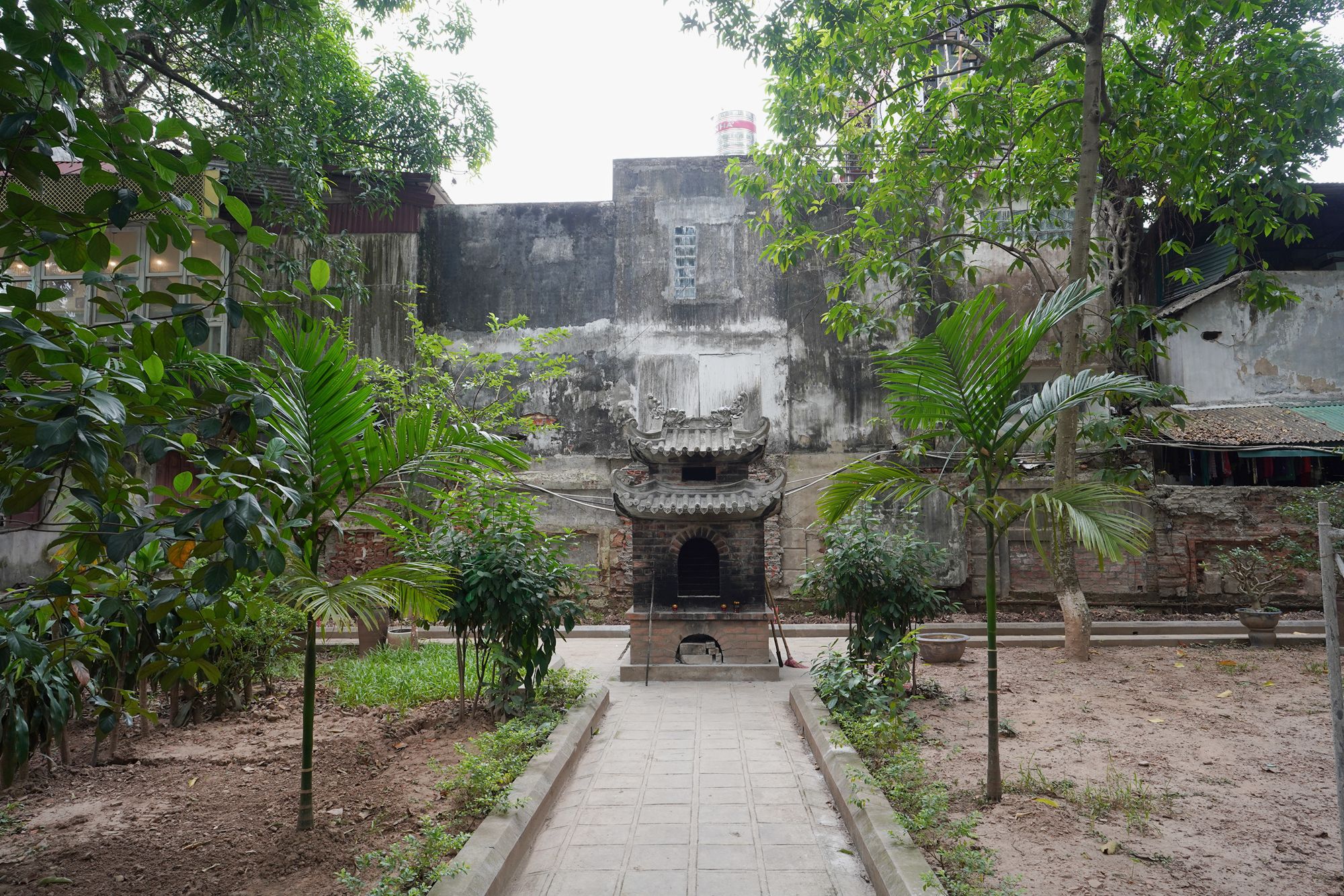
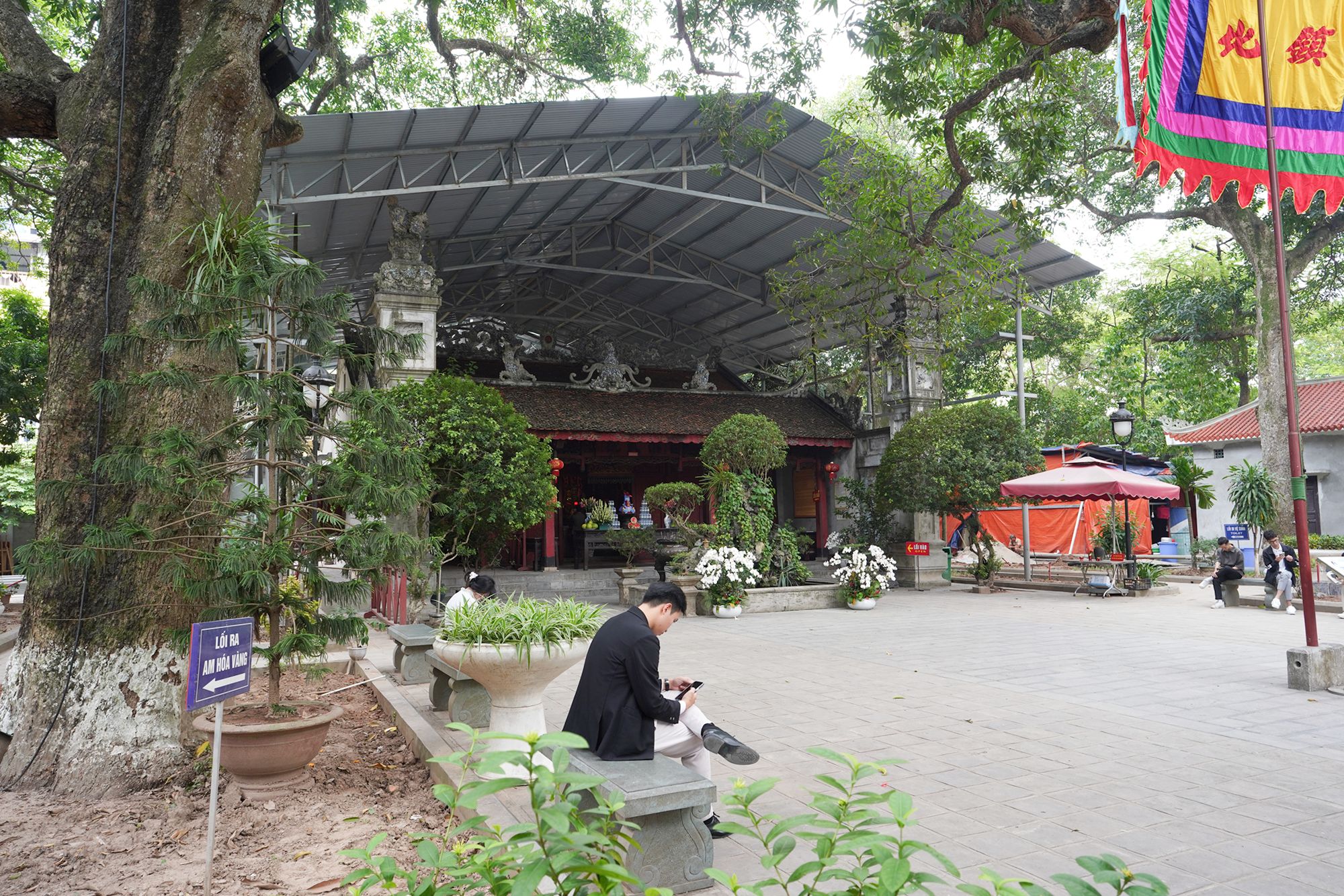
After visiting Quan Thanh Temple, I walked back to Tran Quoc Pagoda as it was now open to visitors.
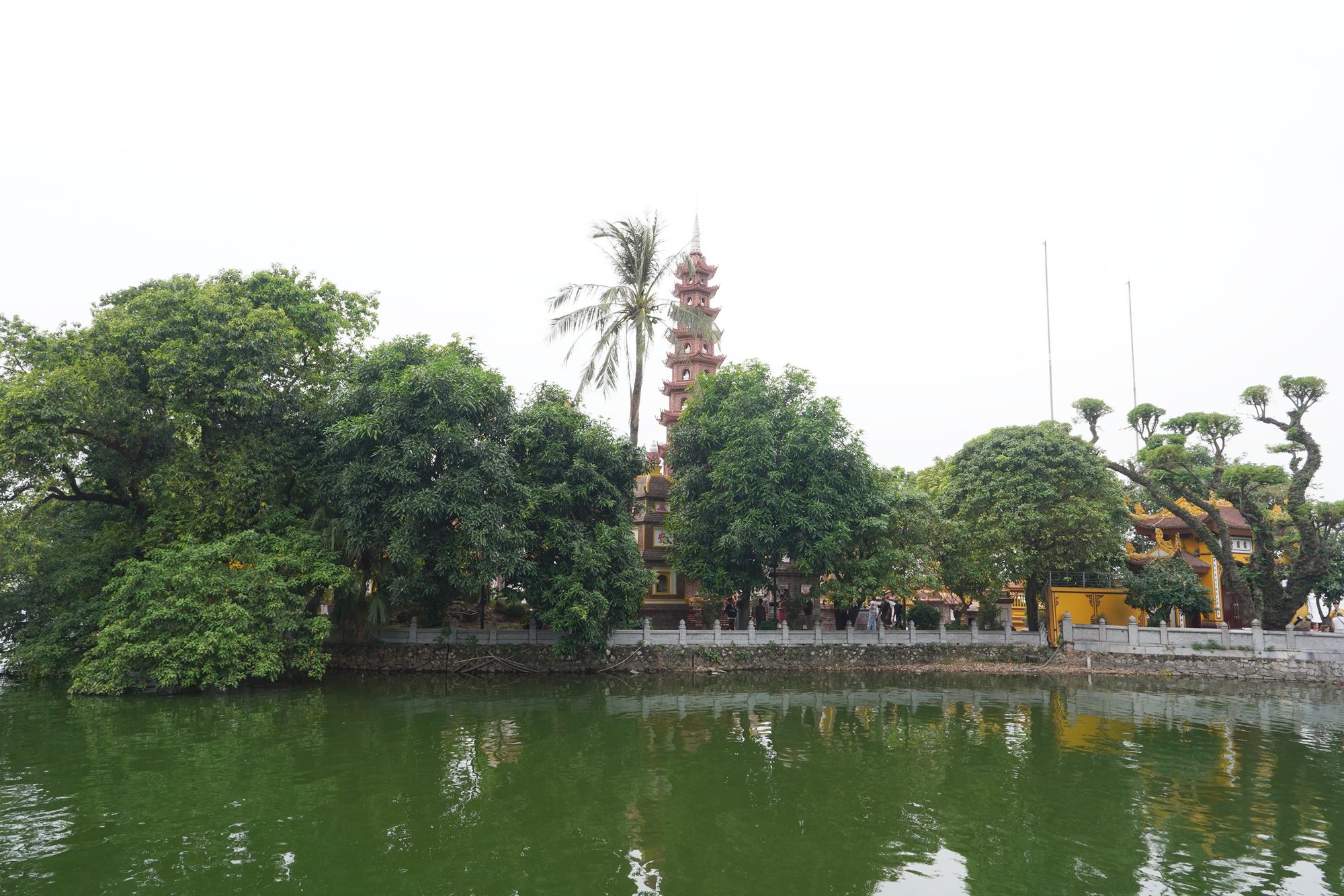

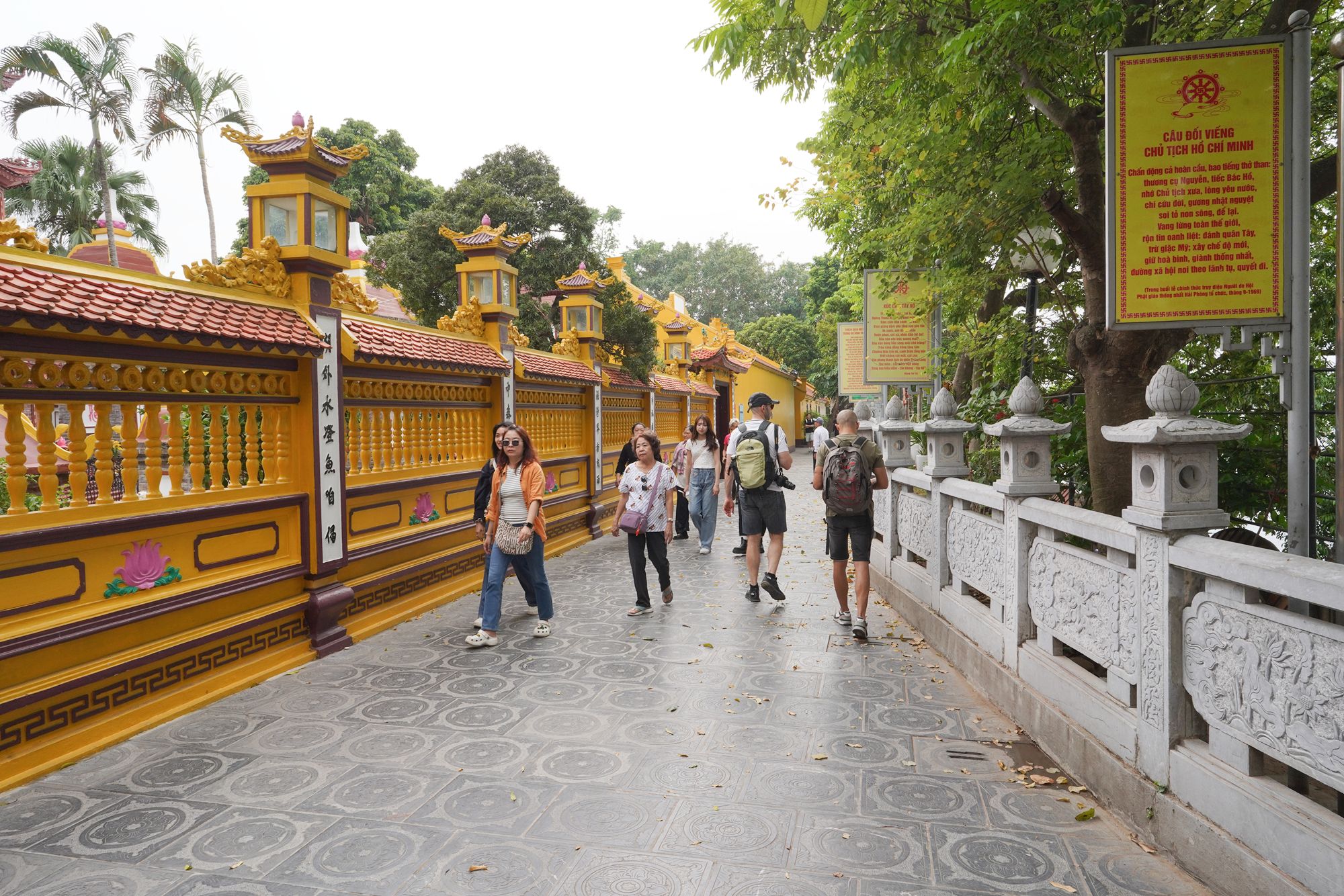
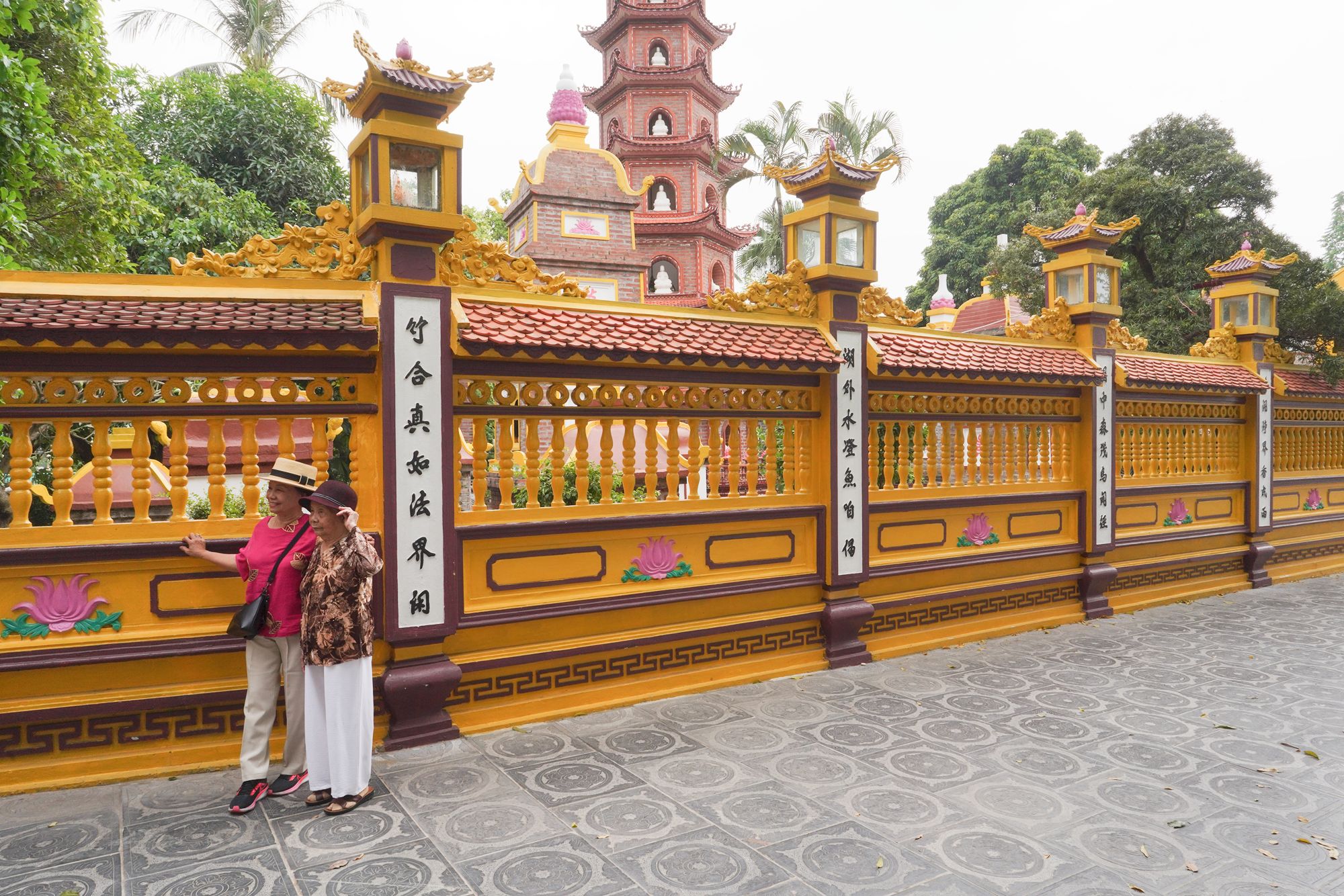
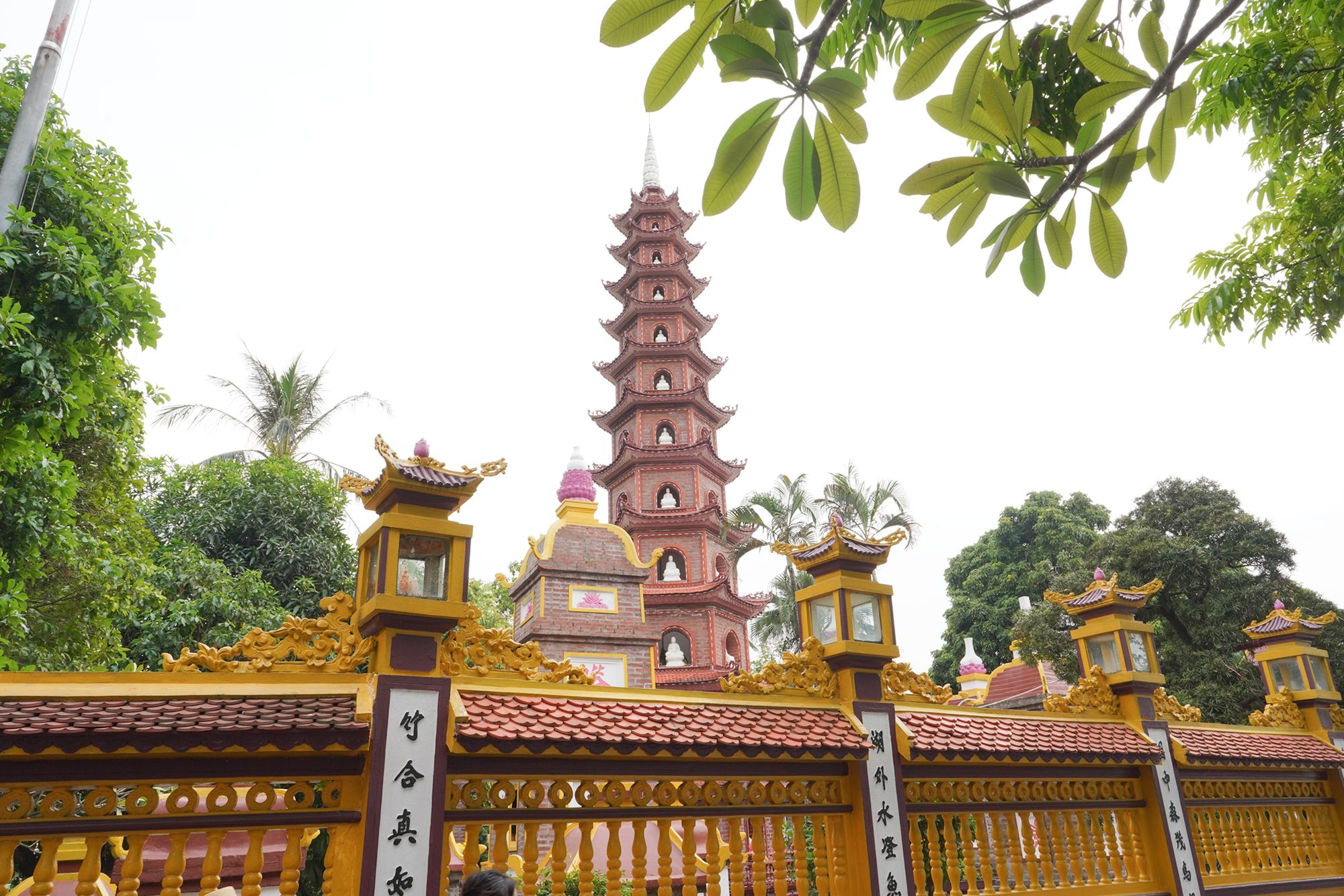
Tran Quoc Pagoda, located on a small island in West Lake, is the oldest Buddhist temple in Hanoi, dating back to the 6th century during the reign of Emperor Ly Nam De. Known for its towering stupa and serene surroundings, the pagoda is a symbol of Vietnamese Buddhism and a spiritual retreat amidst the bustling city.
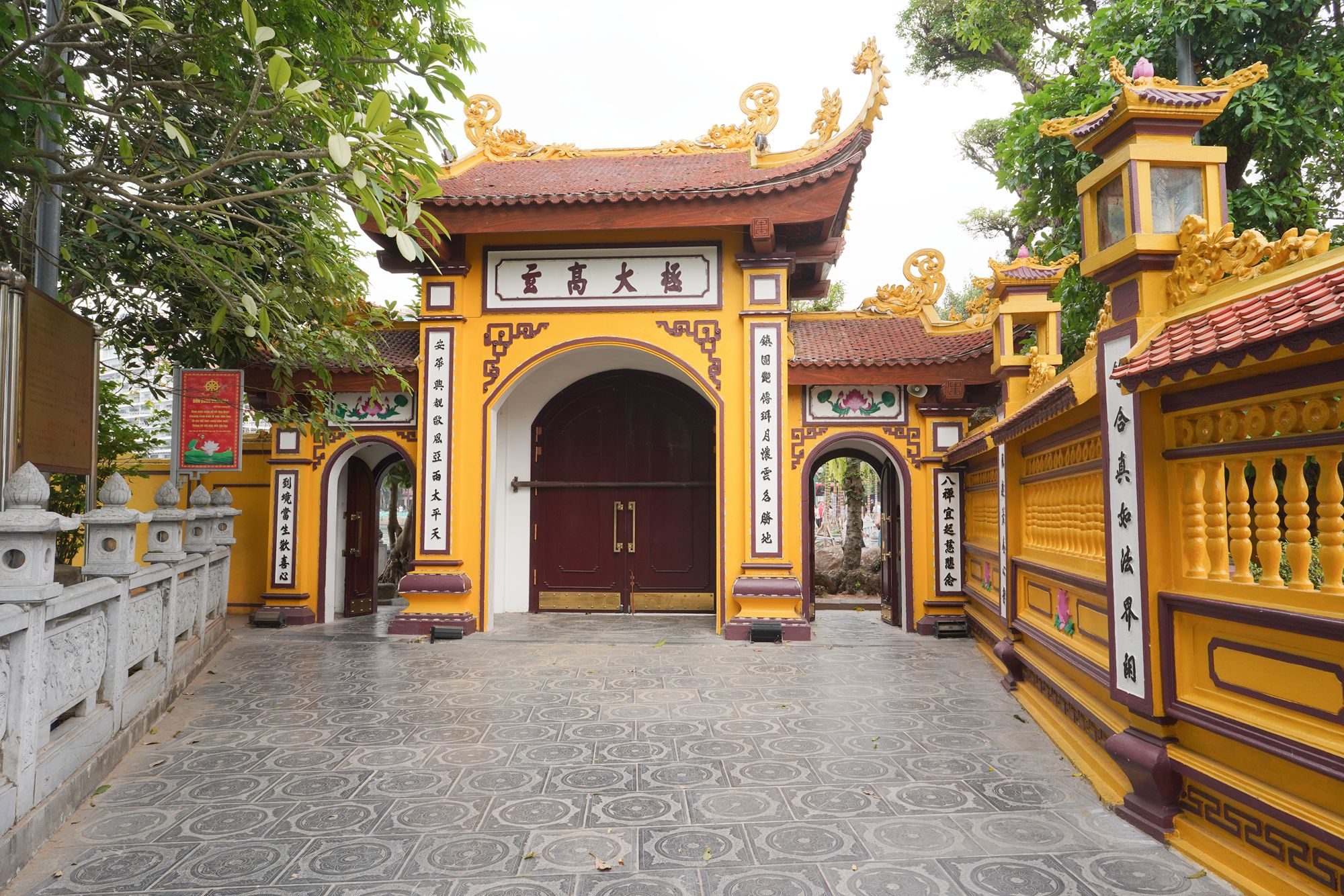
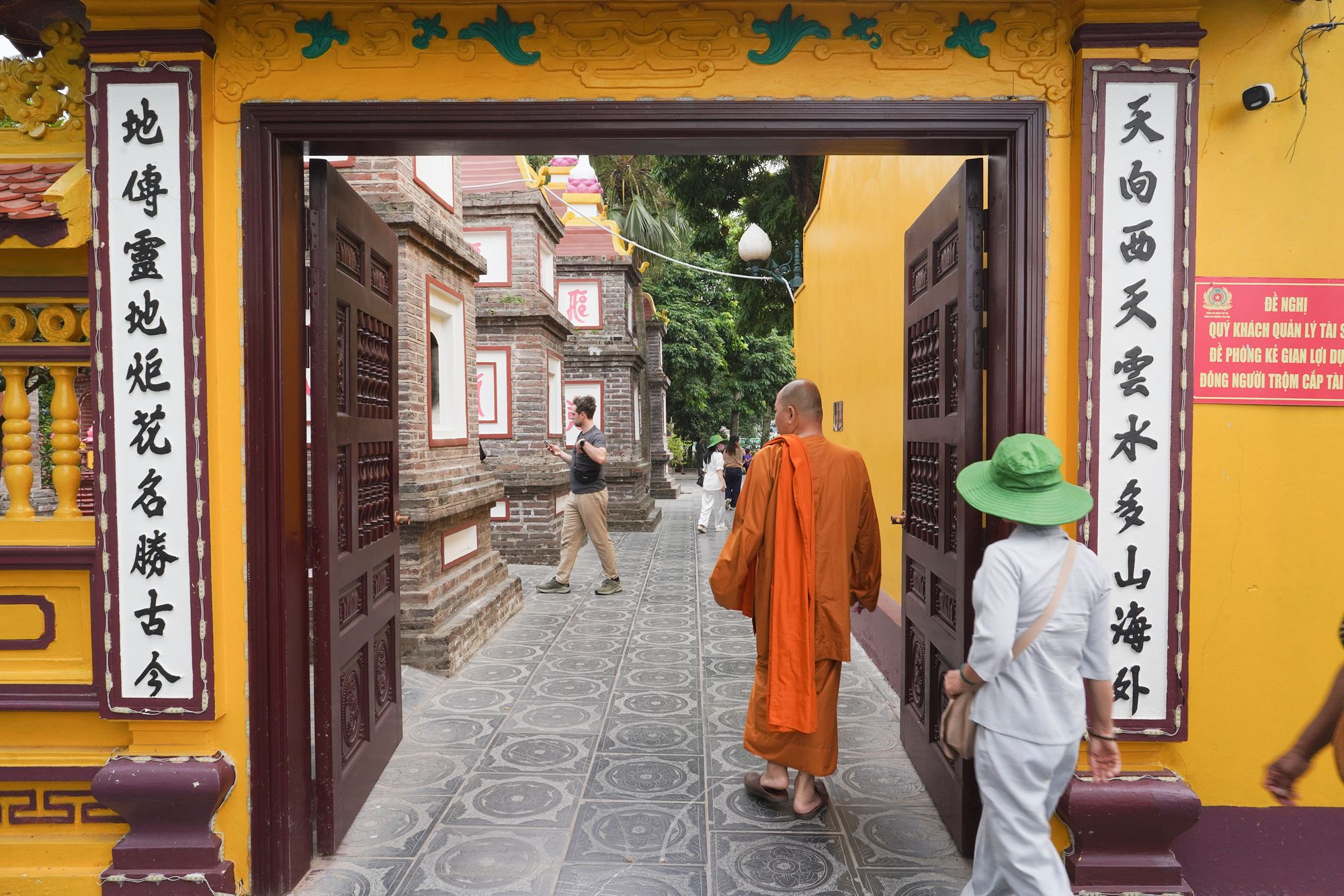
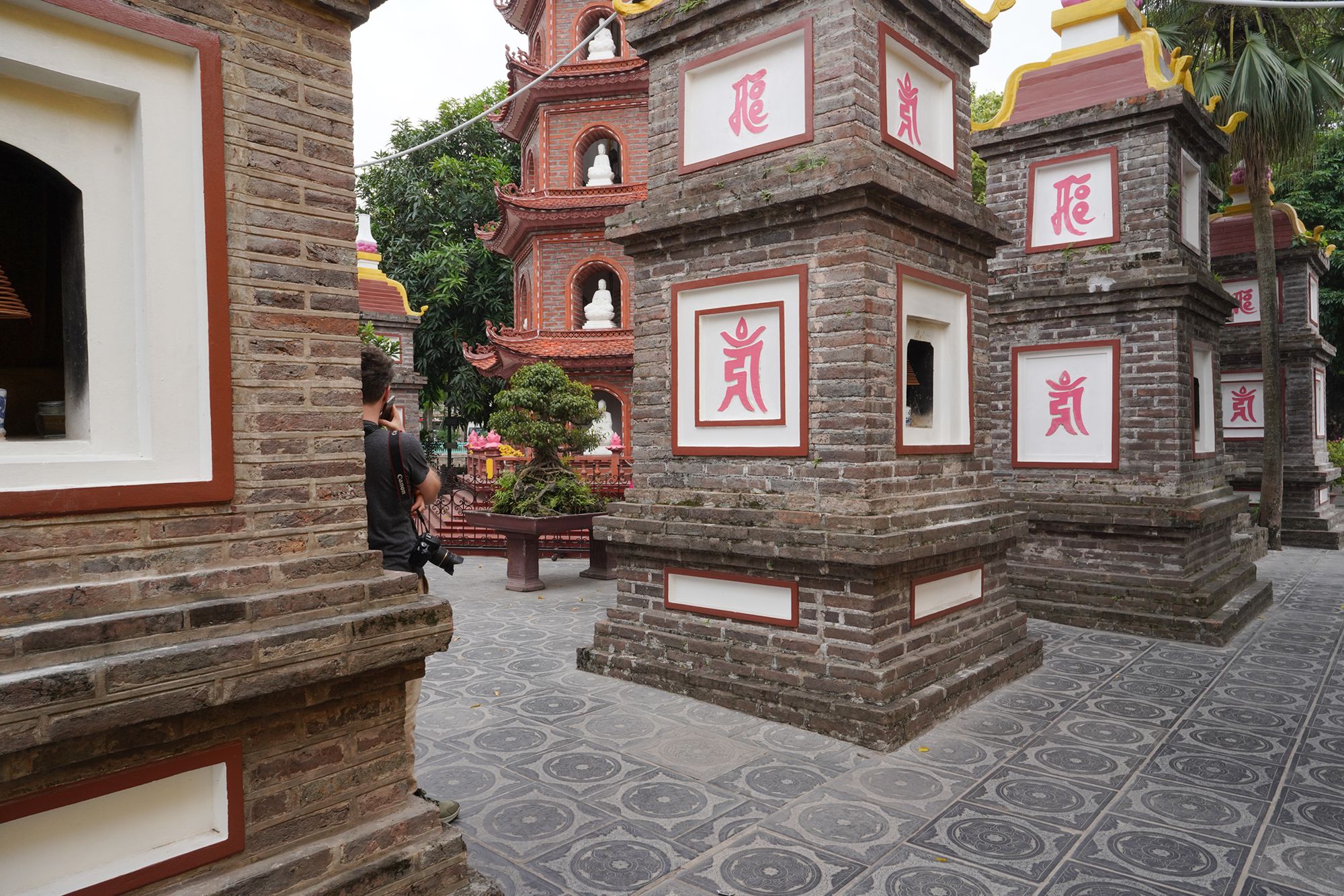
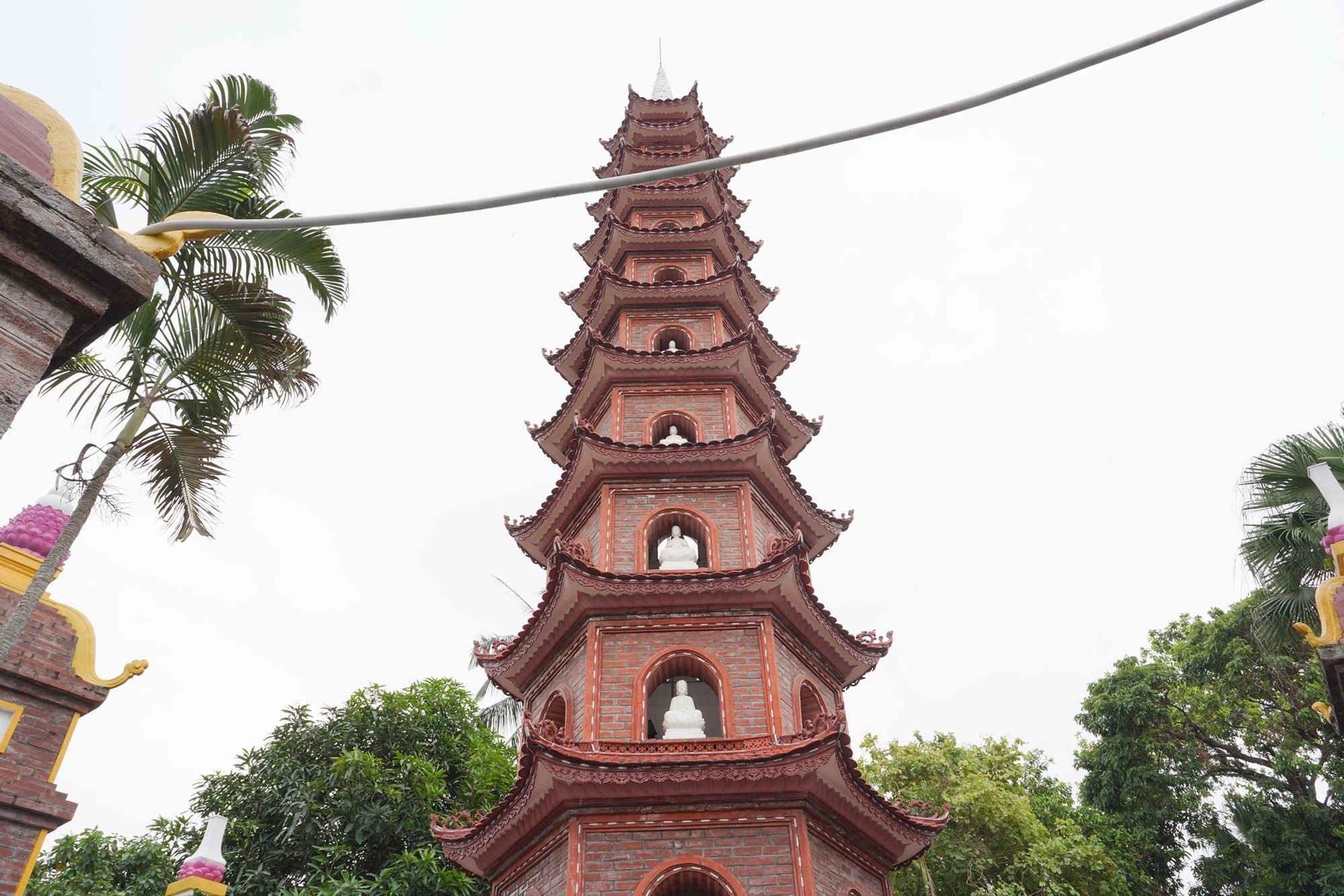
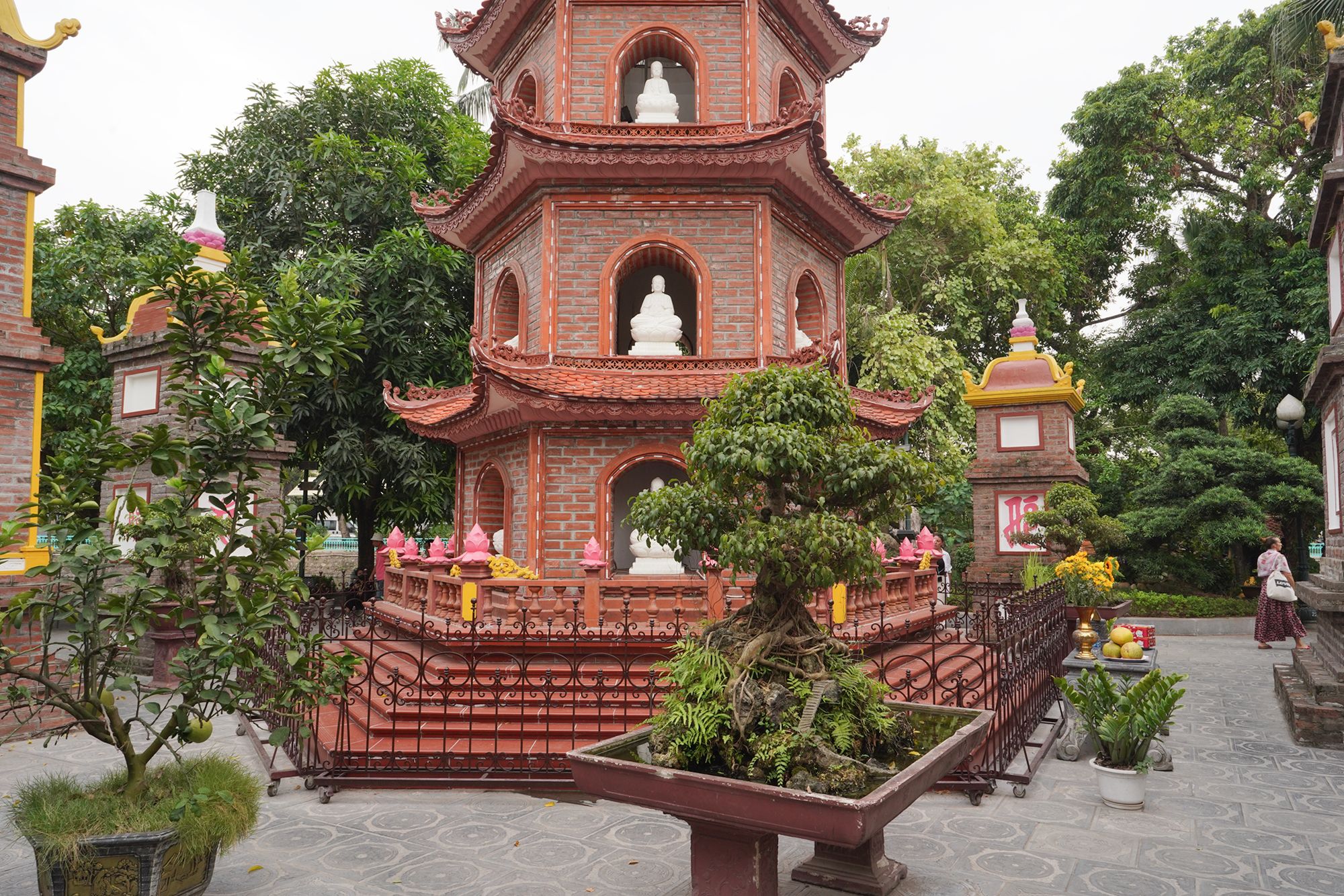
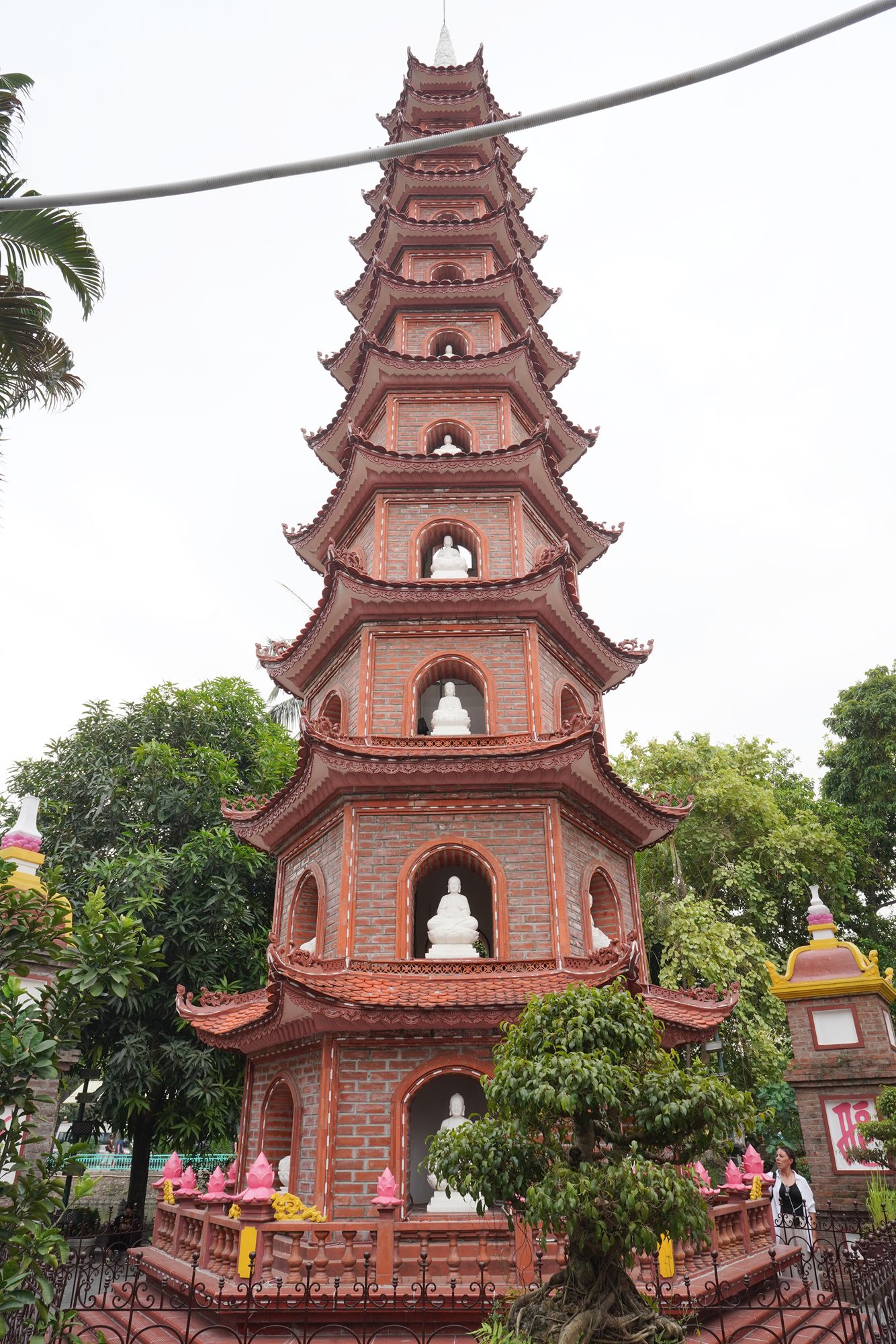
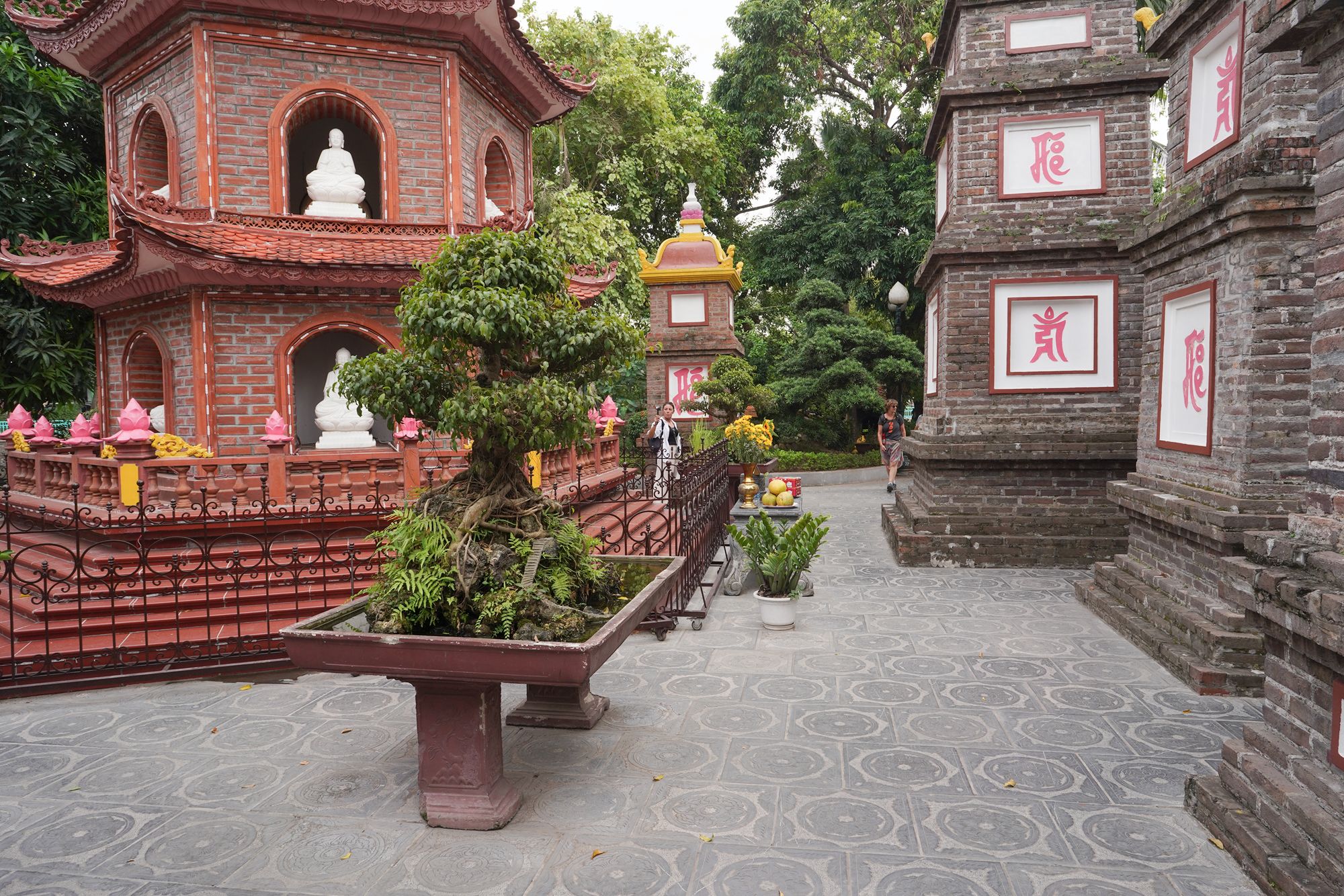
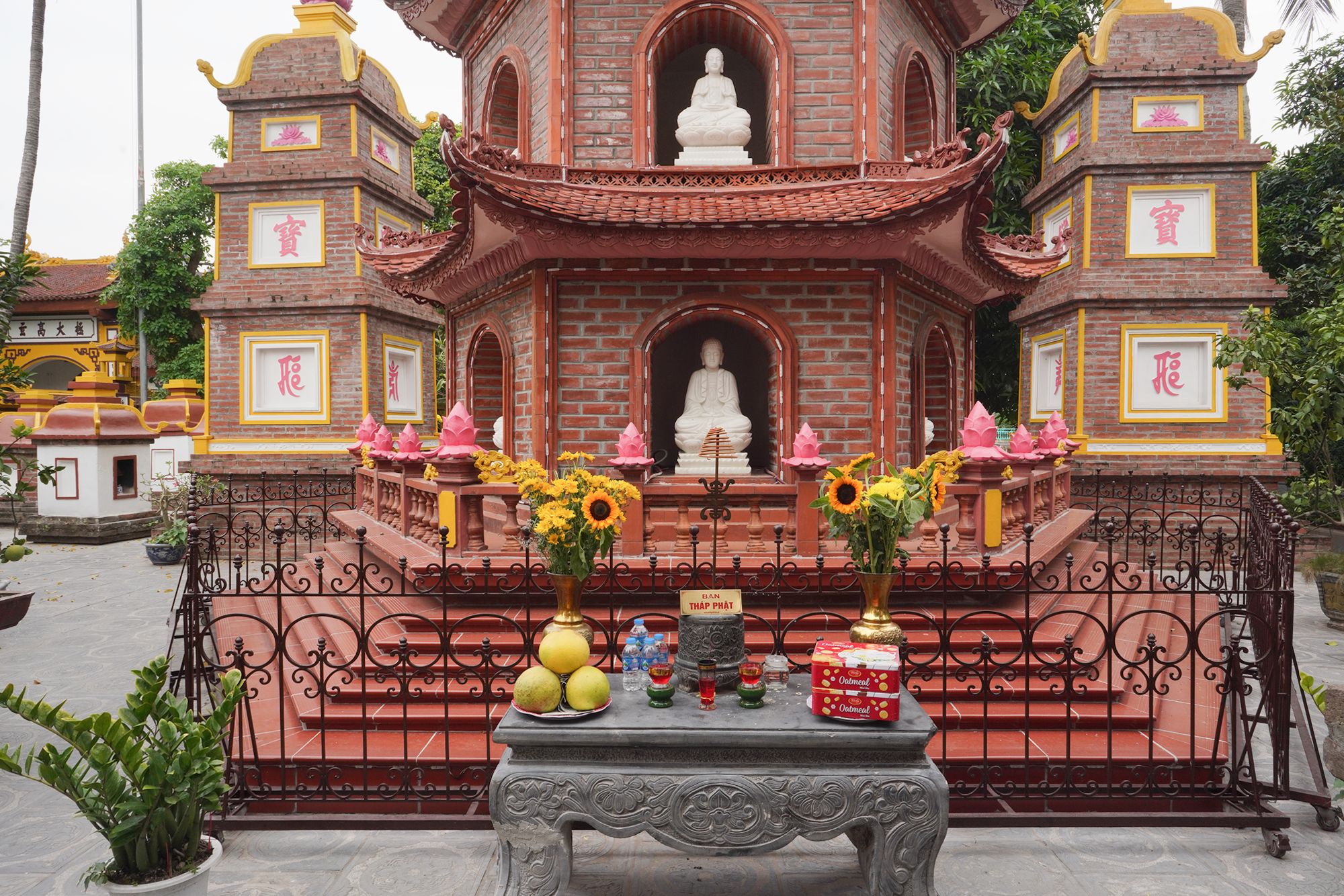
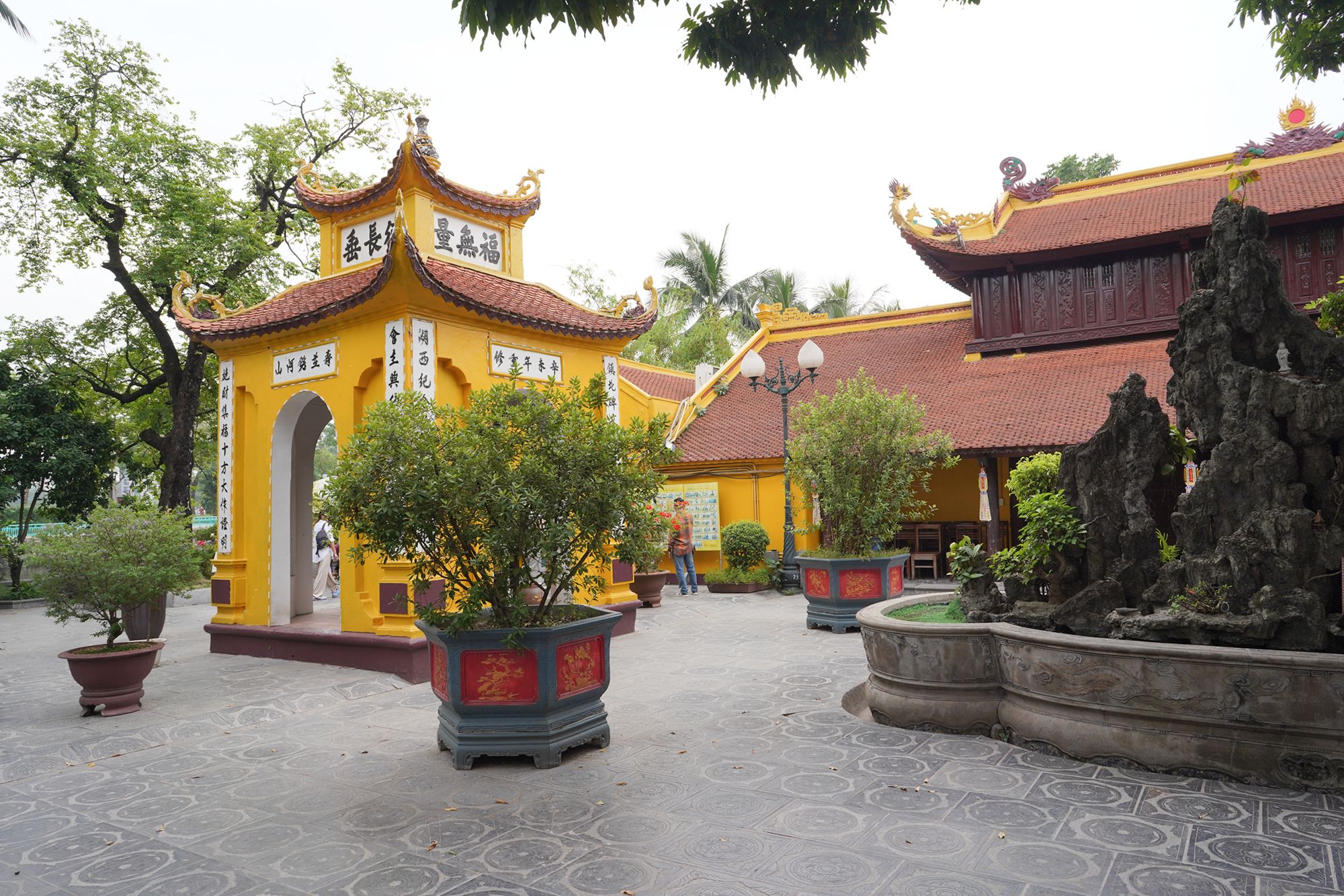
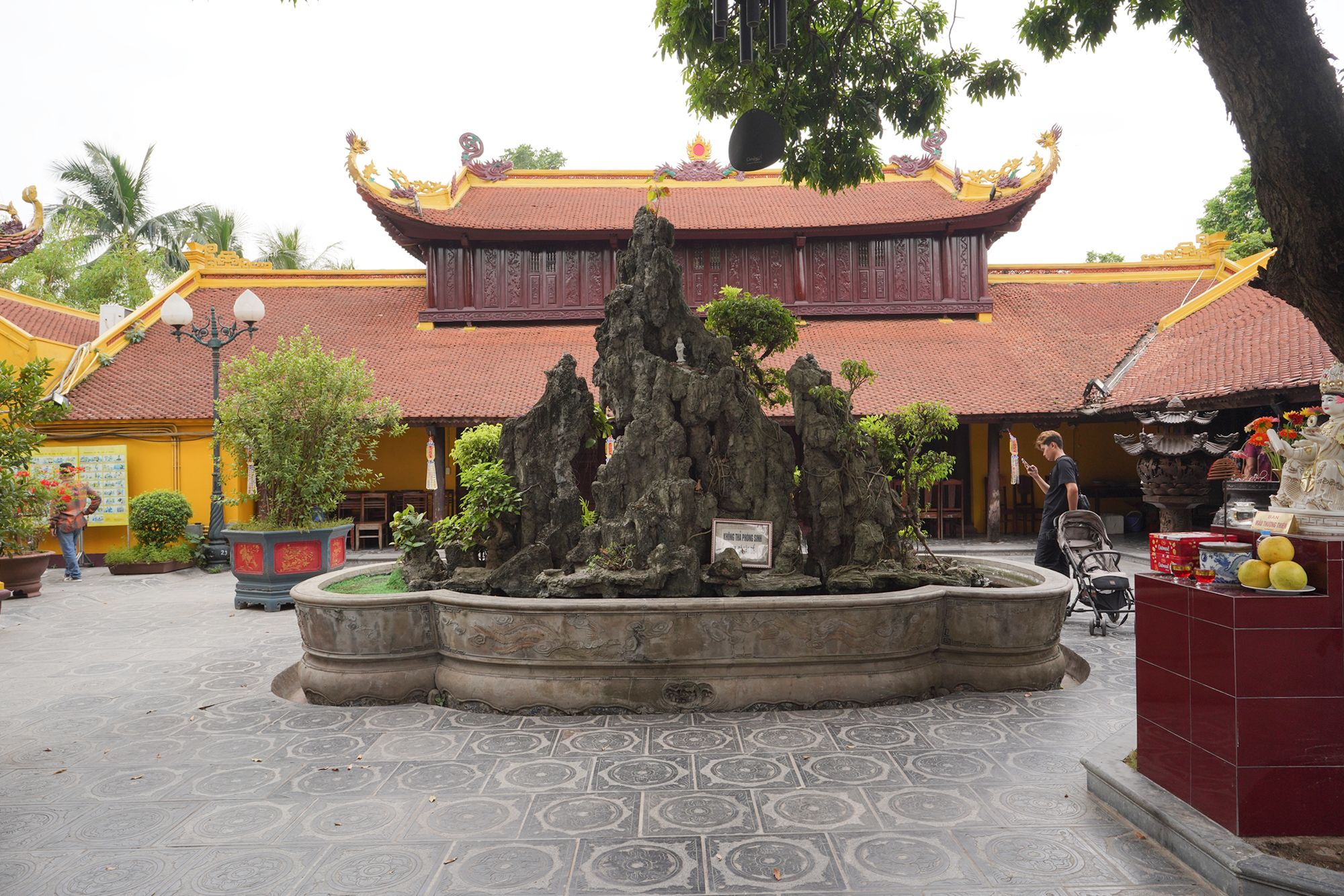
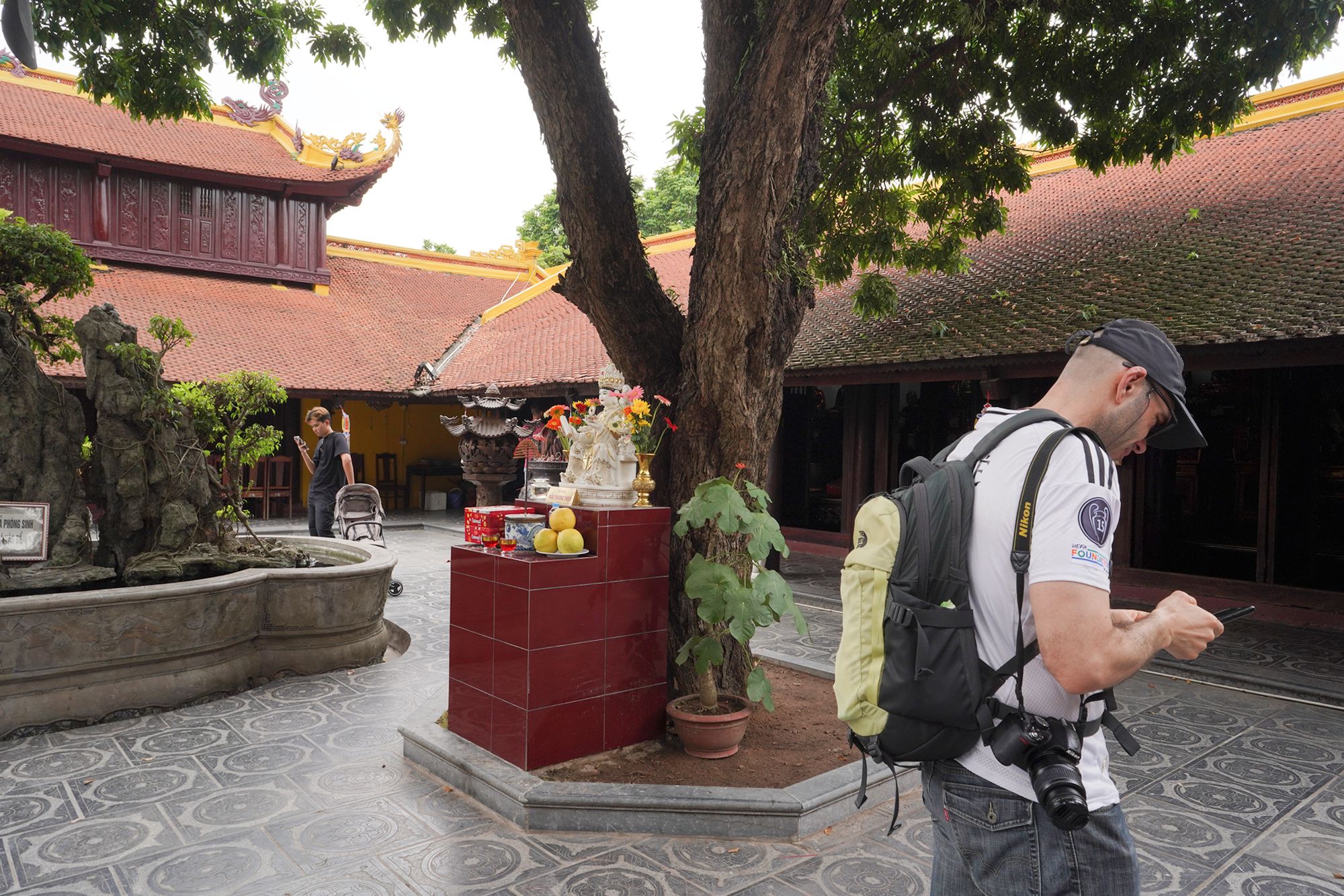
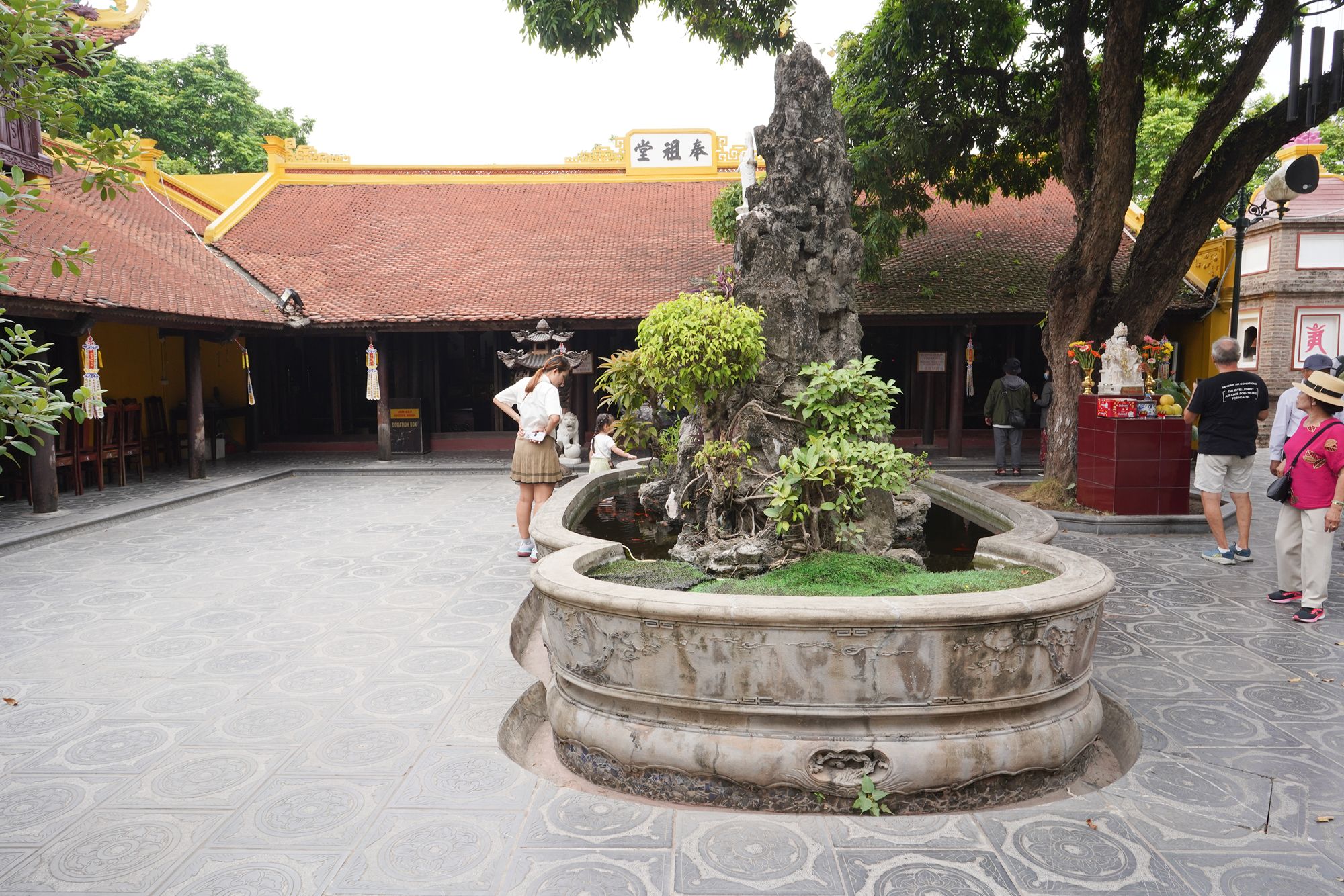
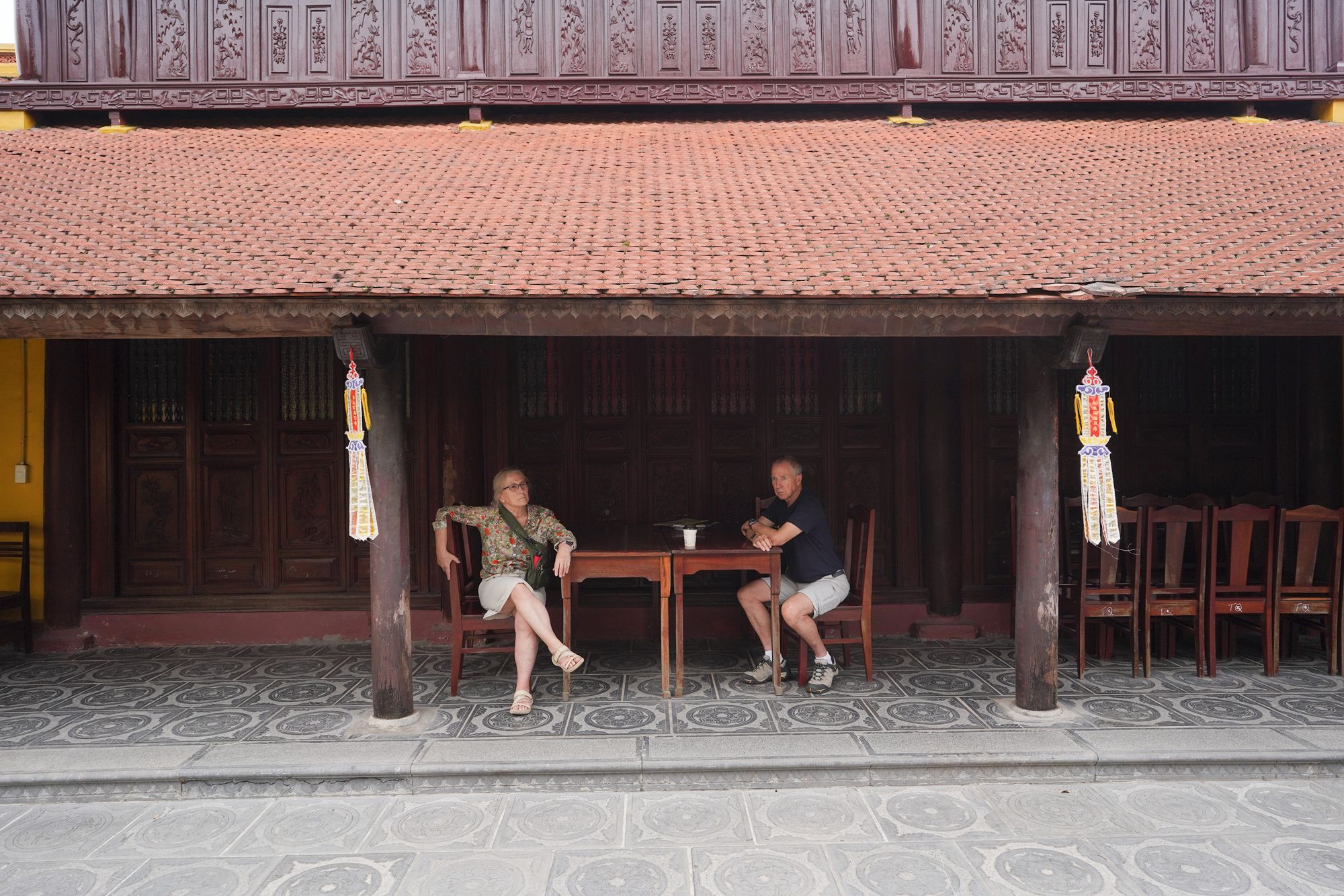
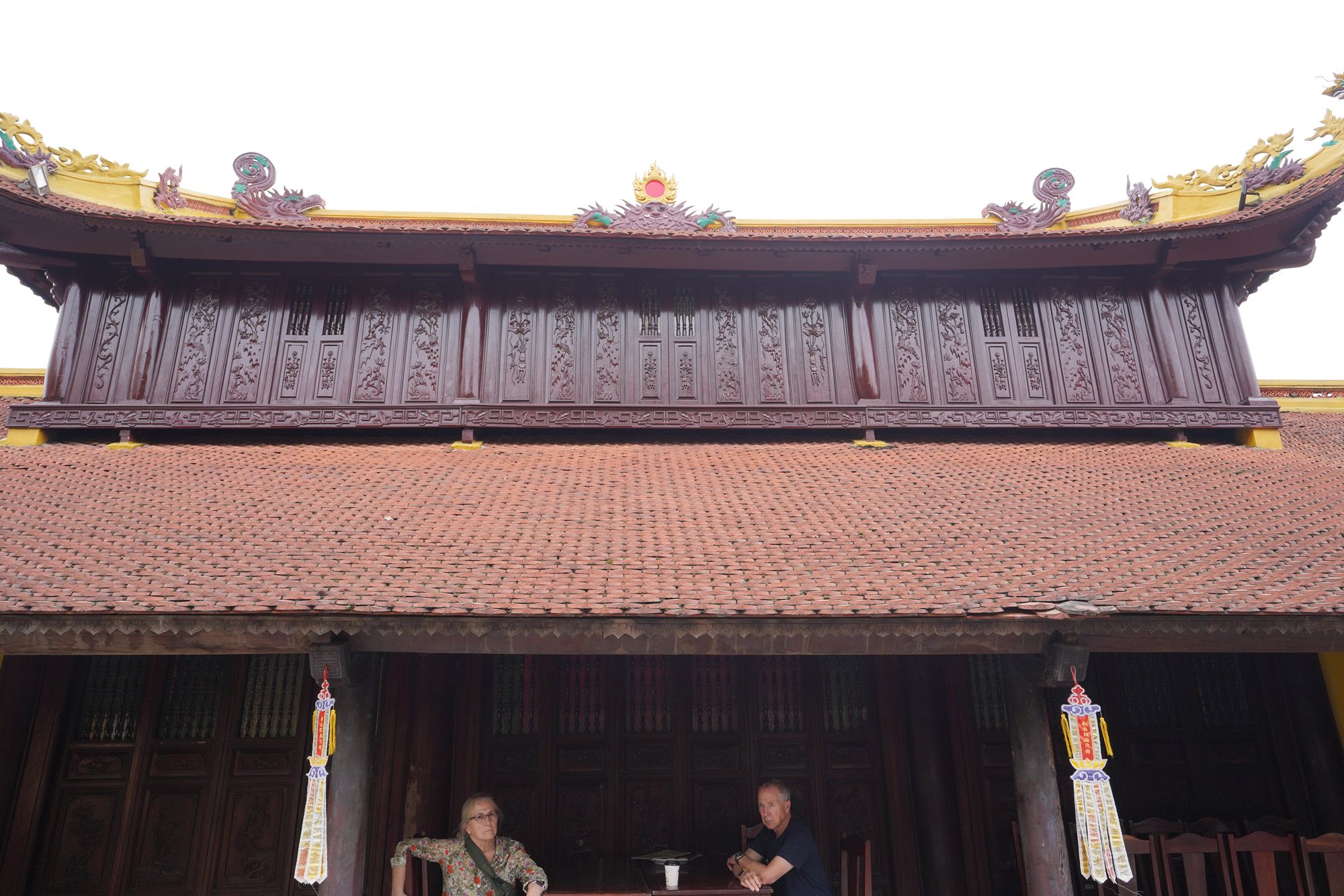
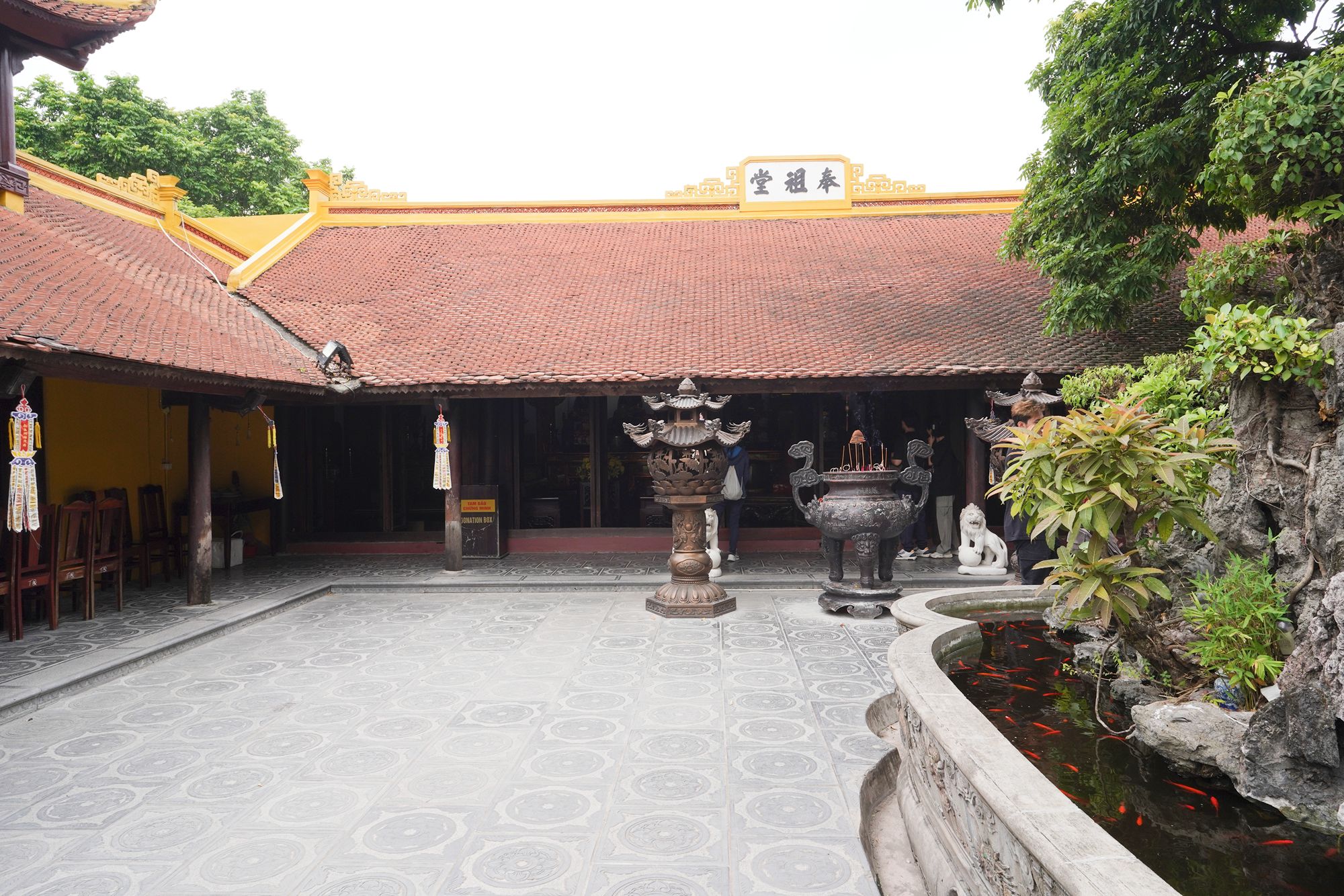
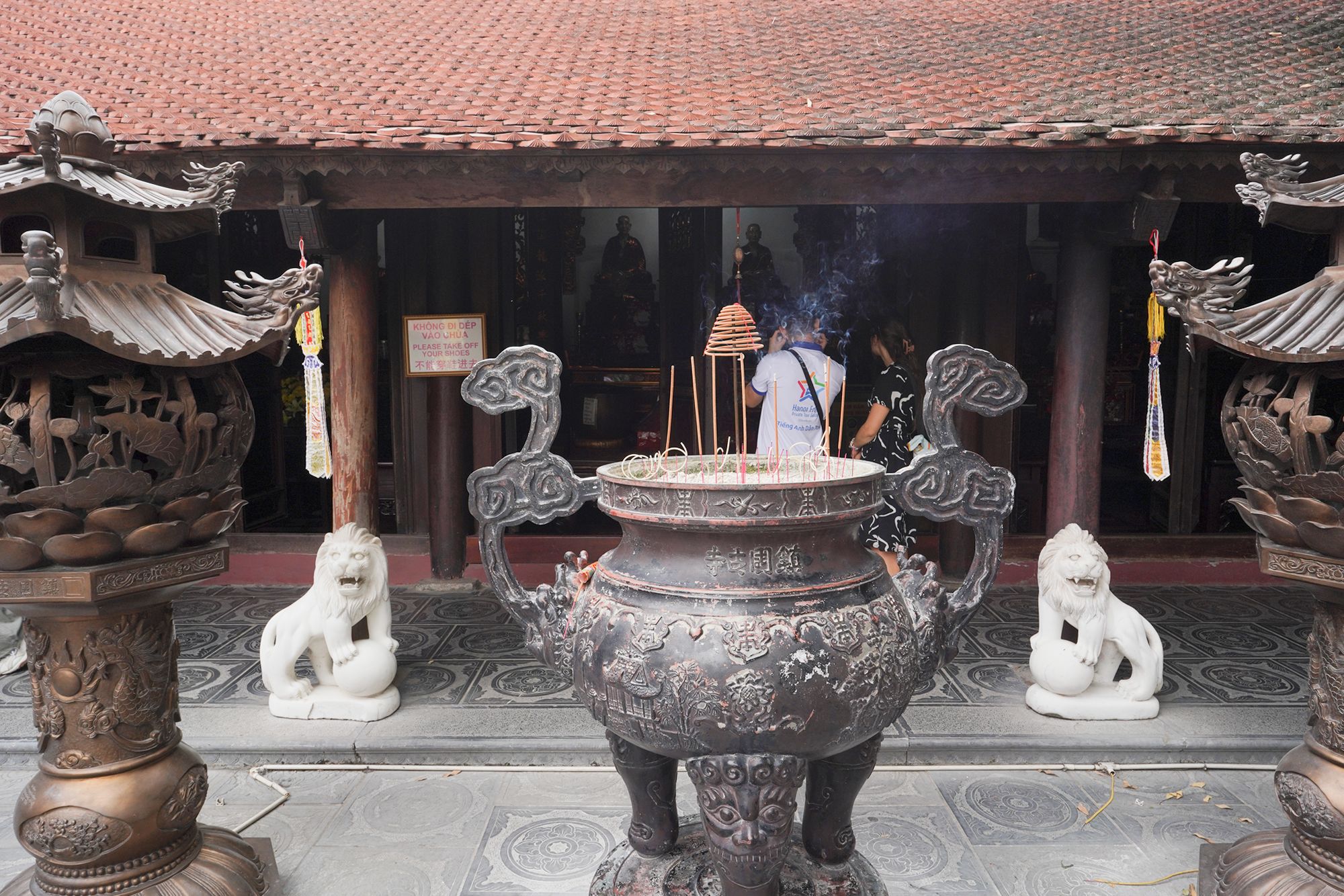
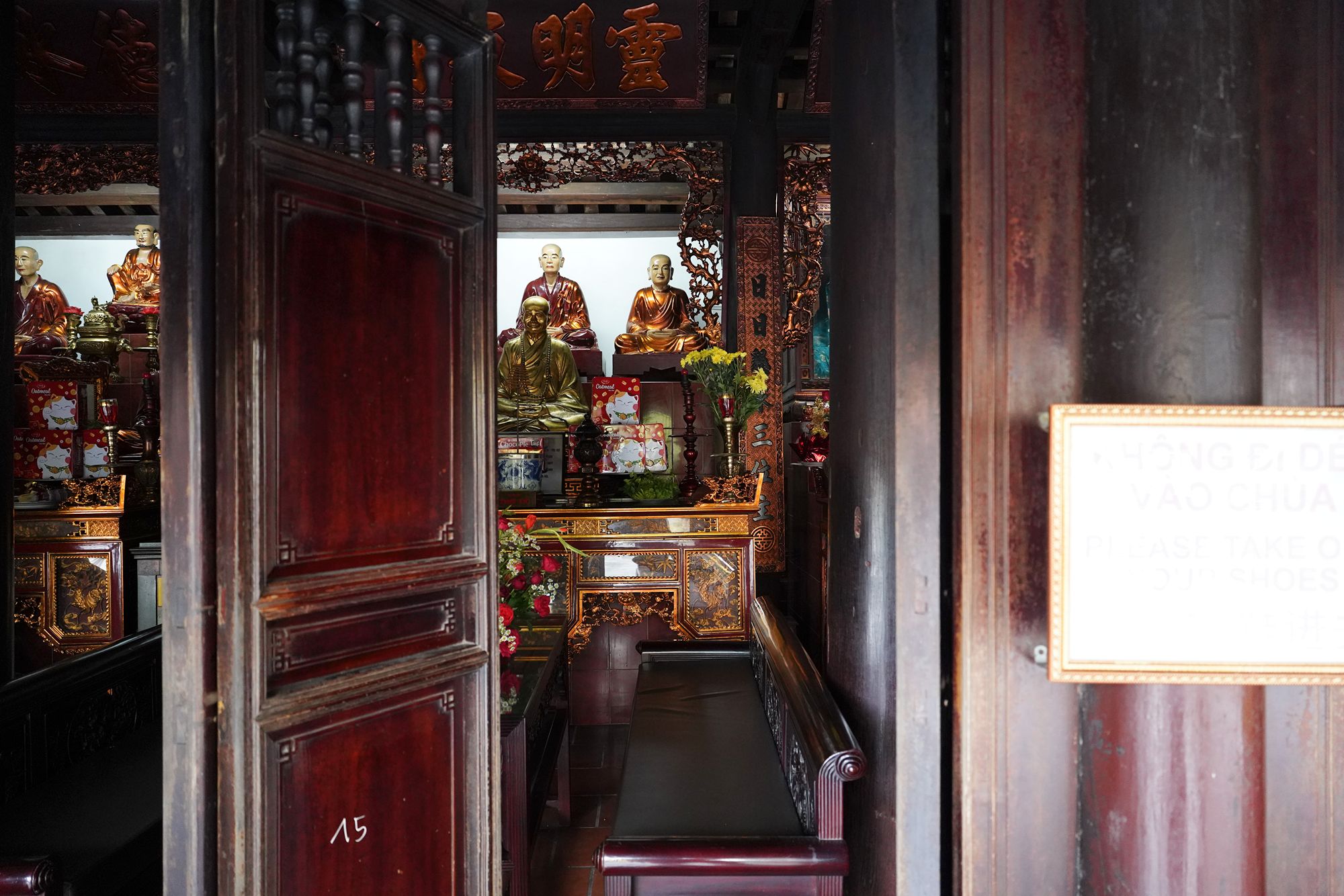
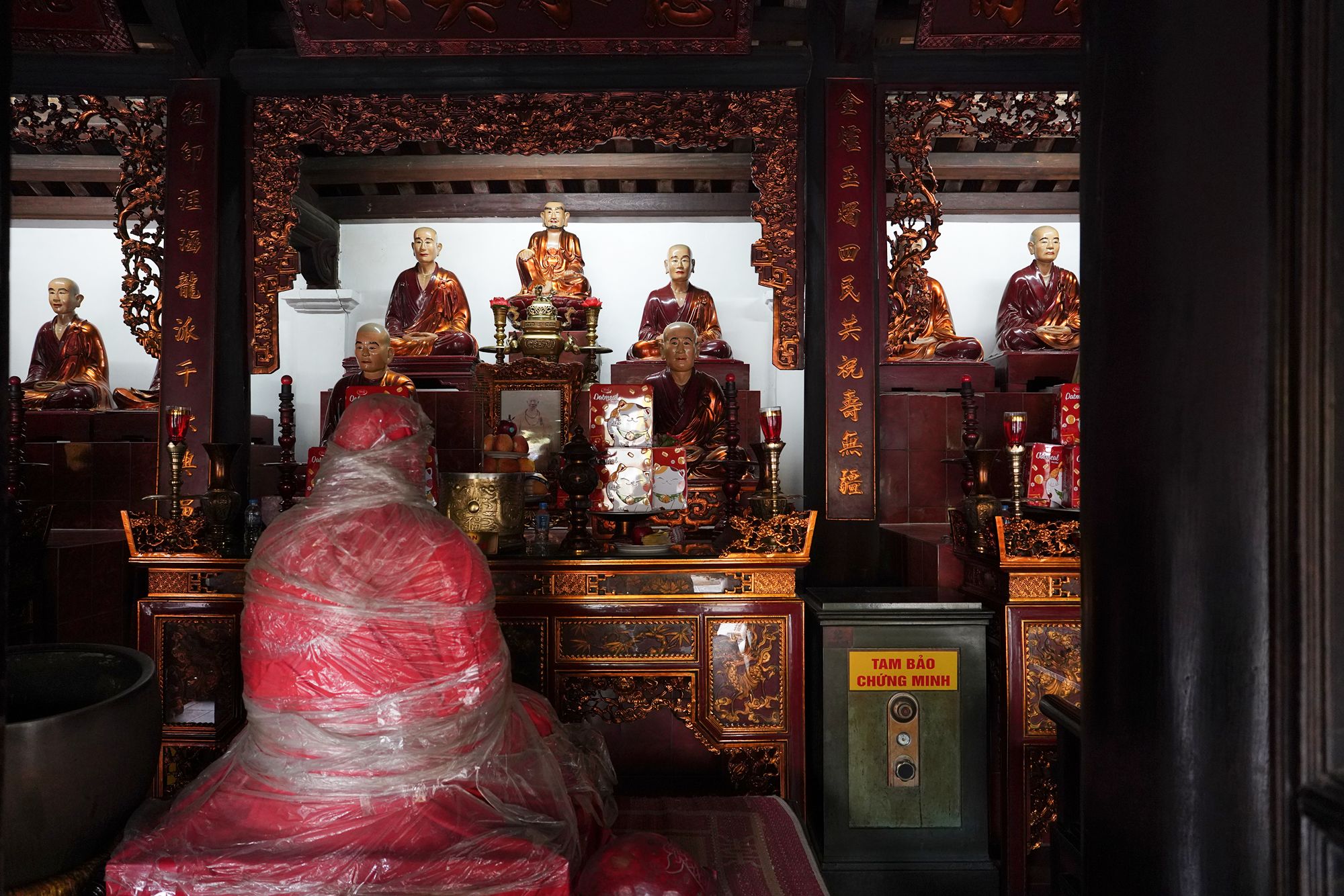
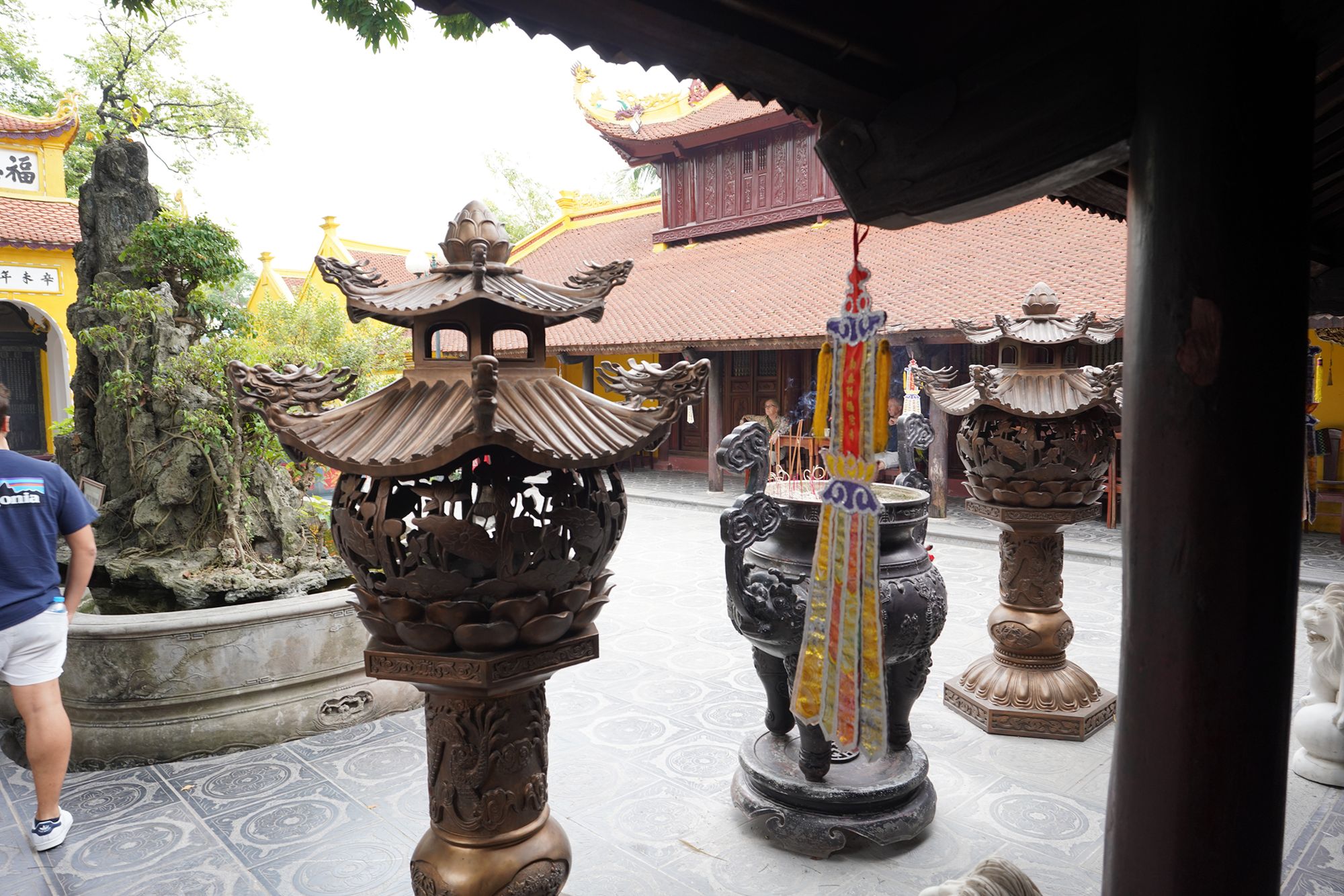
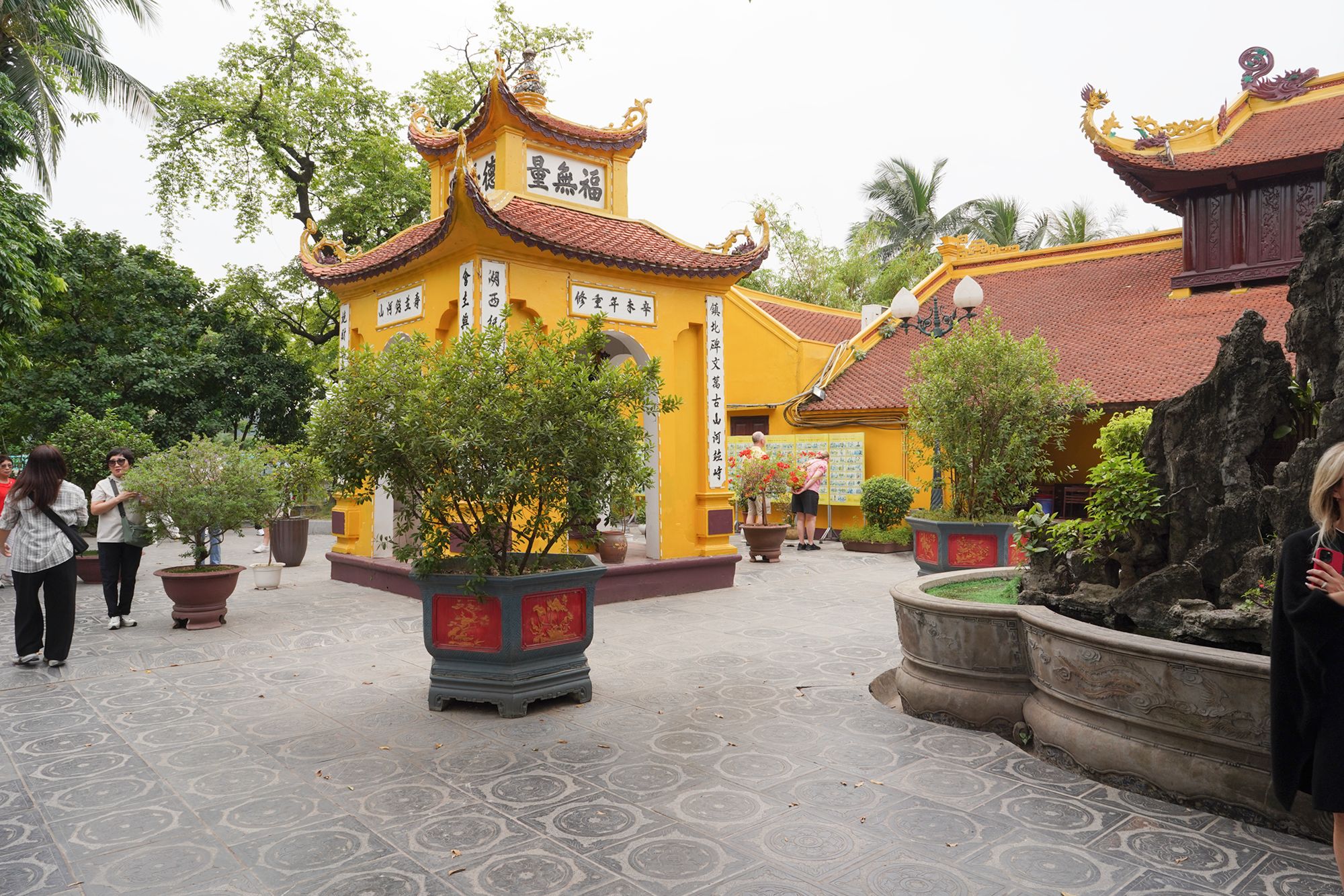
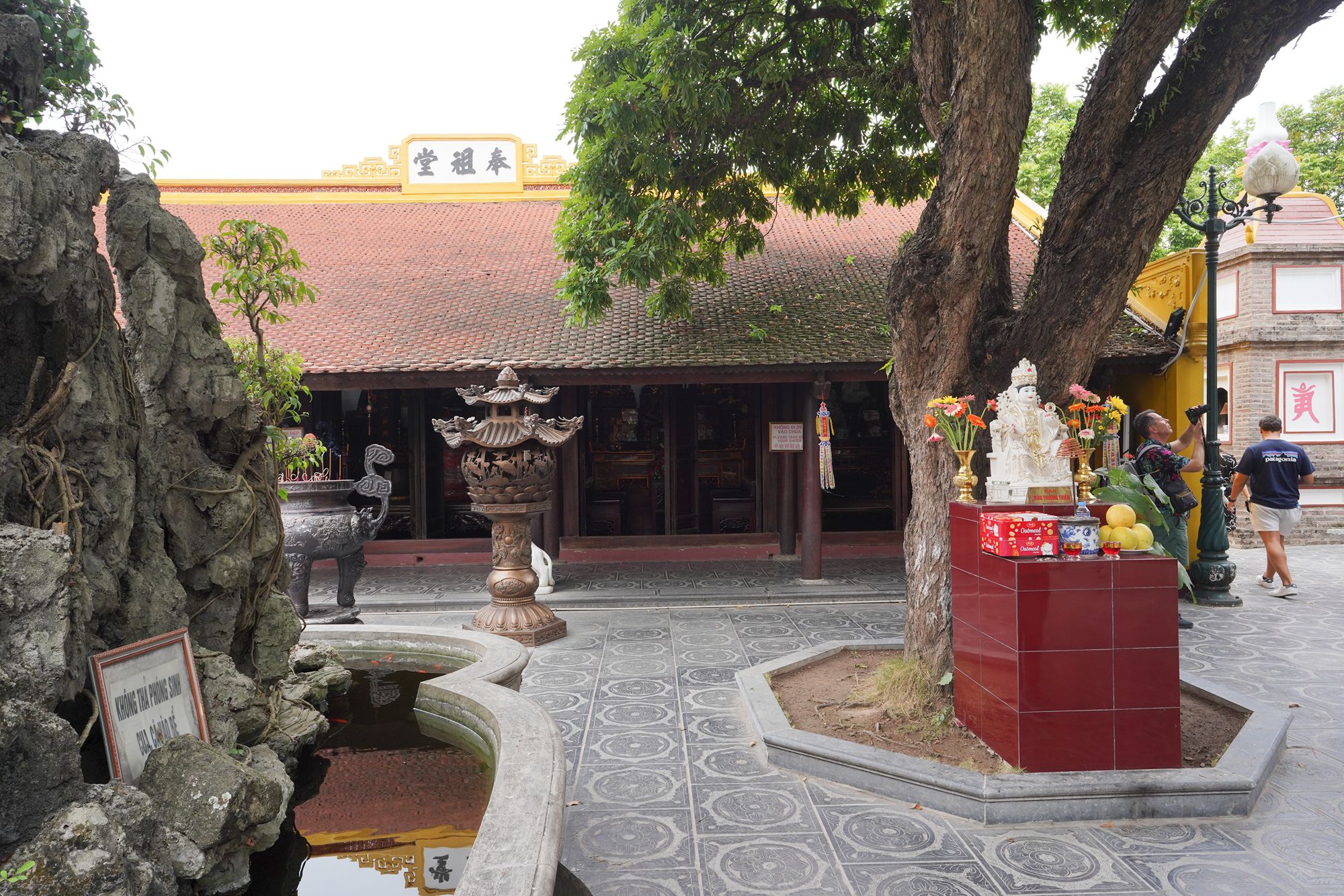
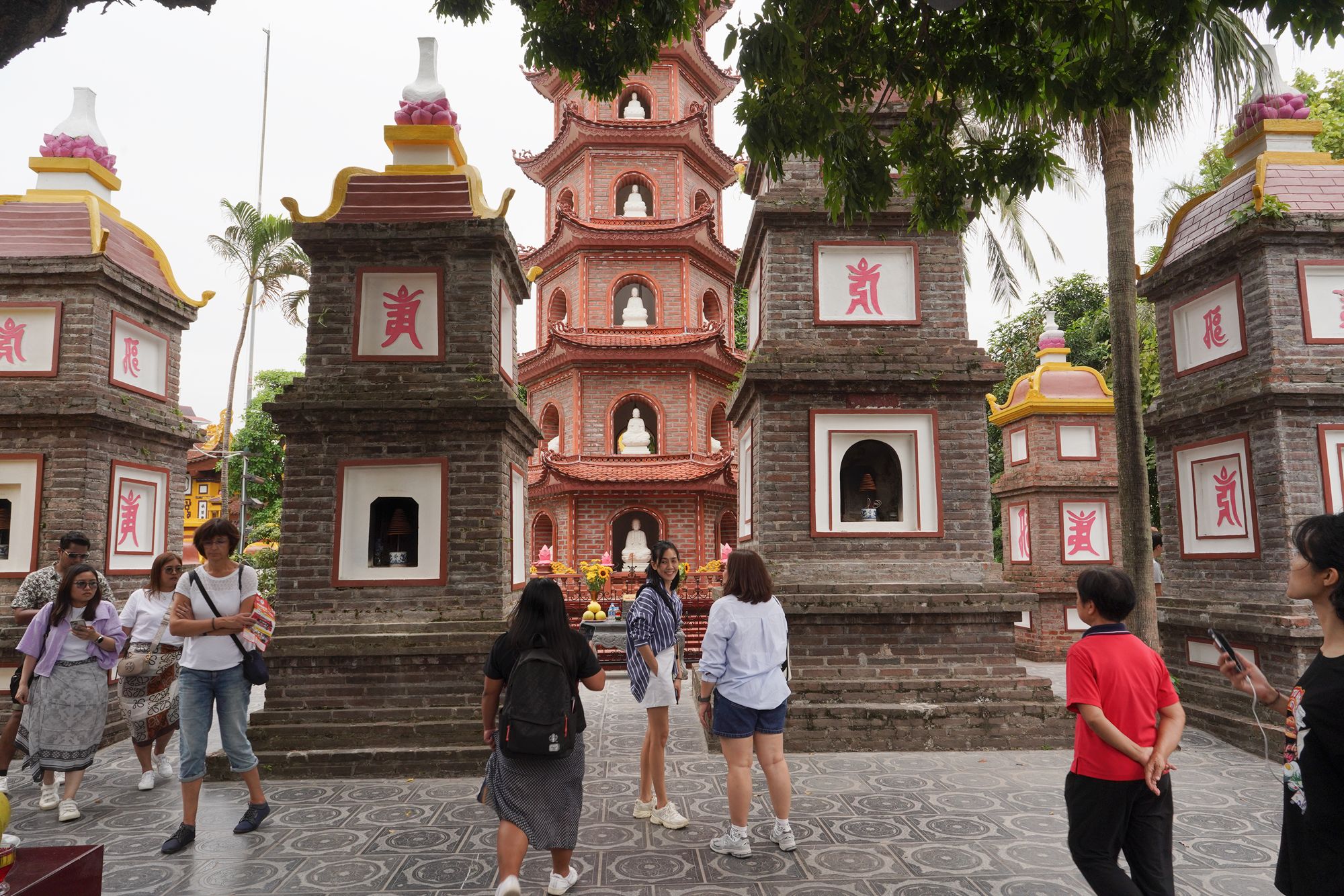
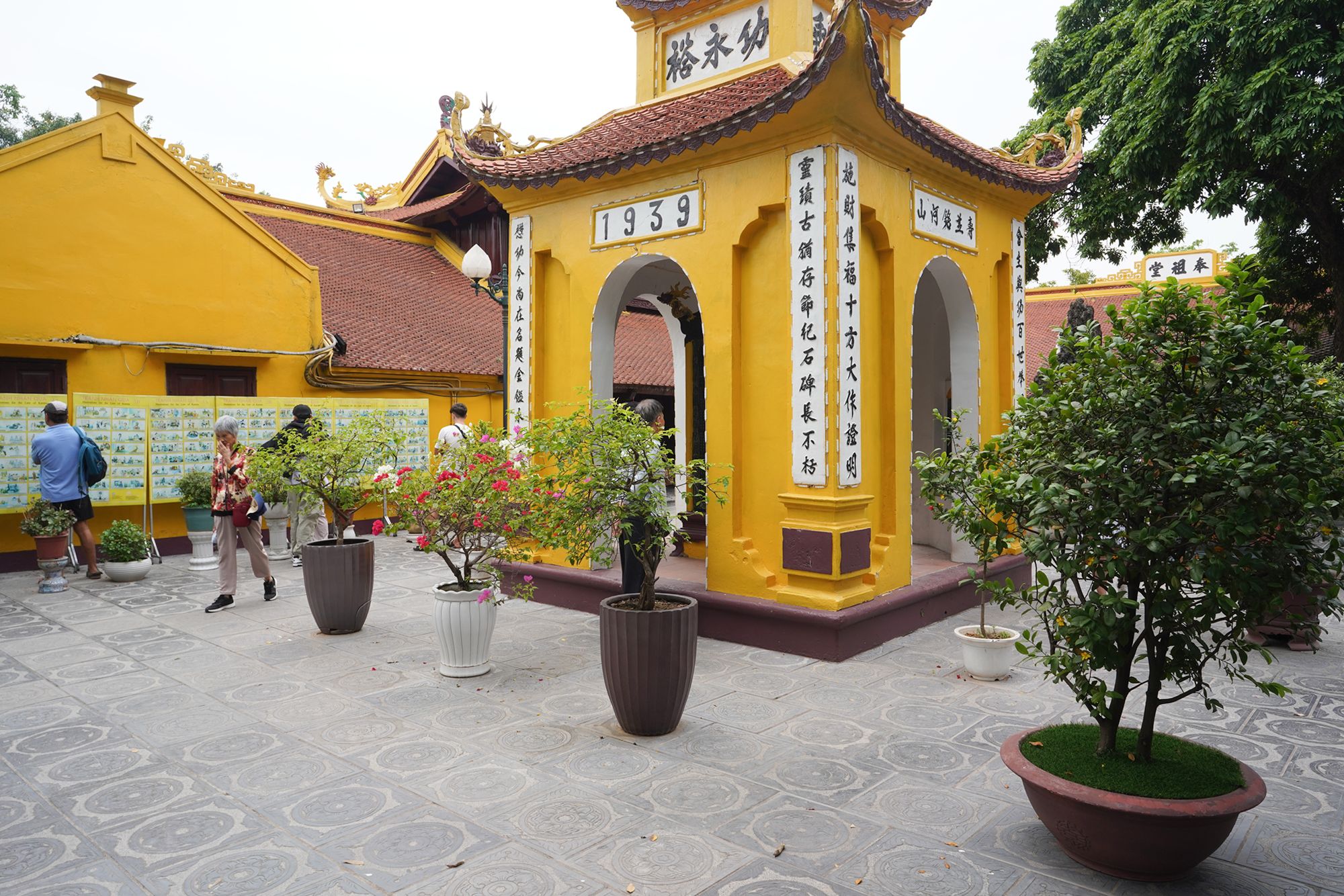
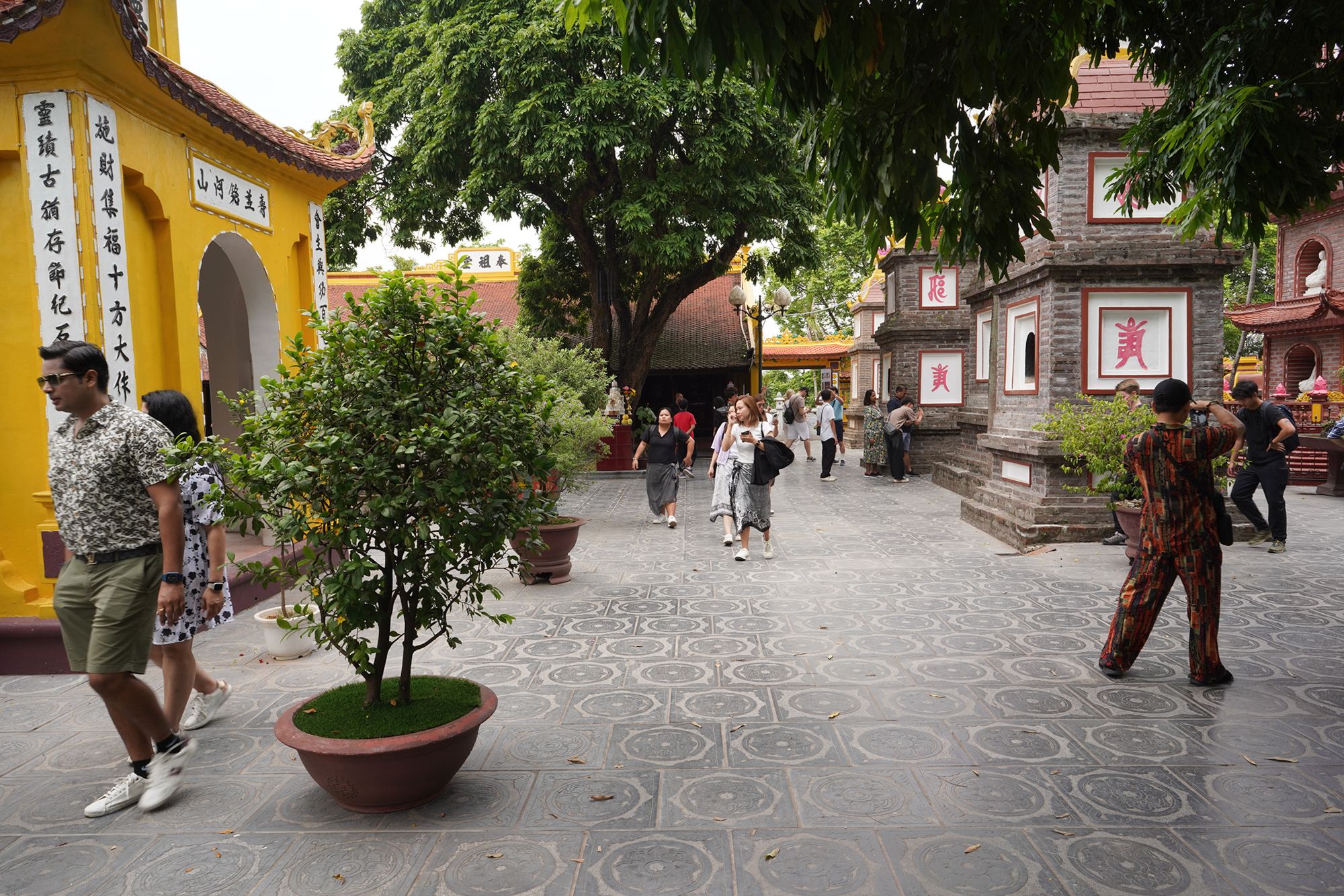
Walked to the back of the temple
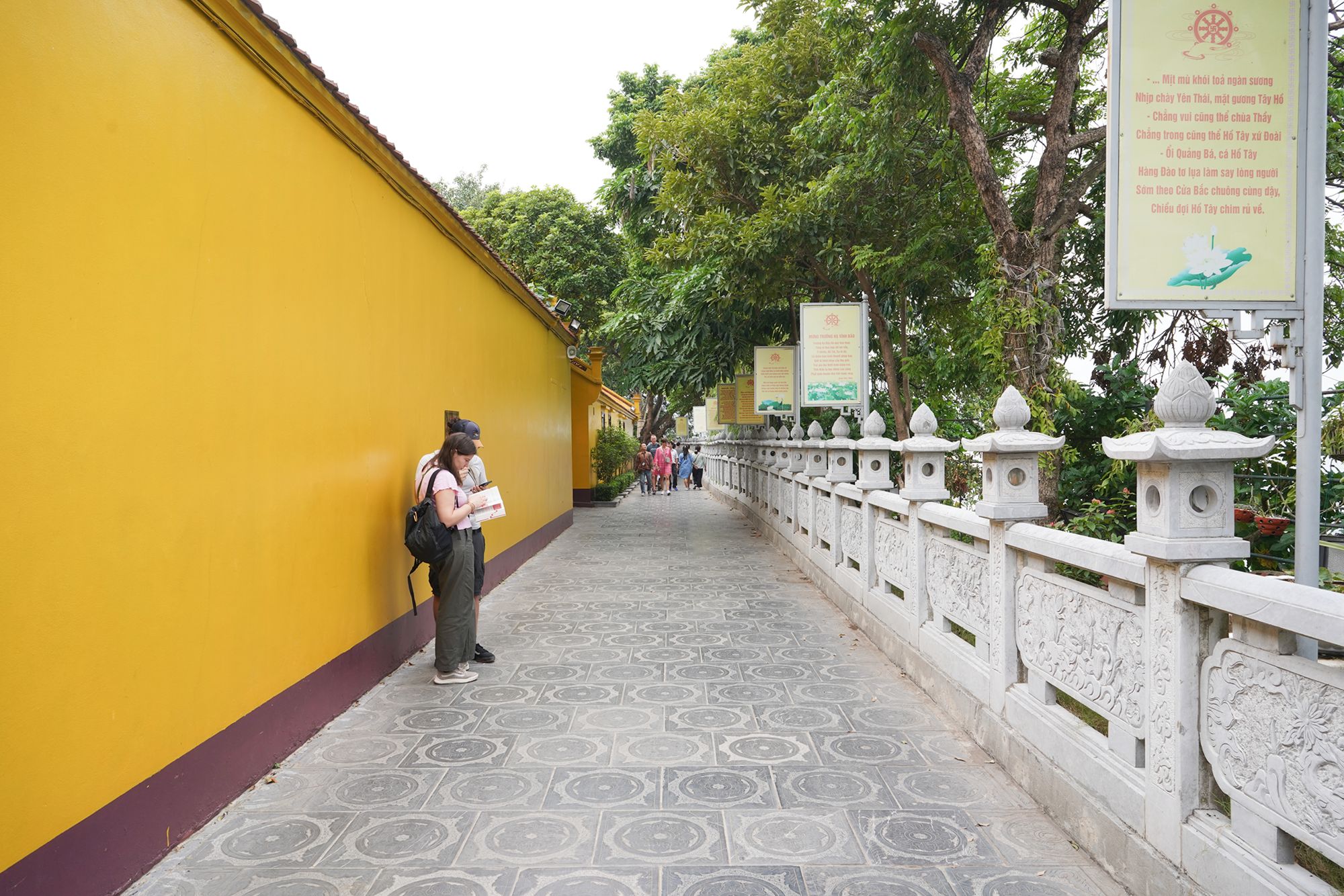
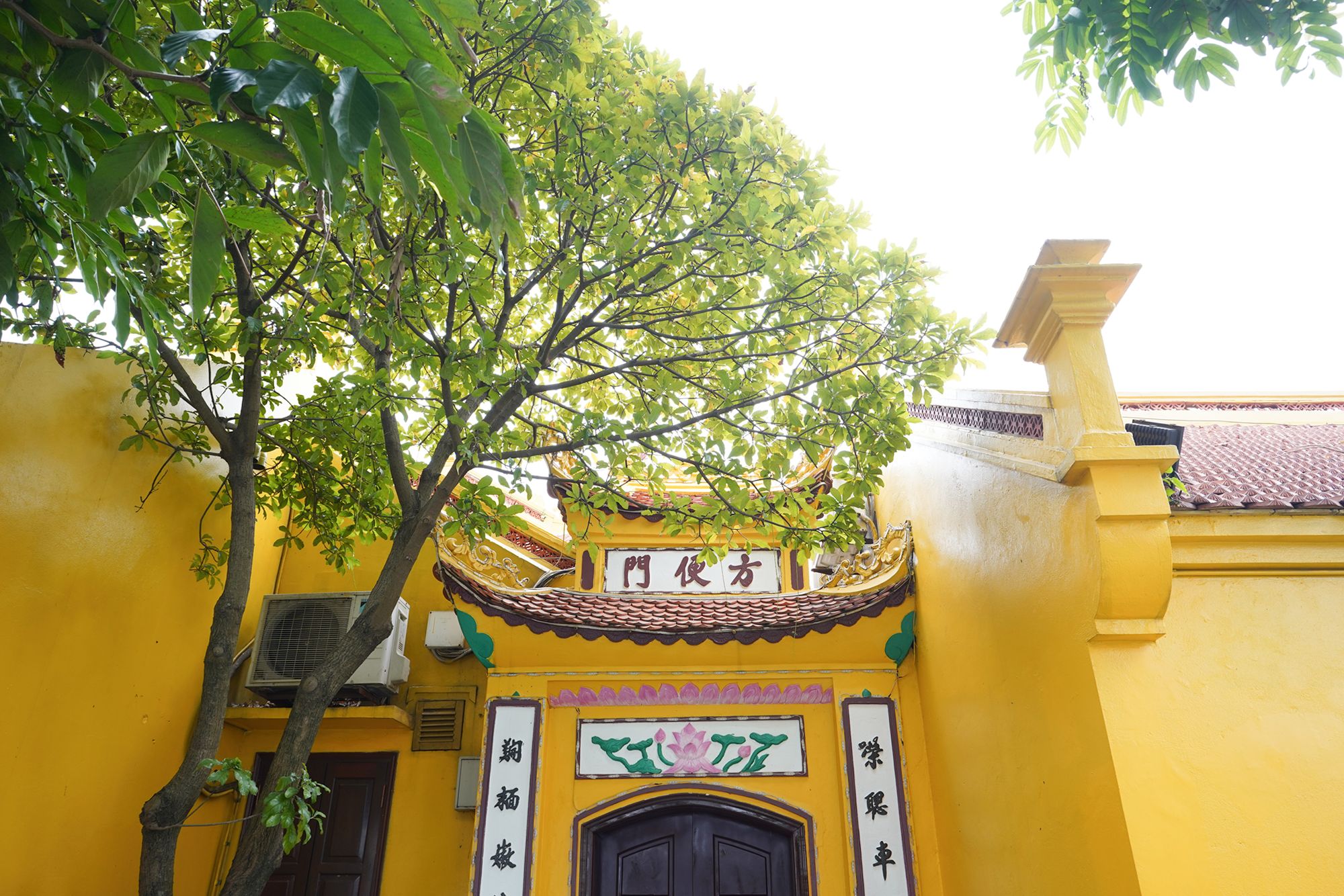
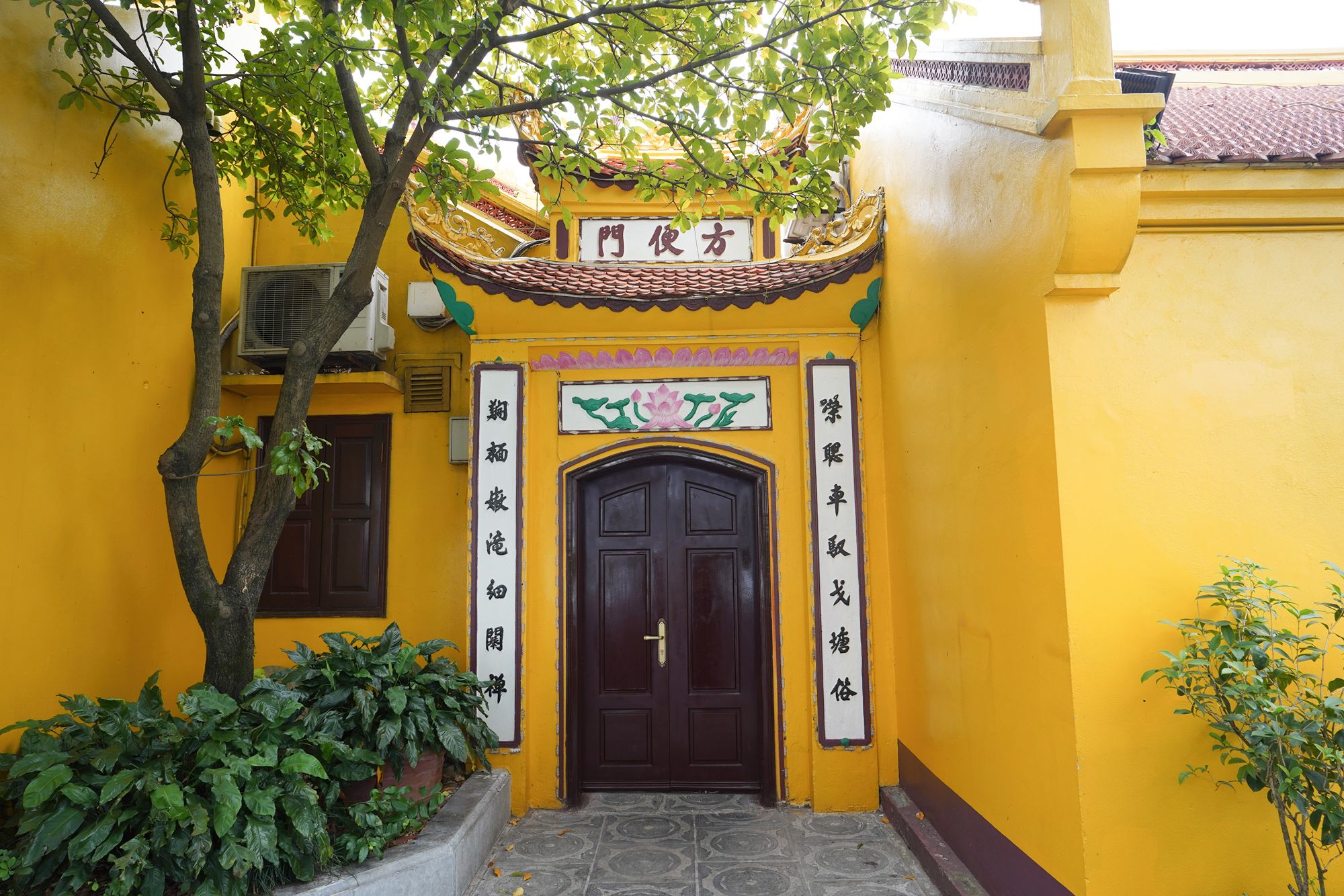
At the rear of the temple buildings
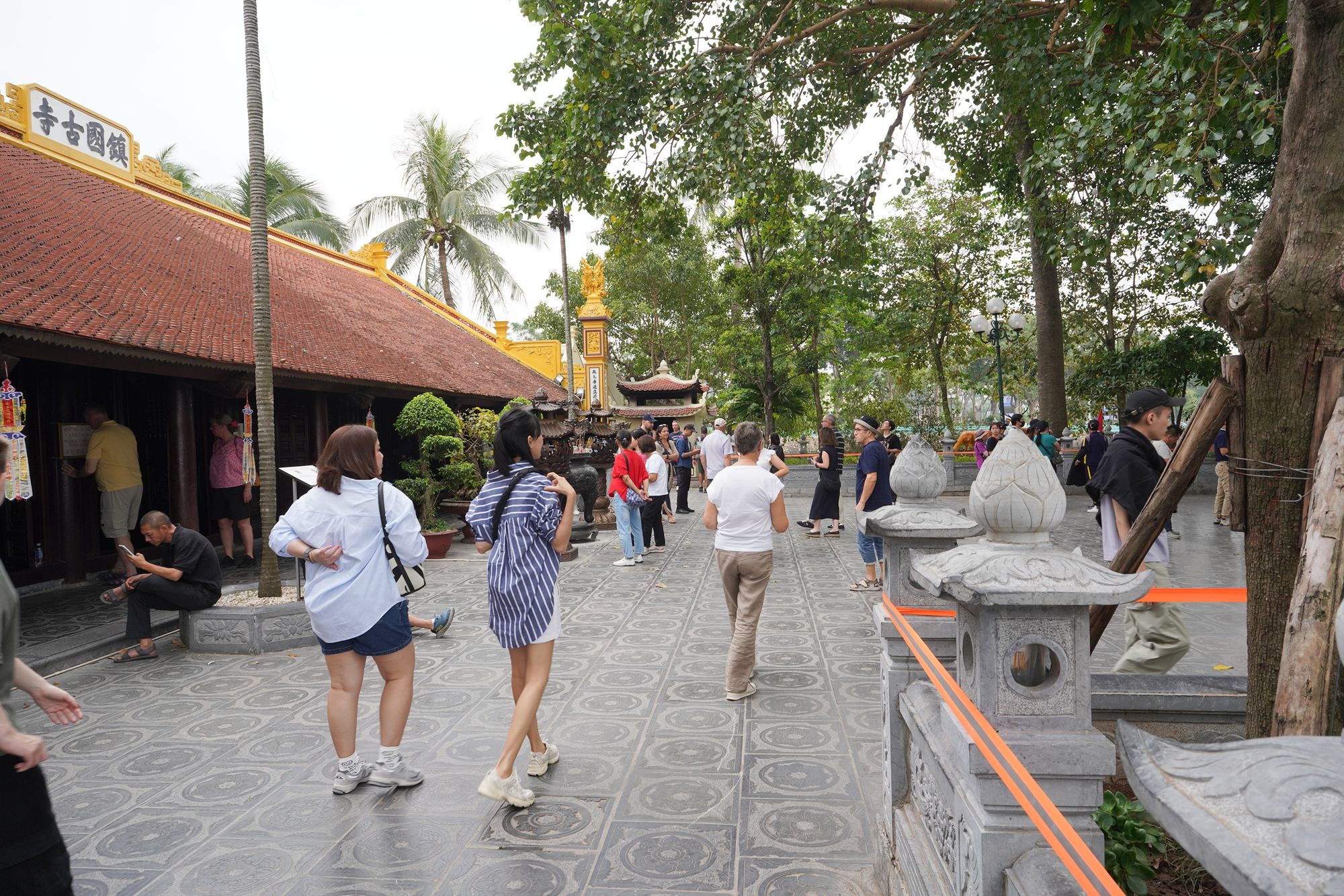
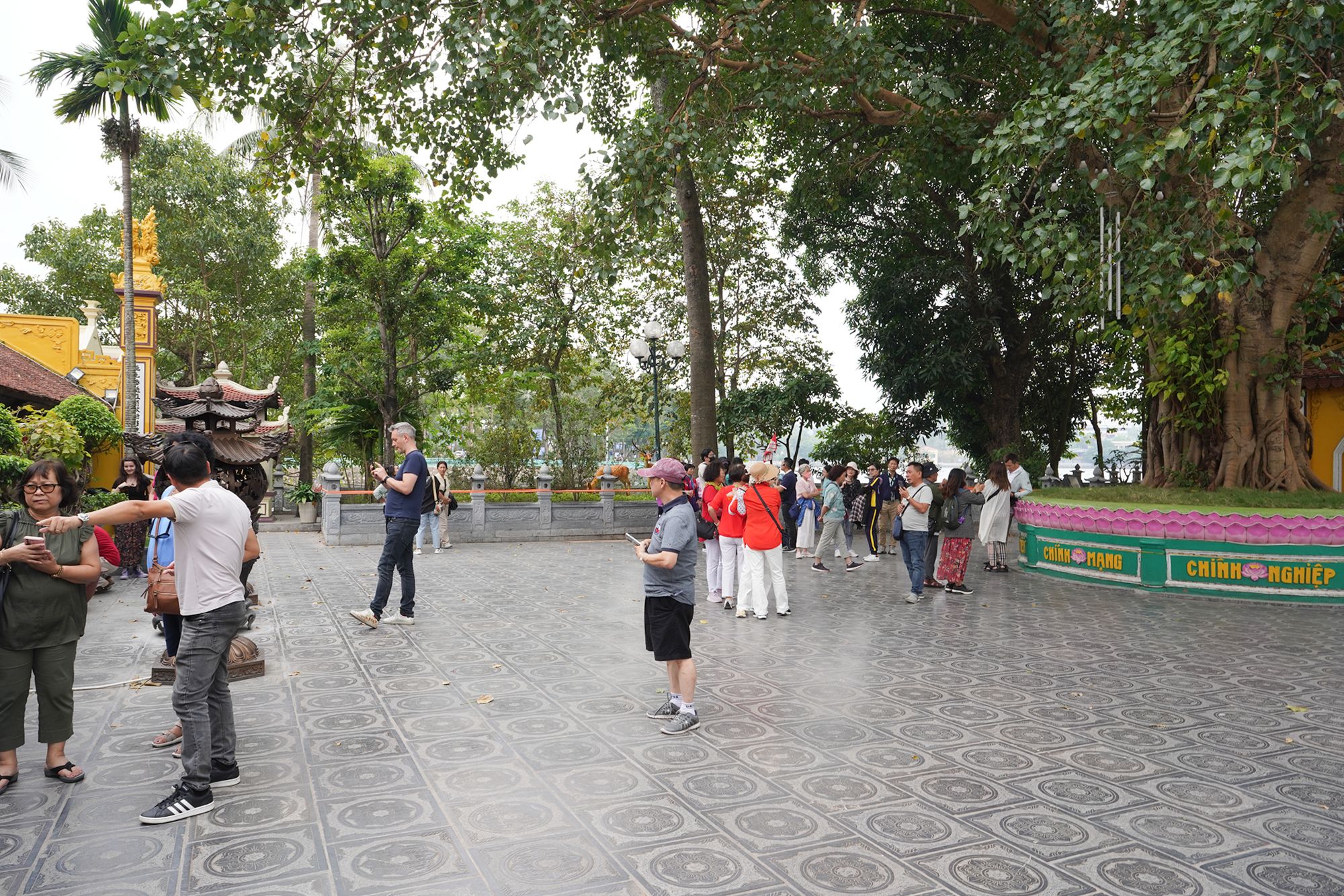
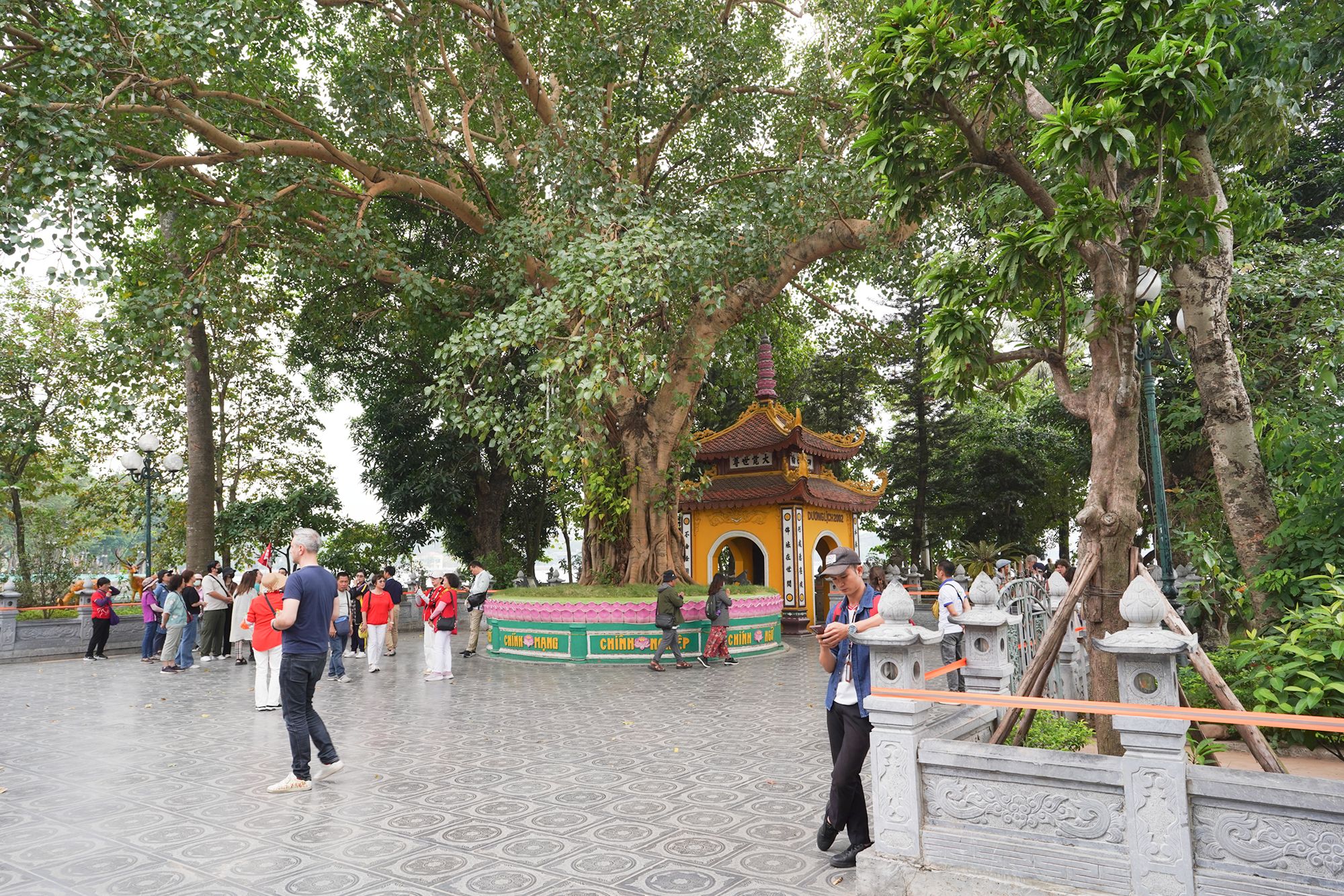
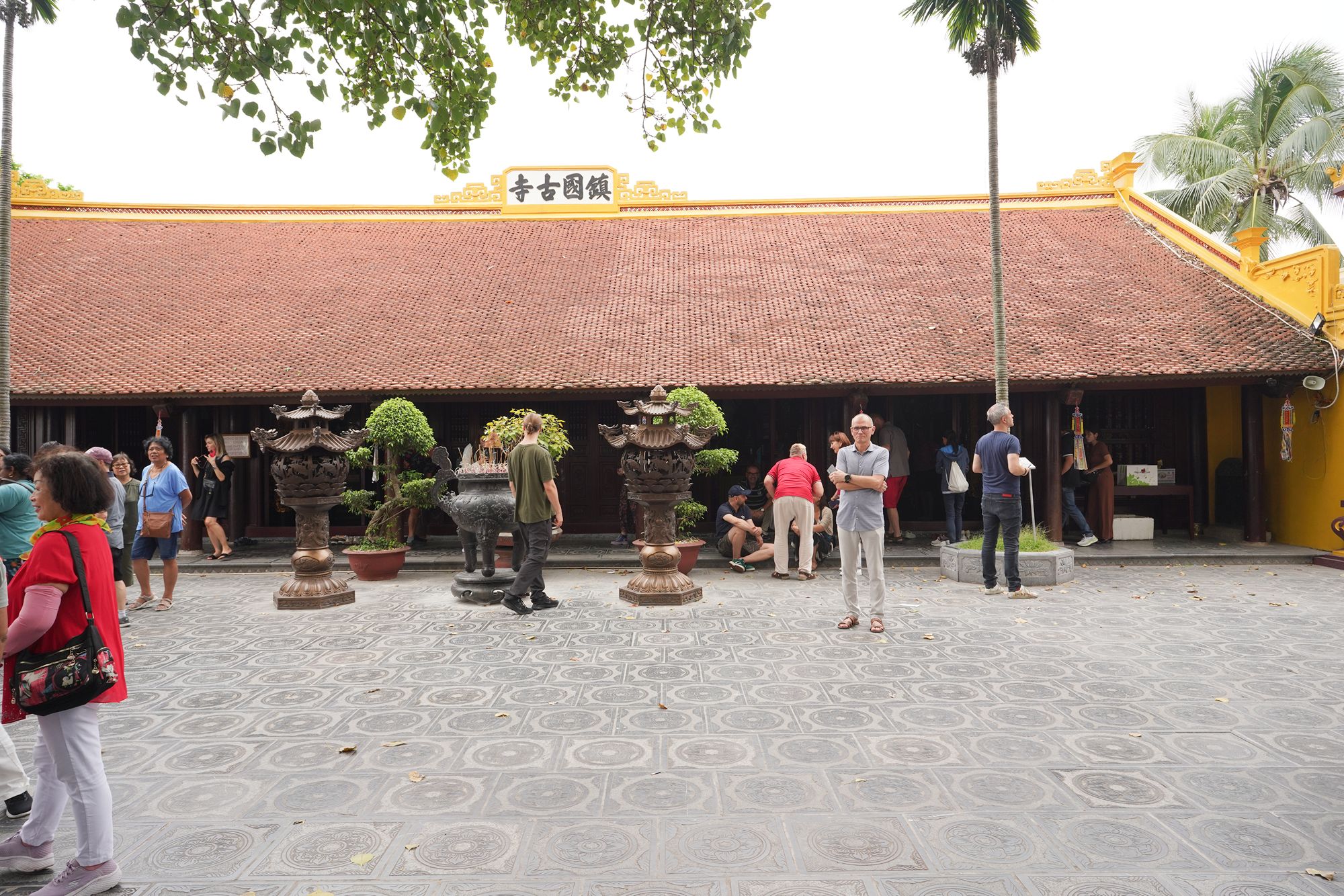
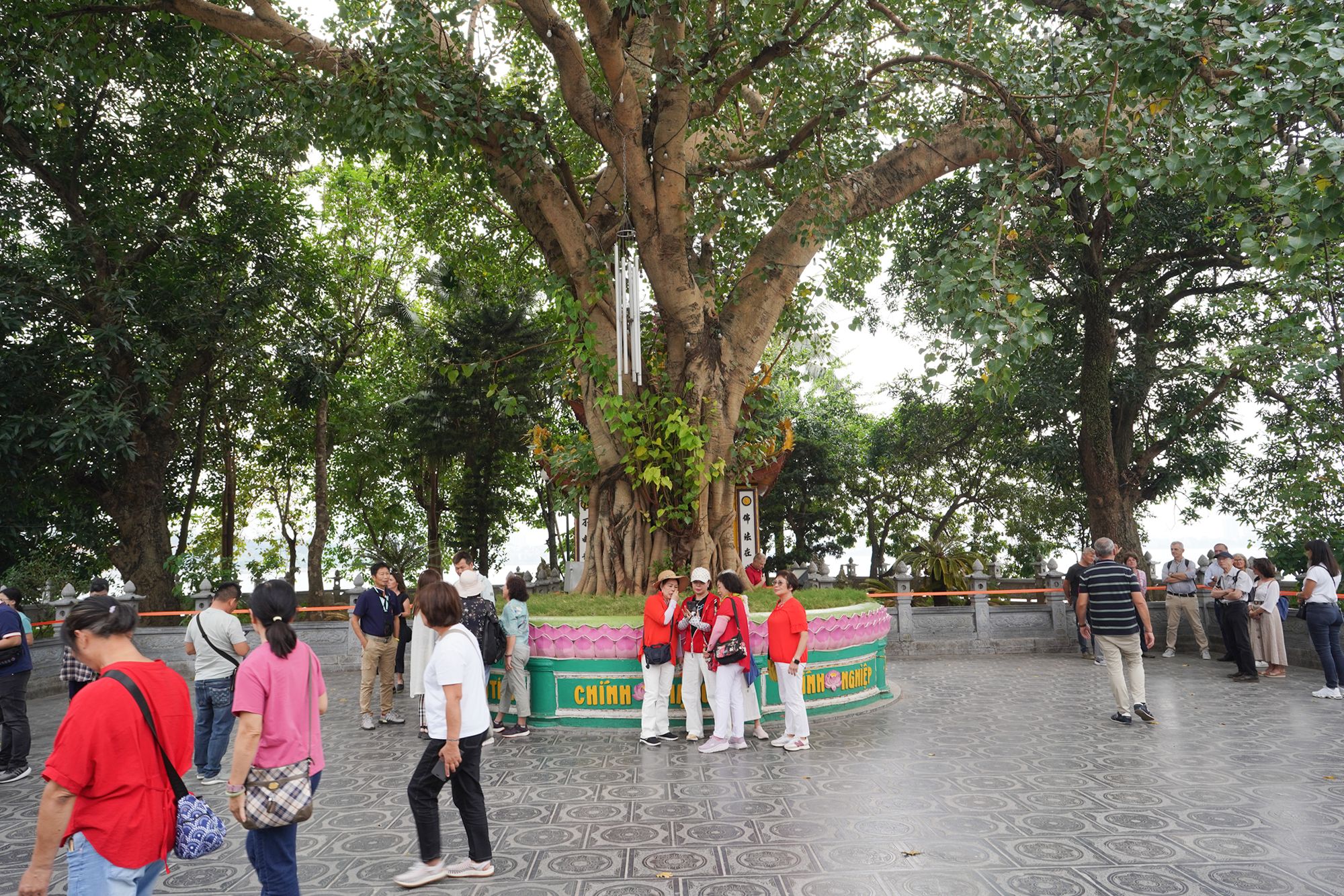
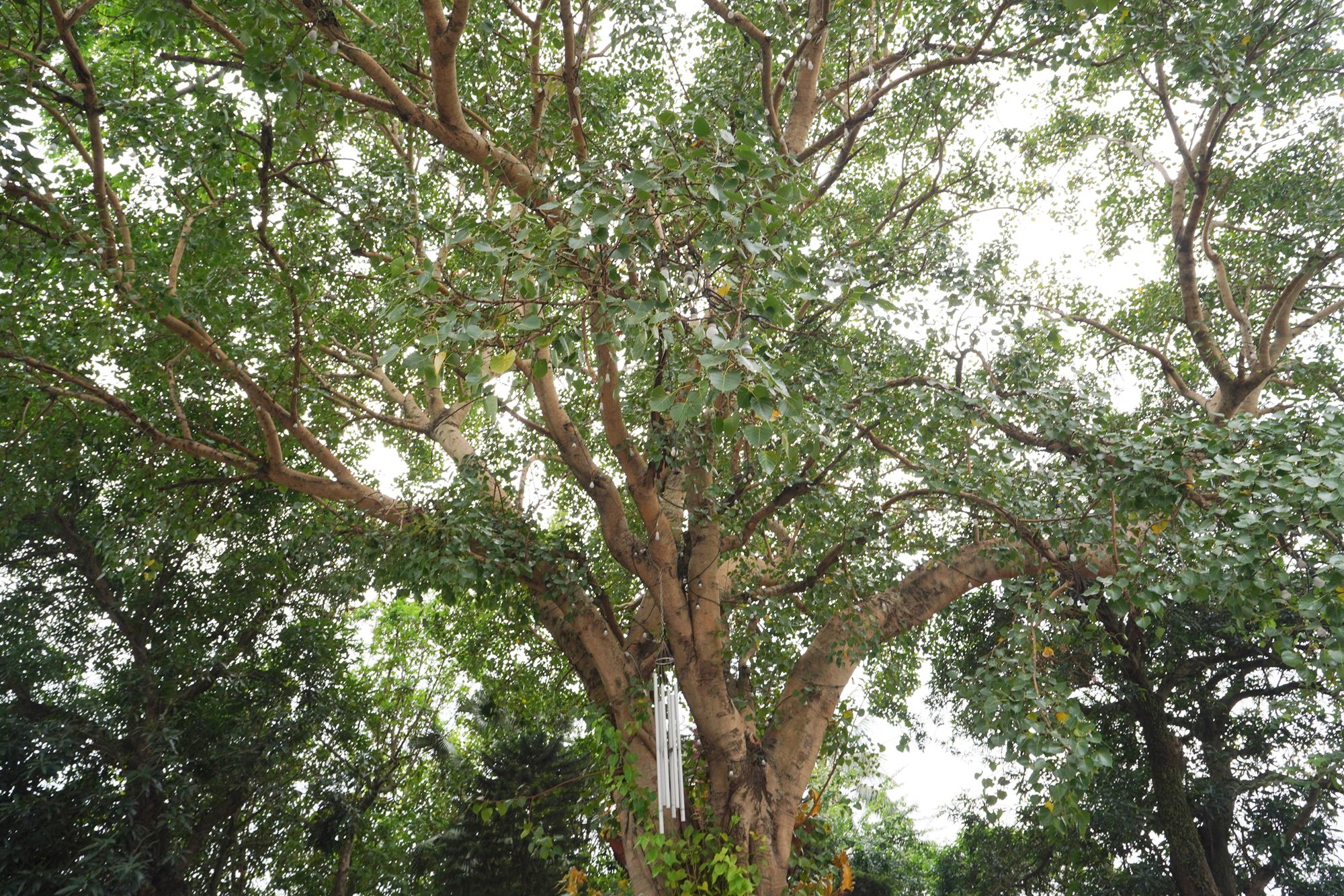
After the second temple, I took the hop-on and hop-off bus and arrived at the Temple Of Literature.
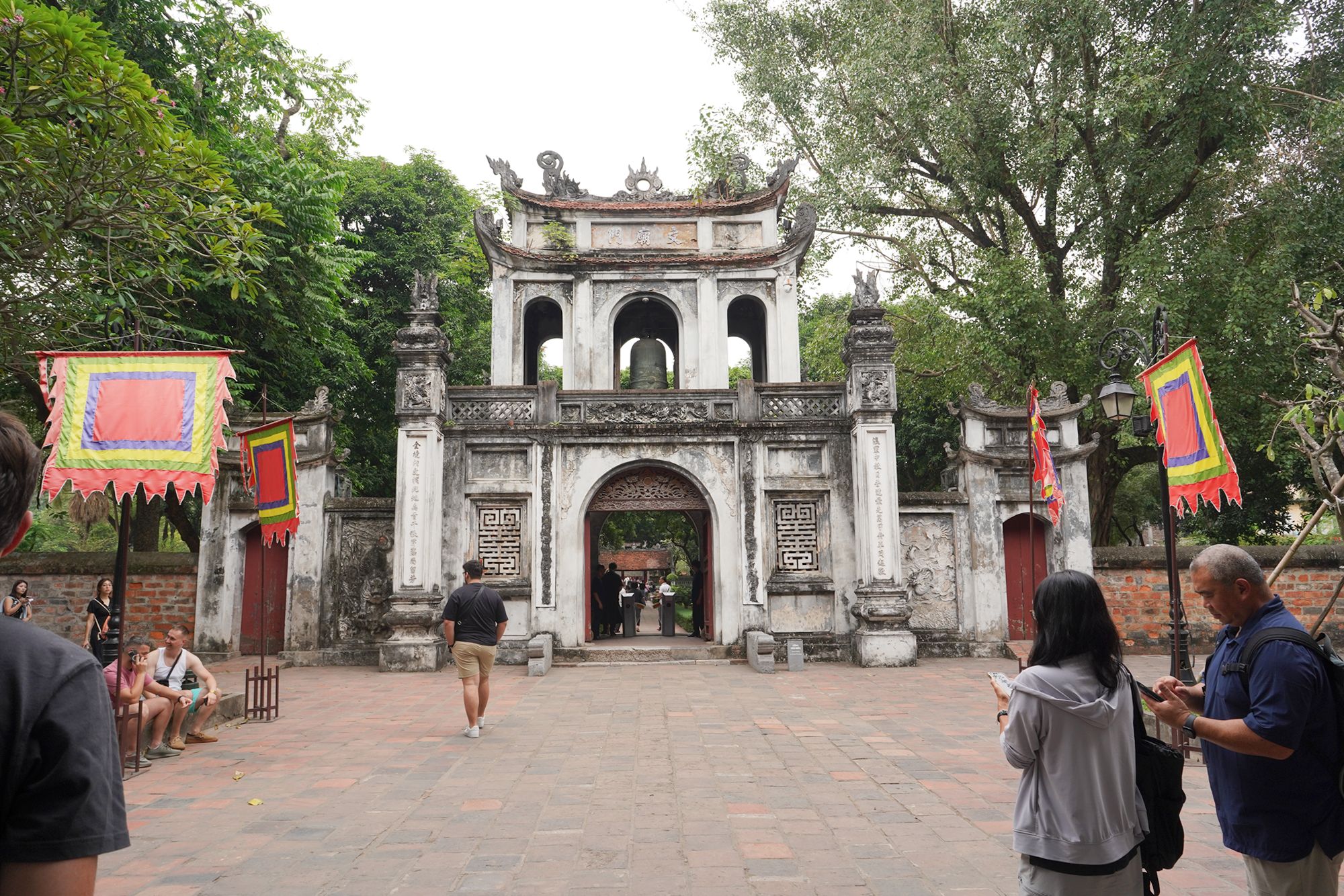
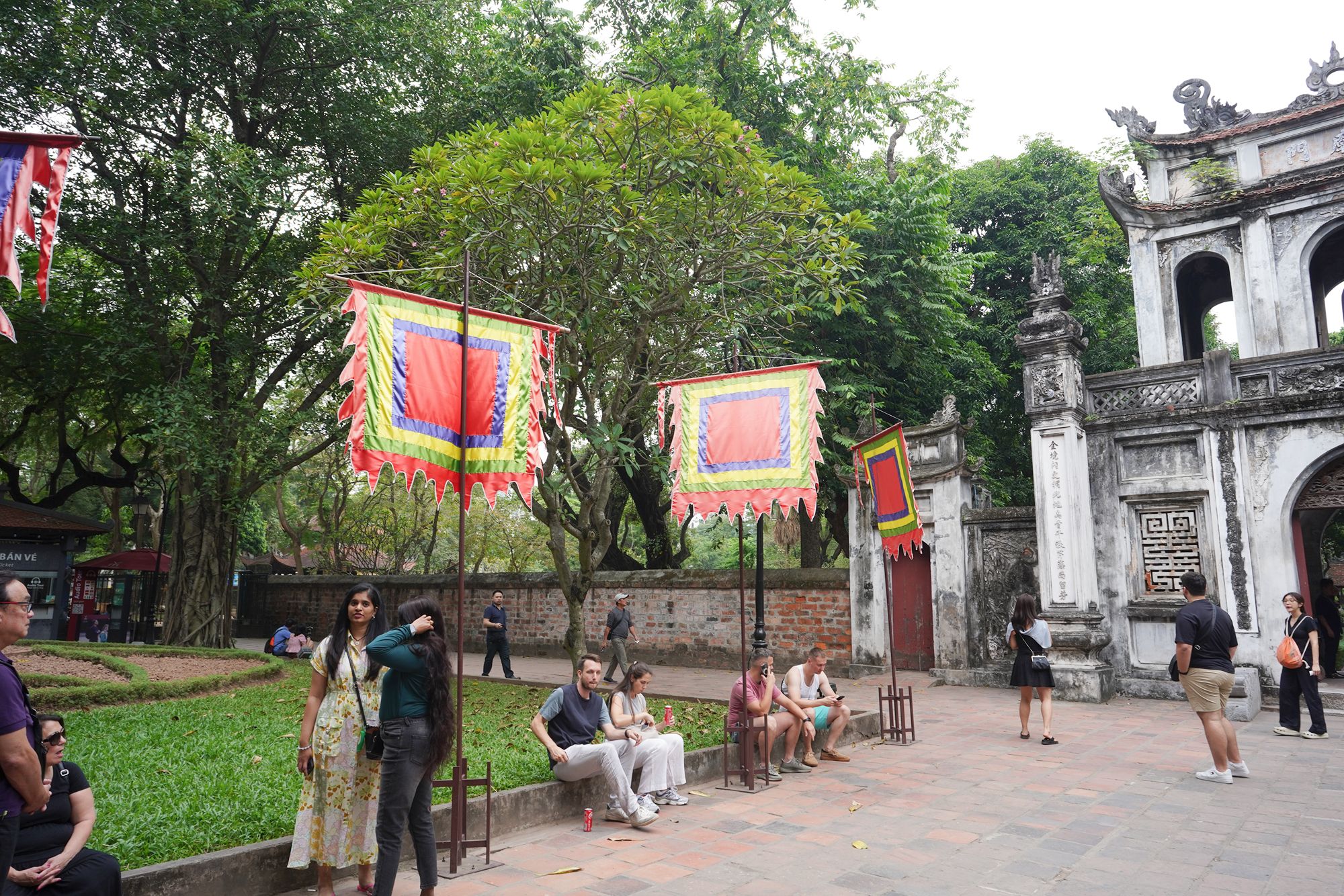
The Temple of Literature is a historic and cultural treasure, originally built in 1070 during the Ly Dynasty. Dedicated to Confucius, it served as Vietnam’s first national university and a center of education and literature.
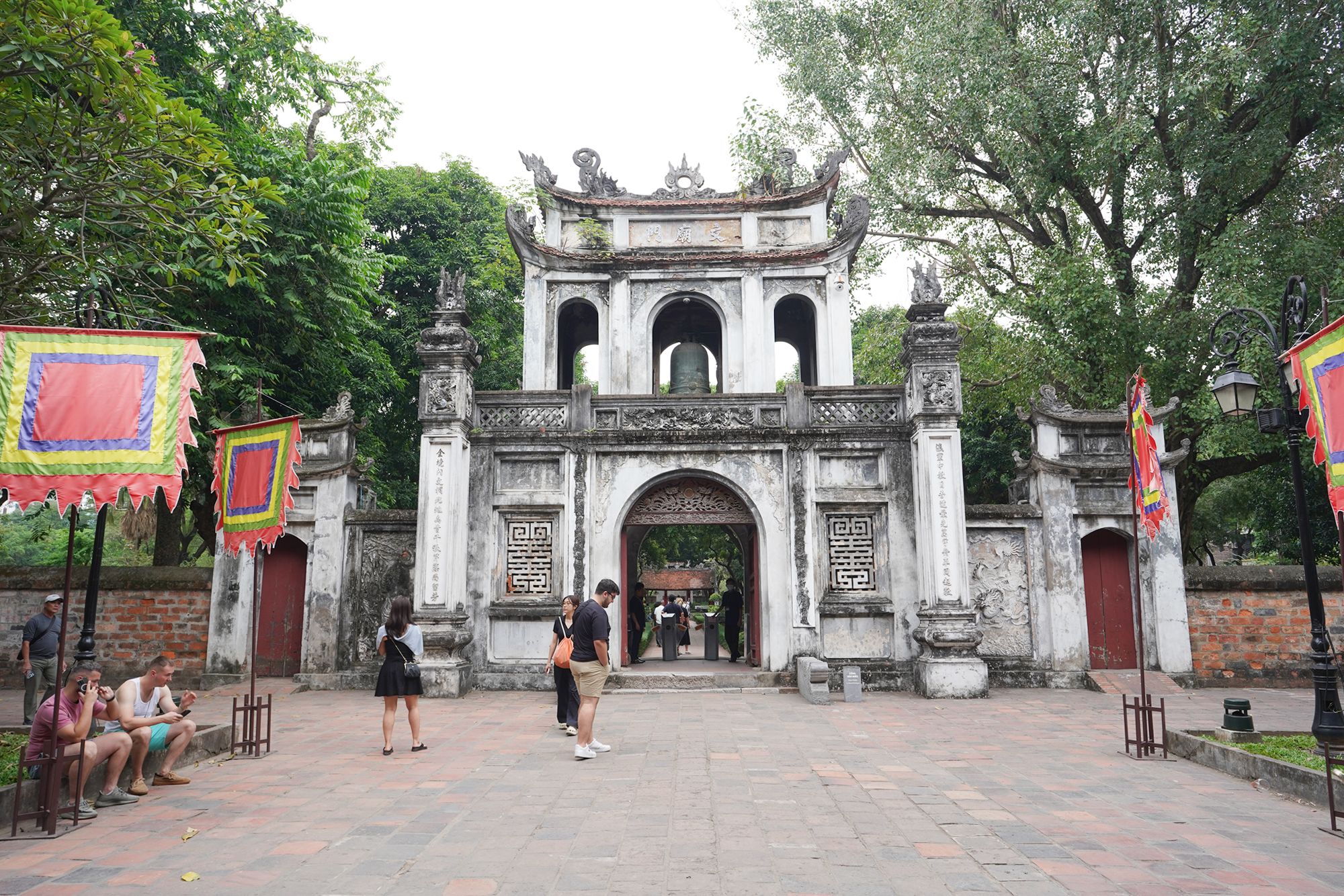
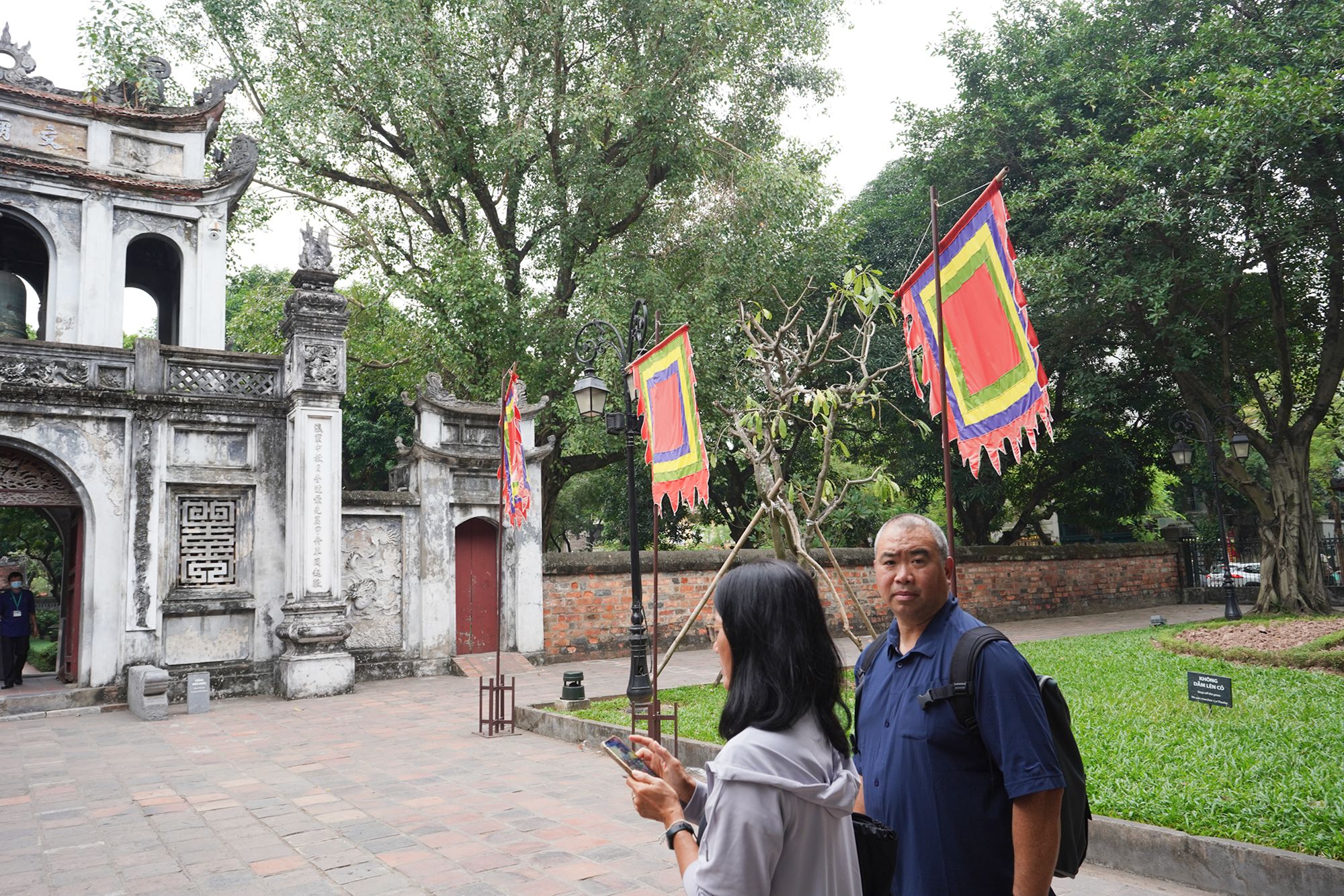
The temple features traditional Vietnamese architecture, lush courtyards, and stone steles honoring scholars who excelled in imperial exams. It is a symbol of Vietnam’s respect for learning and an iconic landmark for visitors seeking to explore the nation’s rich intellectual and cultural heritage.
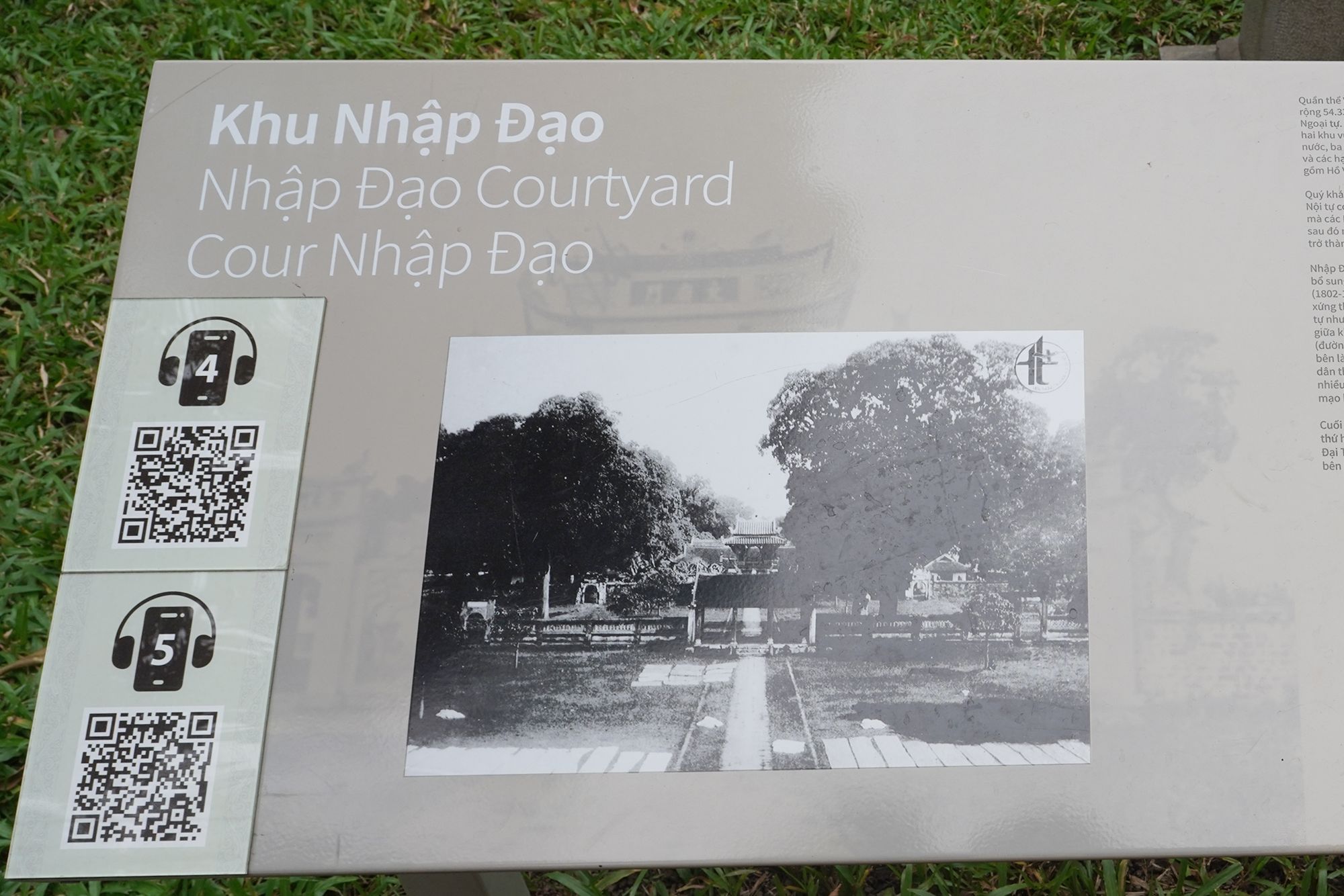
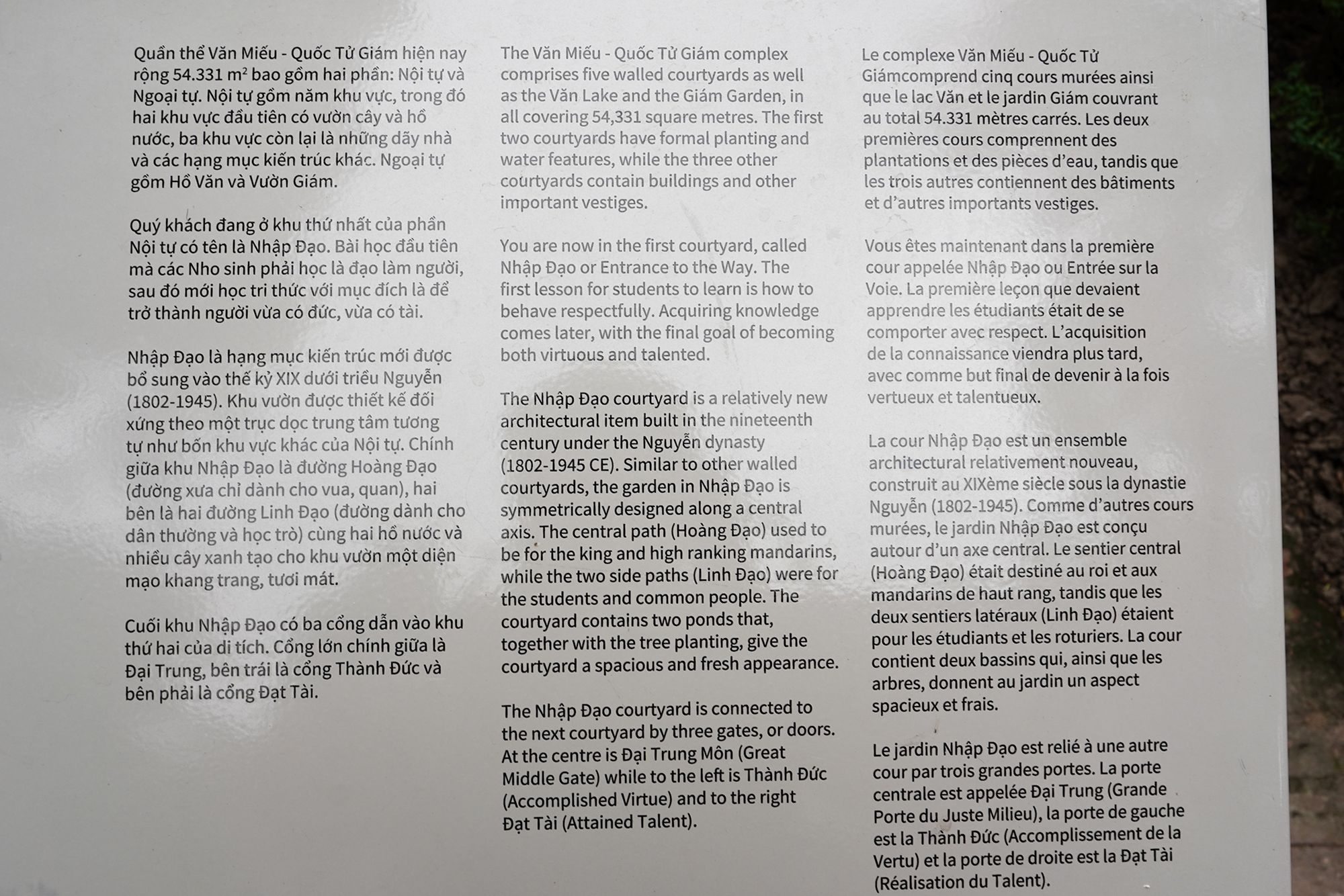
Inside the Temple Of Literature. First Courtyard: A lush, peaceful garden that acts as an entrance, giving a sense of calm and reverence.
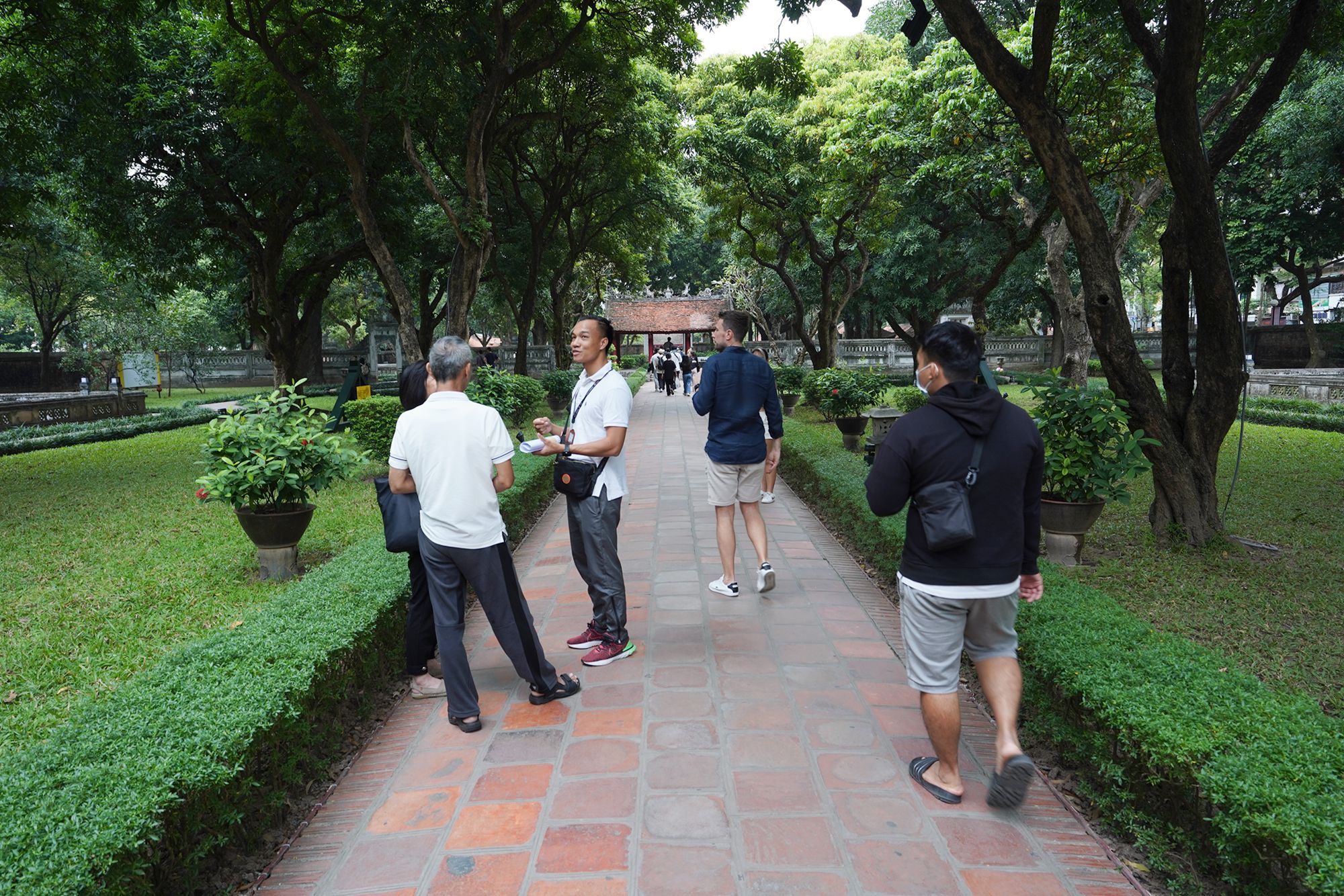
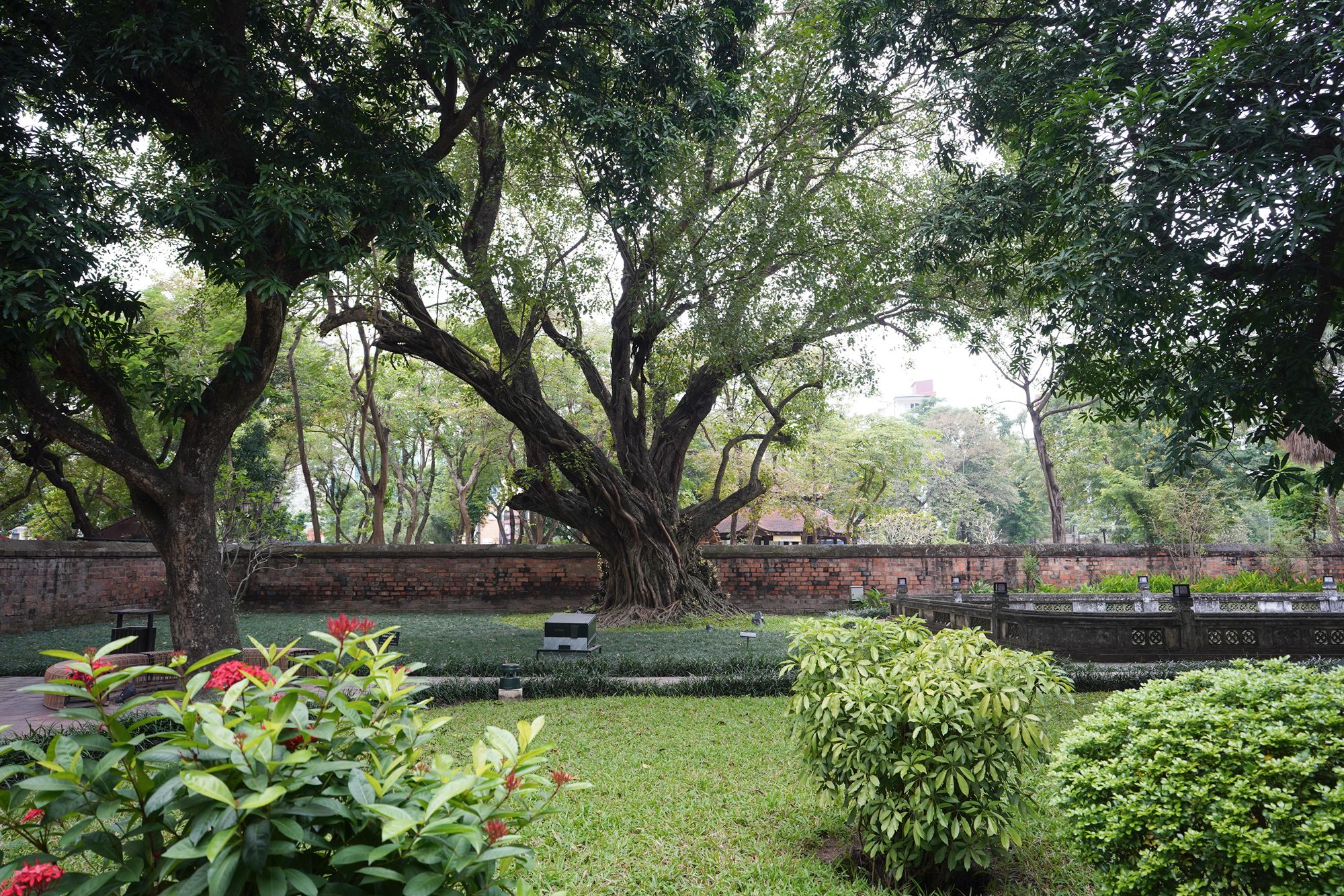
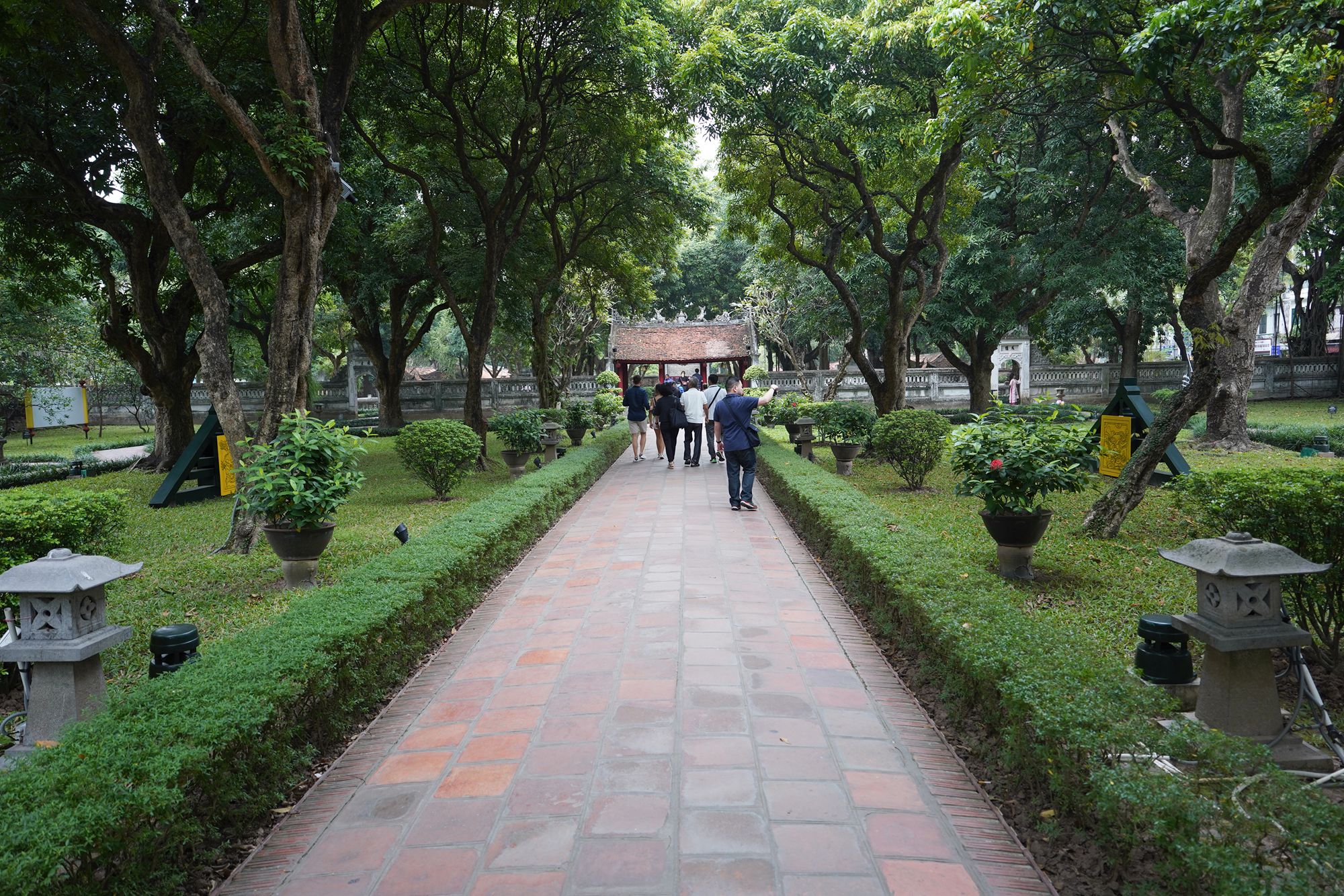
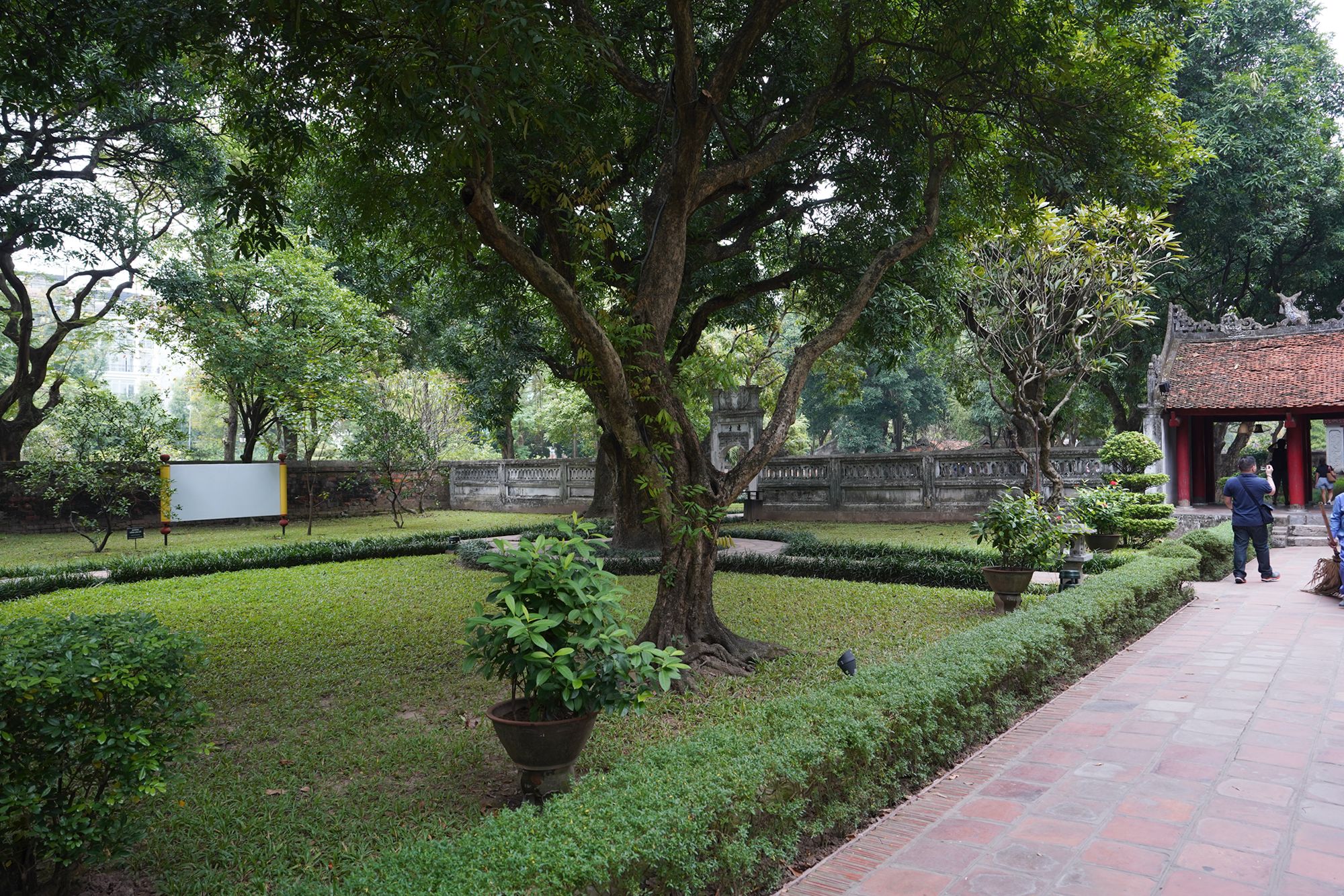
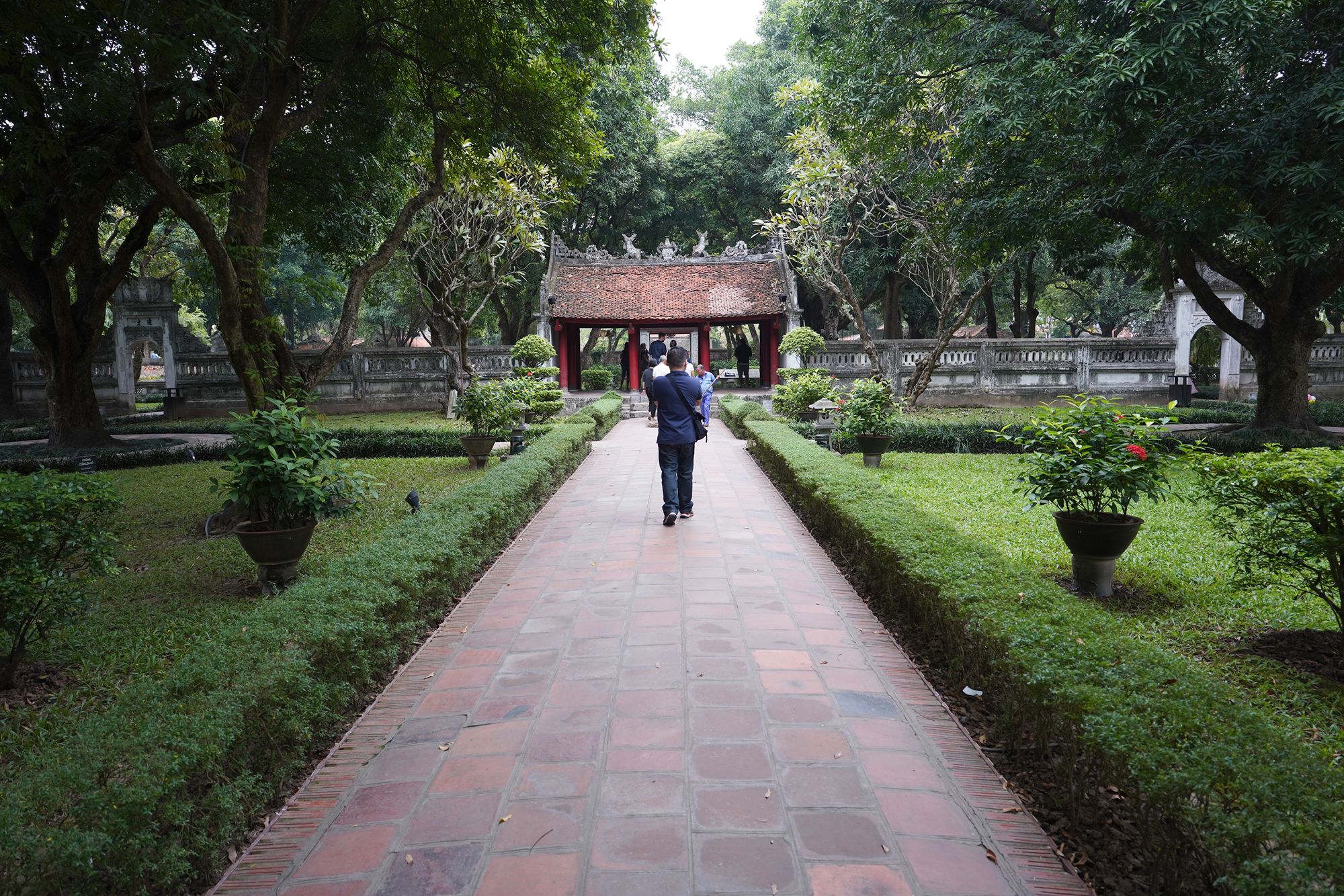
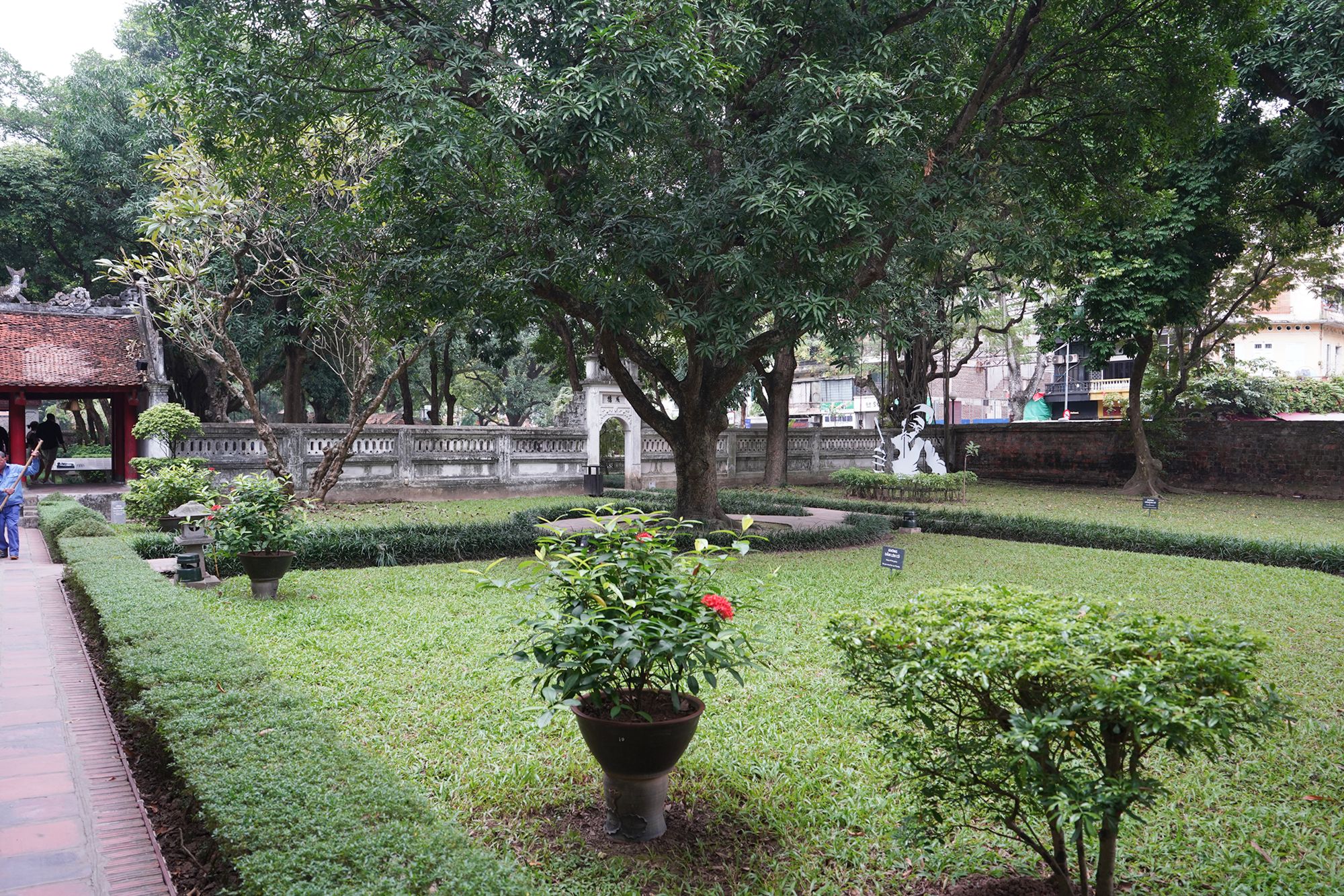
Back side
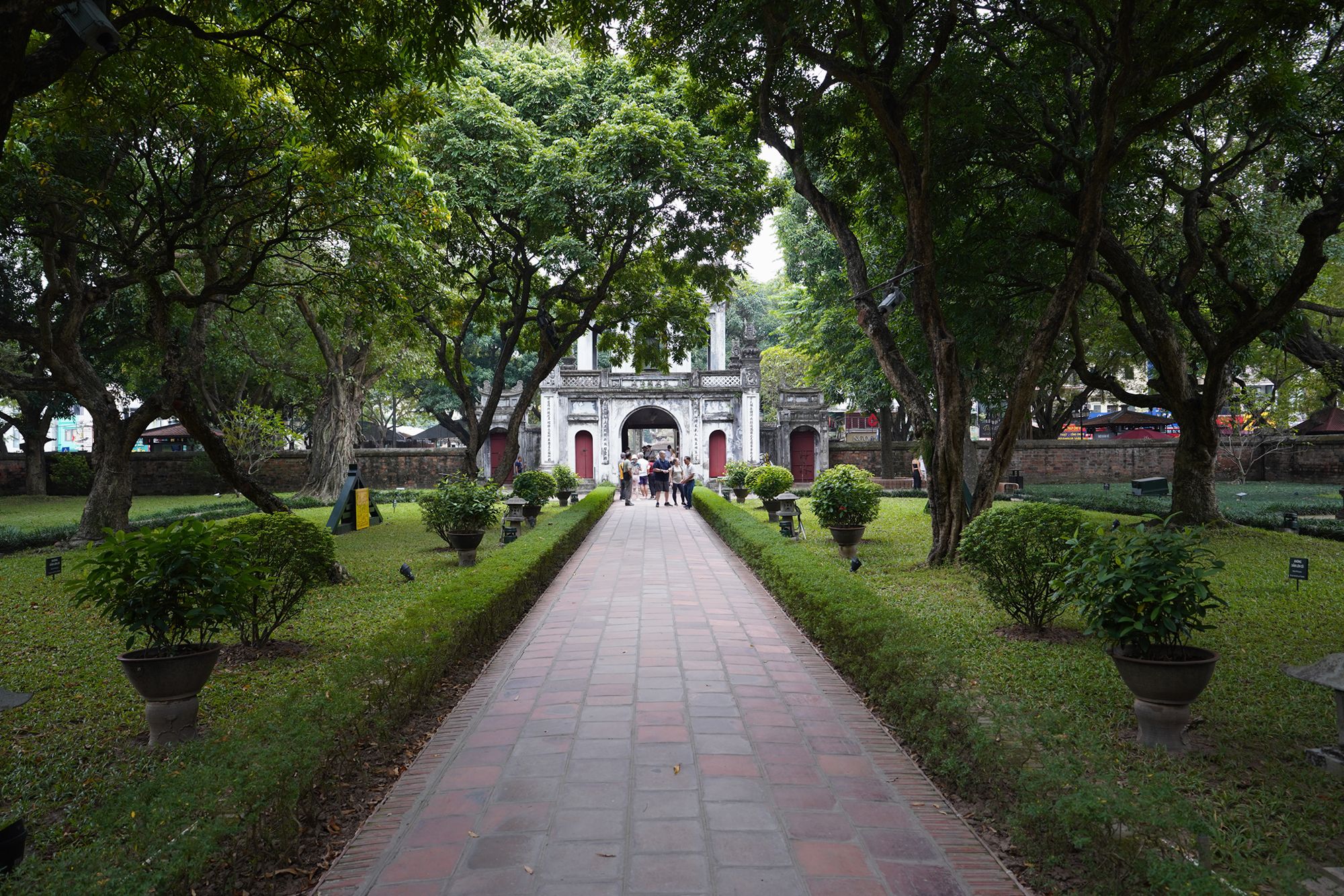
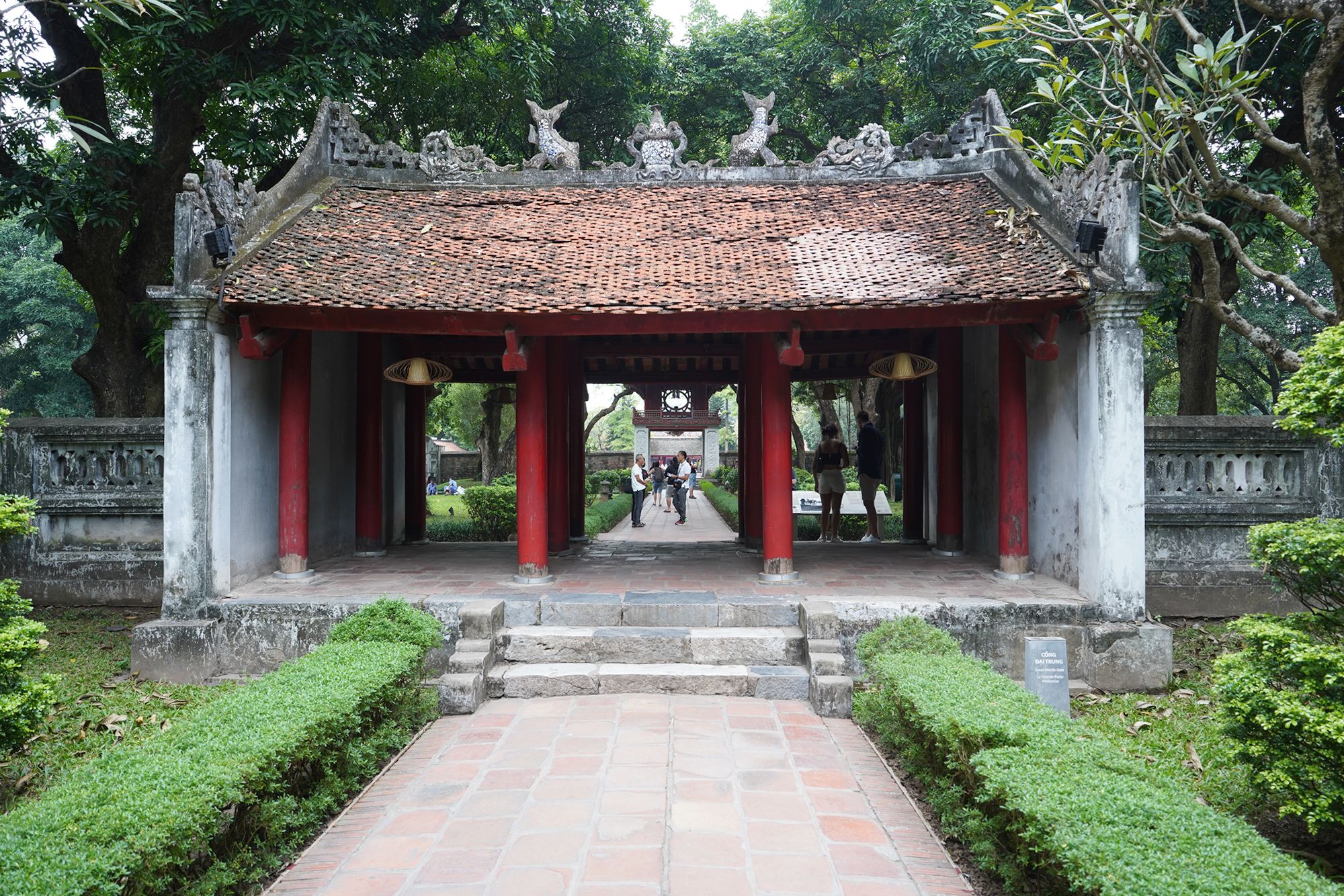
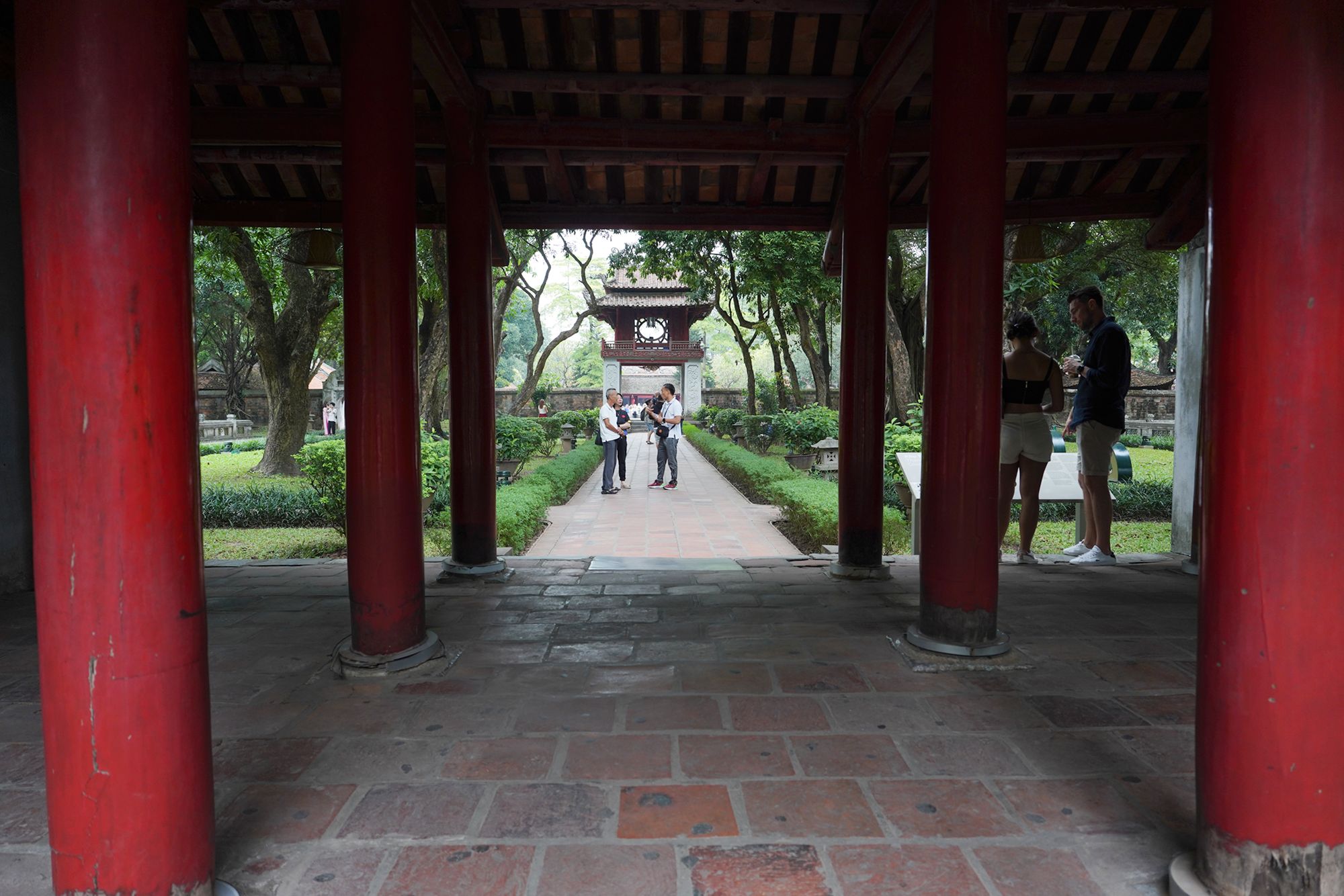
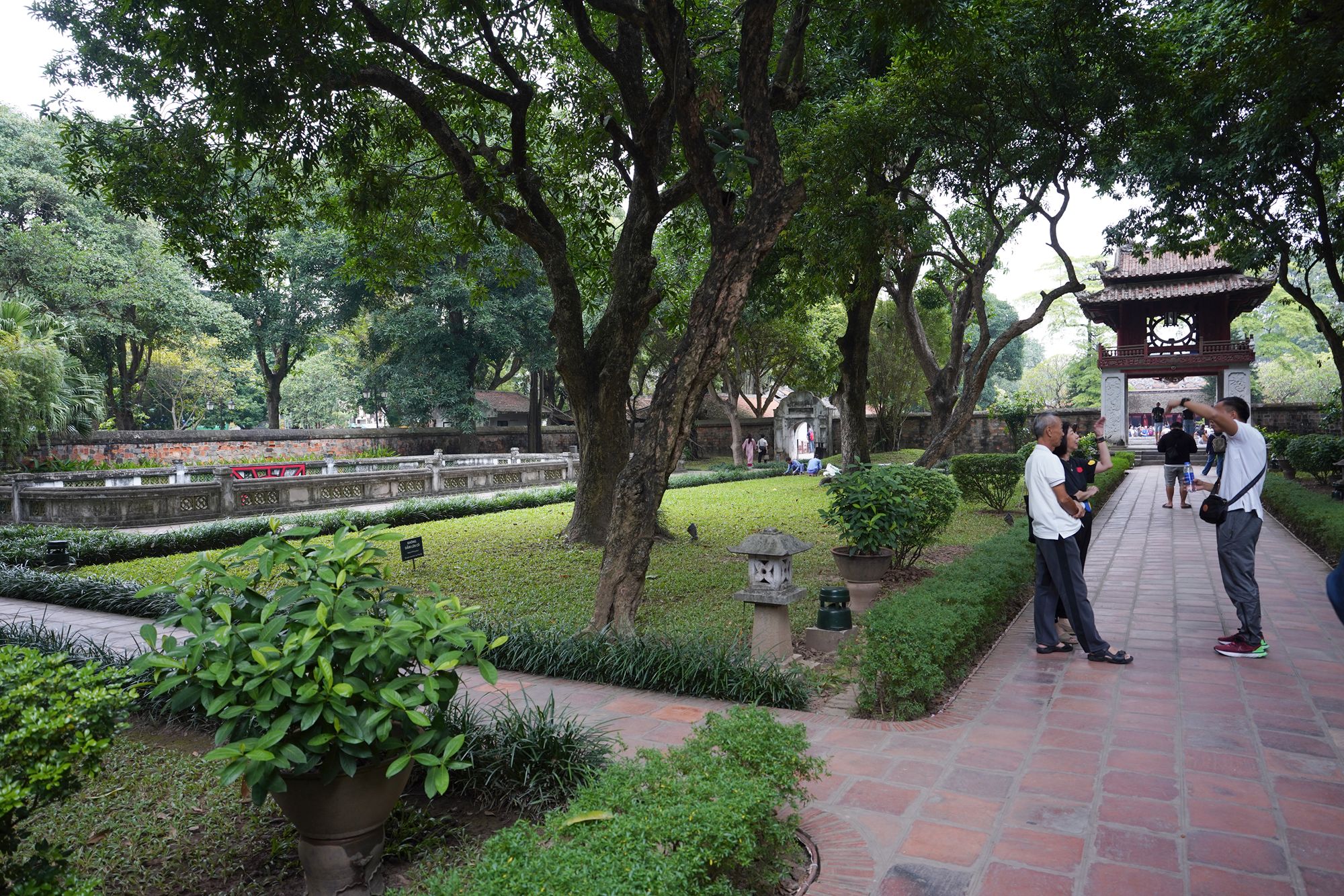
Second Courtyard: Home to the Khue Van Pavilion, a beautiful two-story red and white structure with a circular window. It symbolizes the richness of Vietnamese culture and is an icon often associated with Hanoi.
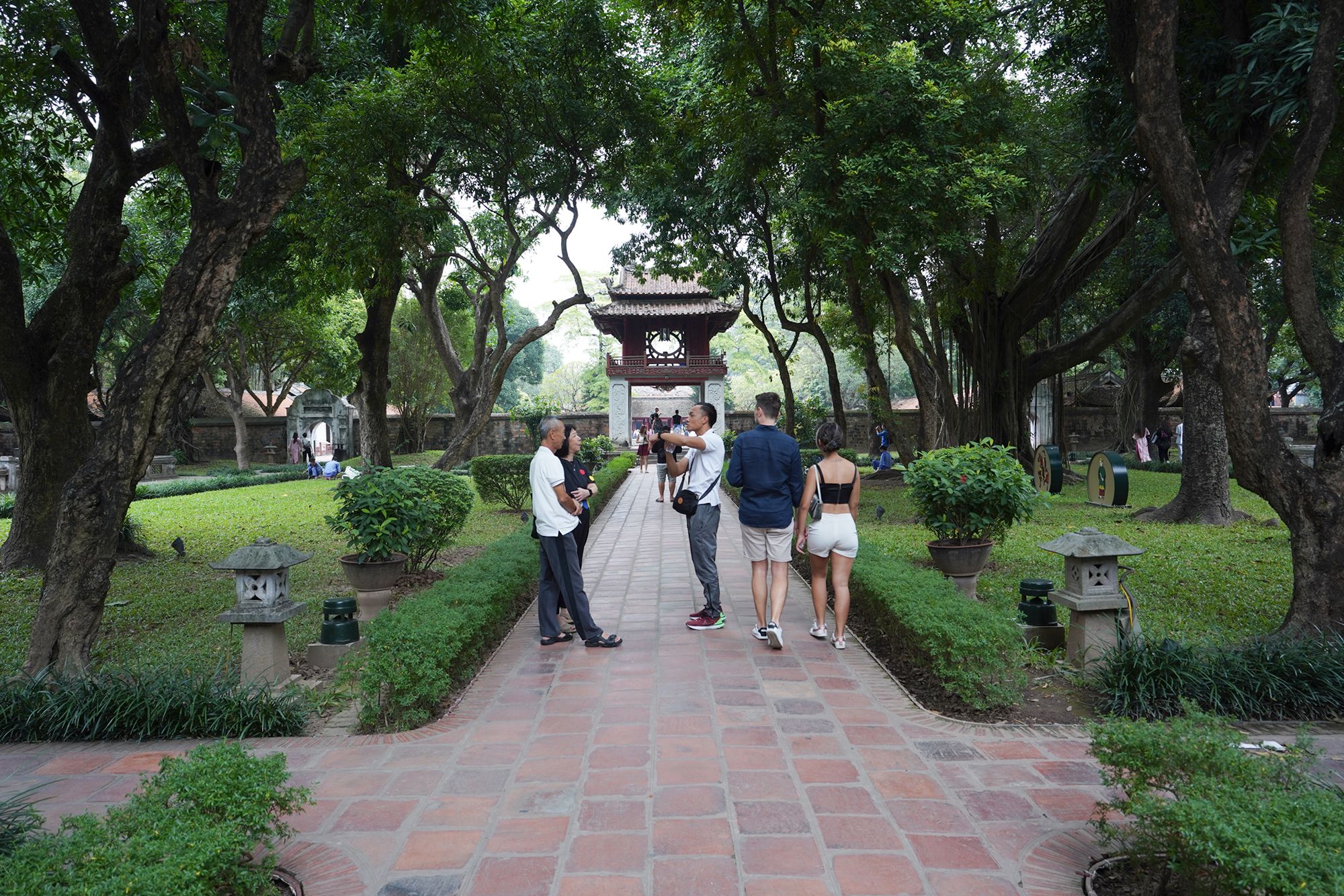
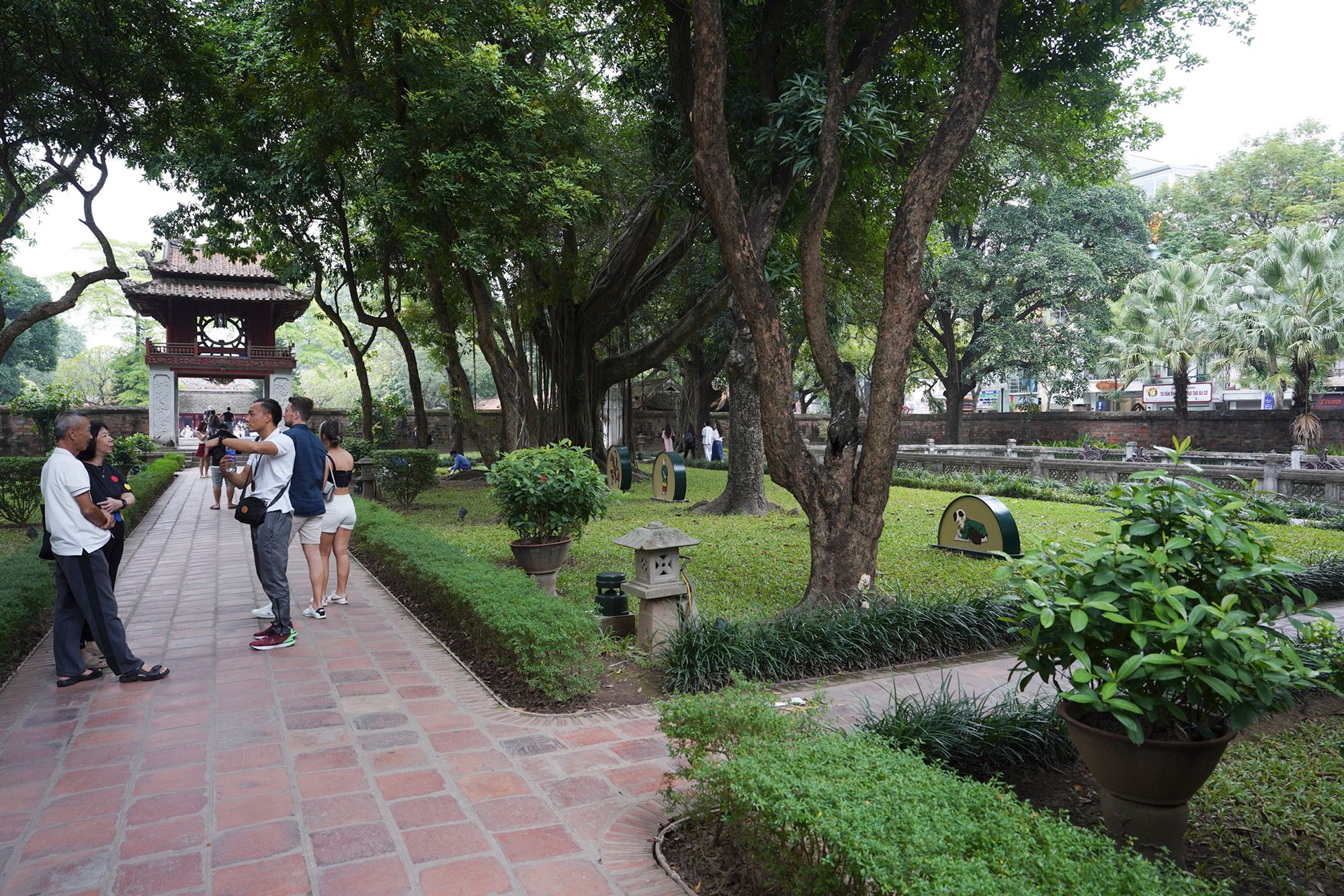
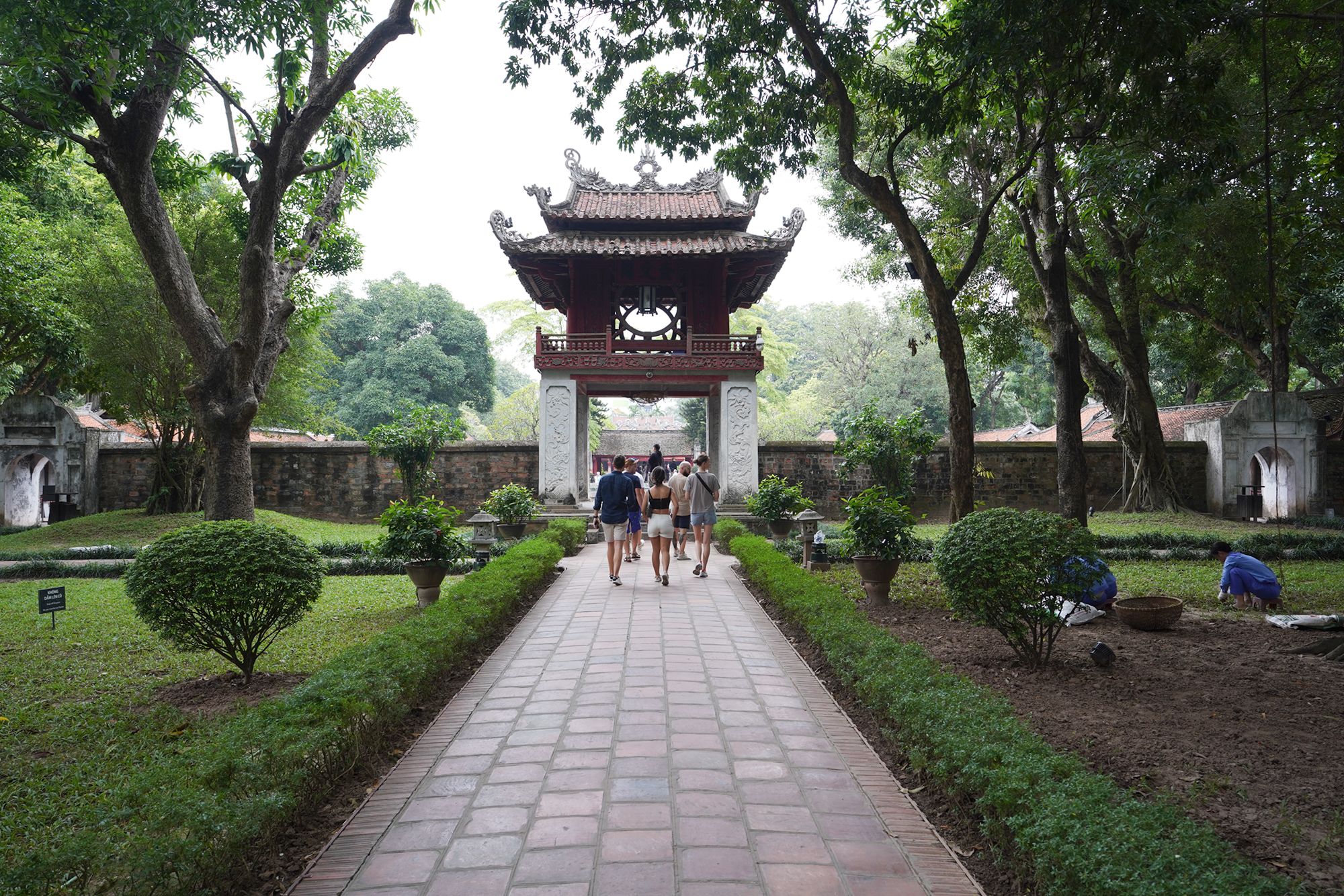
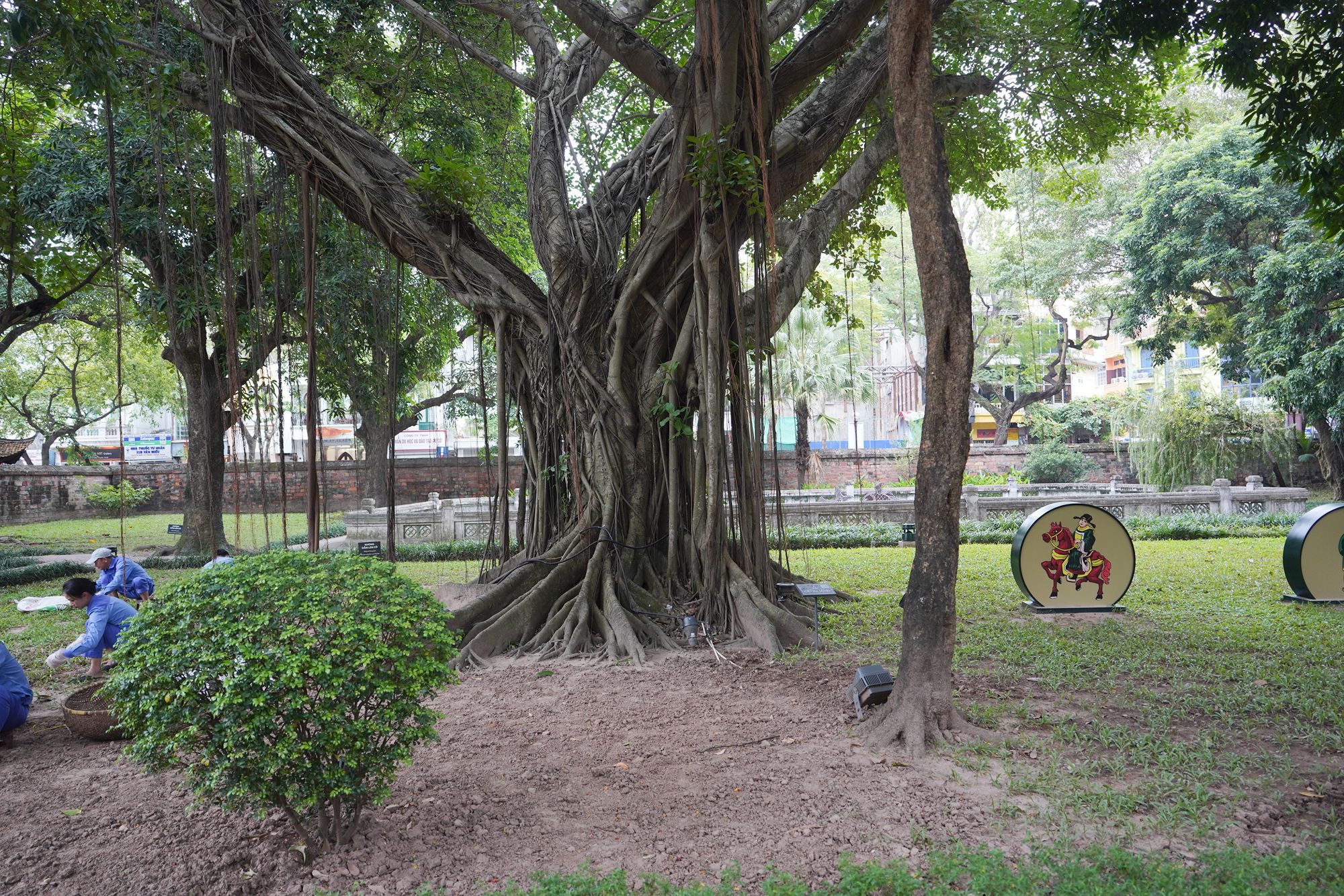
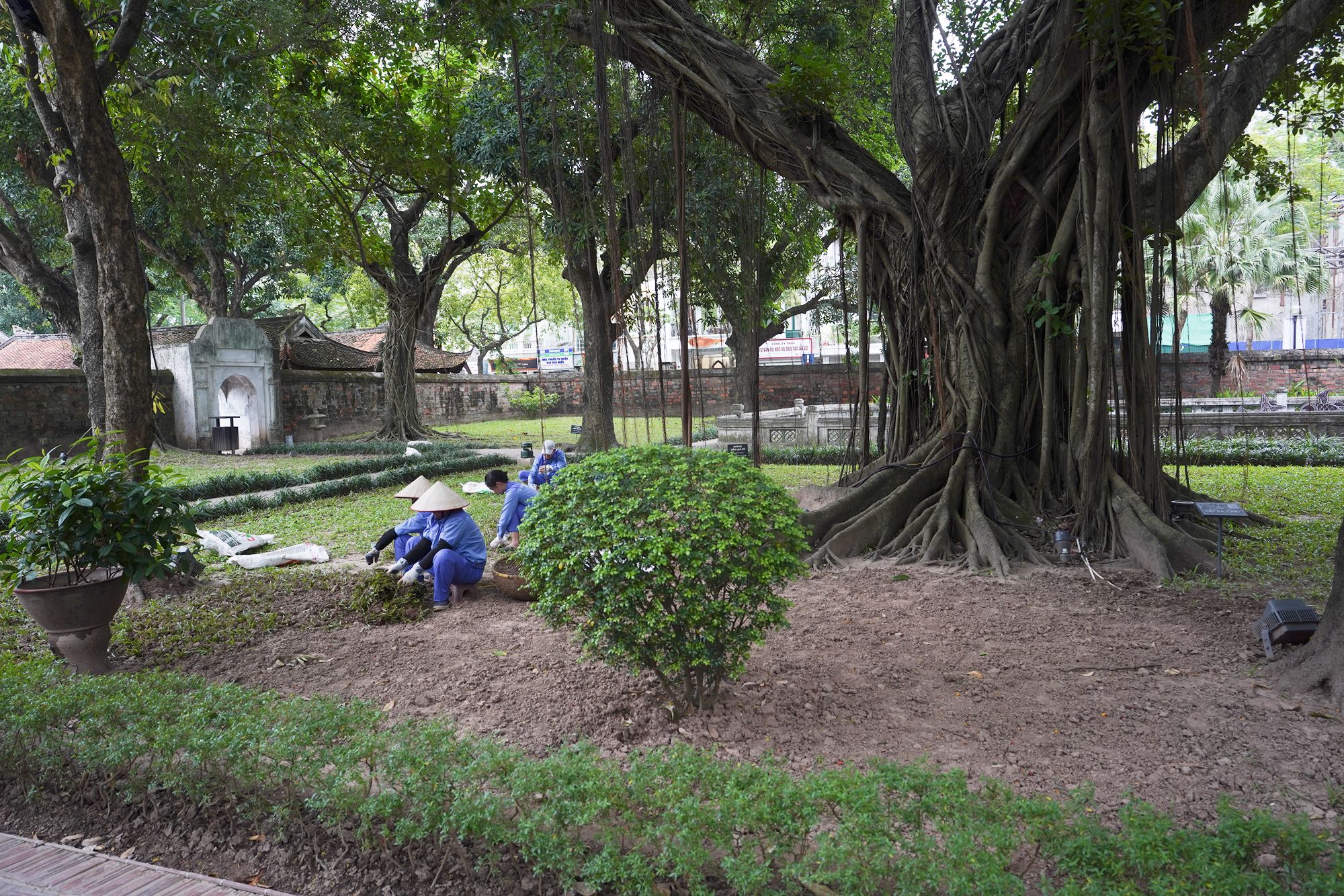

Third Courtyard: Known as the Thien Quang Well (Well of Heavenly Clarity), it is surrounded by pavilions holding the stelae of doctors, large stone slabs inscribed with the names of scholars who passed the rigorous imperial exams. These stelae rest on the backs of stone turtles, a symbol of wisdom and longevity.
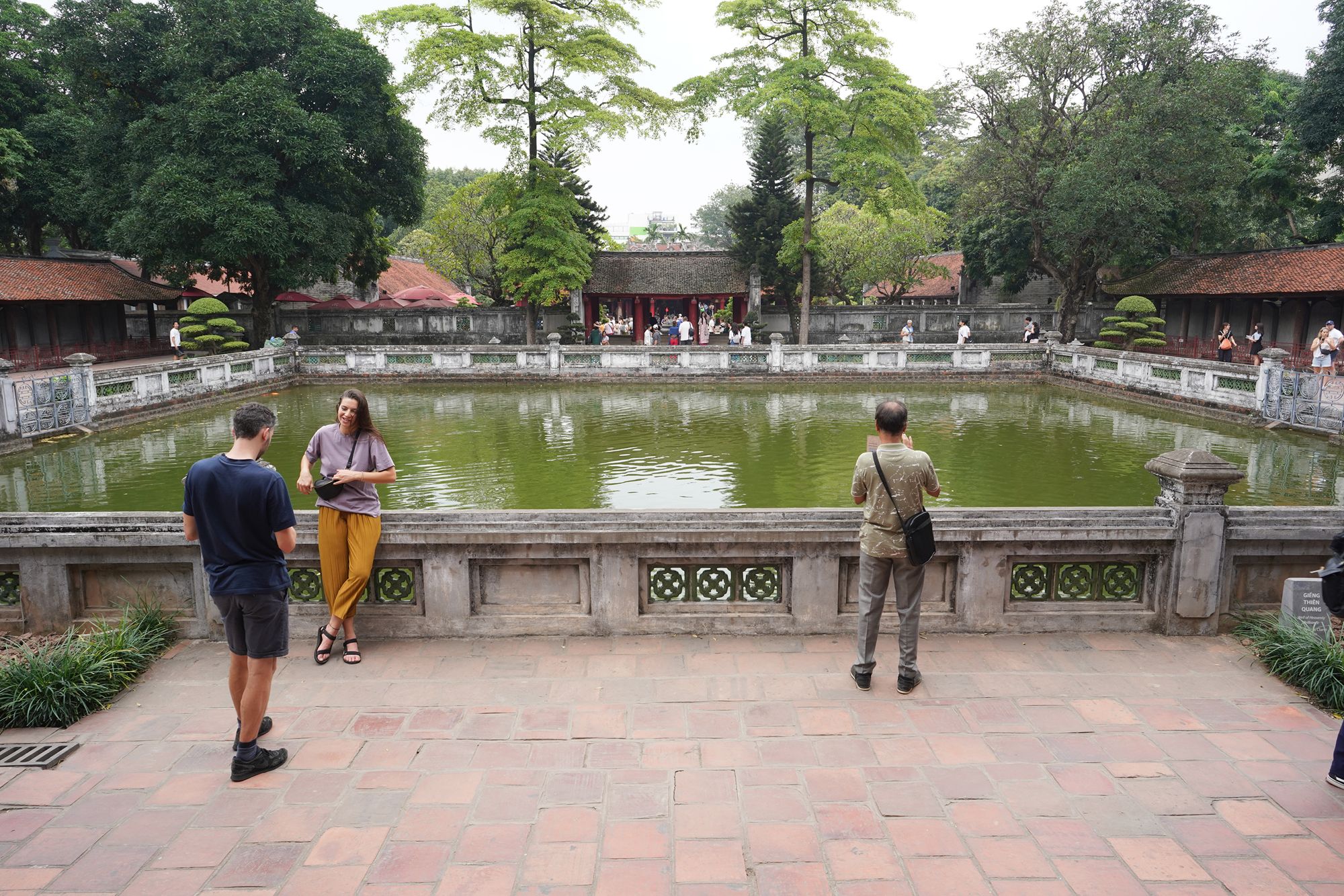
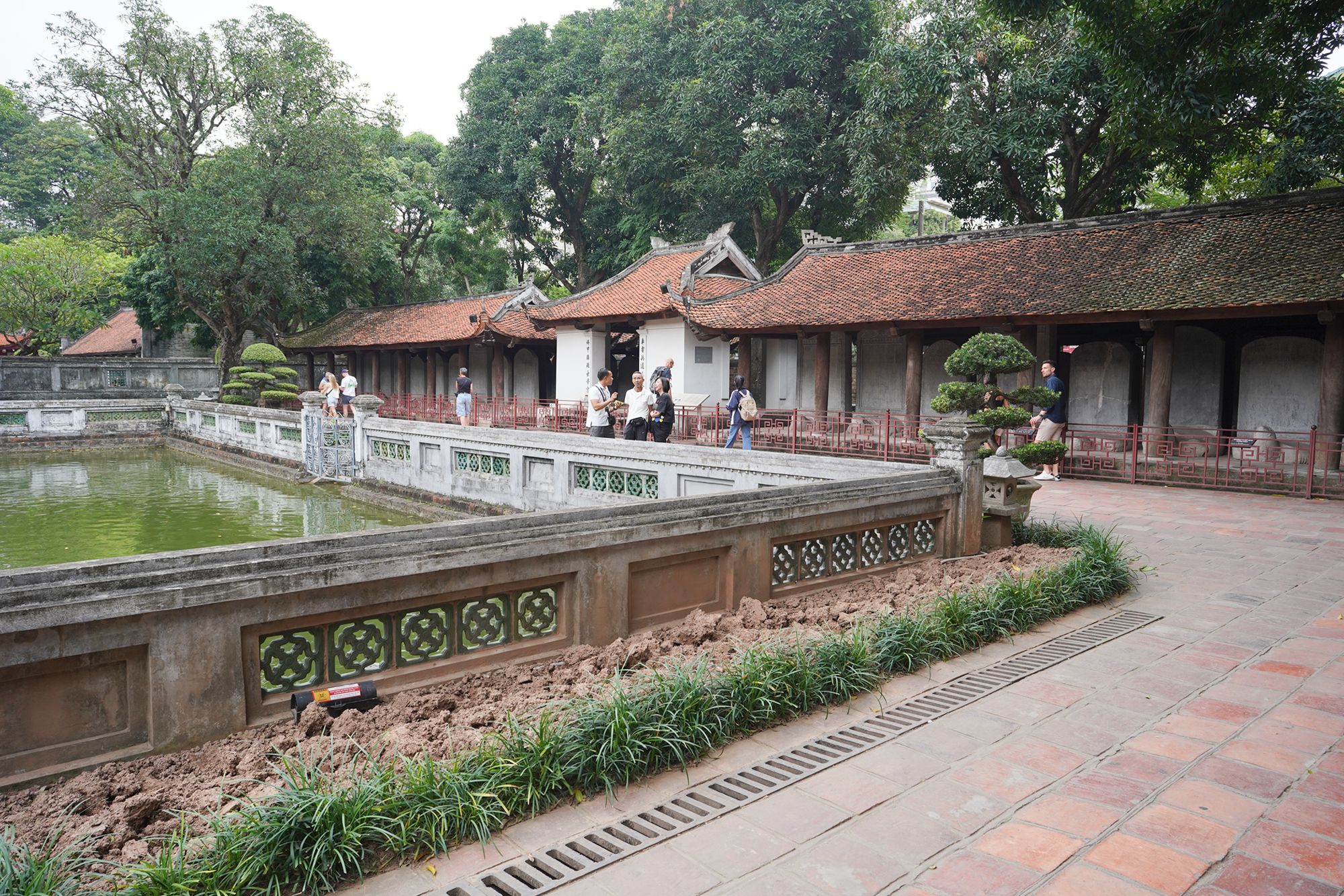
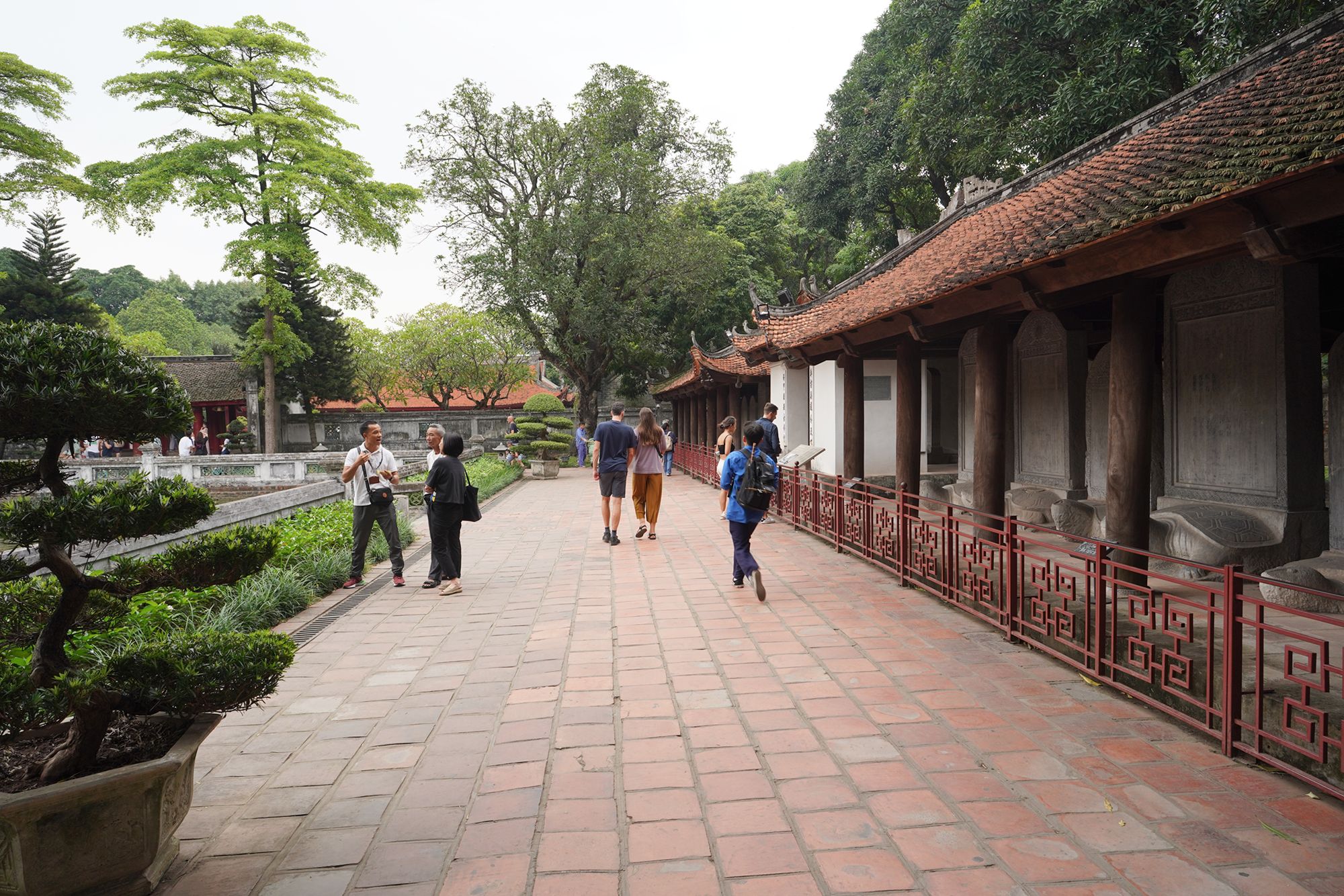
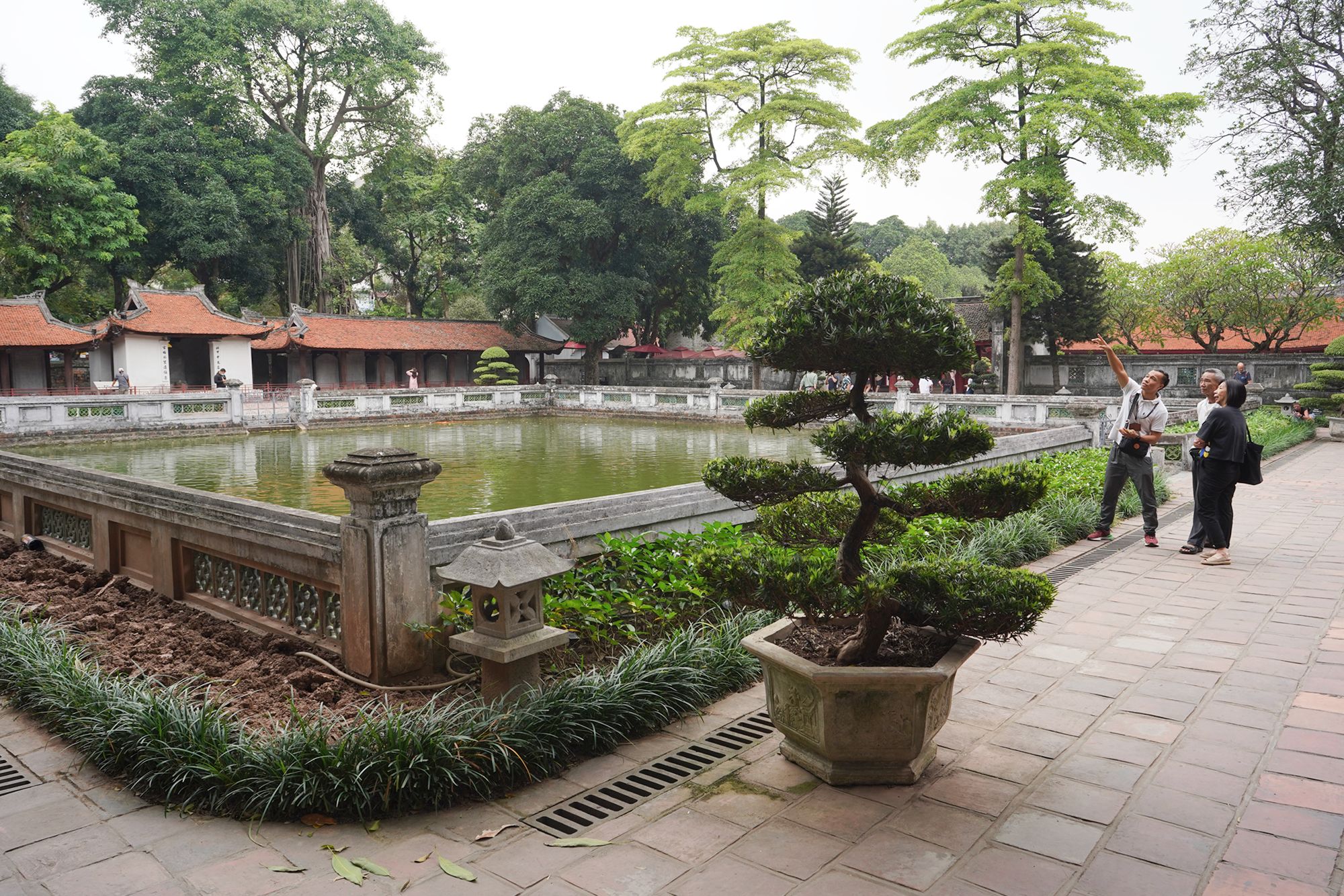
Back side
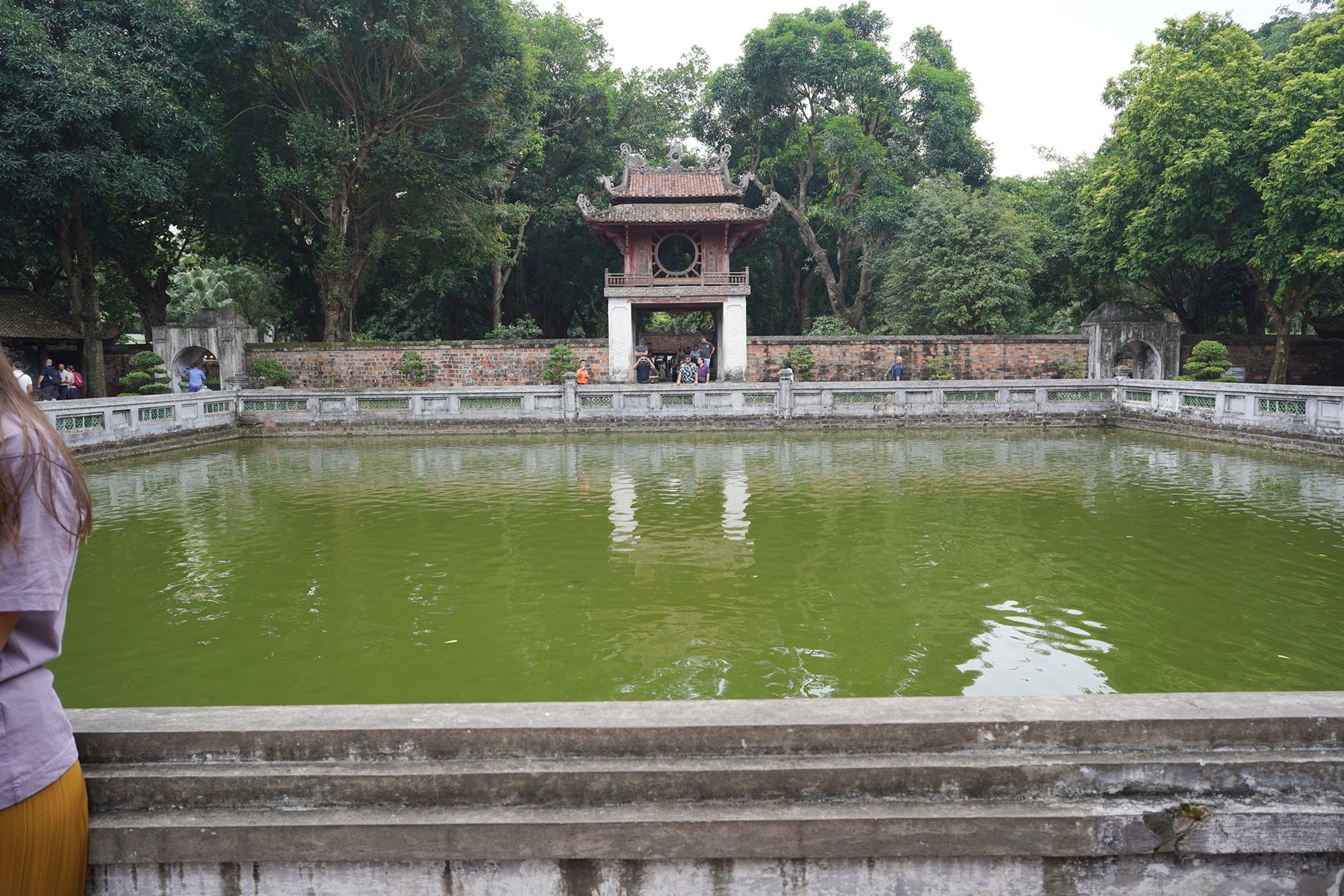
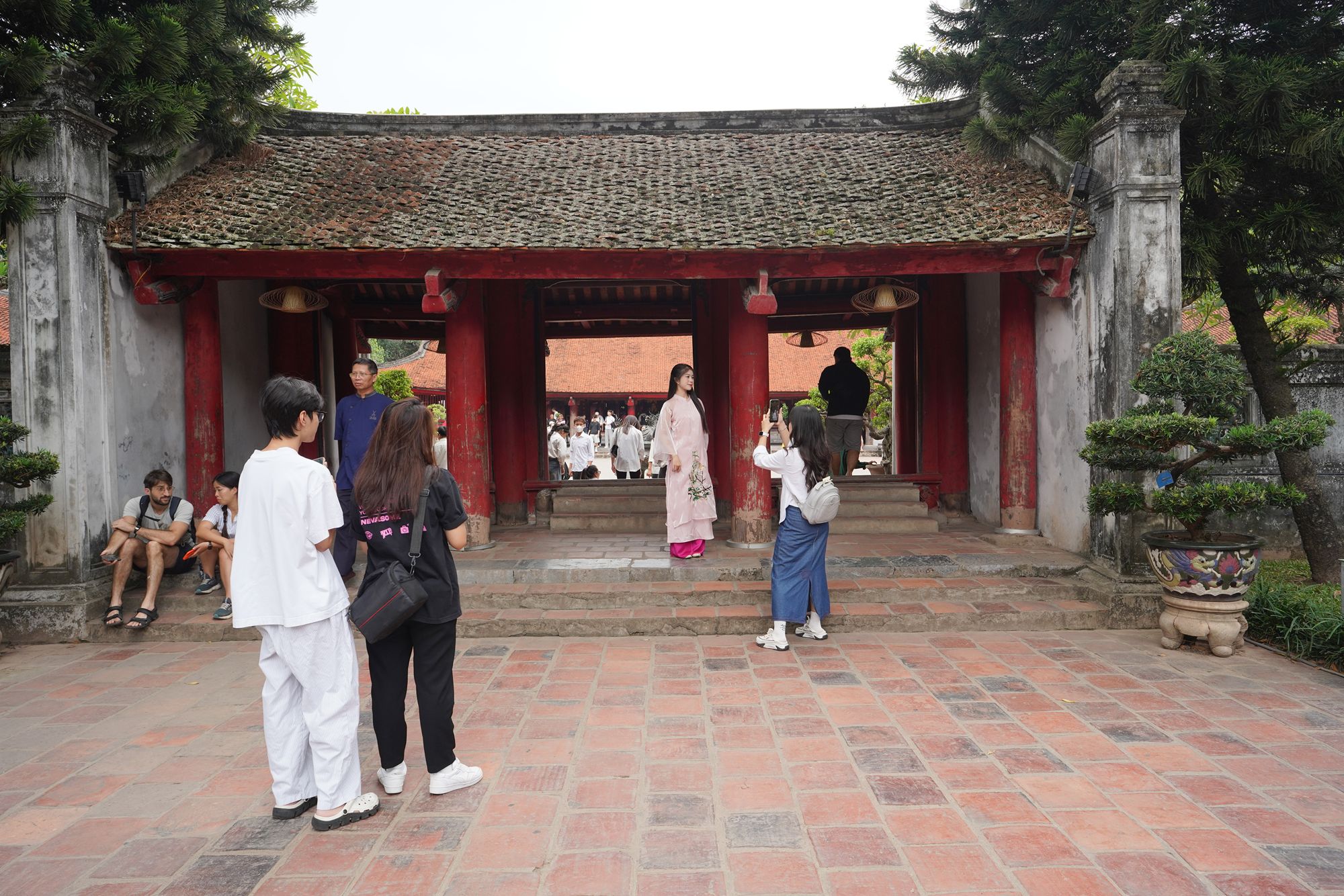
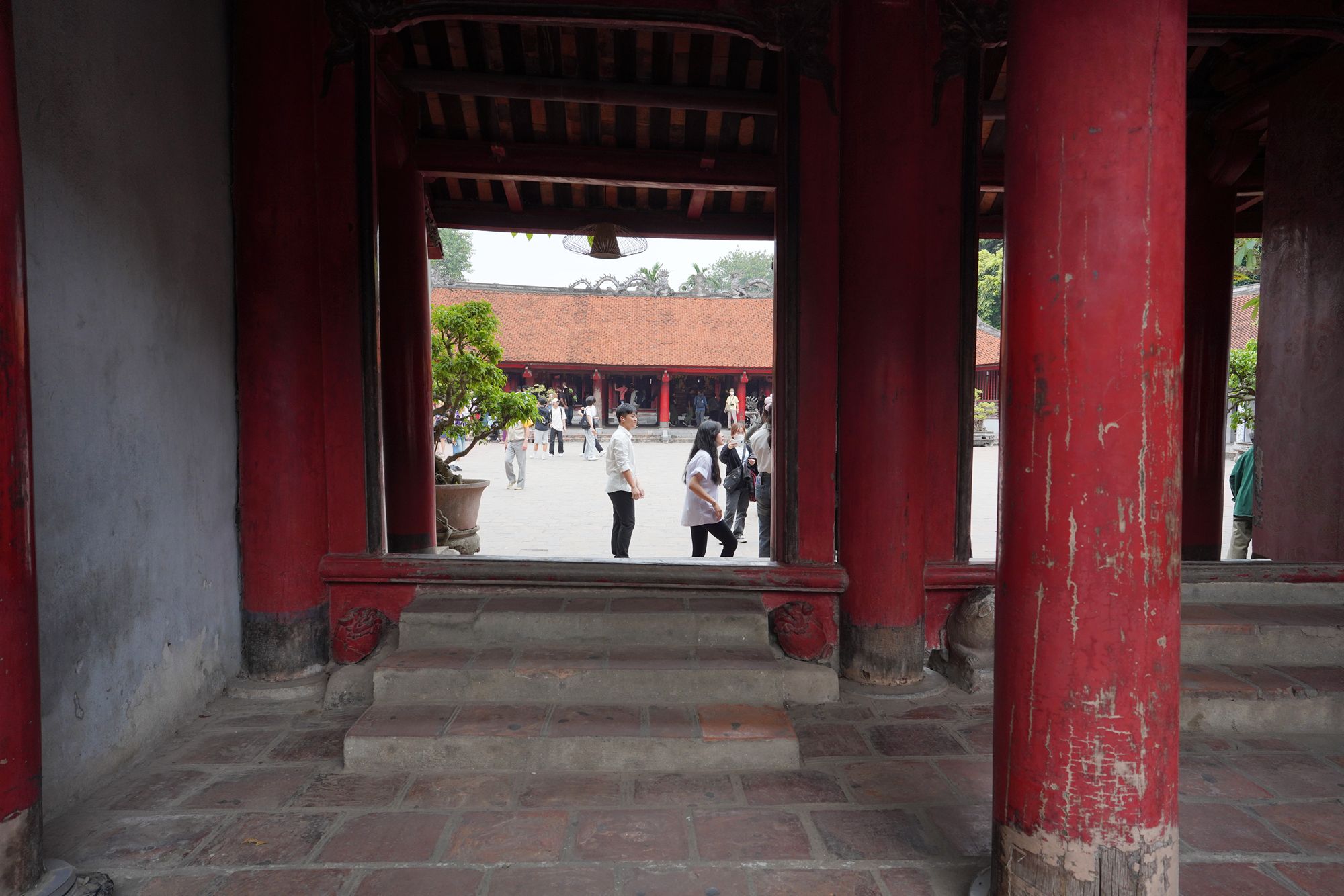
Fourth Courtyard: Houses the main sanctuary dedicated to Confucius and his disciples.
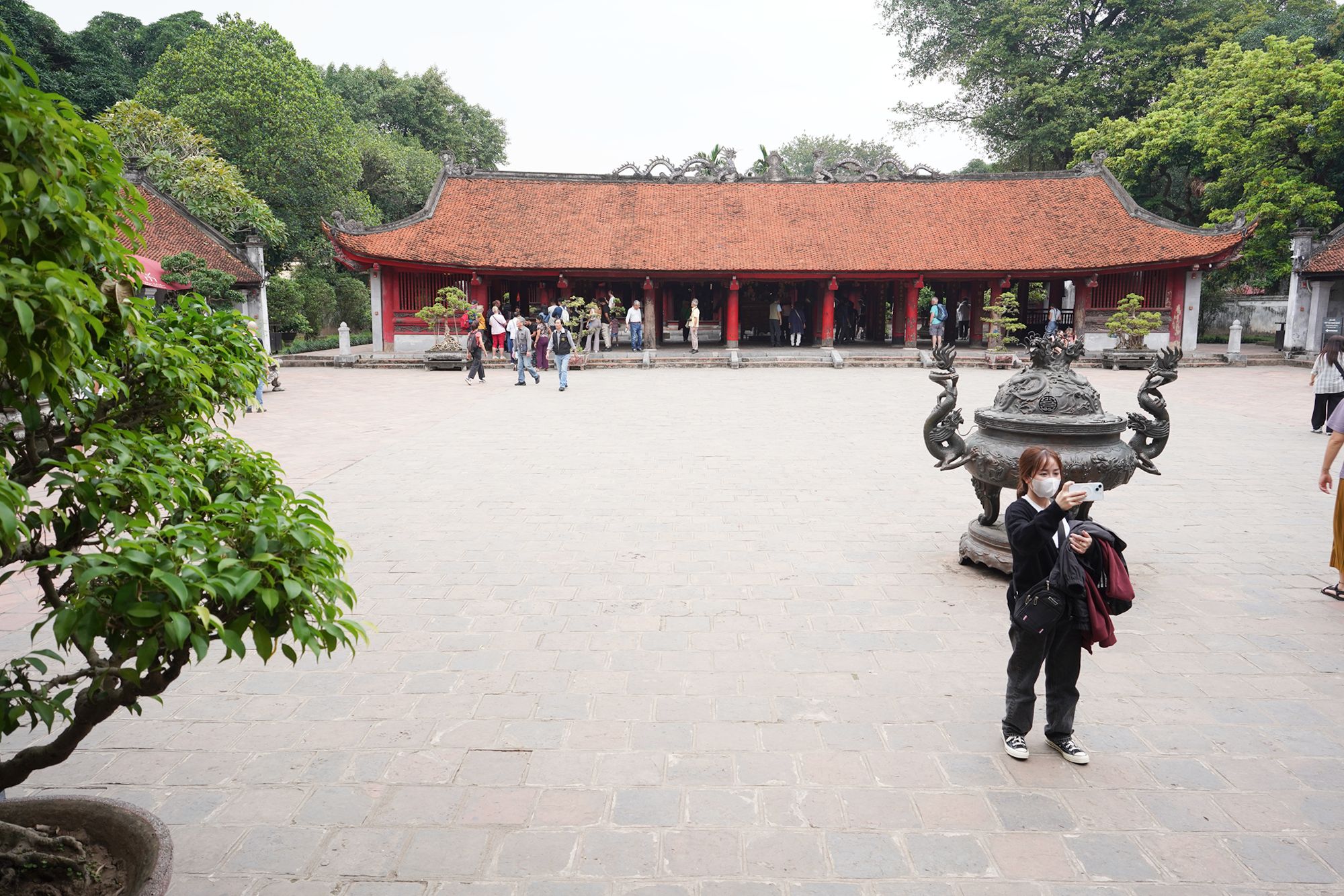
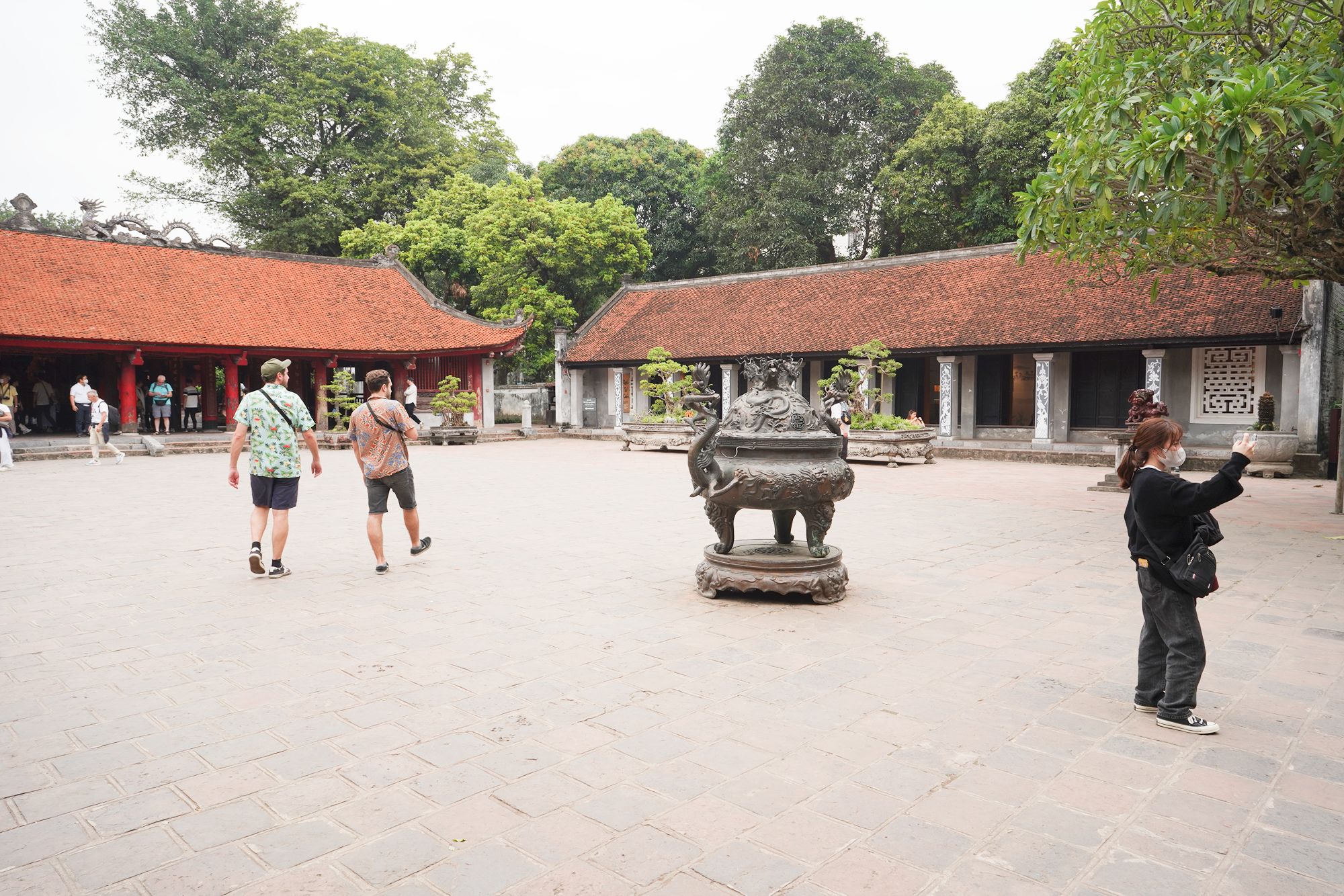
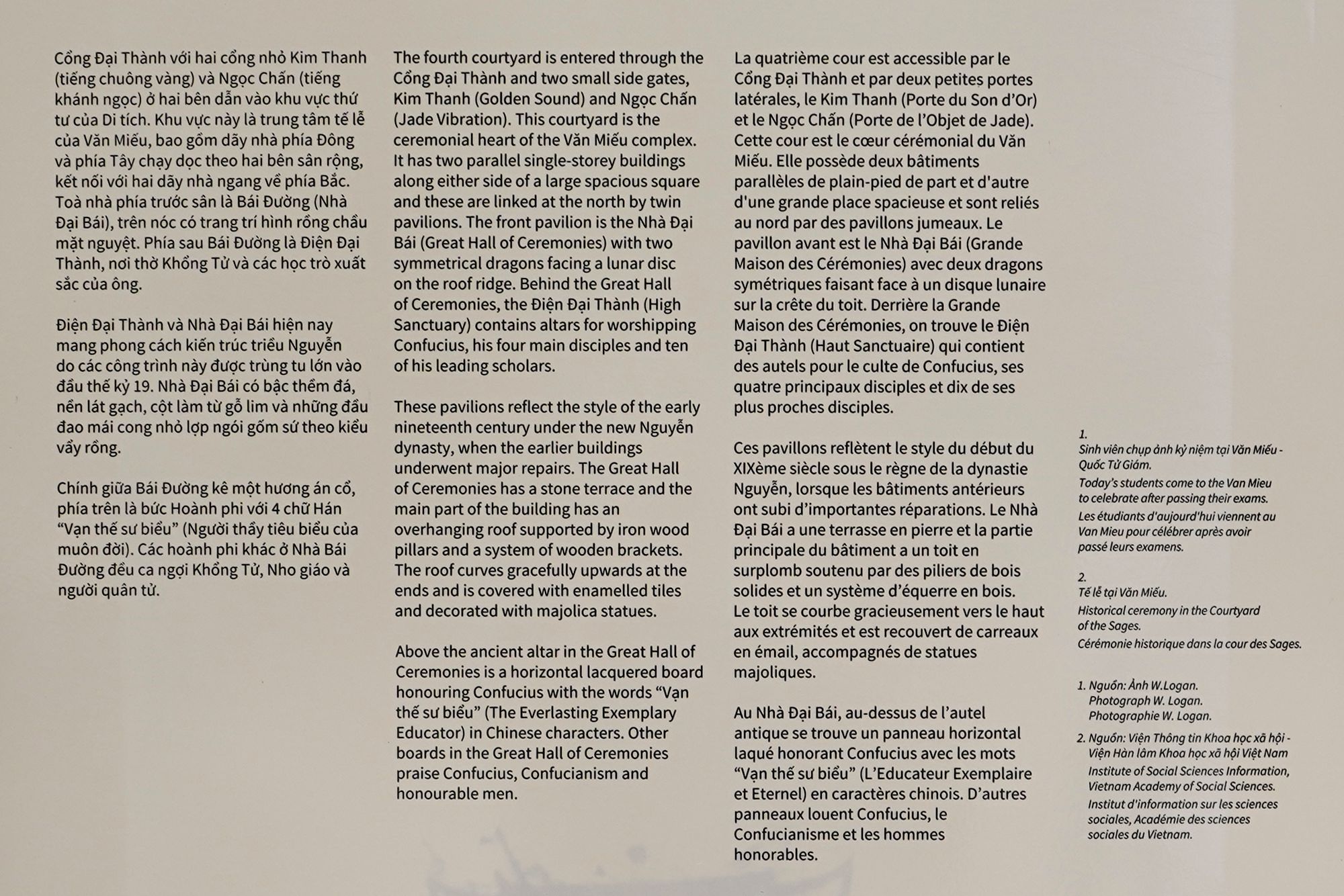
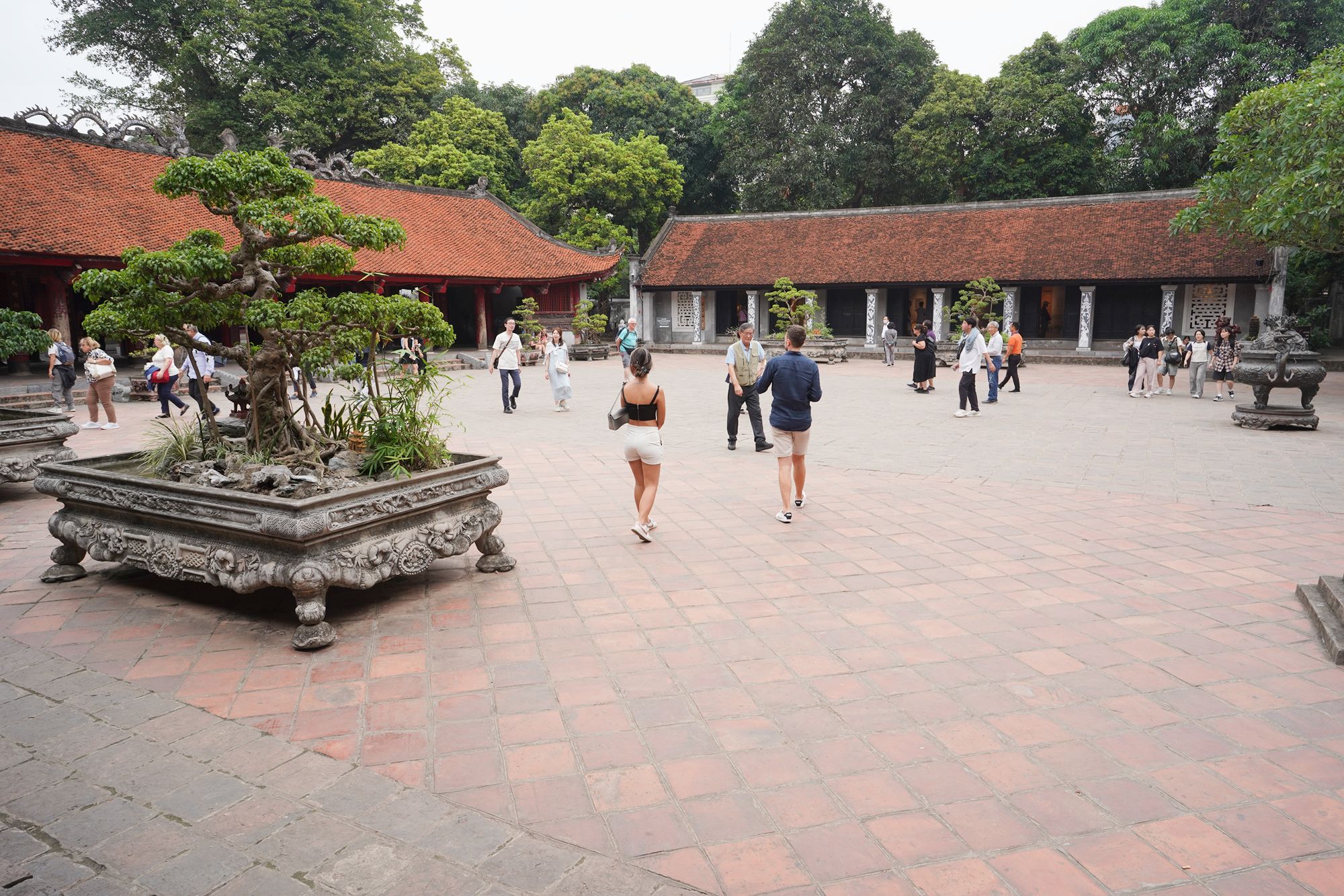
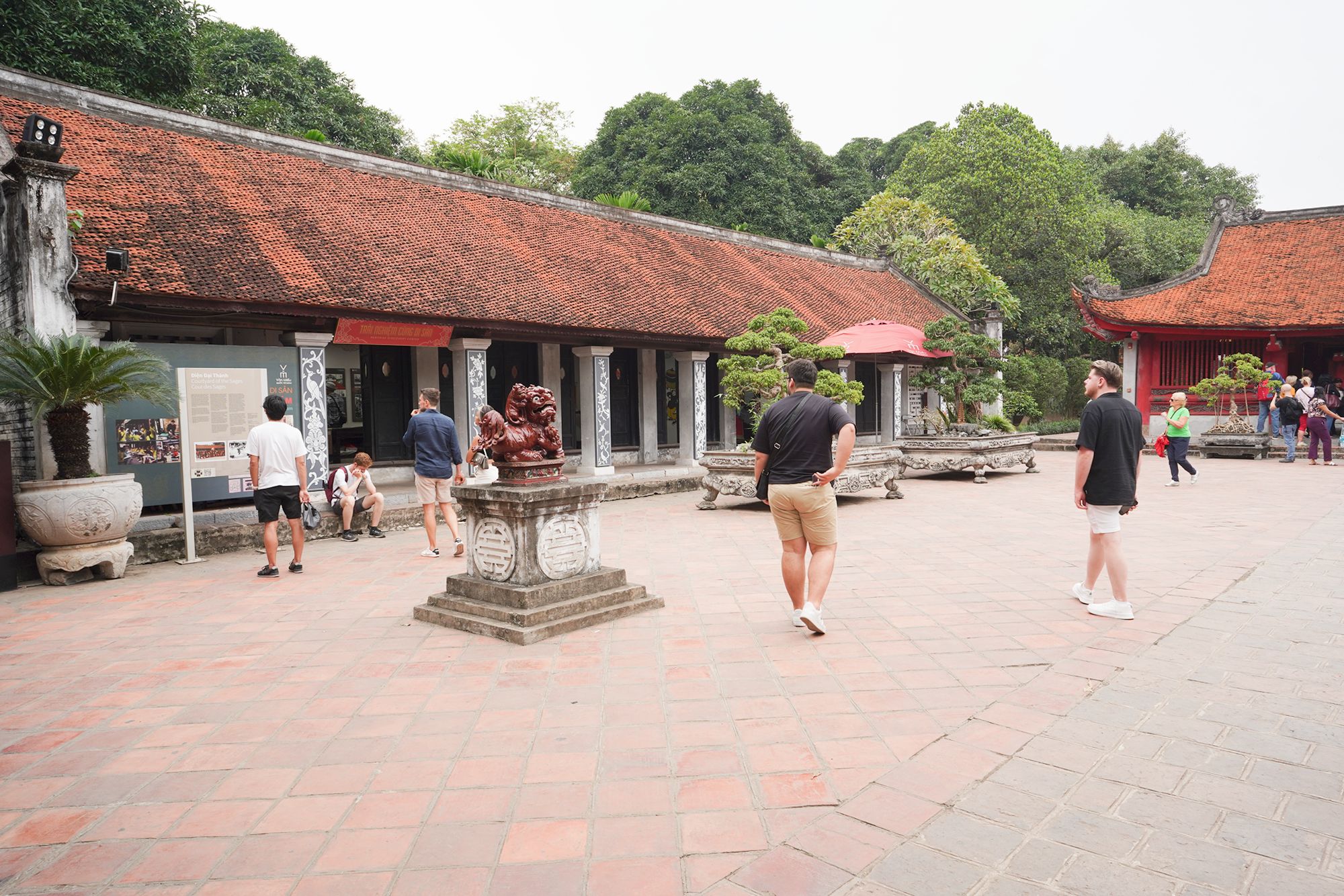
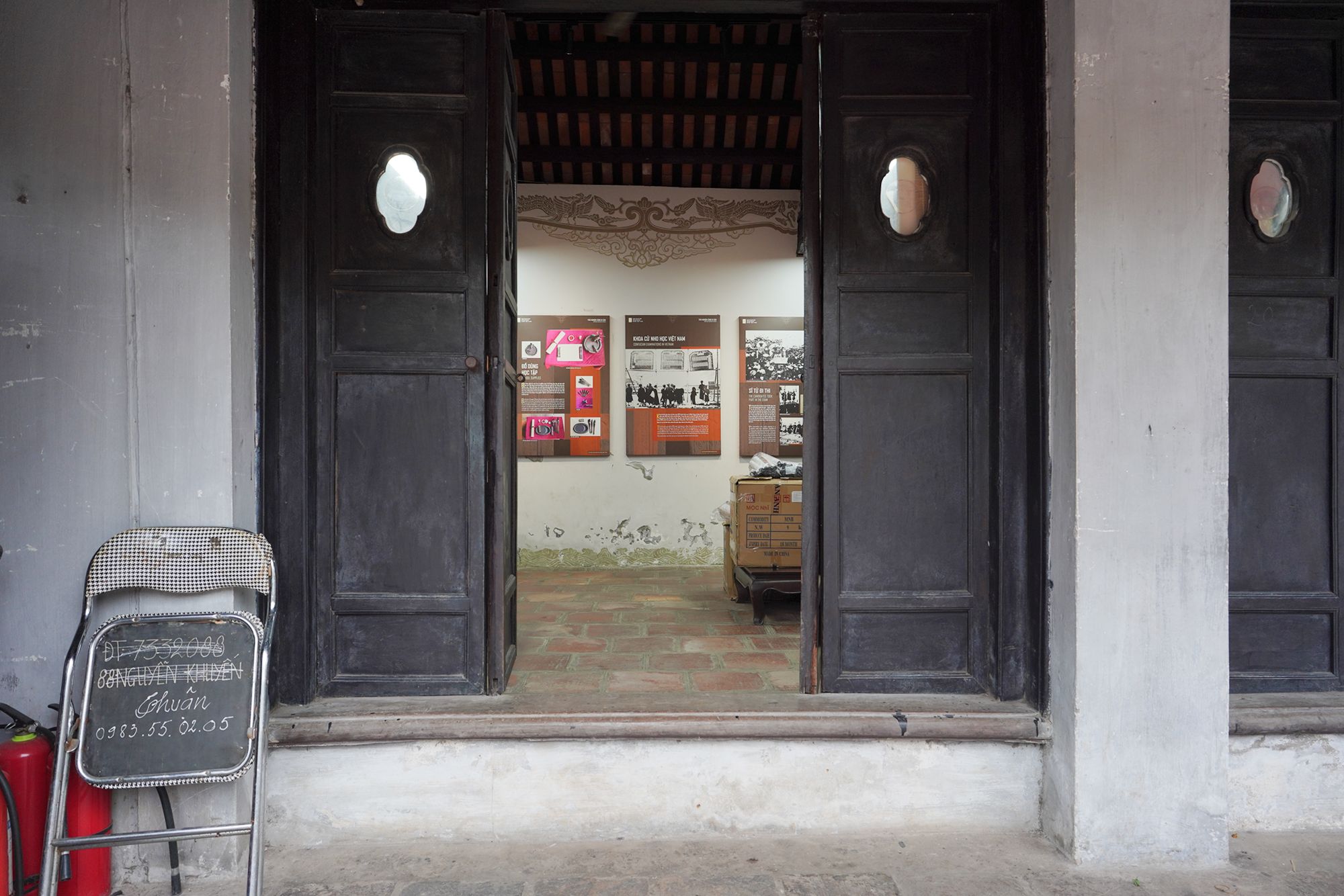
The Temple of Literature became Vietnam’s first university in 1076, where scholars studied Confucian texts to prepare for imperial examinations. These exams, open to the brightest students from across the country, were a pathway to becoming high-ranking mandarins in the imperial court.
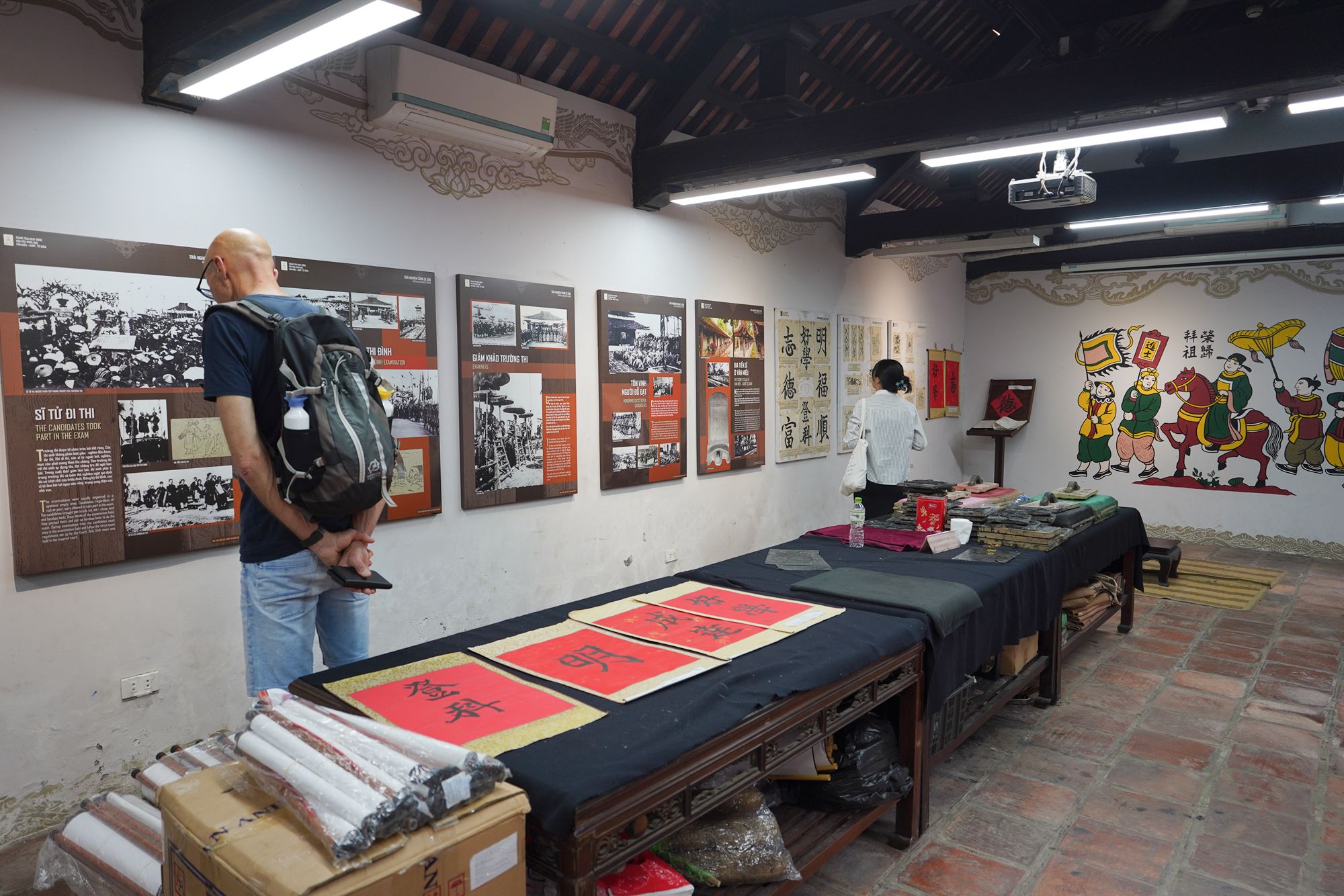
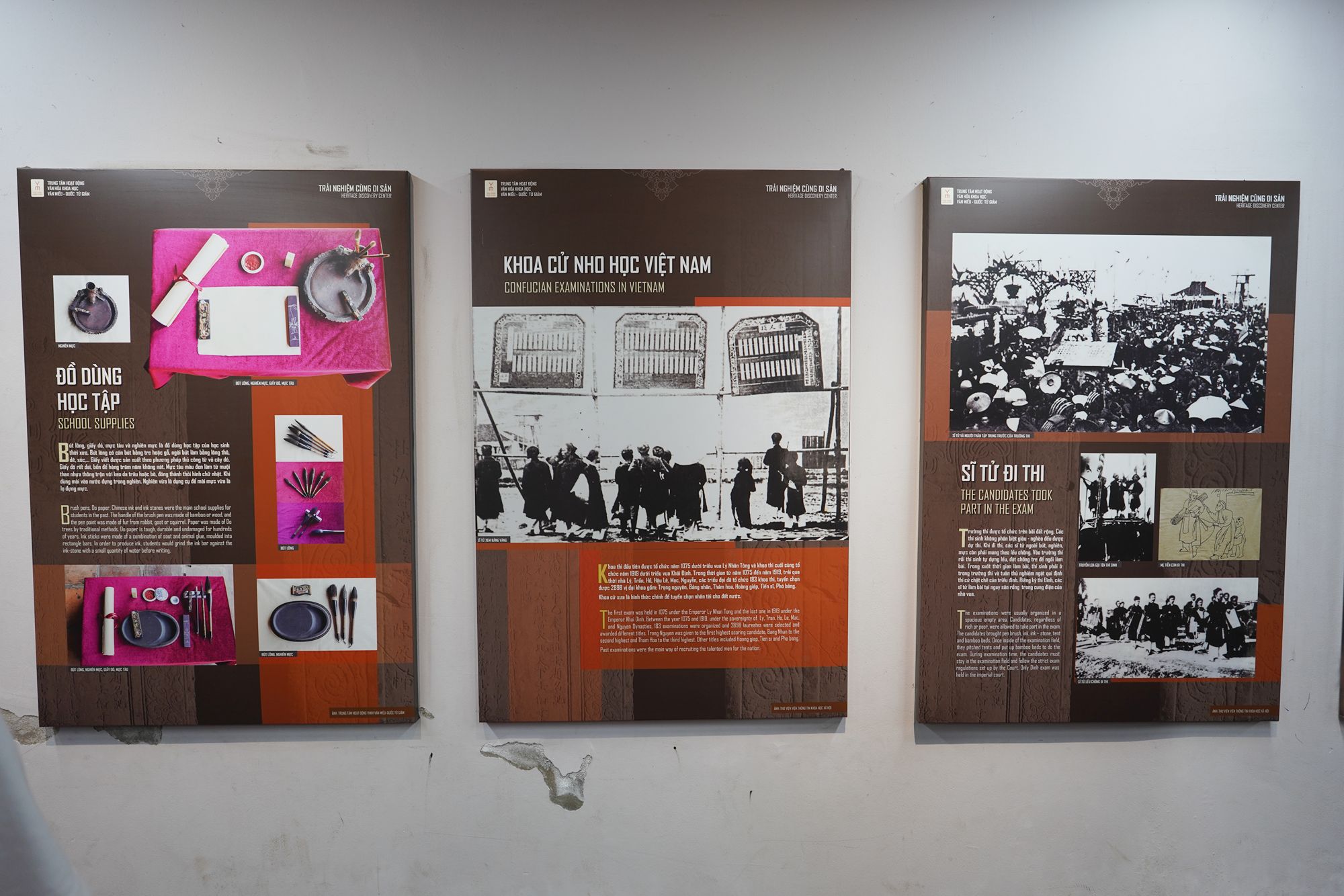
The main sanctuary is dedicated to Confucius and his disciples. Inside, you’ll find altars with offerings, ornate wood carvings, and statues that reflect traditional Vietnamese craftsmanship.
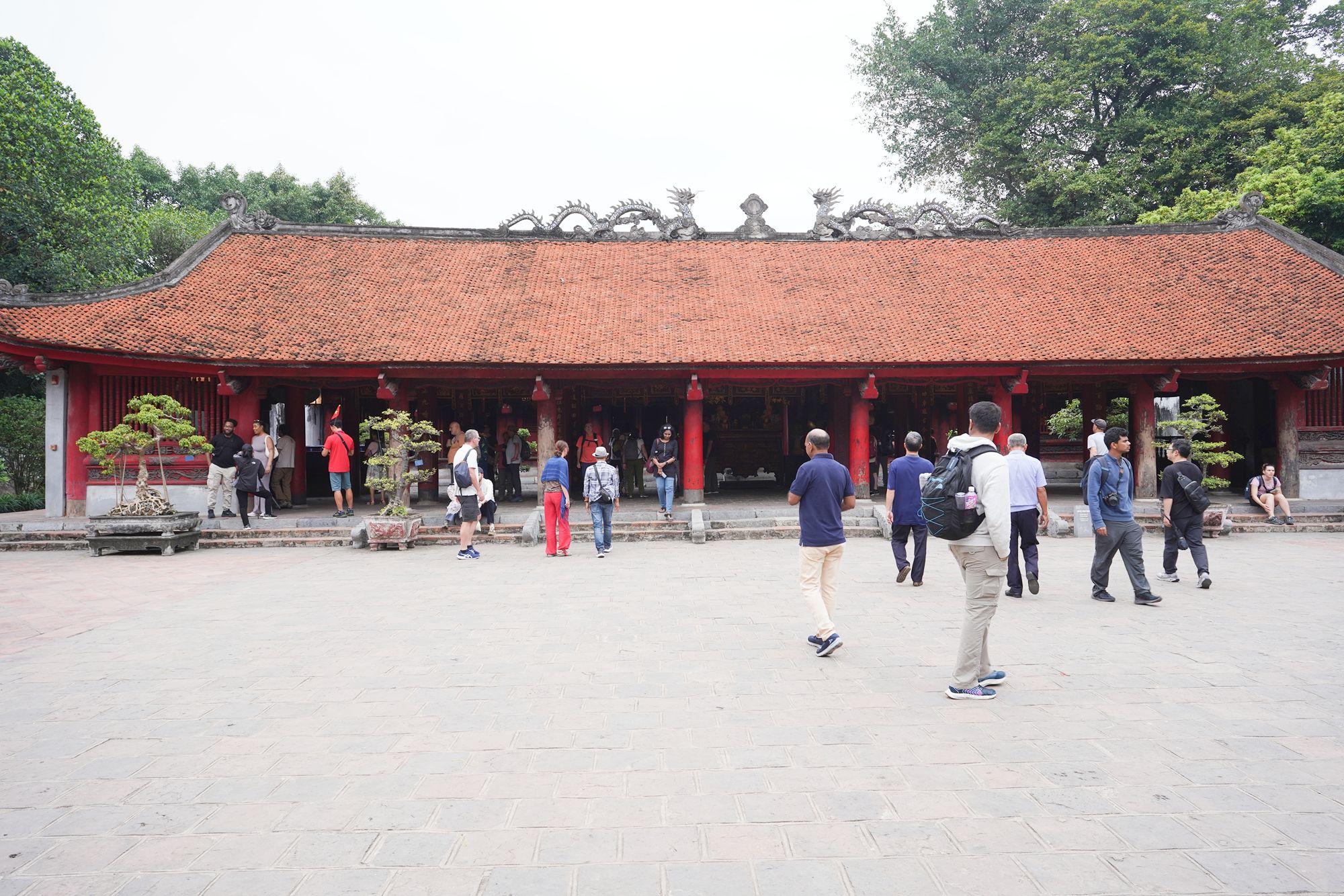
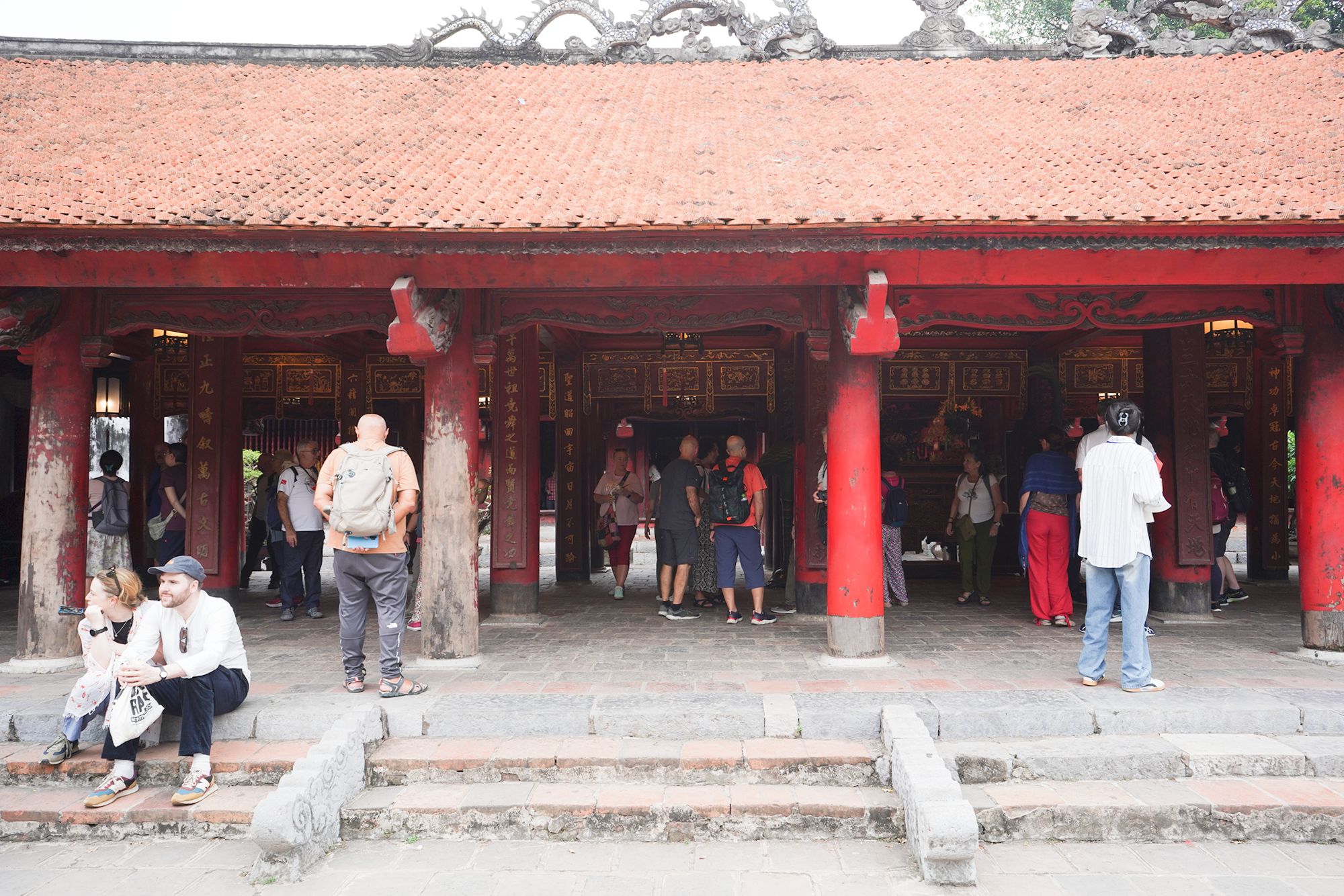
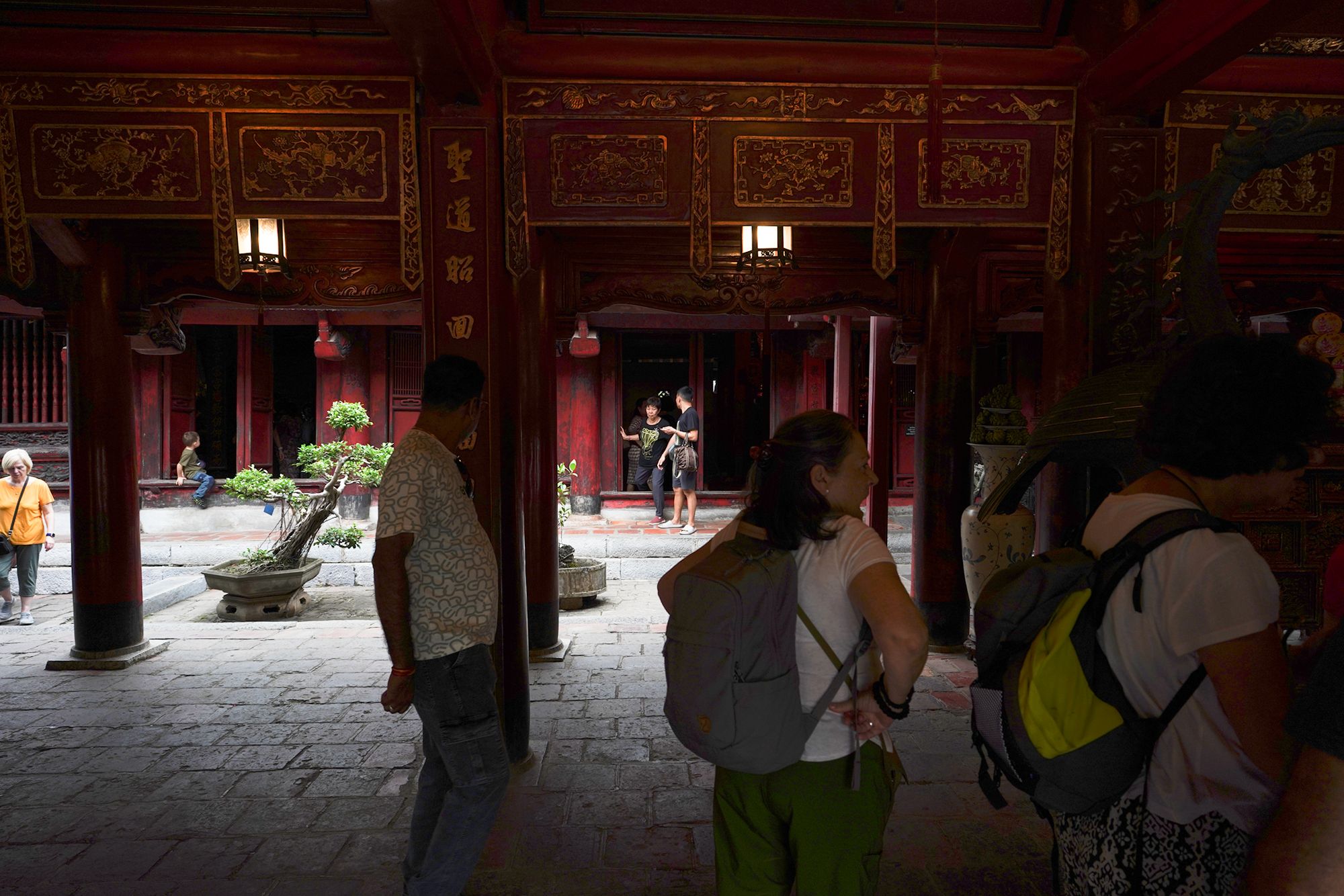
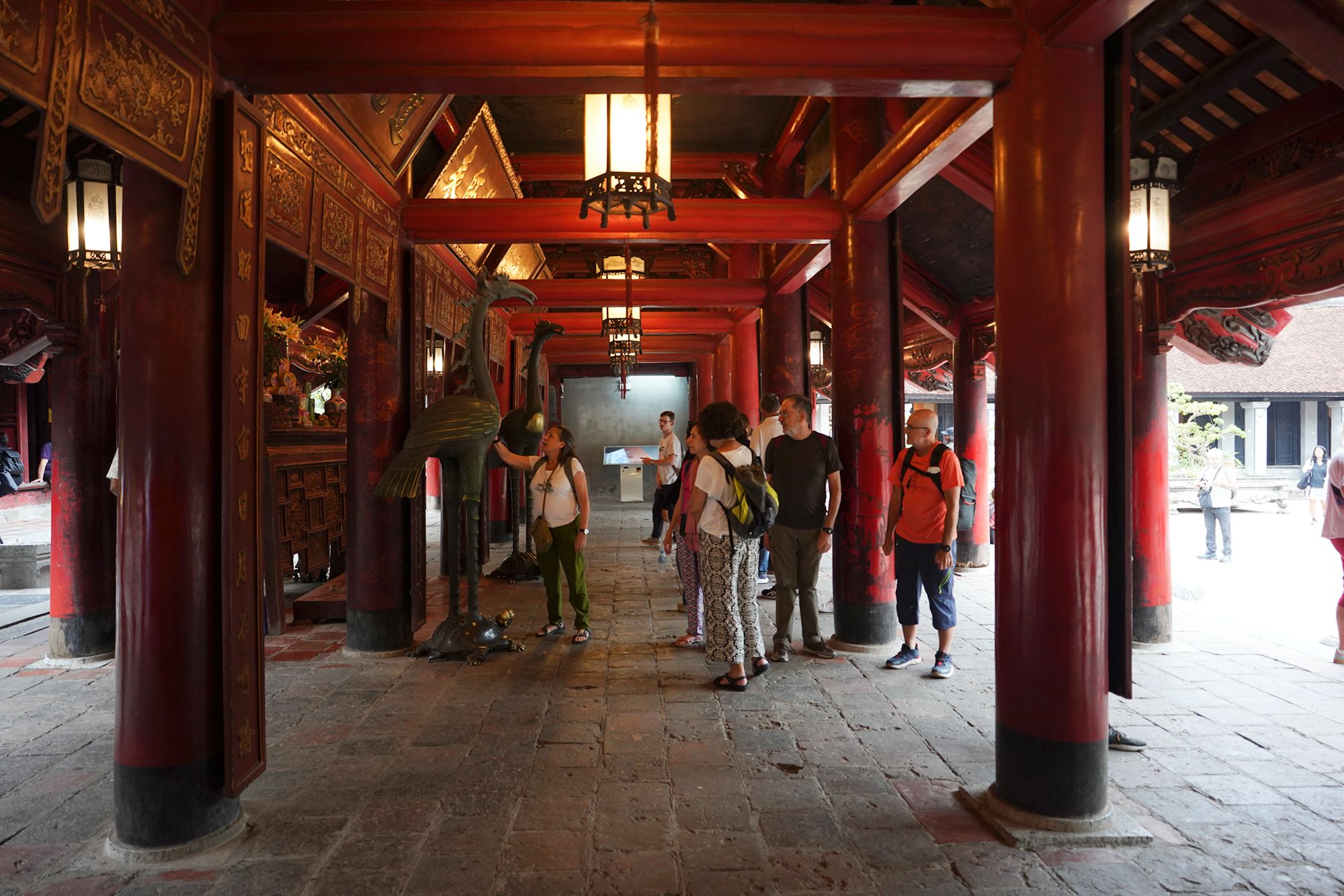
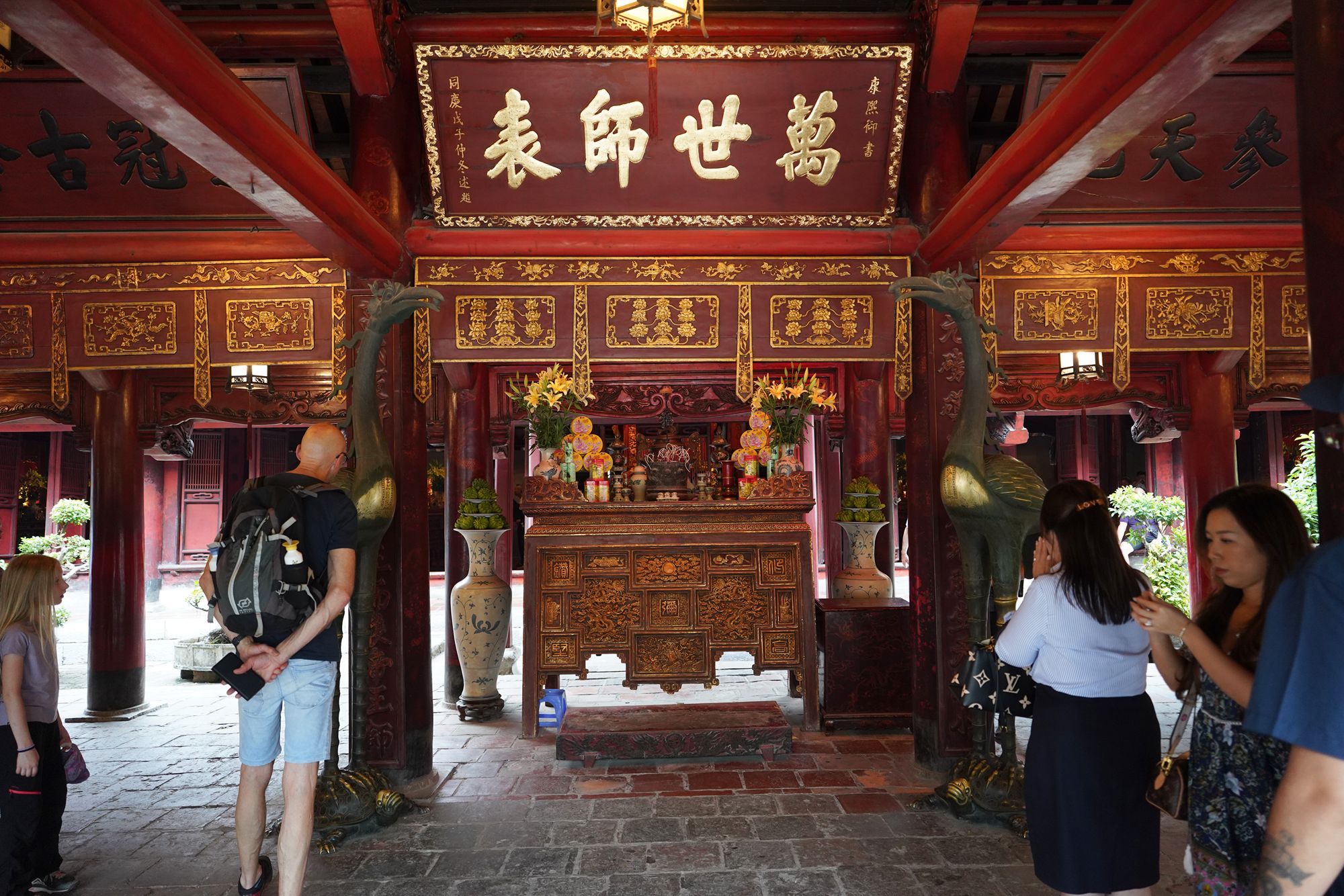
There is a second building behind the first one
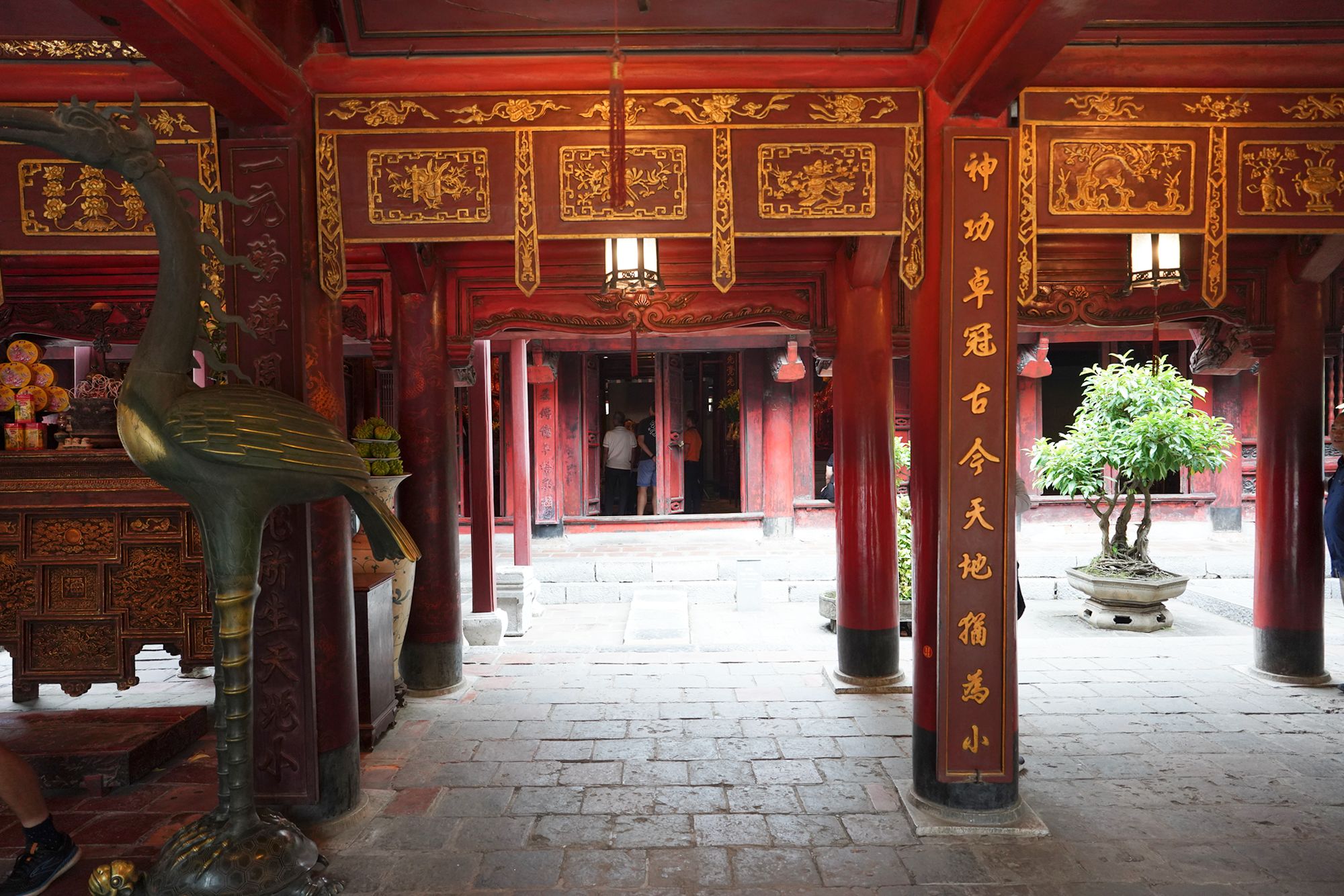
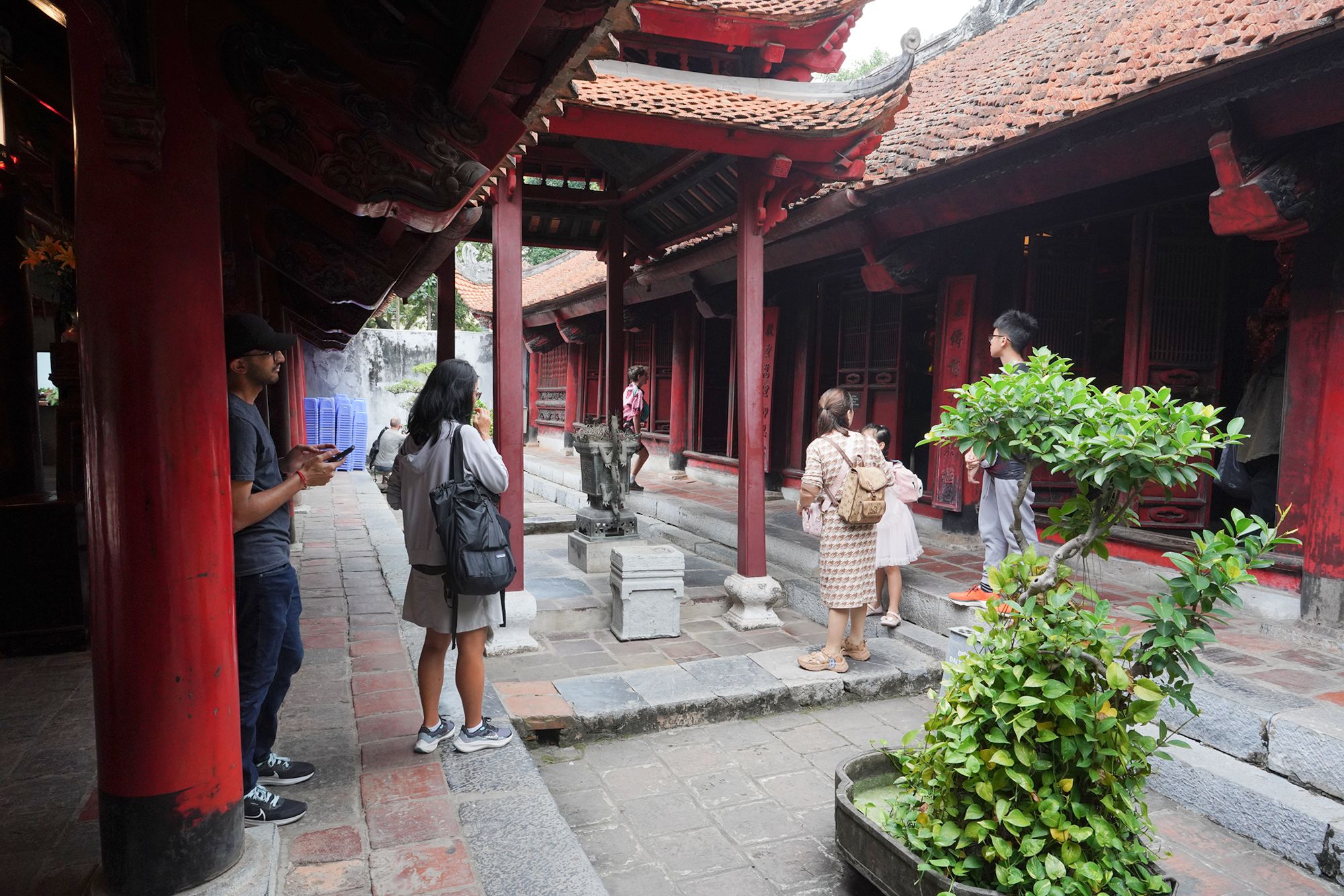
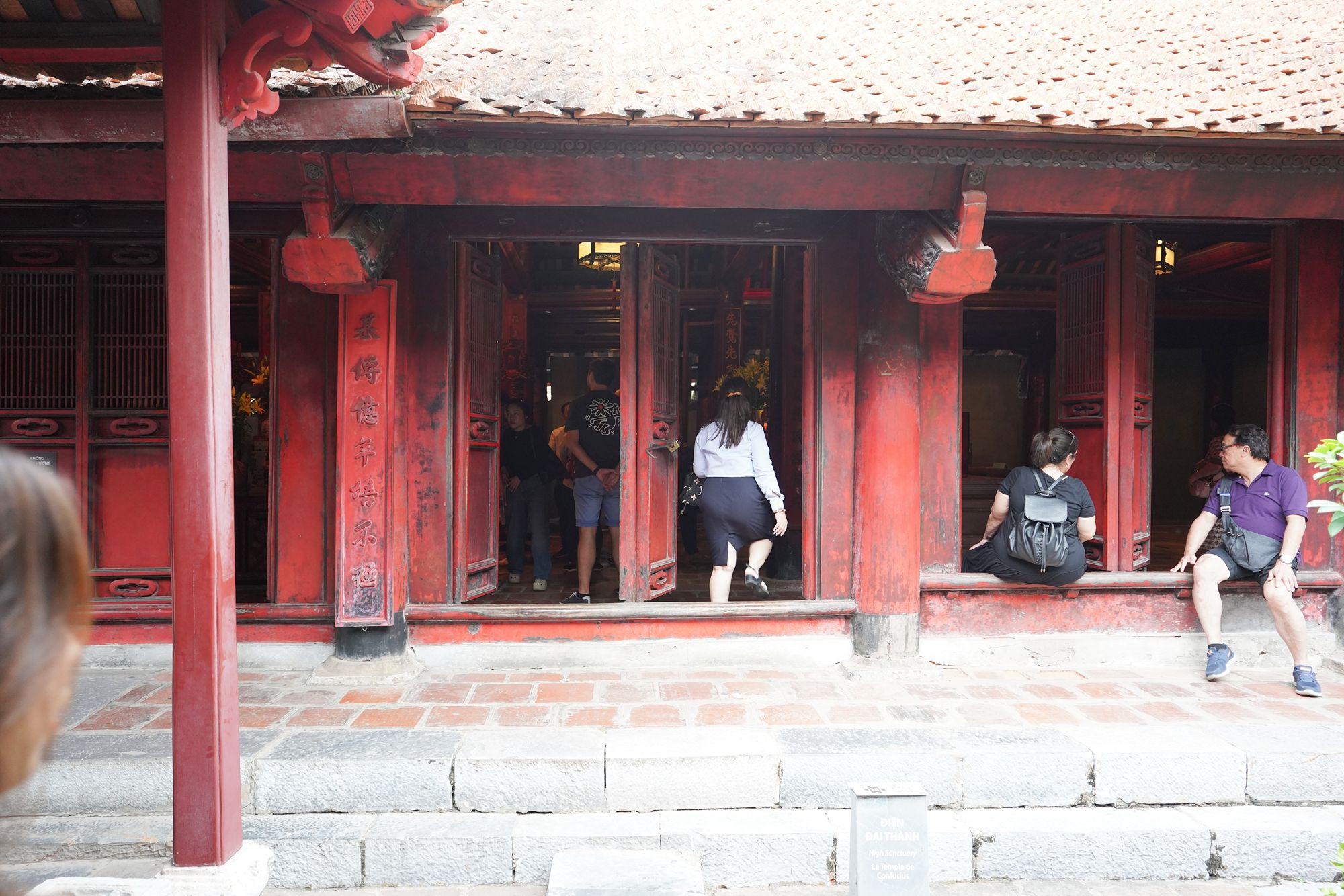
Confucius (Khổng Tử): The central figure of the sanctuary, honored as the great teacher and philosopher whose teachings have profoundly influenced Vietnamese education and governance.
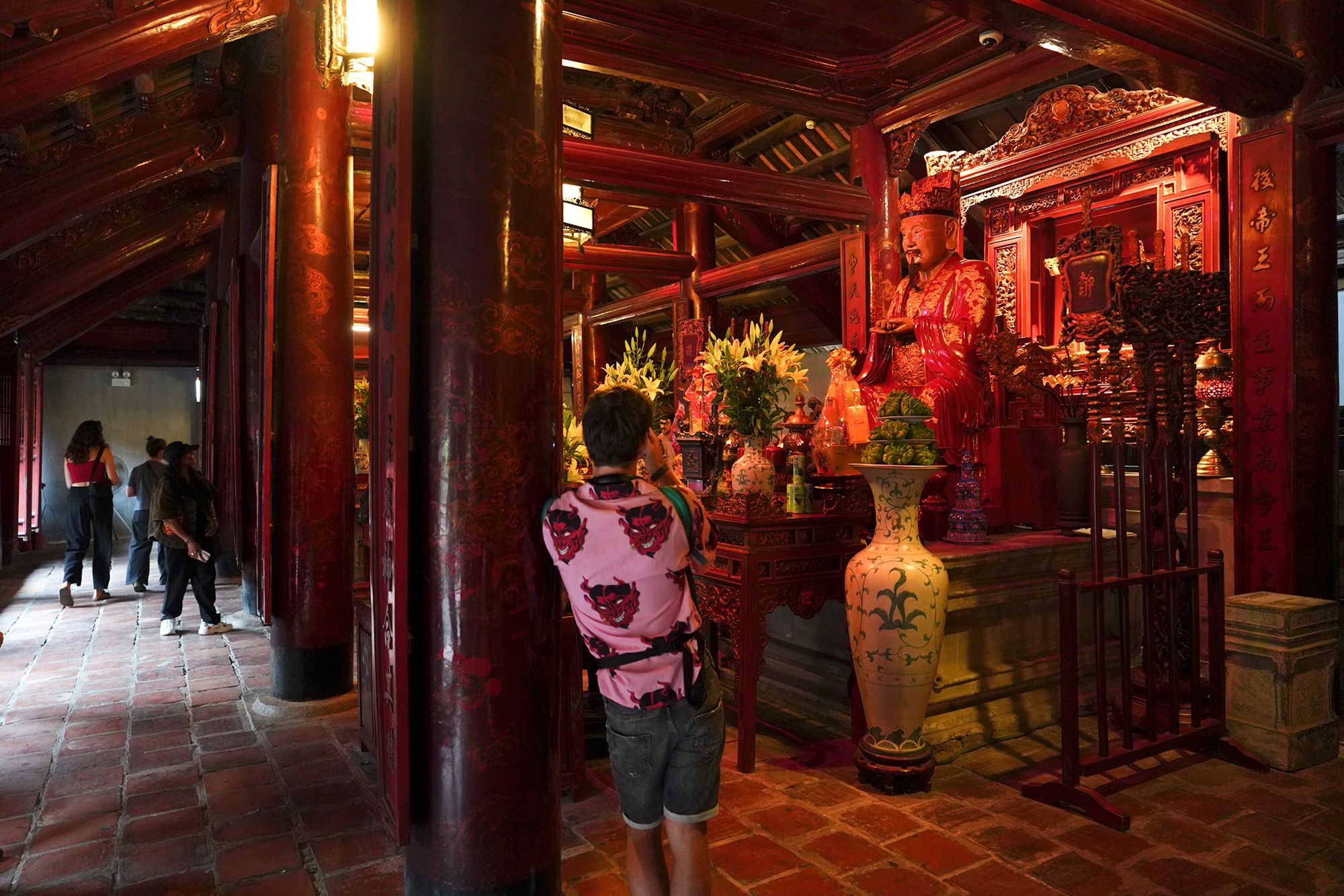
The Four Disciples Surround Confucius:
These are Confucius’s most prominent students who played significant roles in developing and spreading his teachings. They are:
Yan Hui (Nhan Uyên): Known for his humility and diligence in learning.
Zeng Shen (Tăng Sâm): Famous for his filial piety and contributions to Confucian ethics.
Zisi (Tử Tư): The grandson of Confucius, who further elaborated on his grandfather’s ideas.
Mencius (Mạnh Tử): A key figure who expanded Confucian philosophy into a comprehensive system.
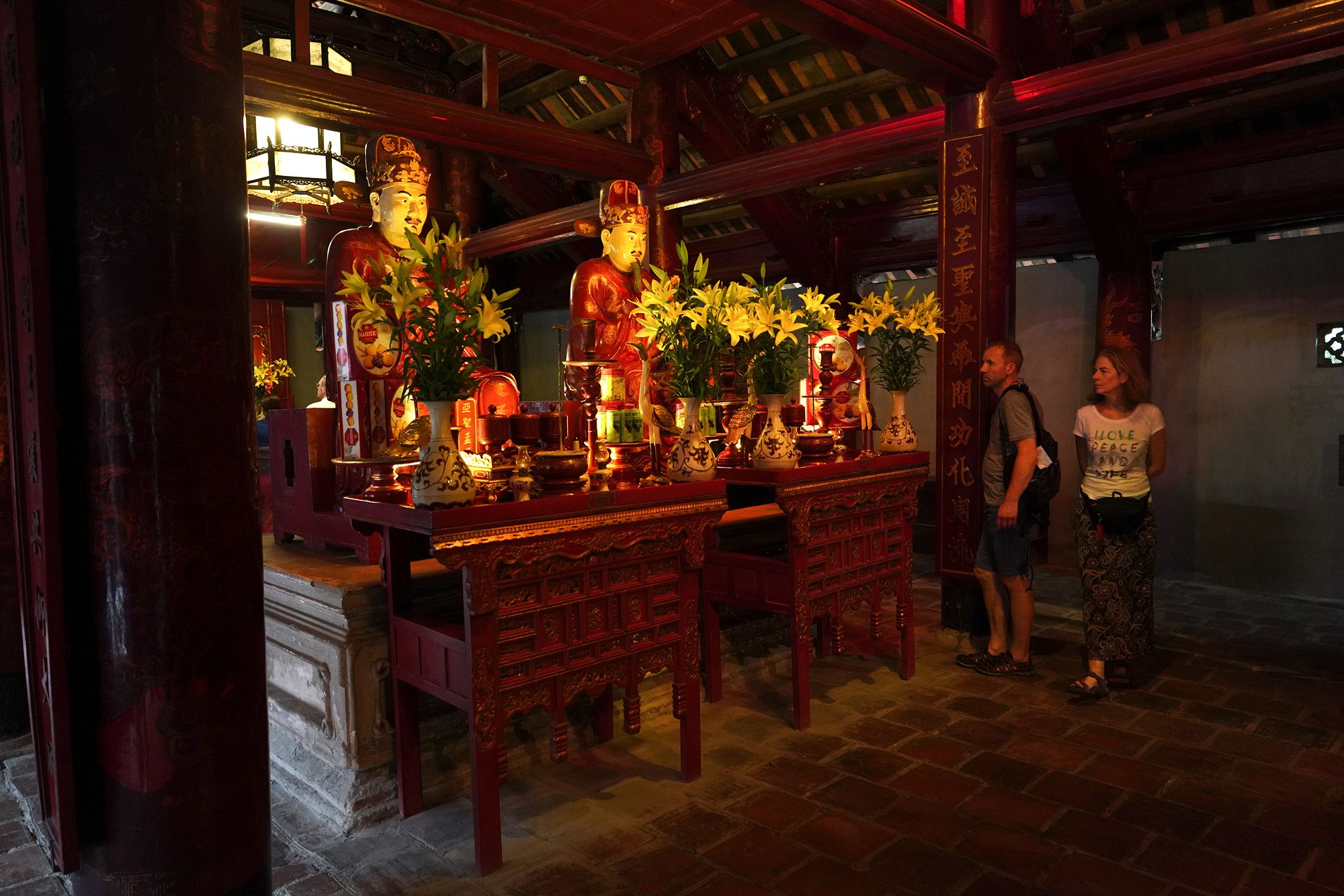
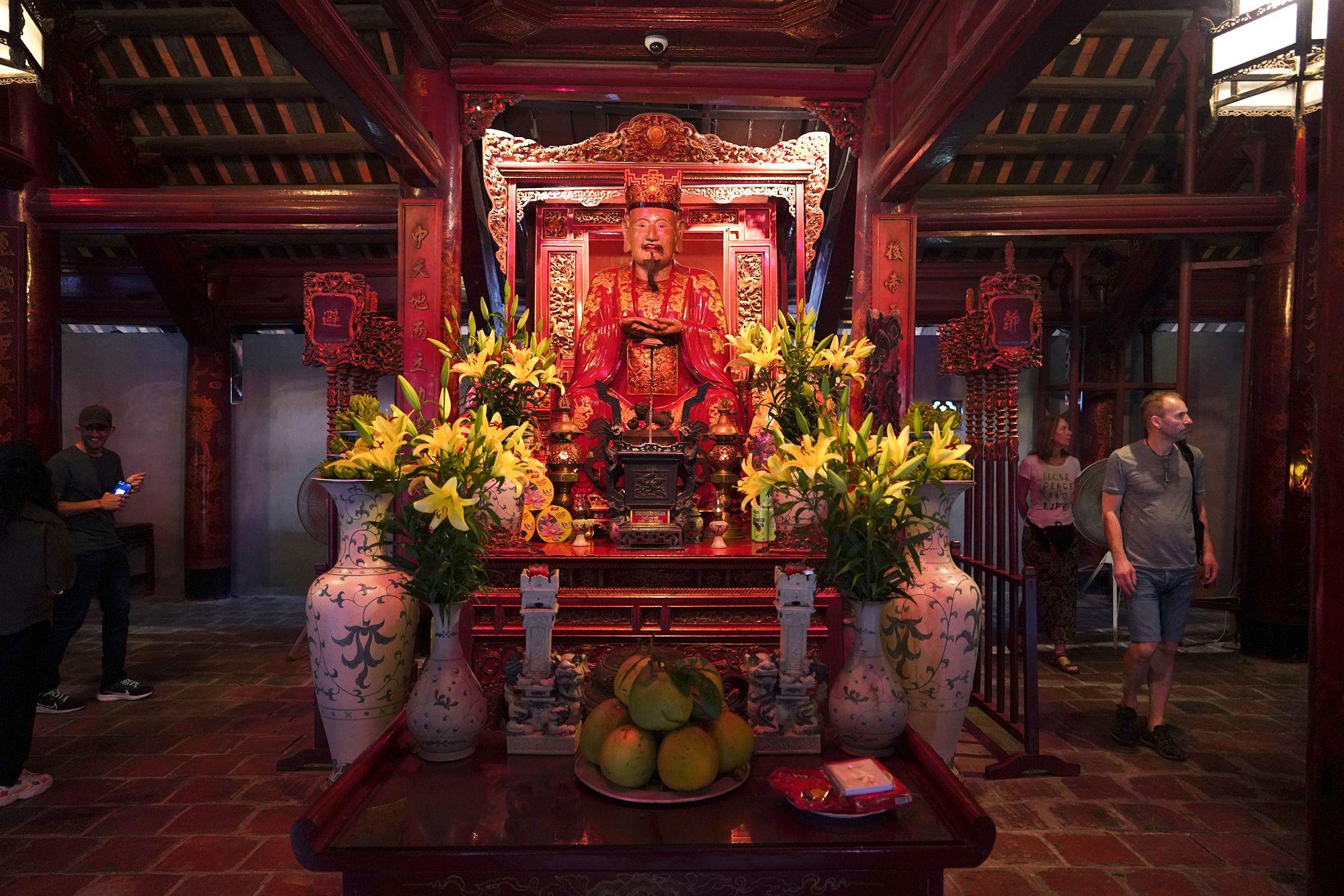
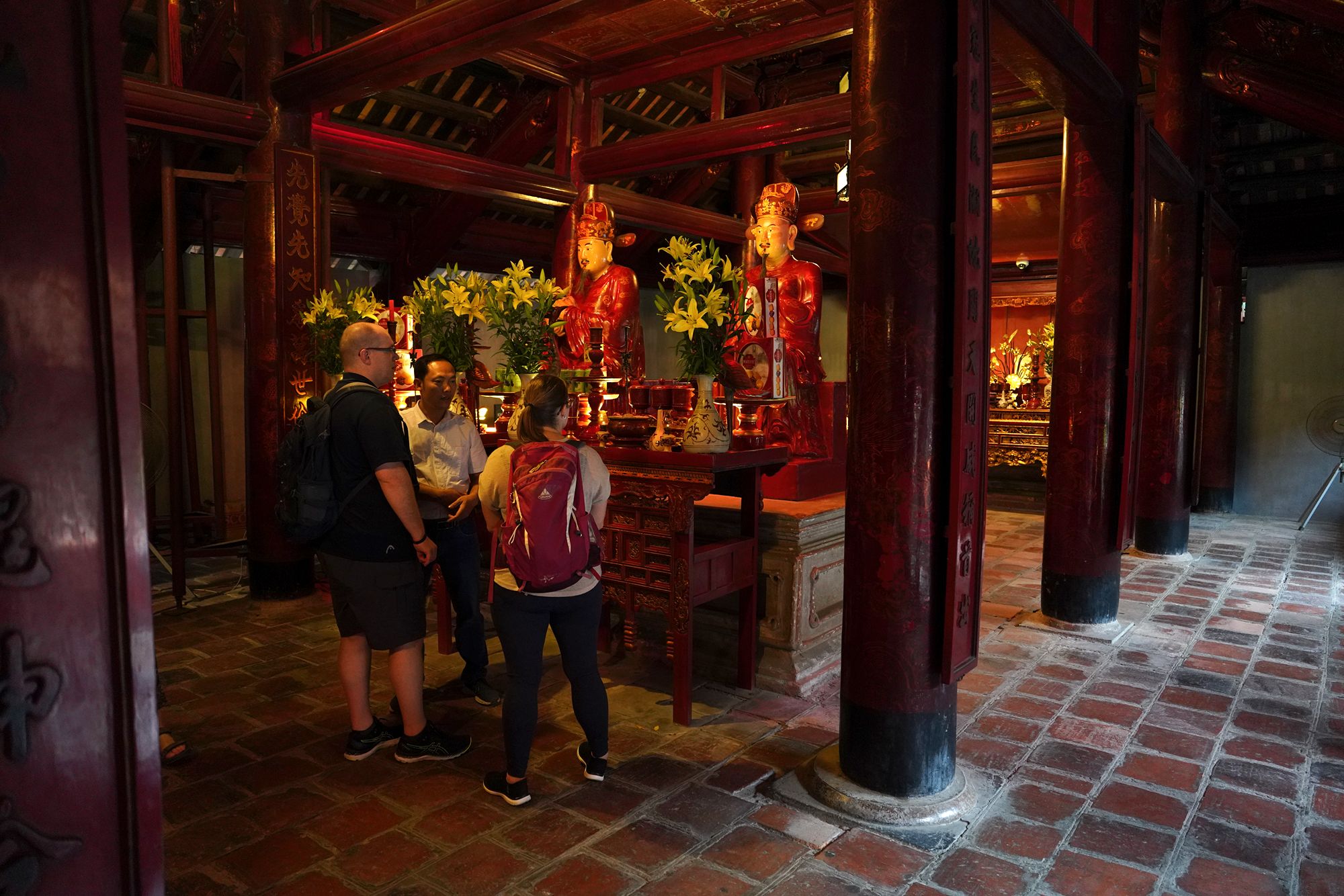
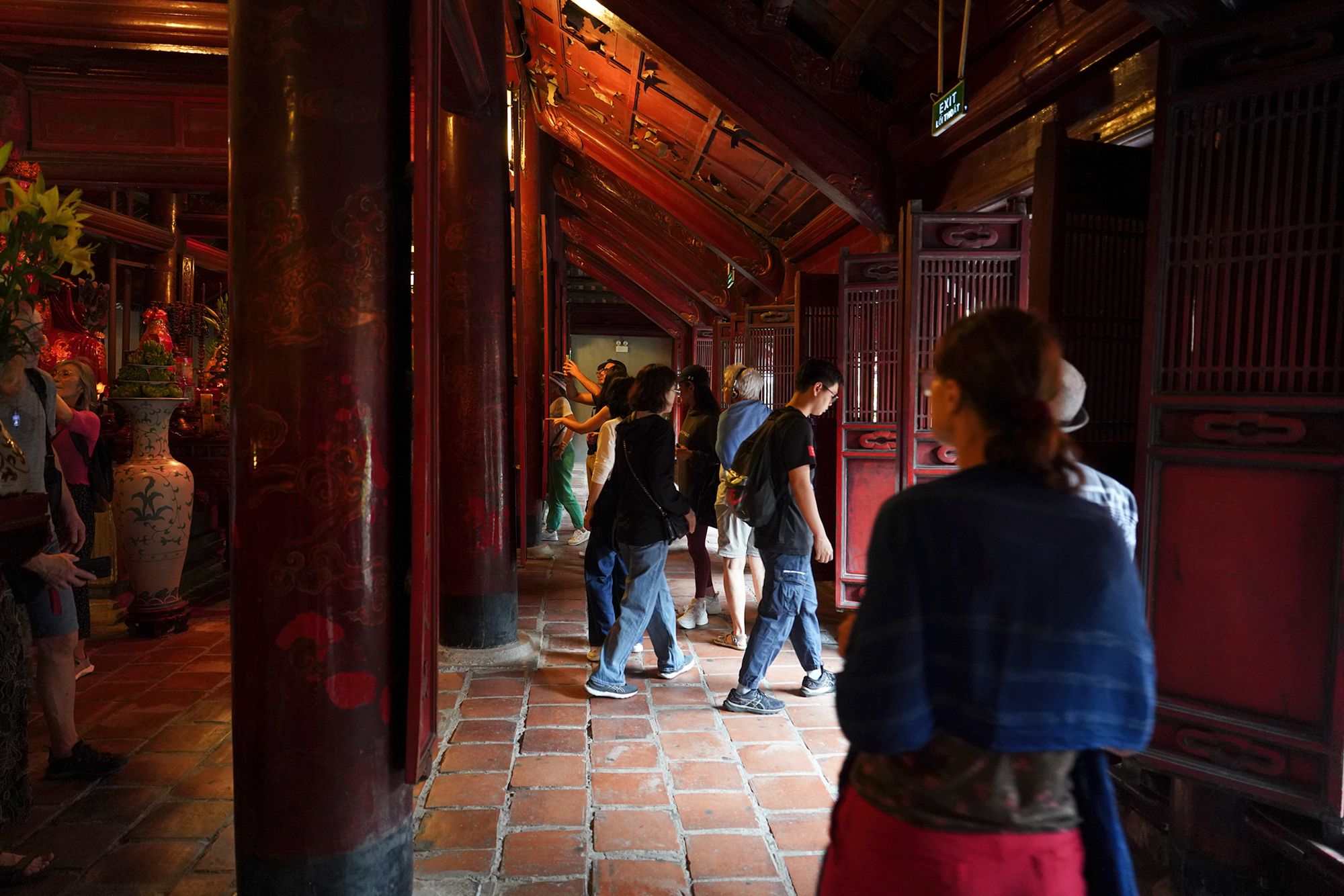
Came back to the courtyard
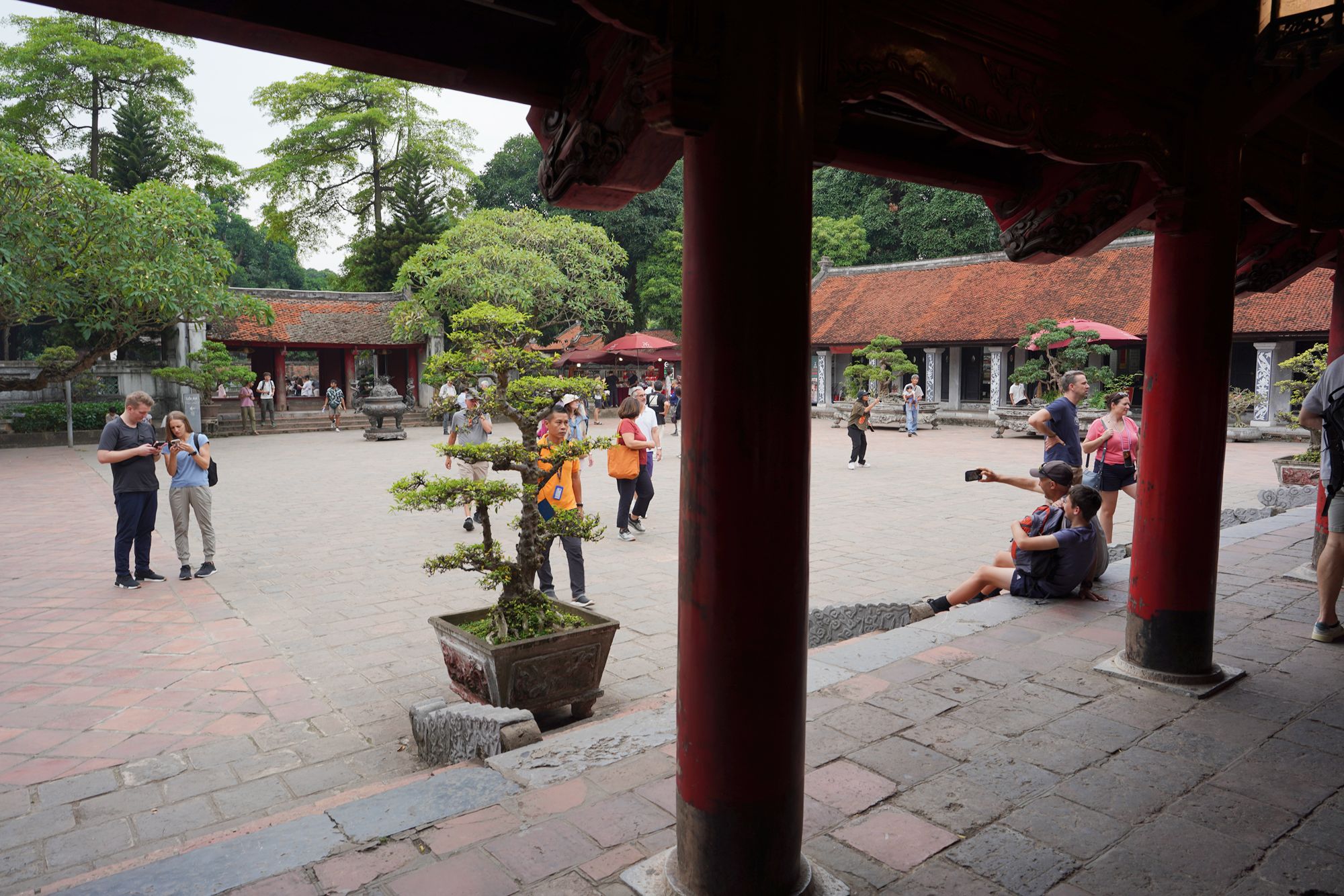
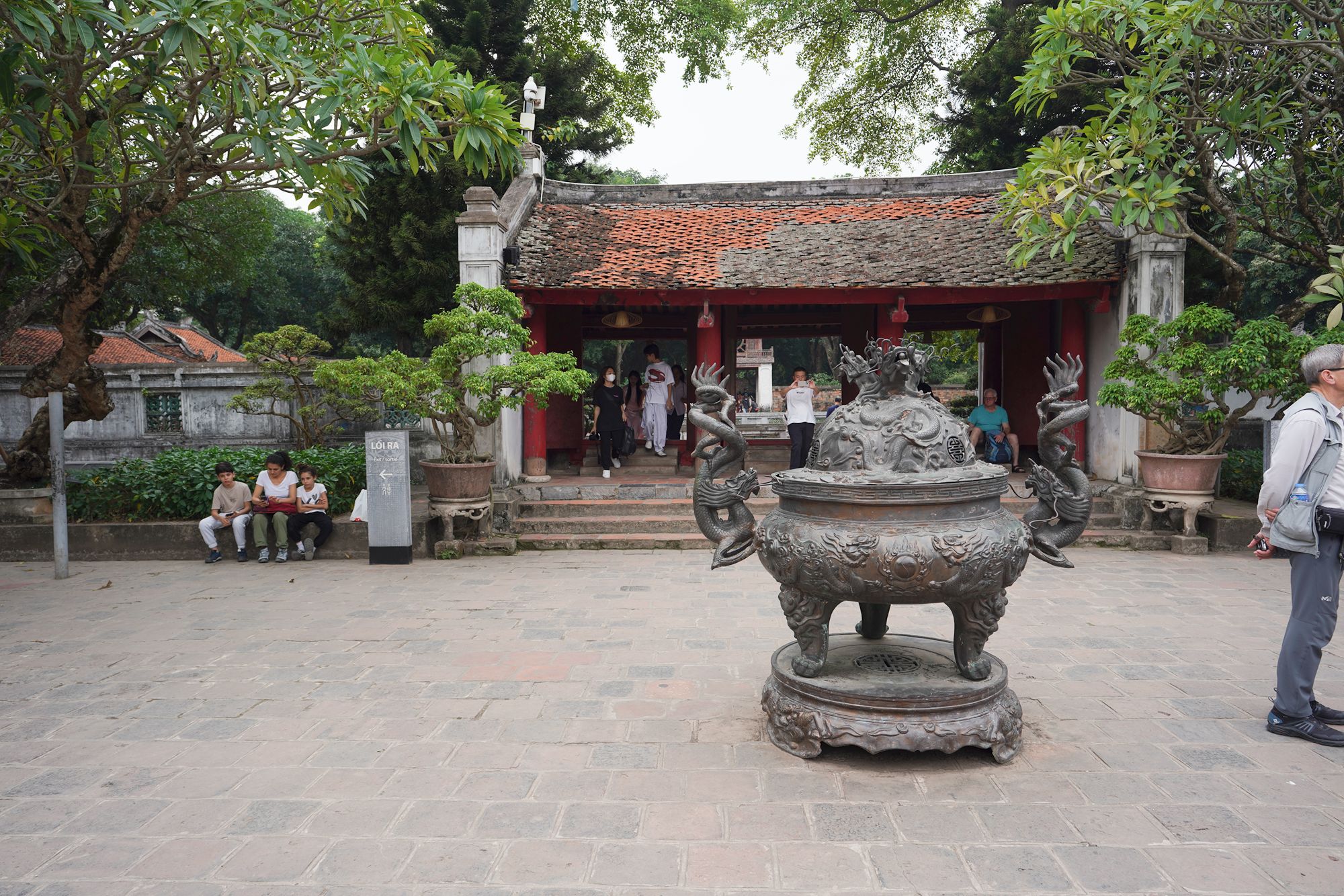
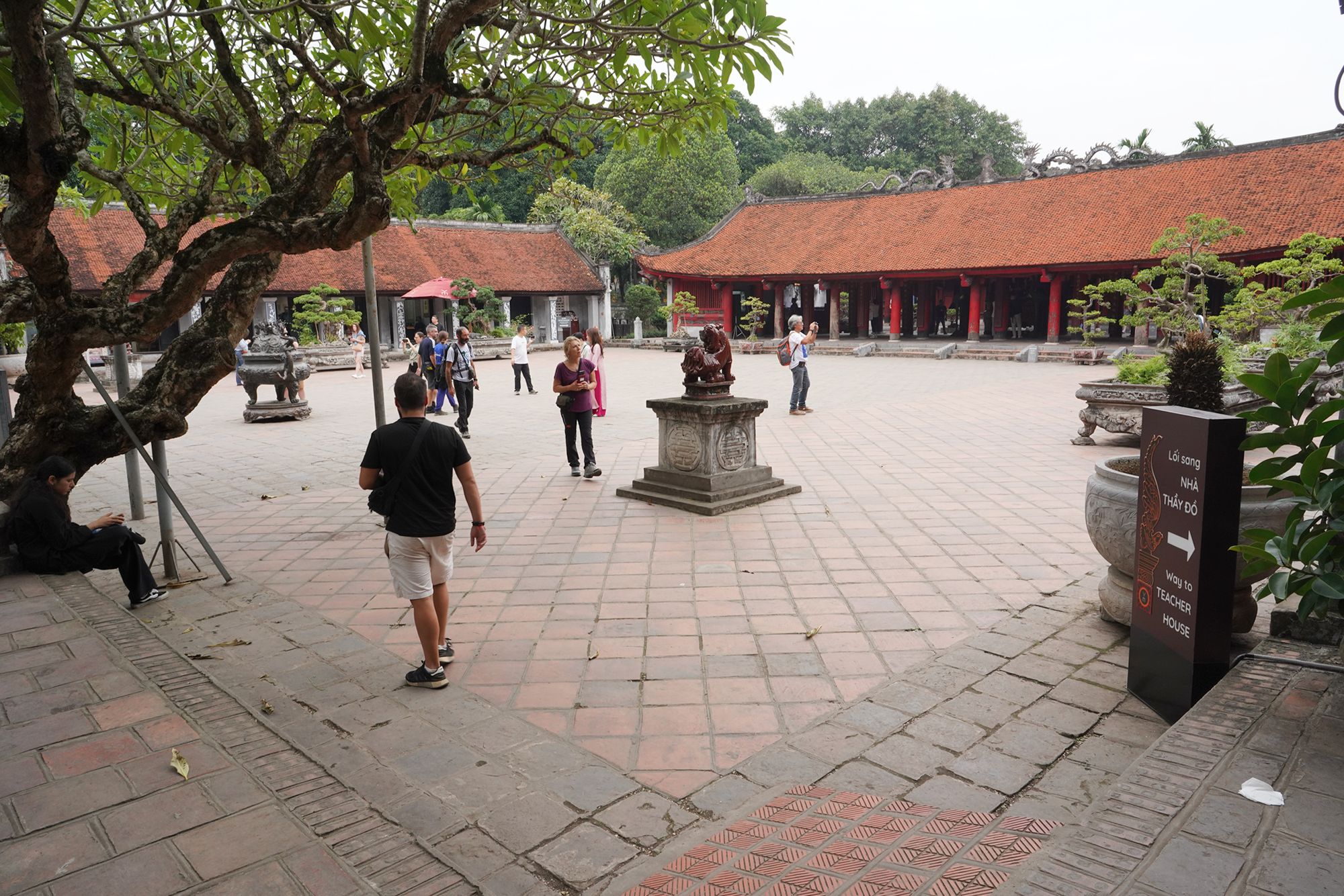
This is a side door that leads to the fifth and the last courtyard
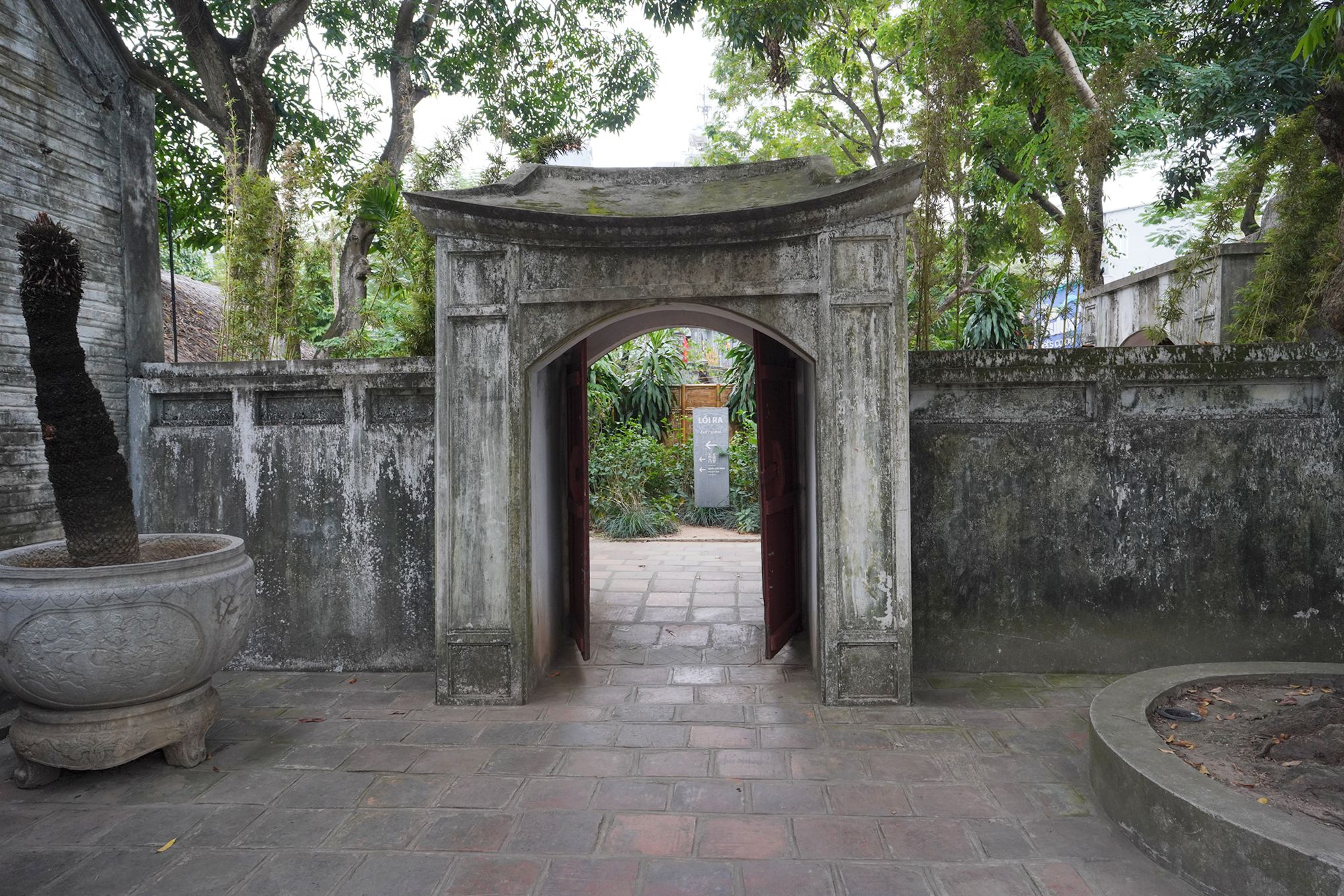
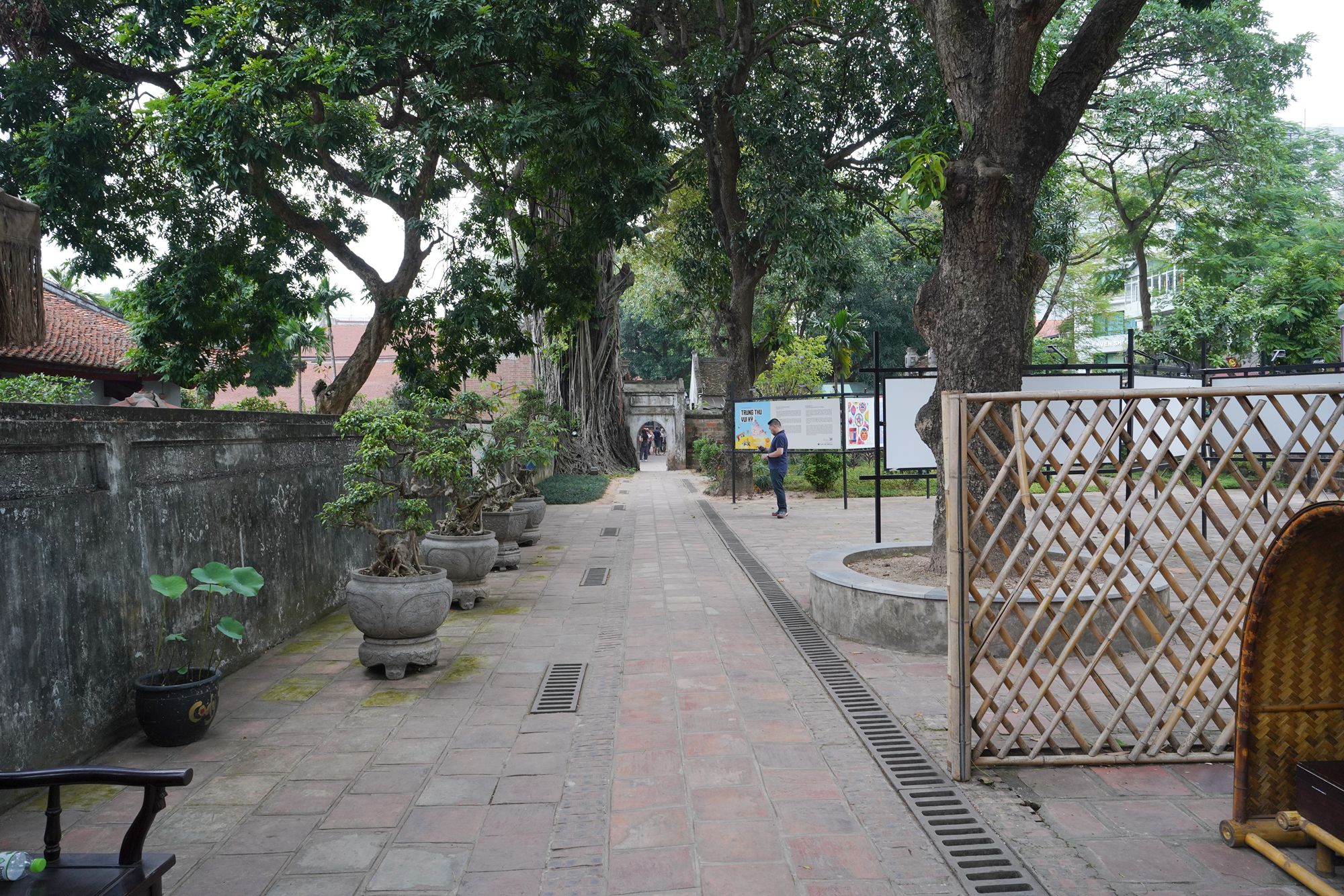
Fifth Courtyard: Once the site of Vietnam’s first national university, originally established in 1076, the Quoc Tu Giam (Imperial Academy), where the nation’s elite were educated. Today, it features reconstructed classrooms and exhibitions showcasing ancient teaching materials and methods.
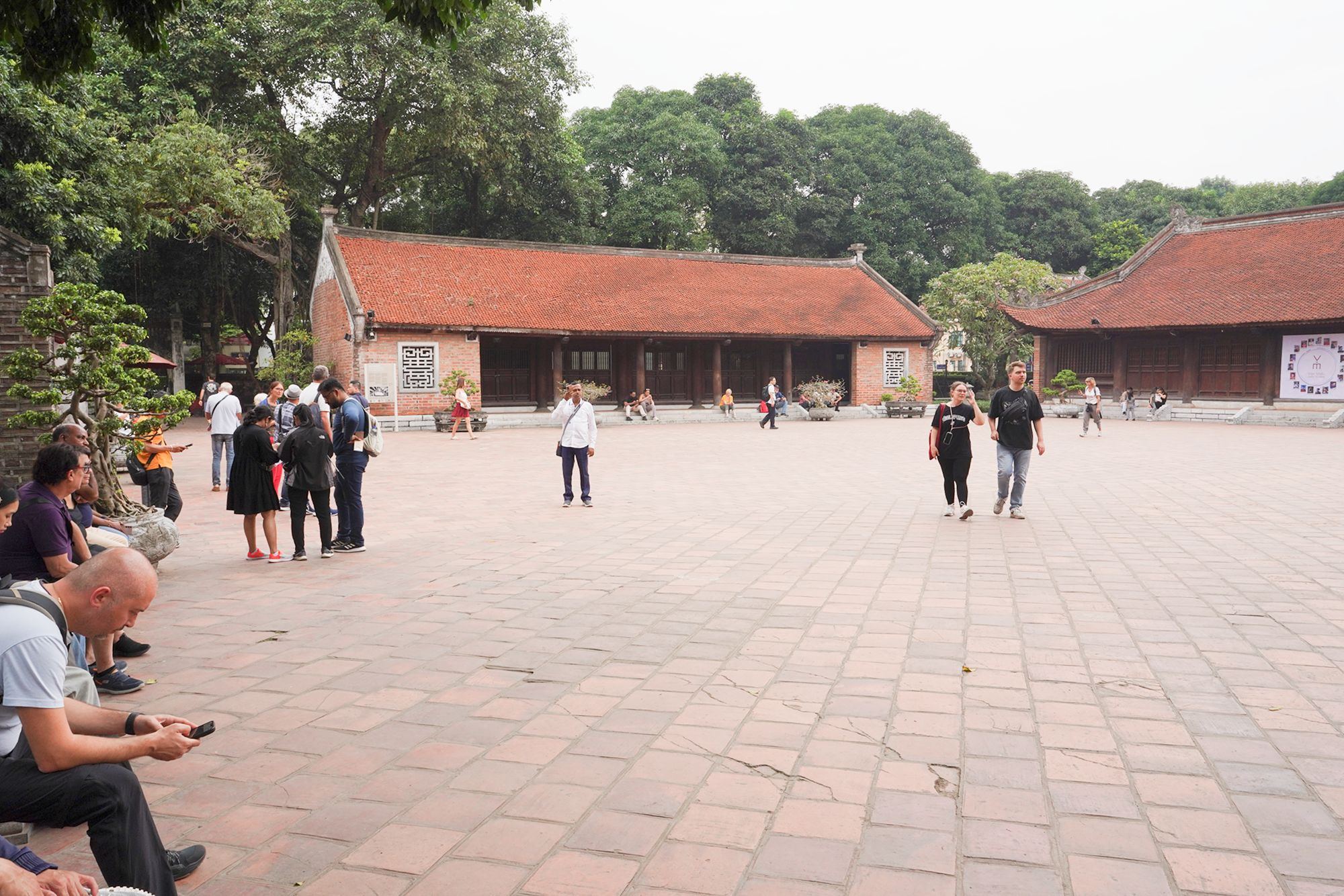
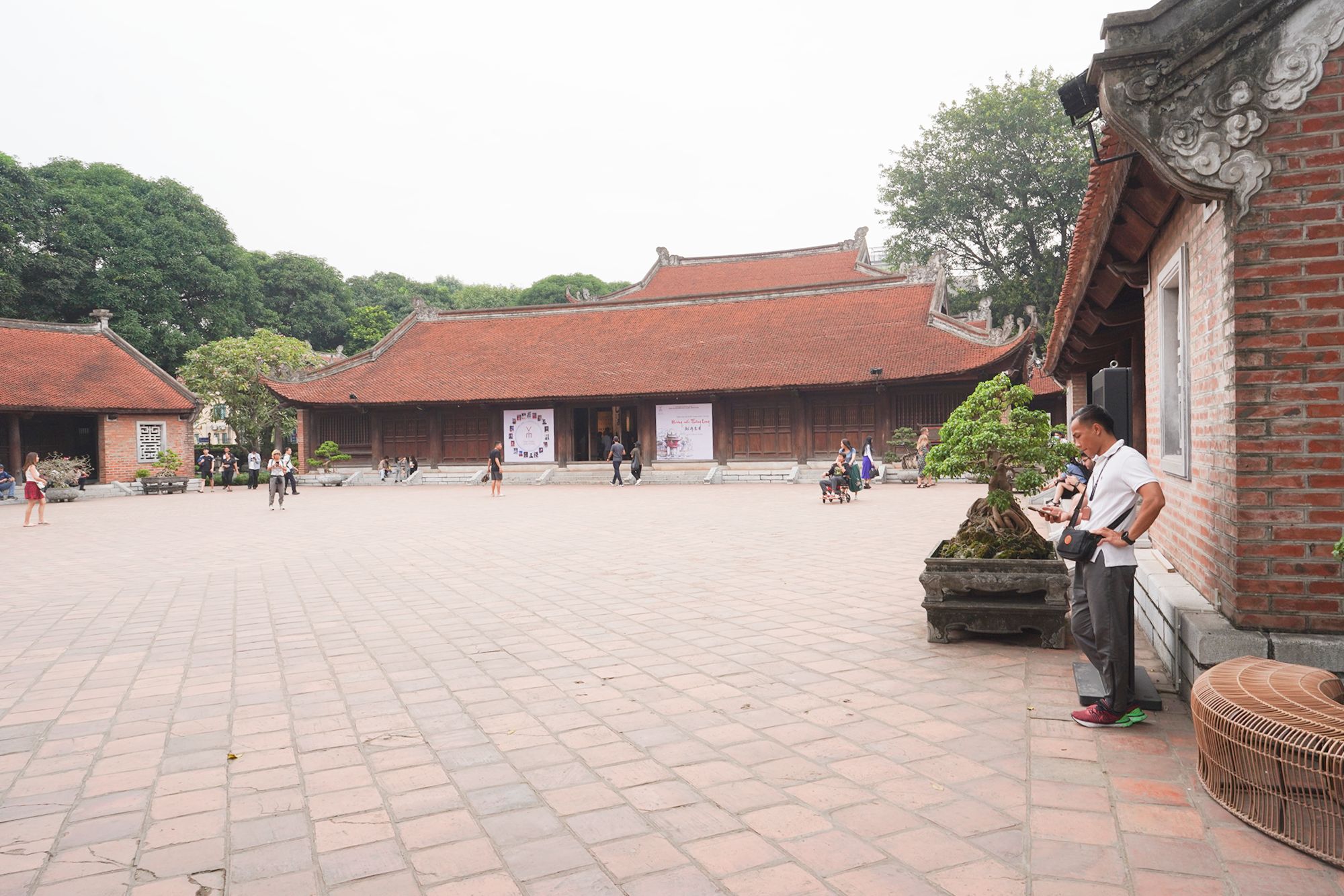
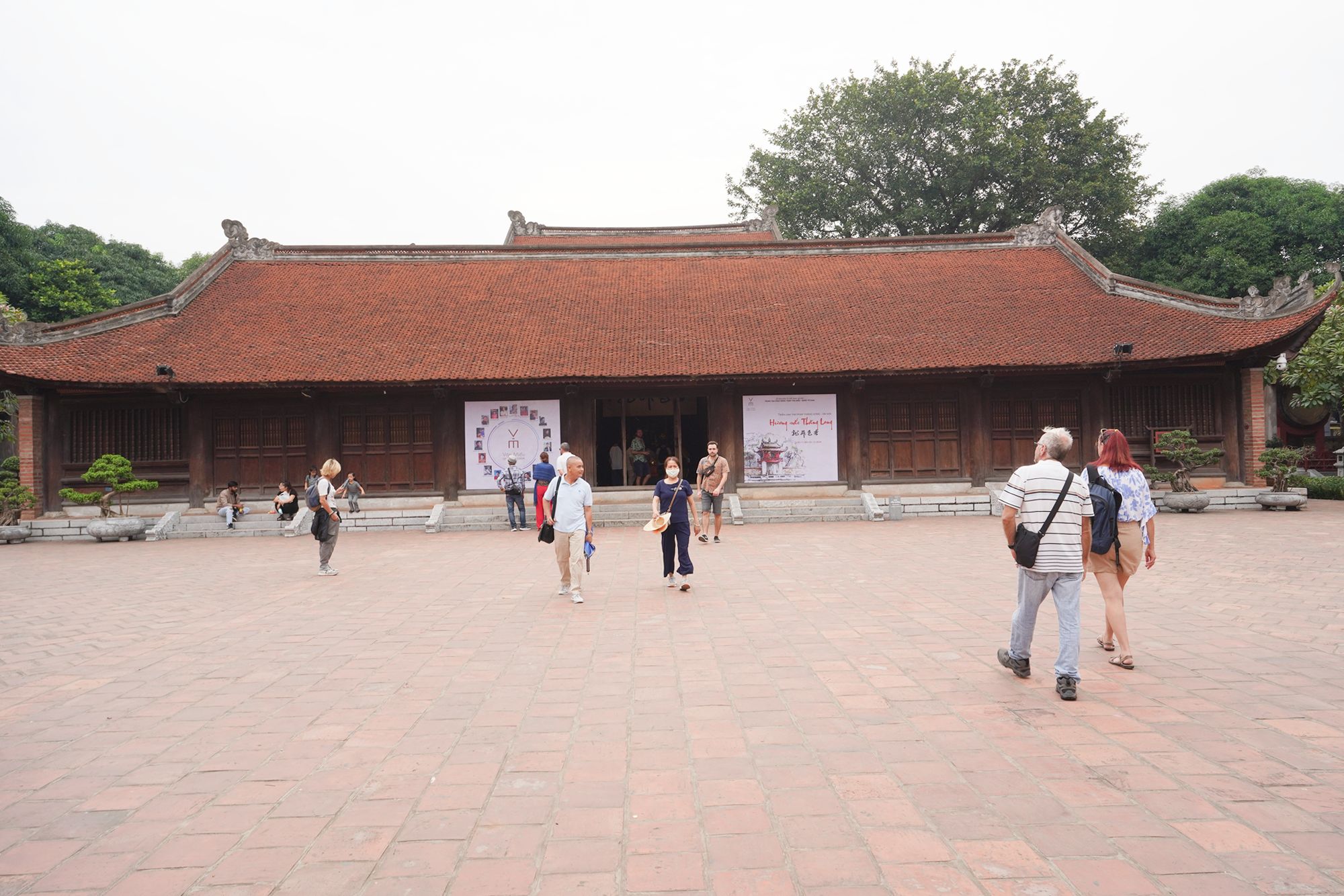

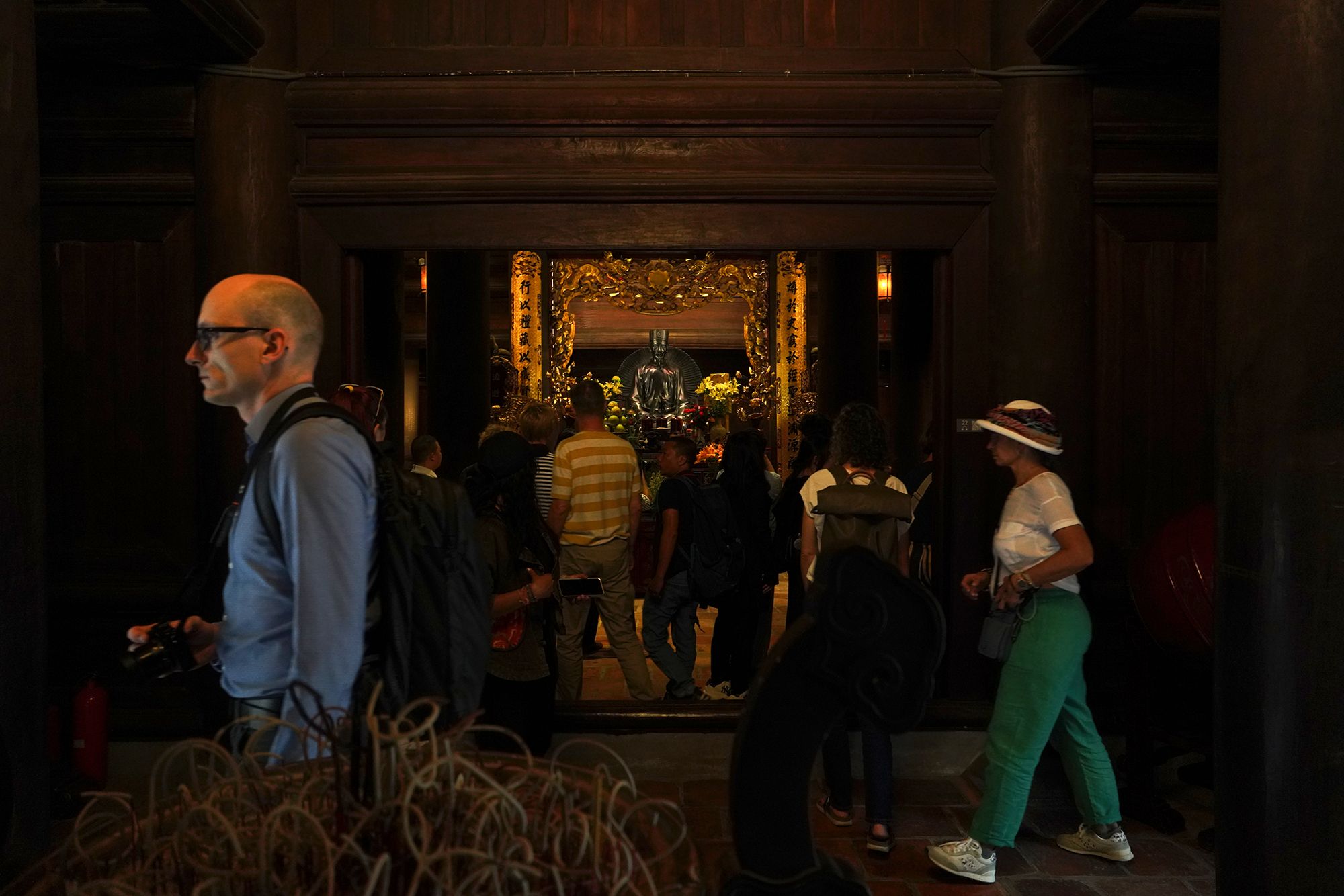
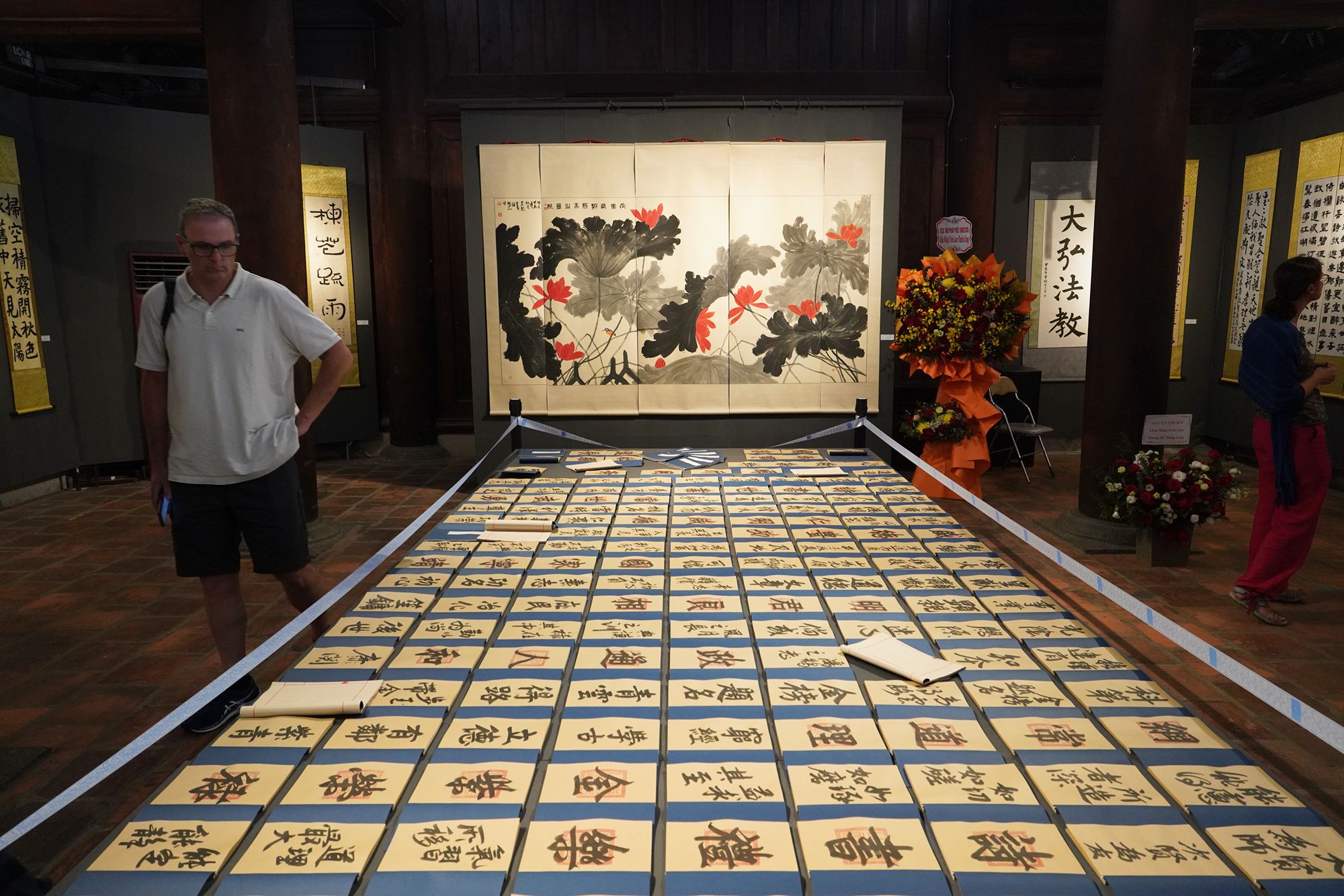
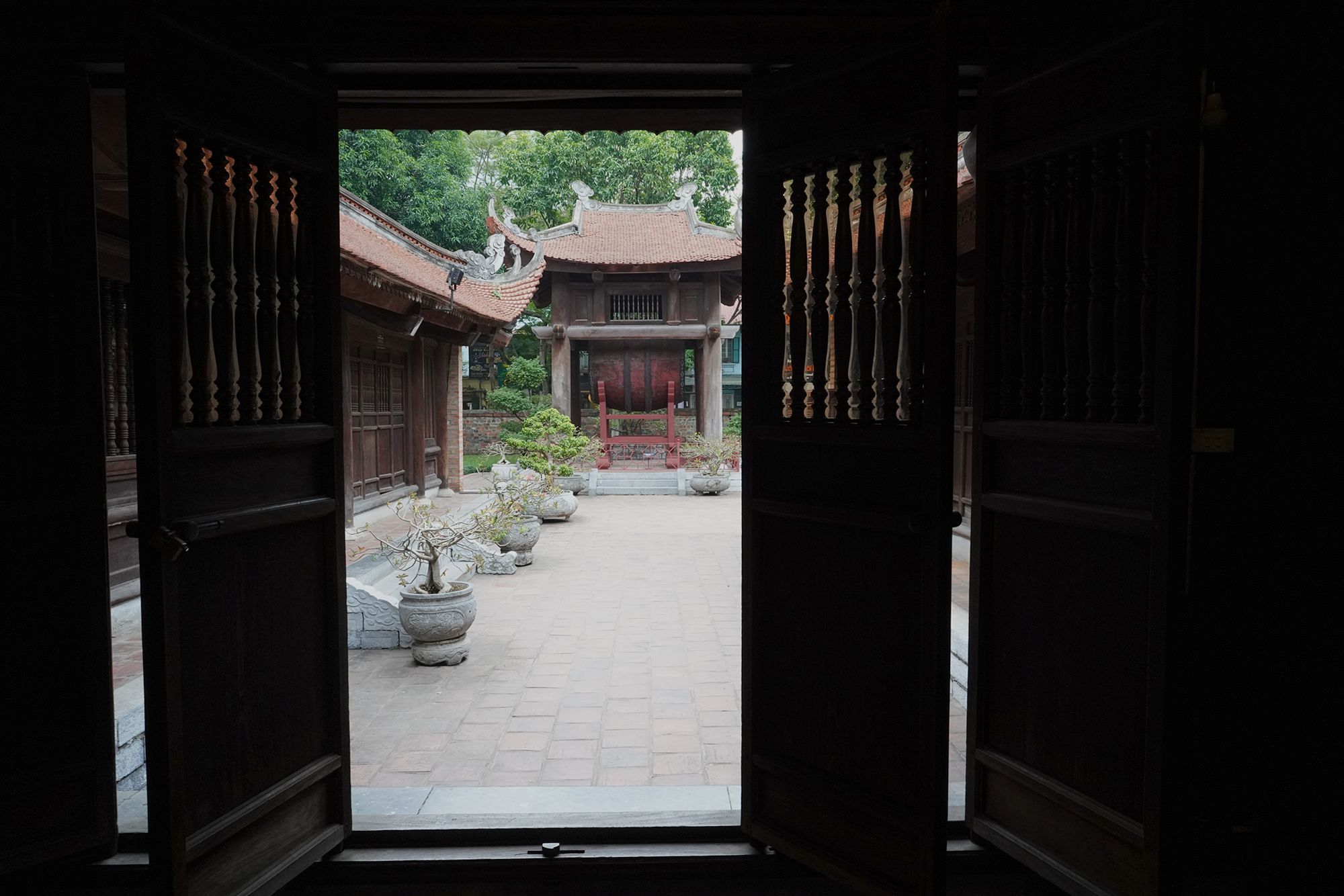
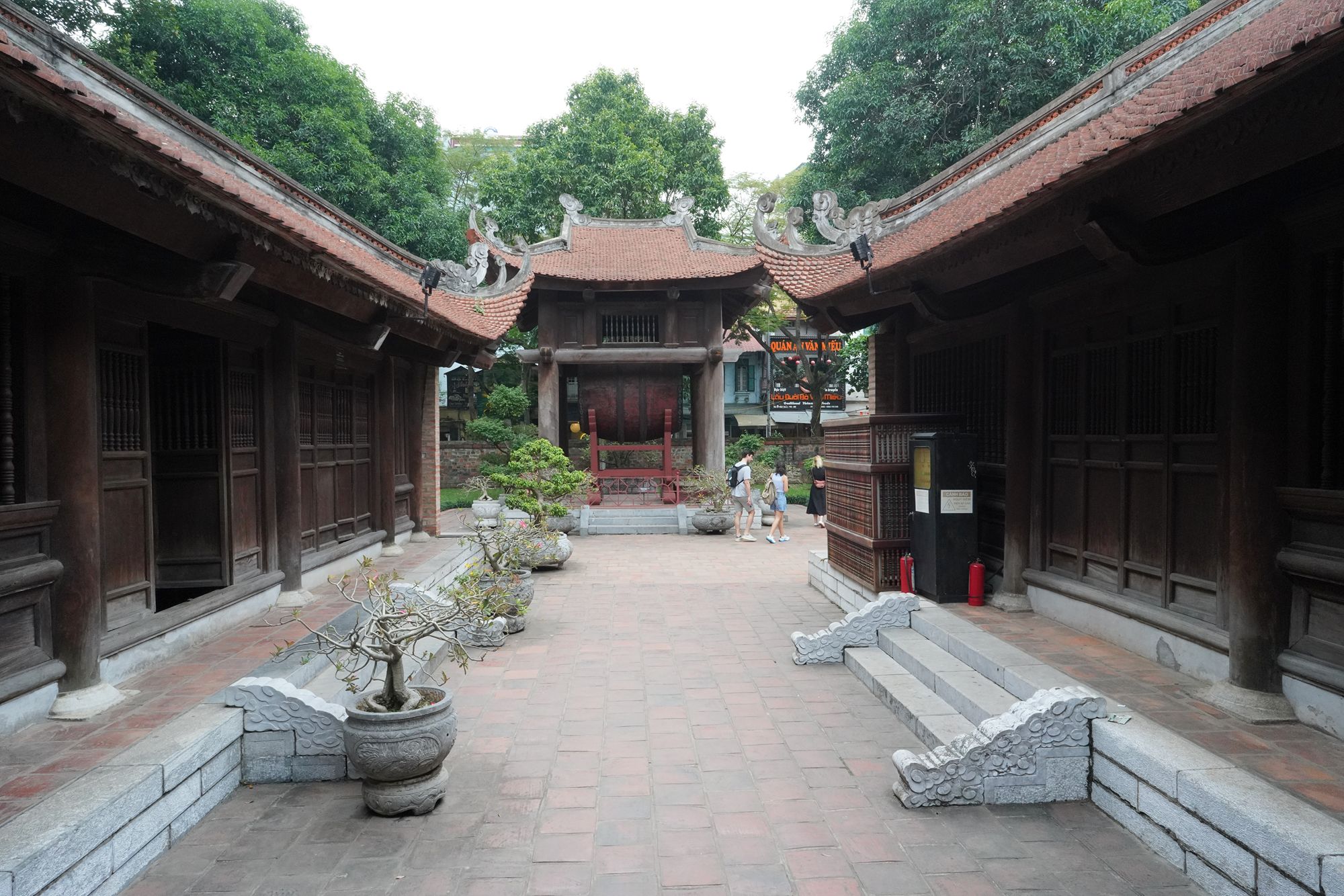
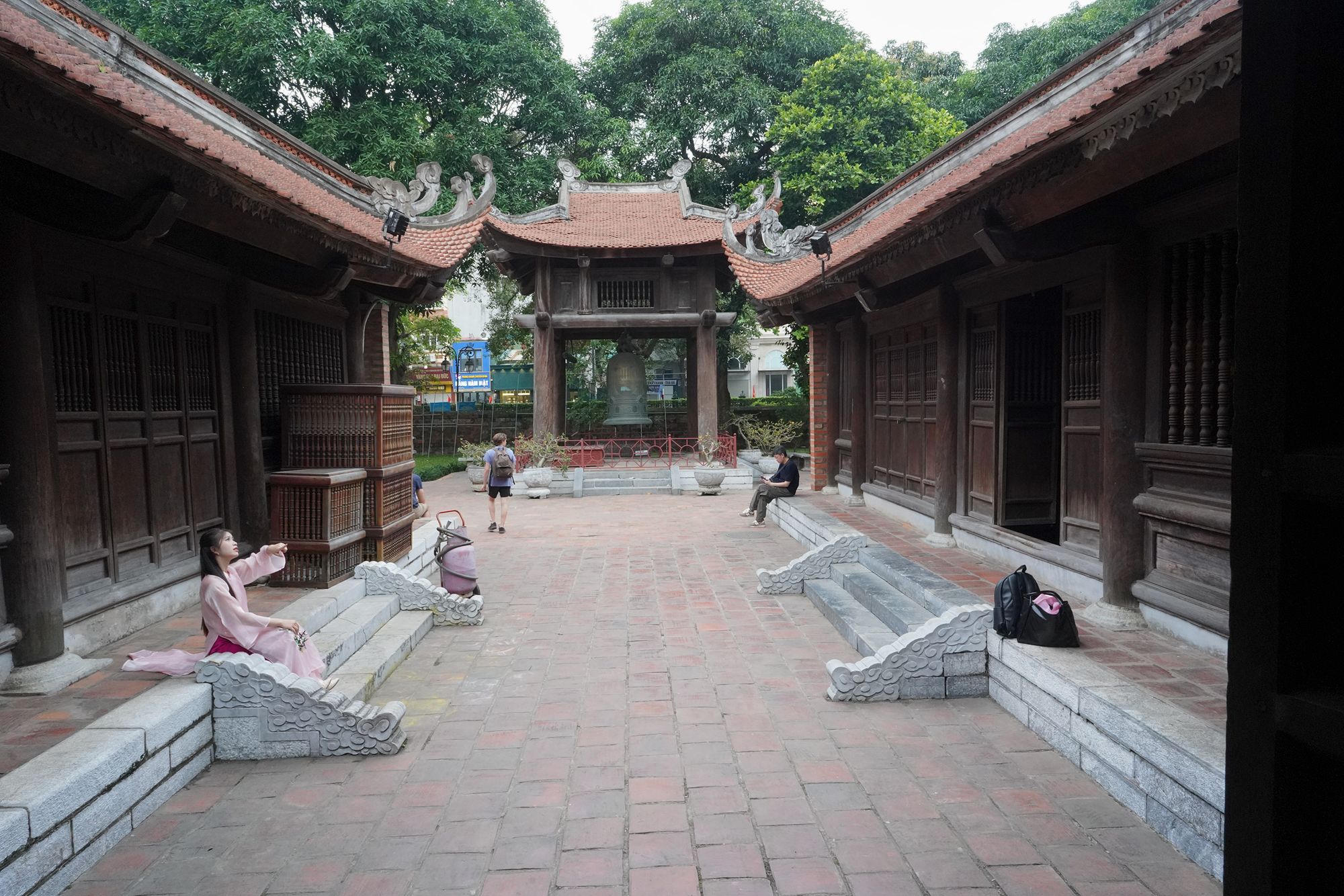
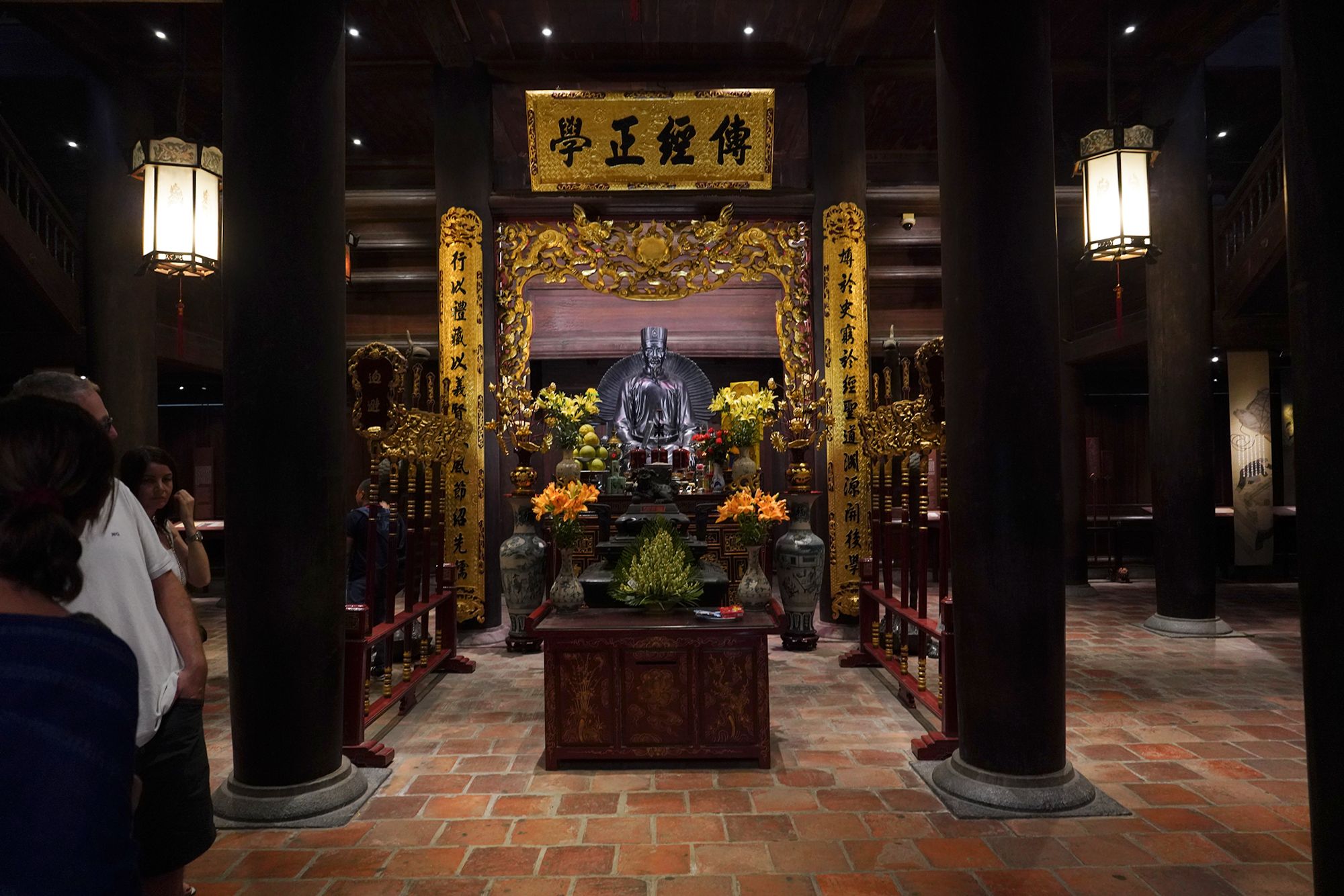
After visiting the Temple of Literature, I returned to the streets to continue exploring.
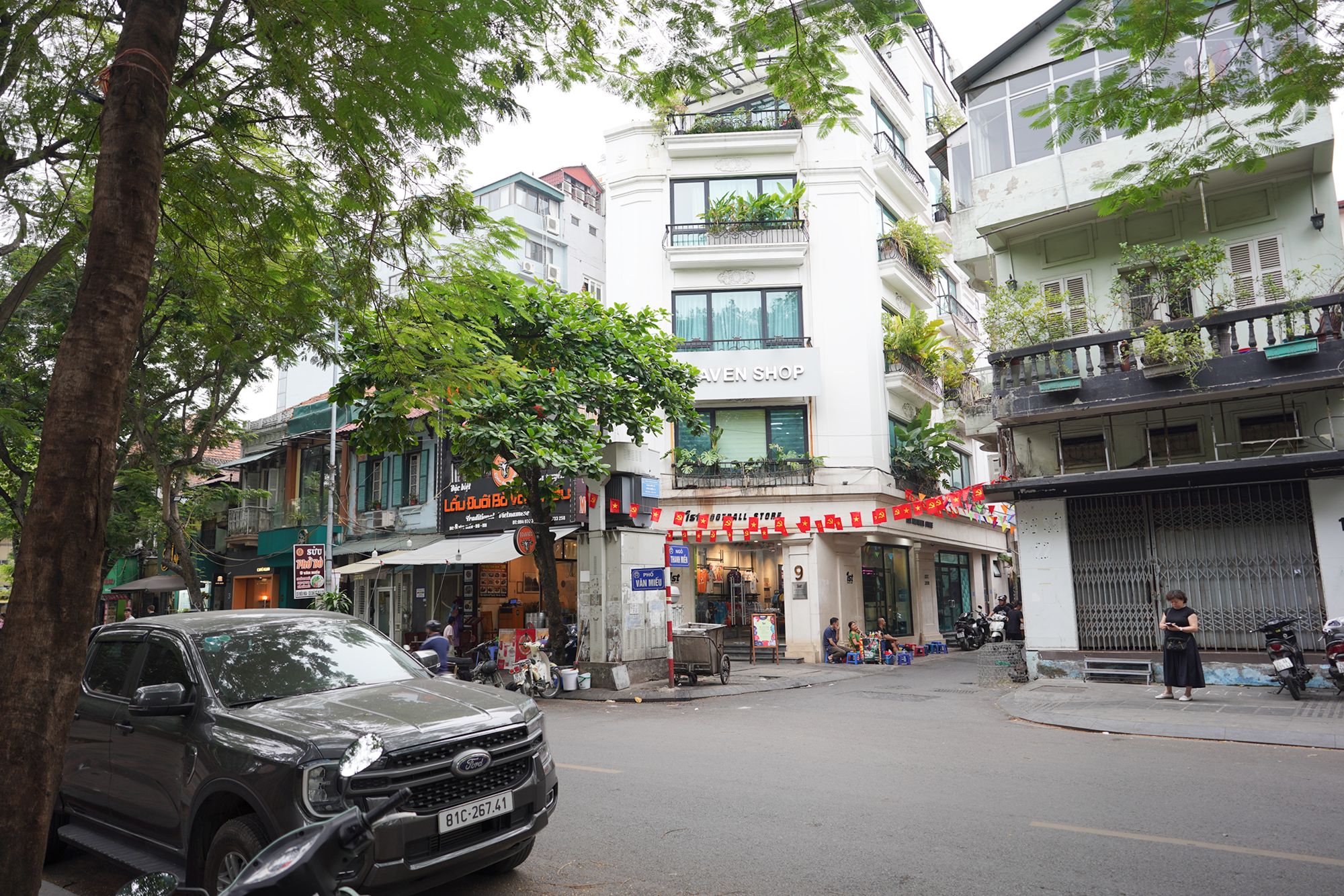

The Vietnam National Fine Arts Museum is located next to the Temple of Literature, but I returned to visit it on another day.
